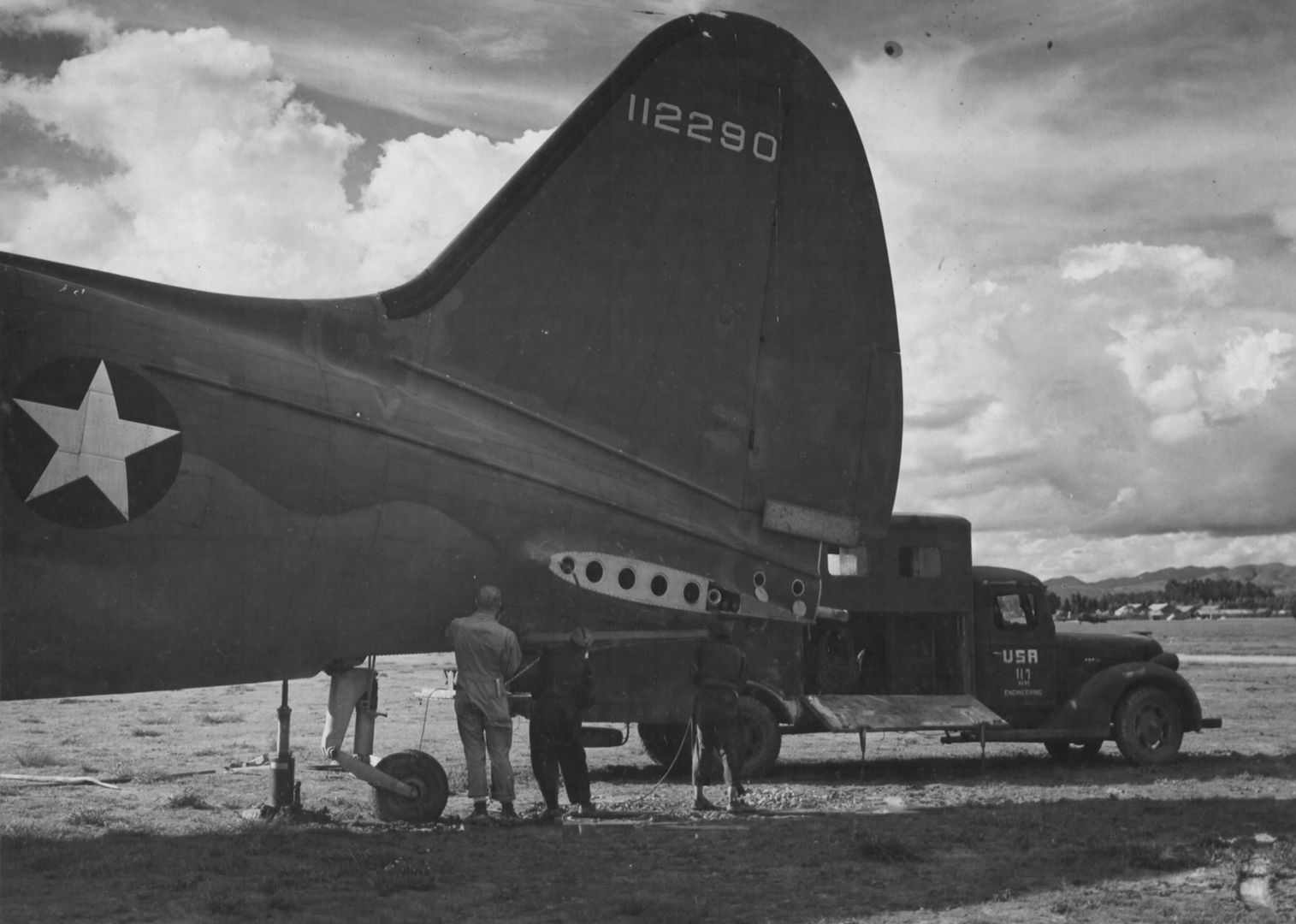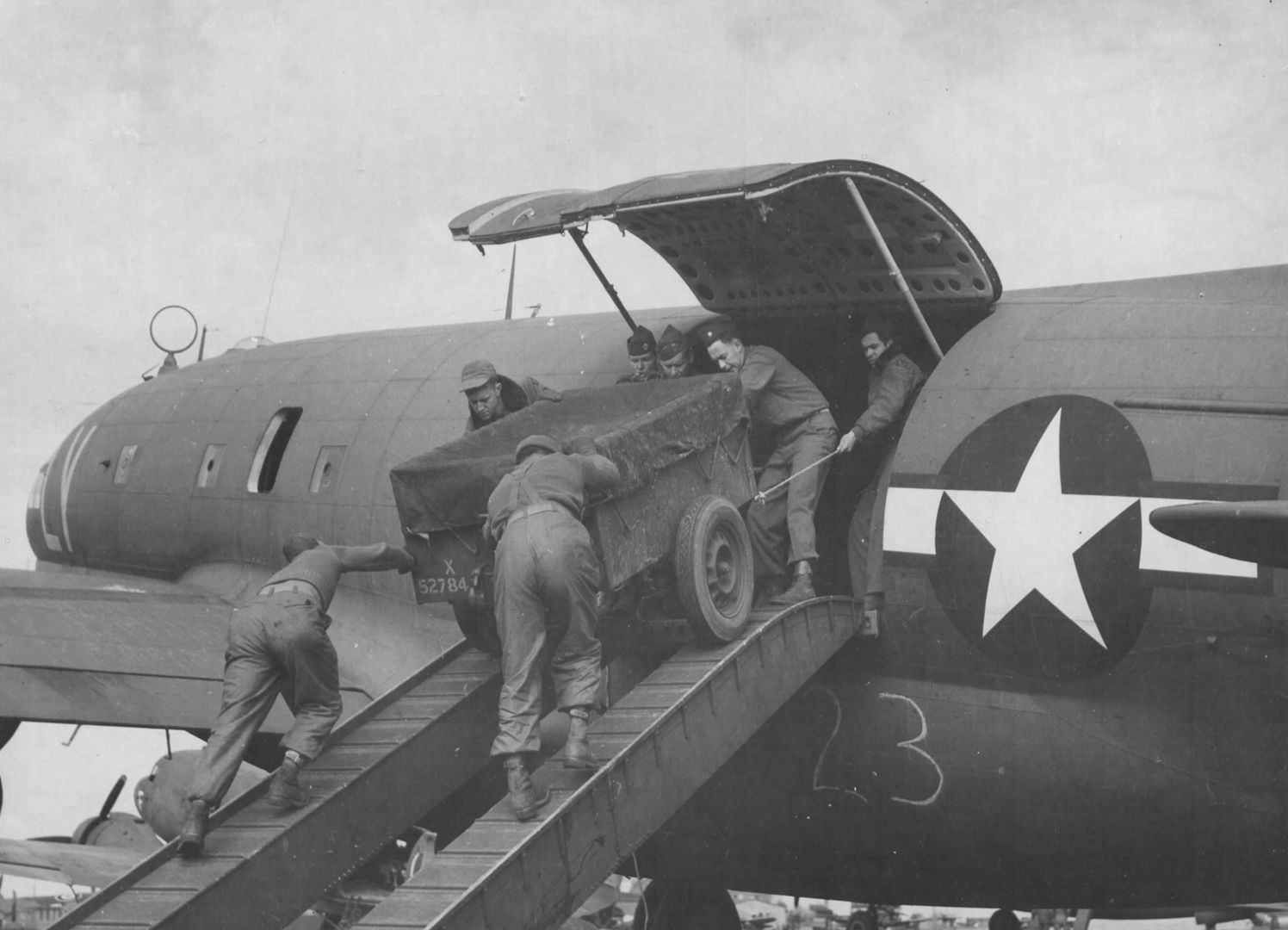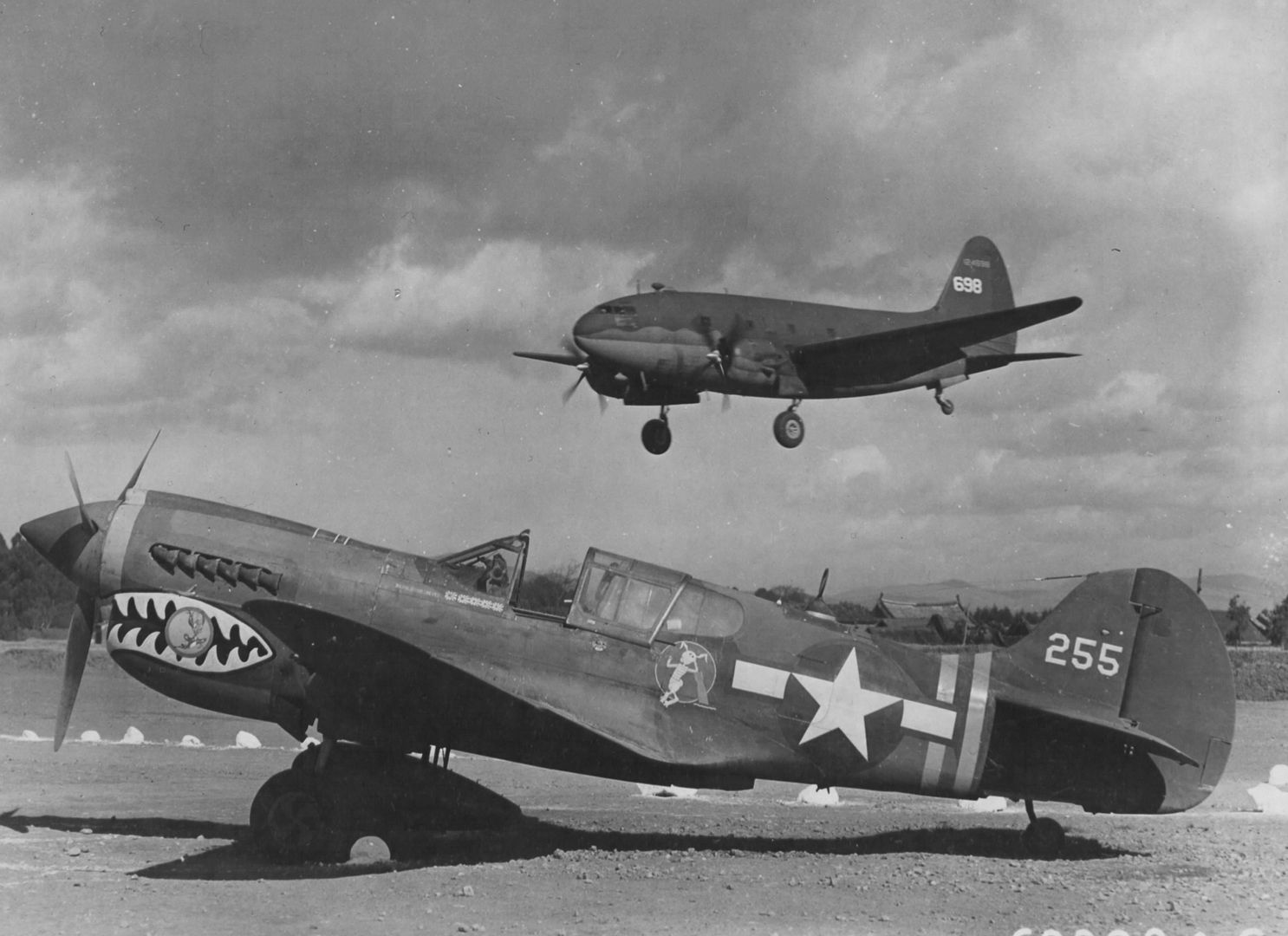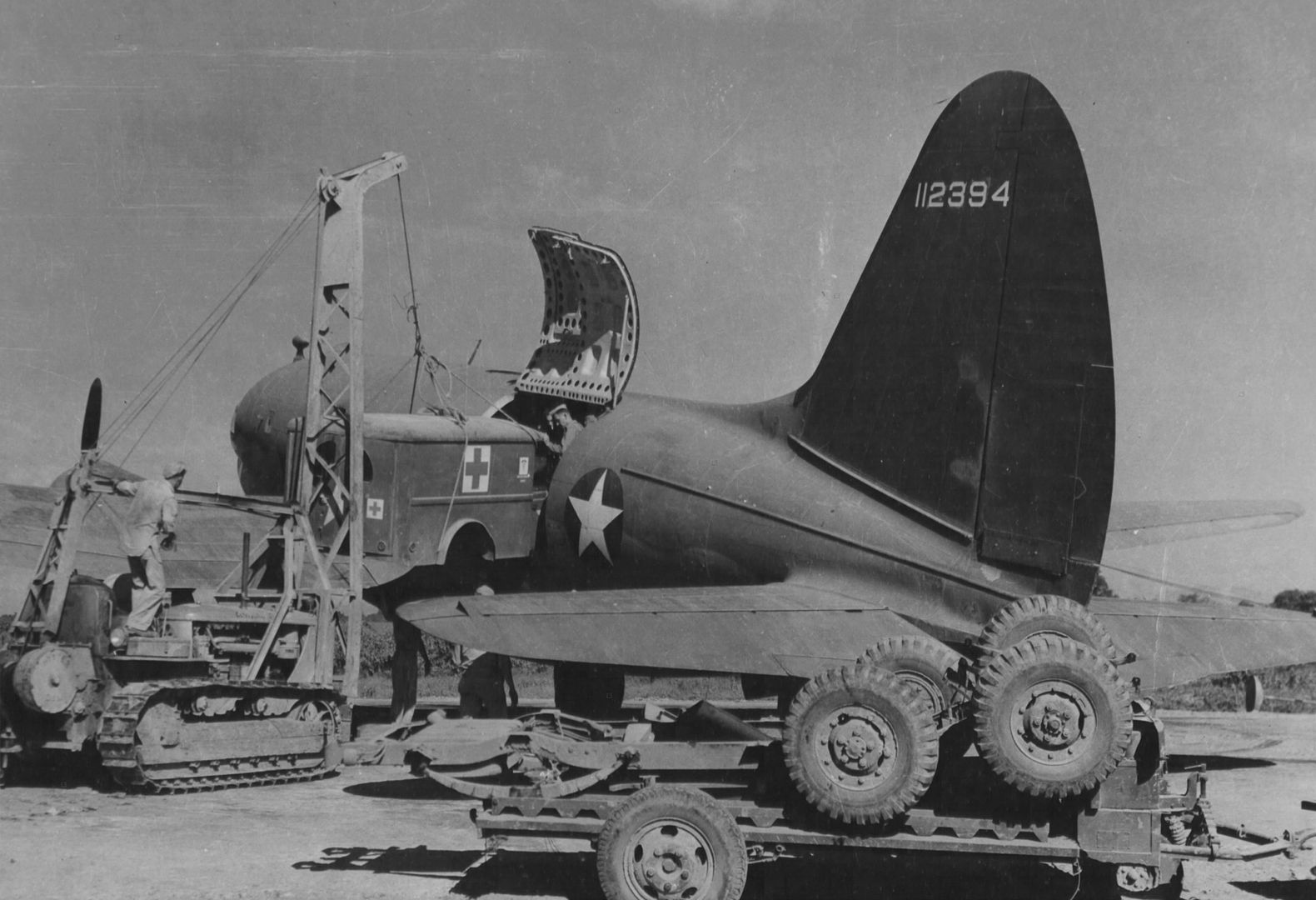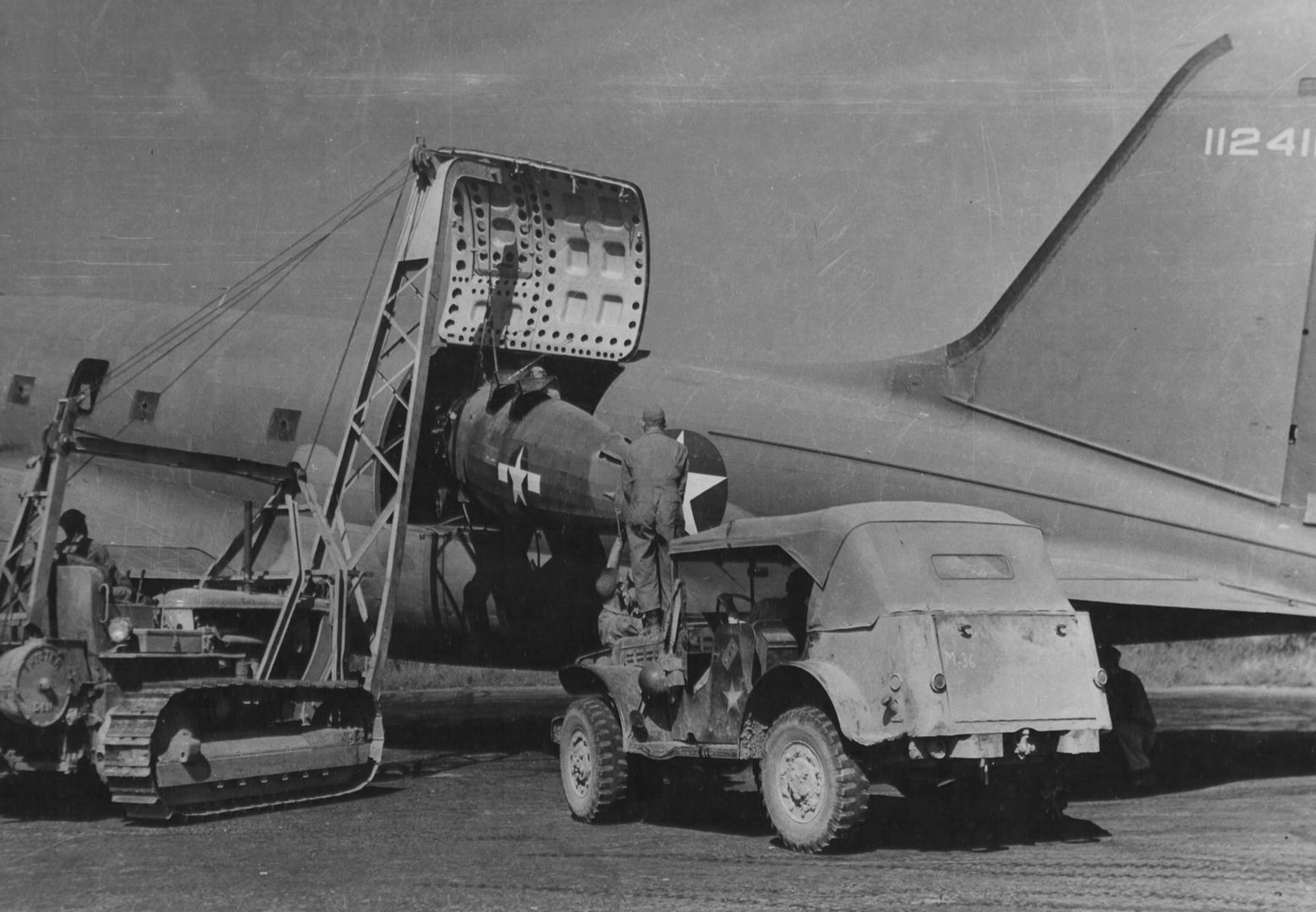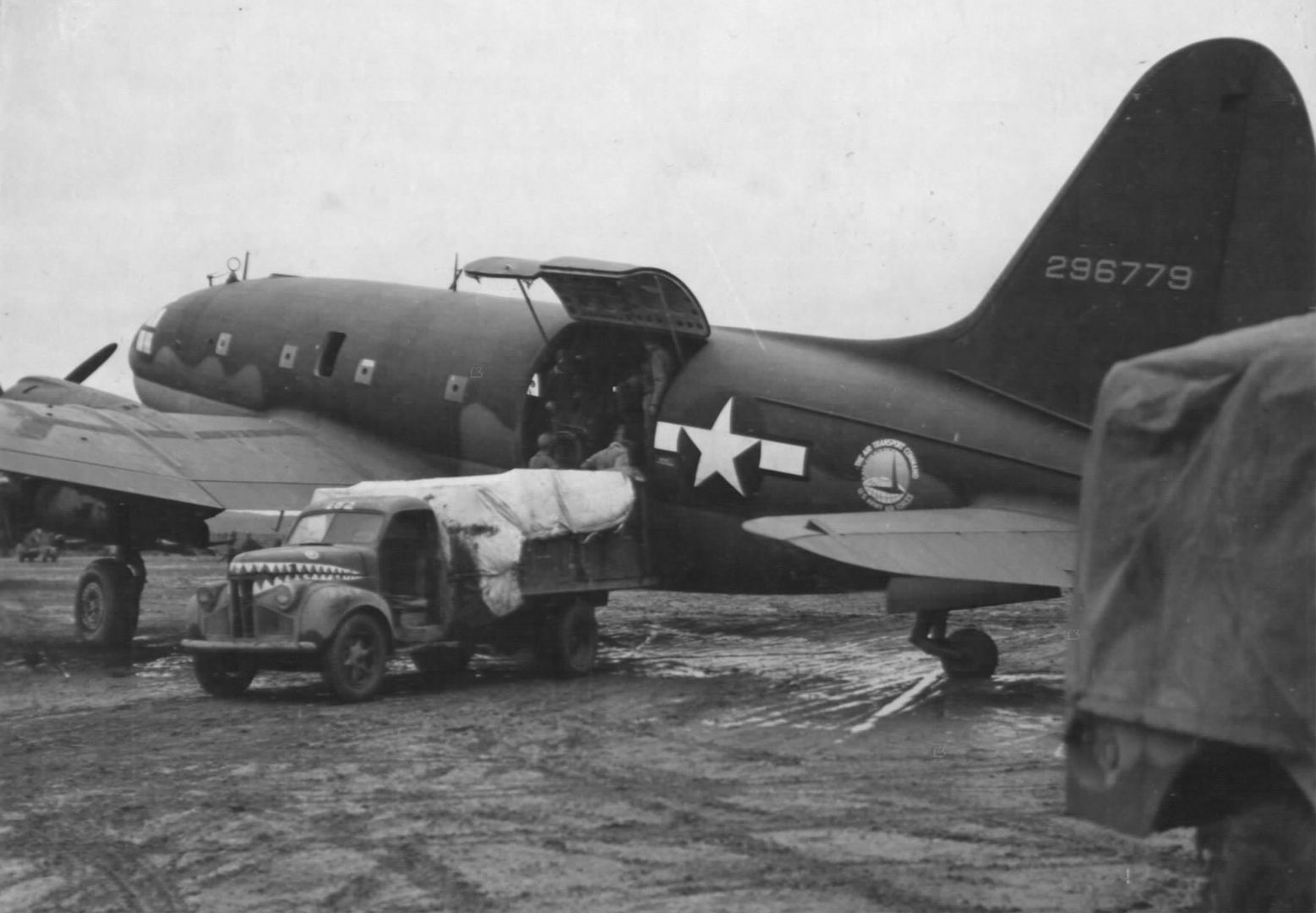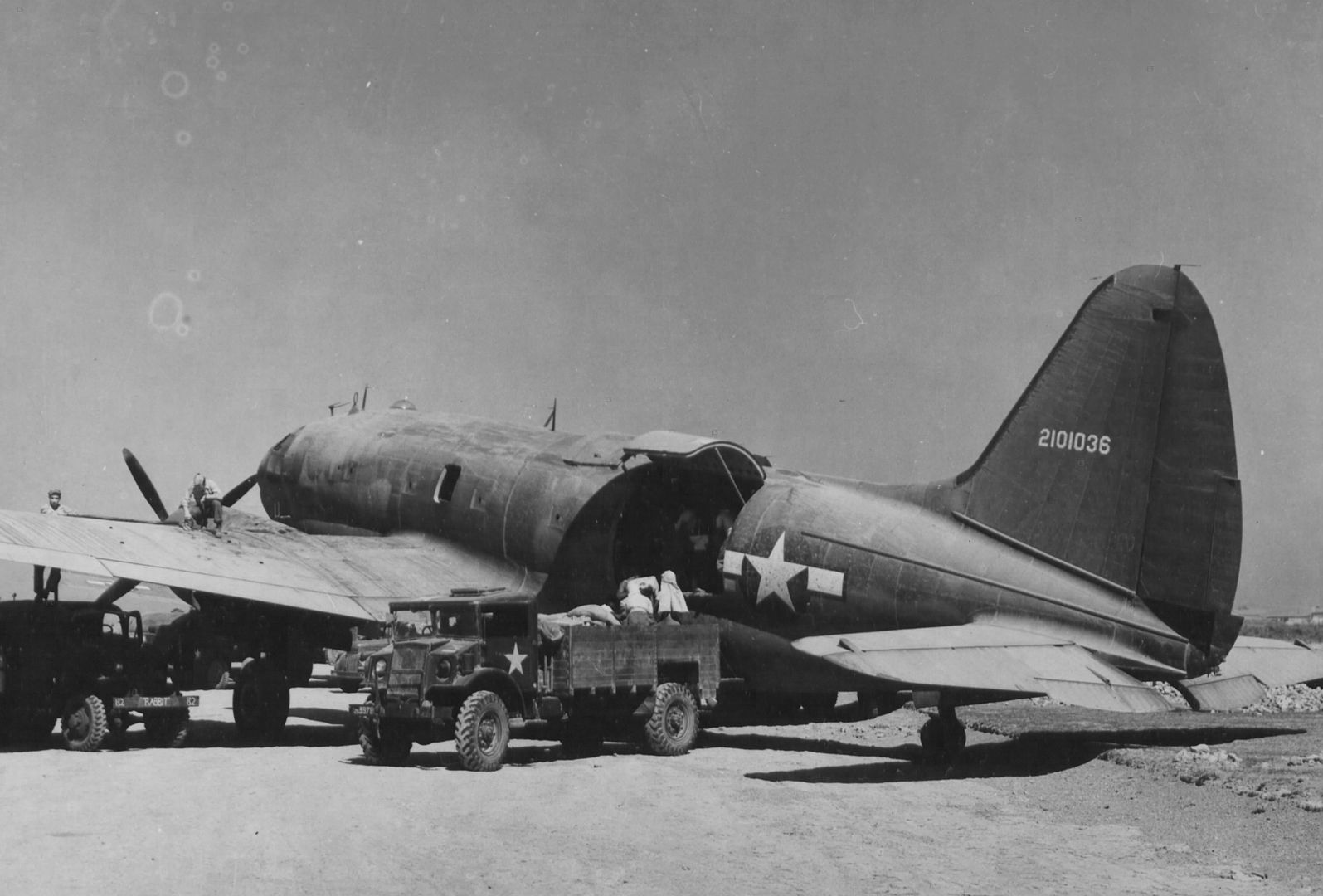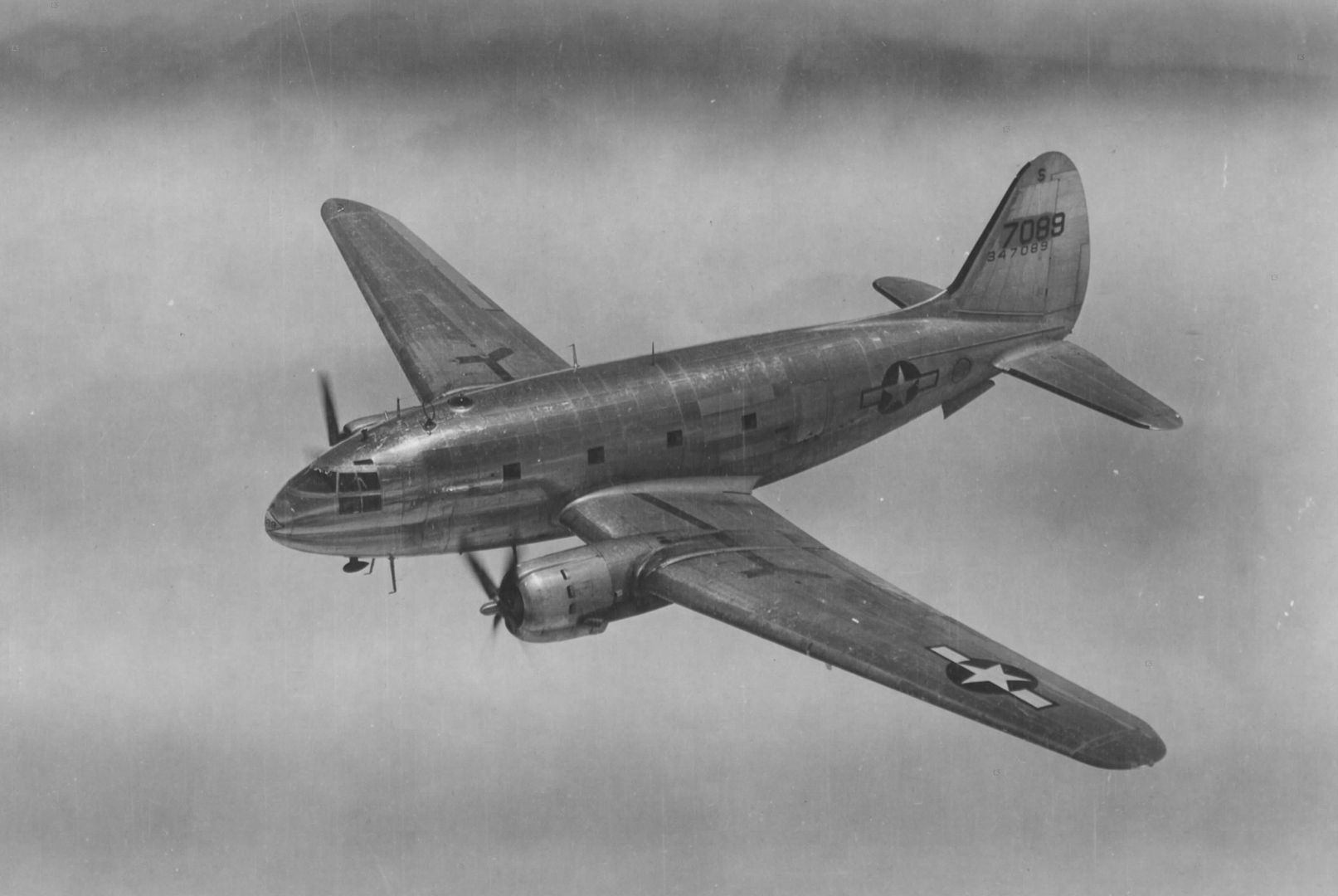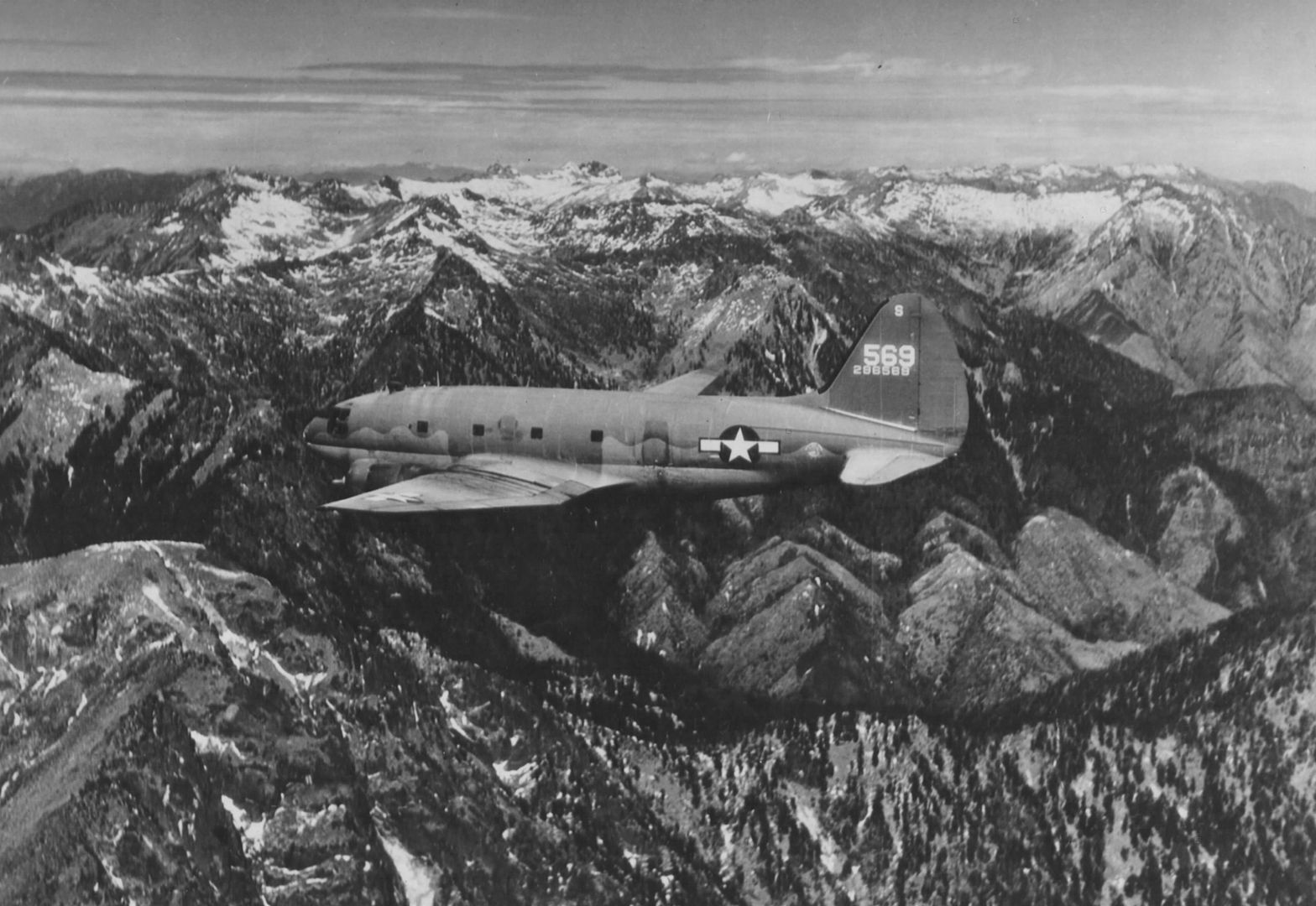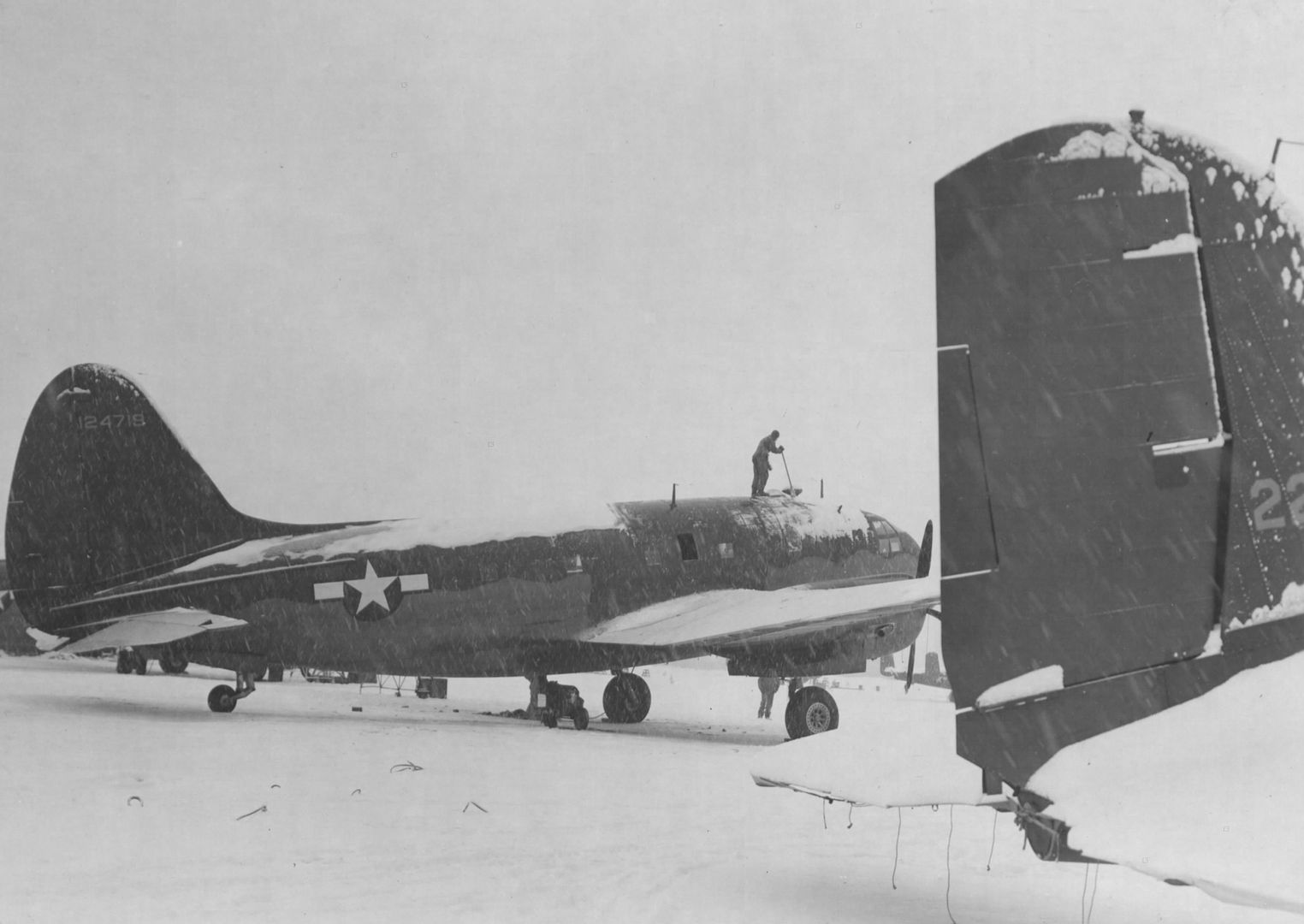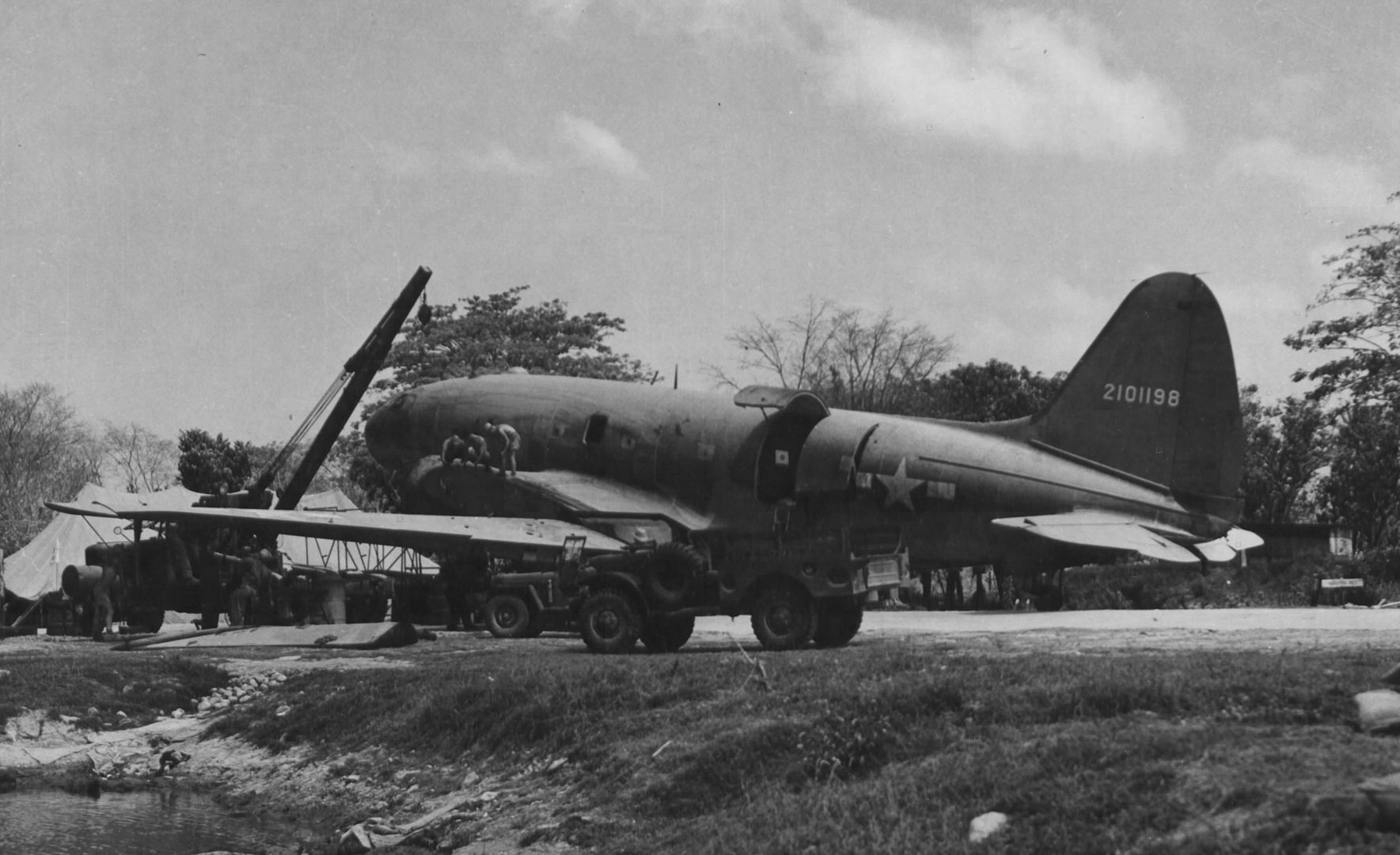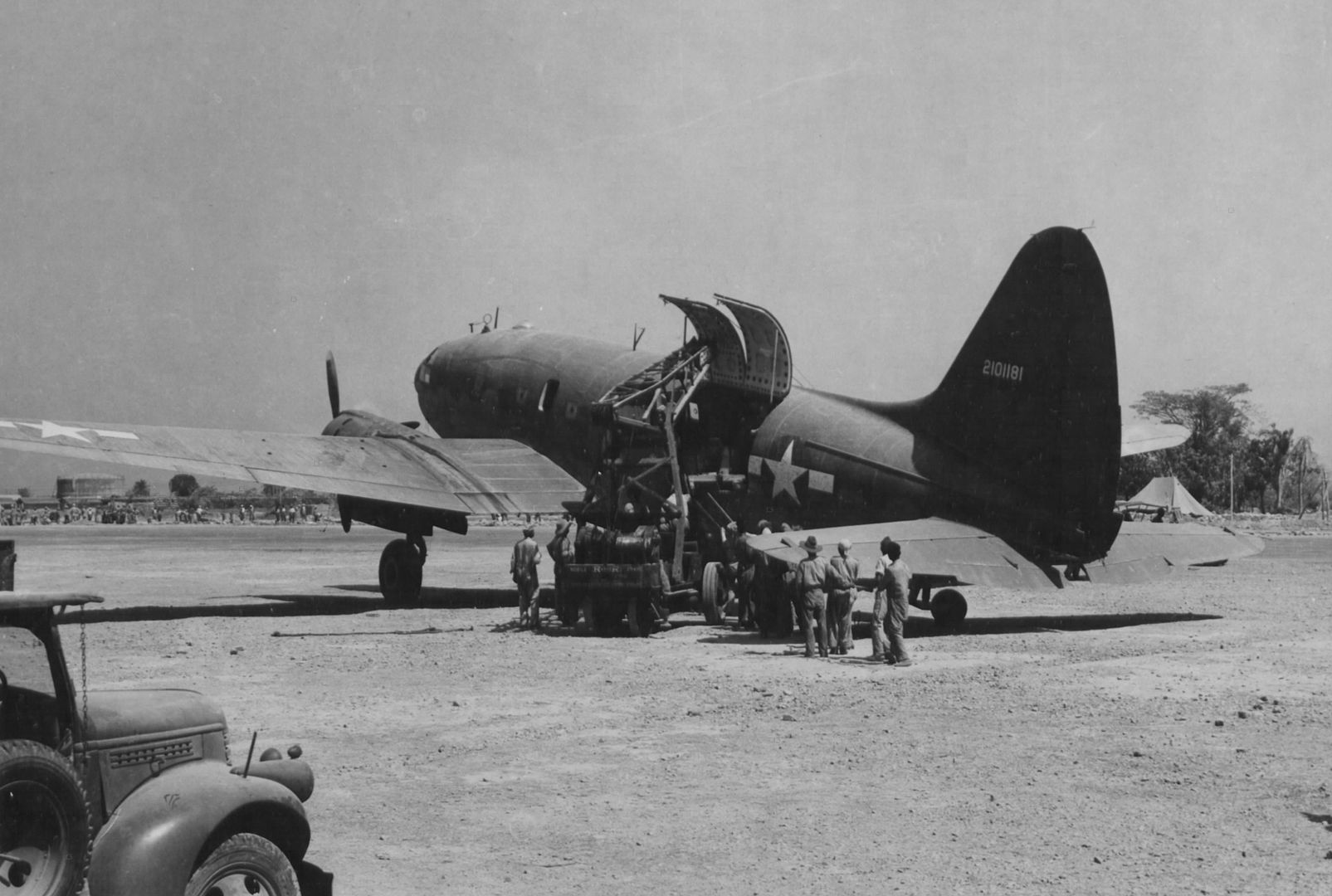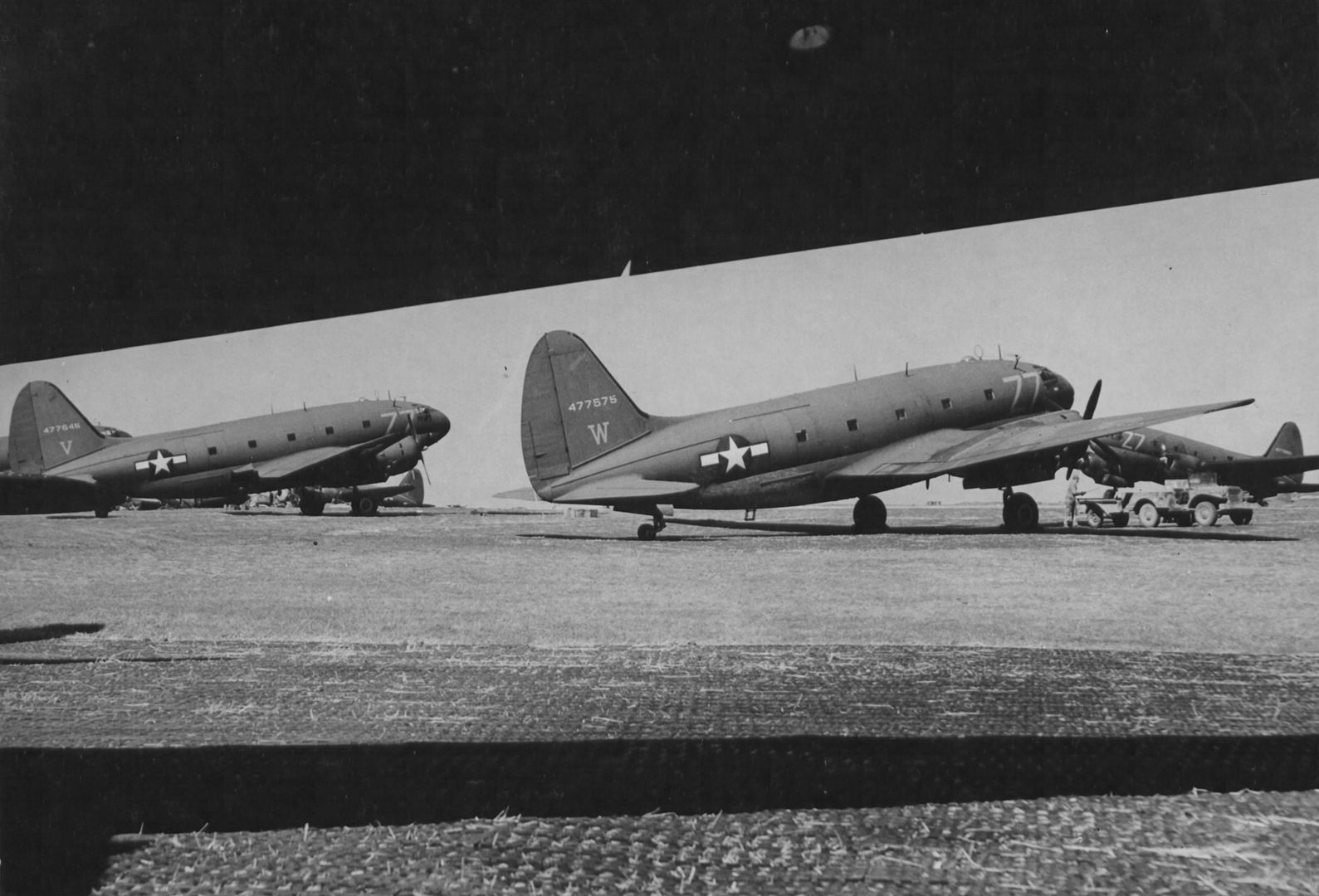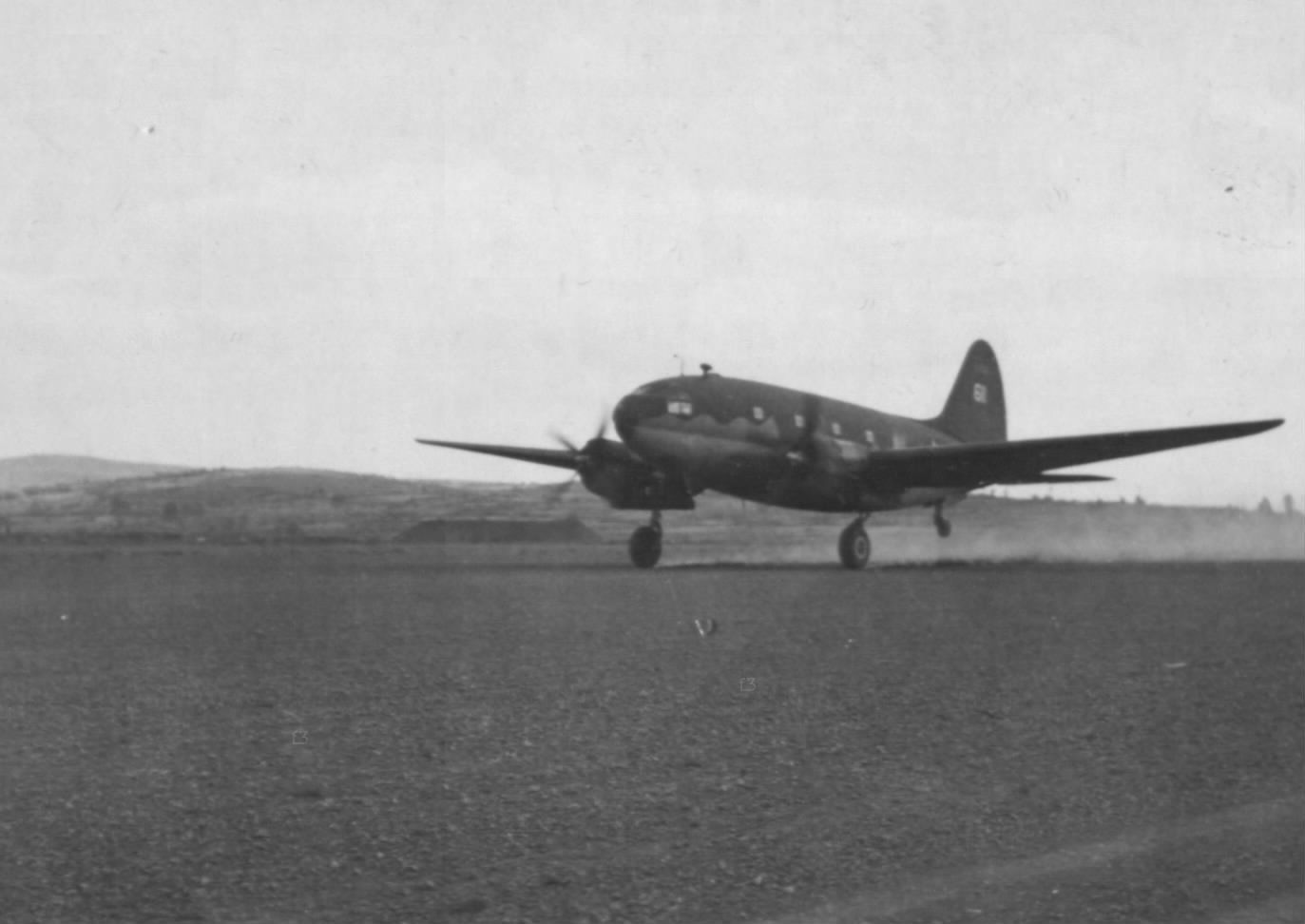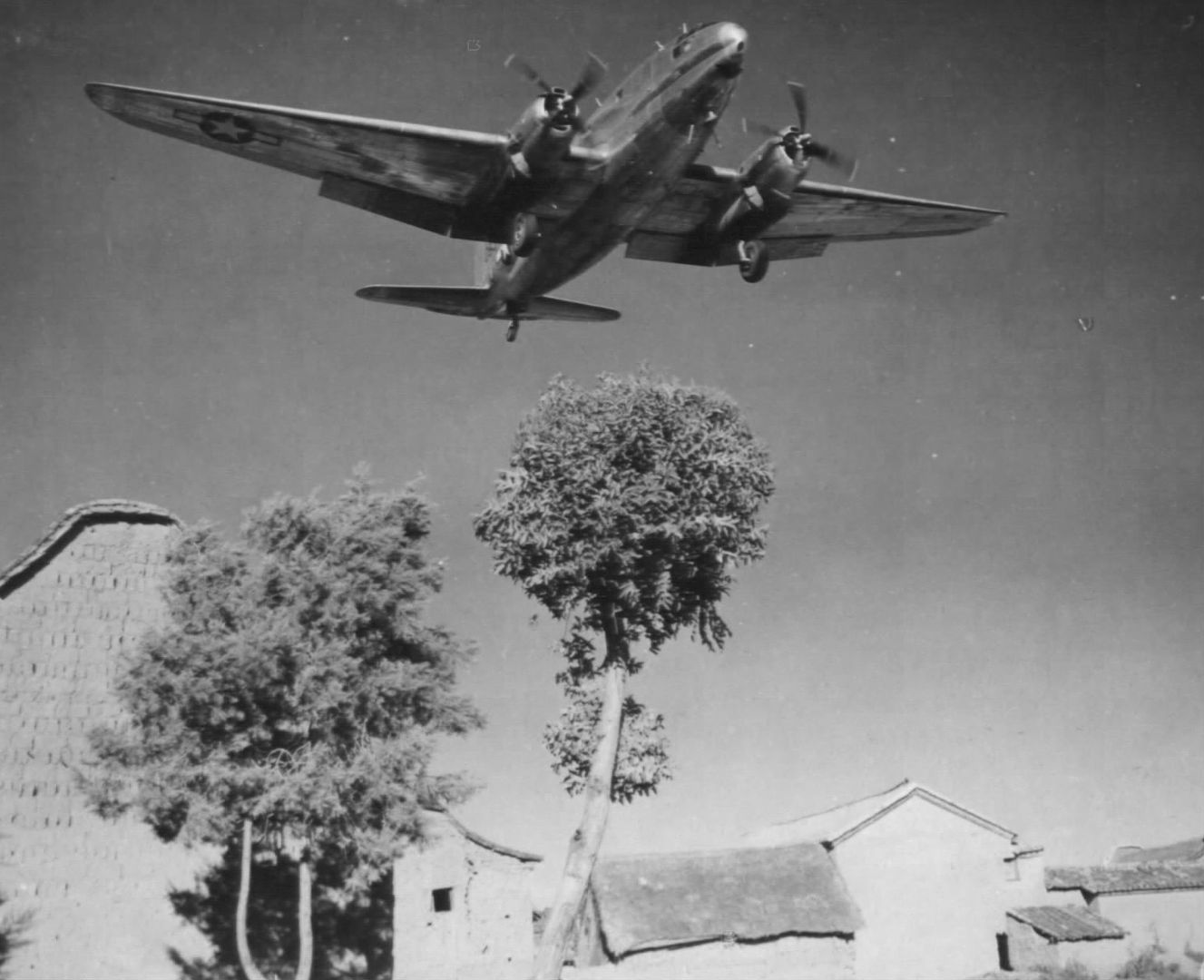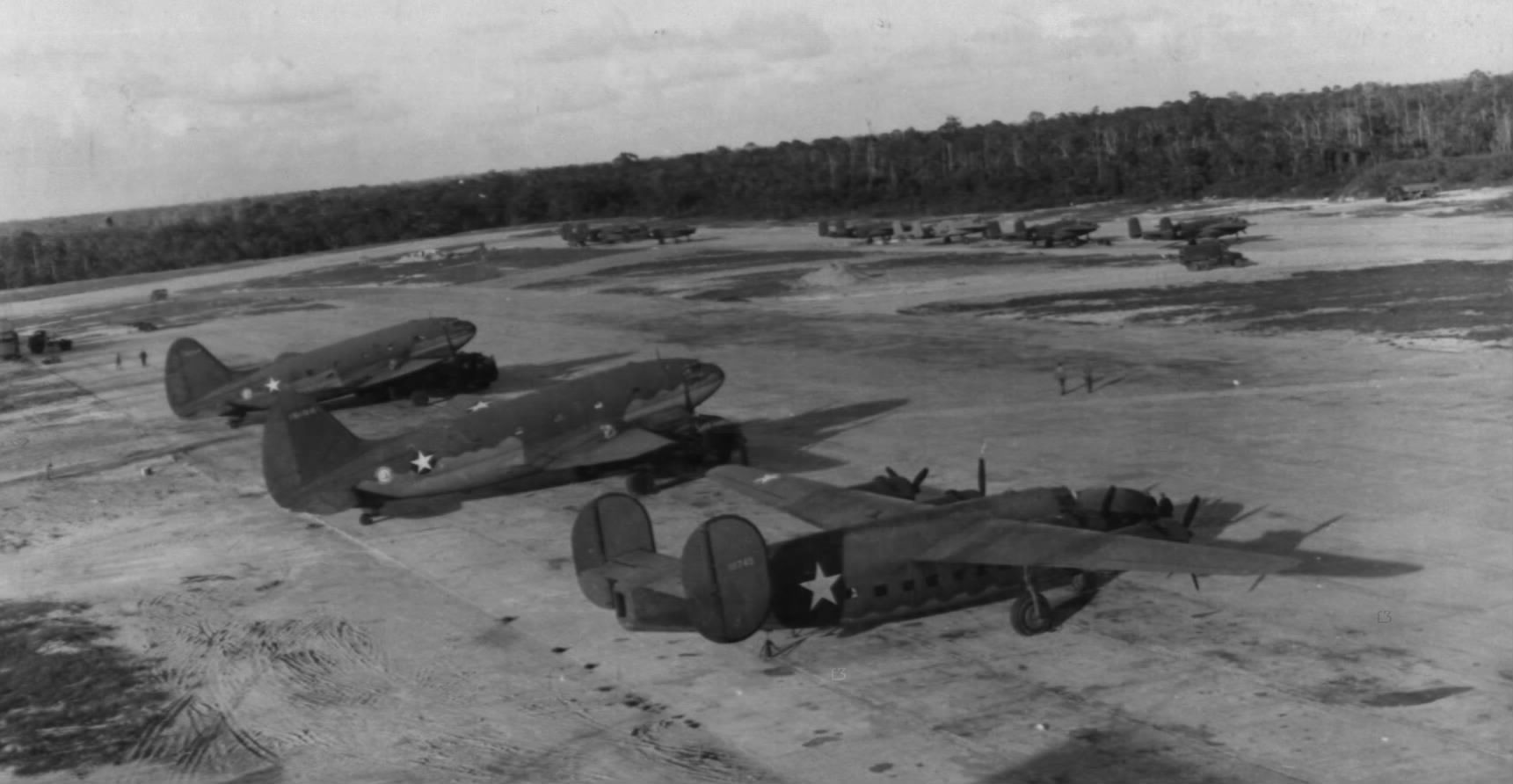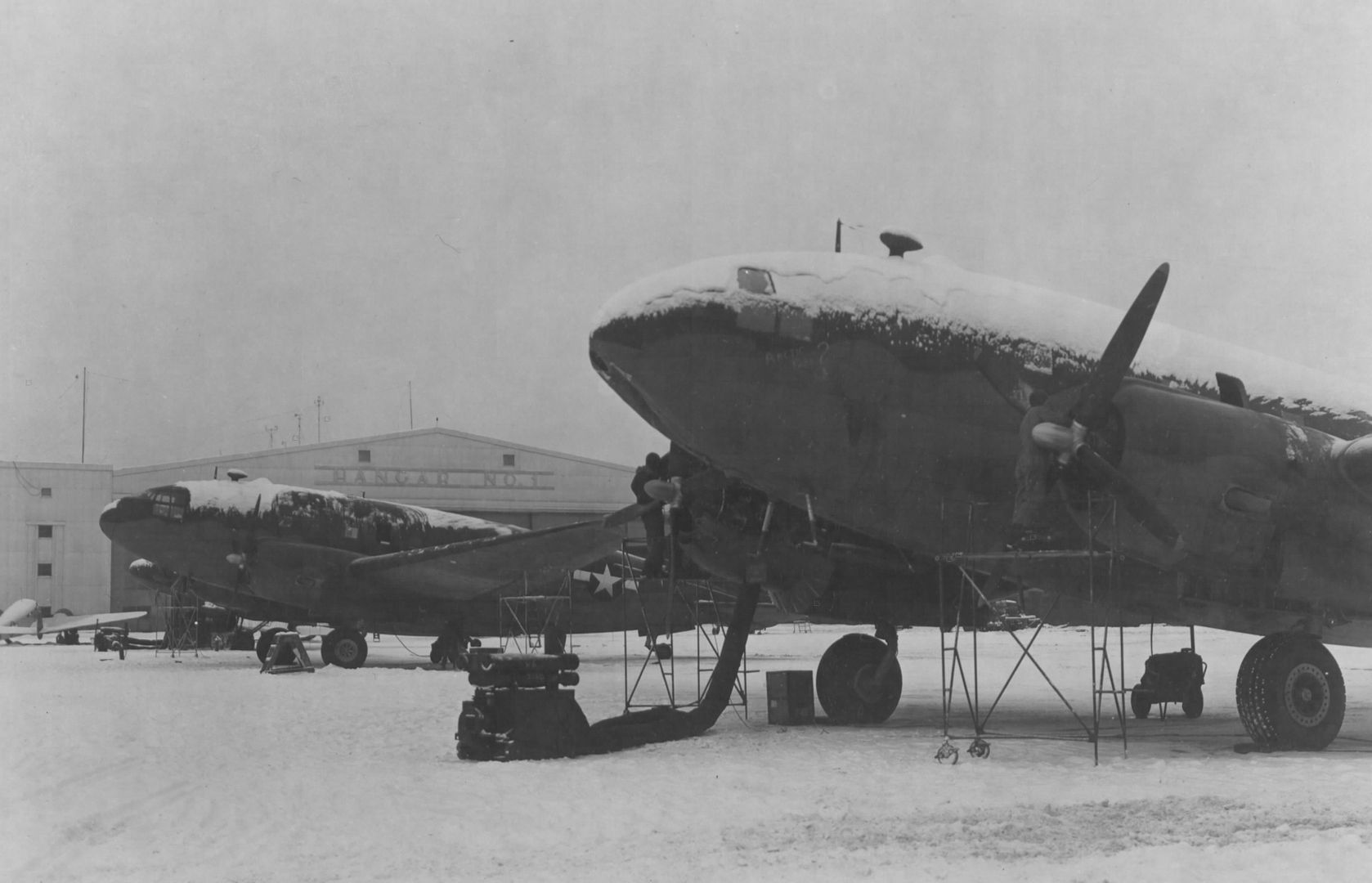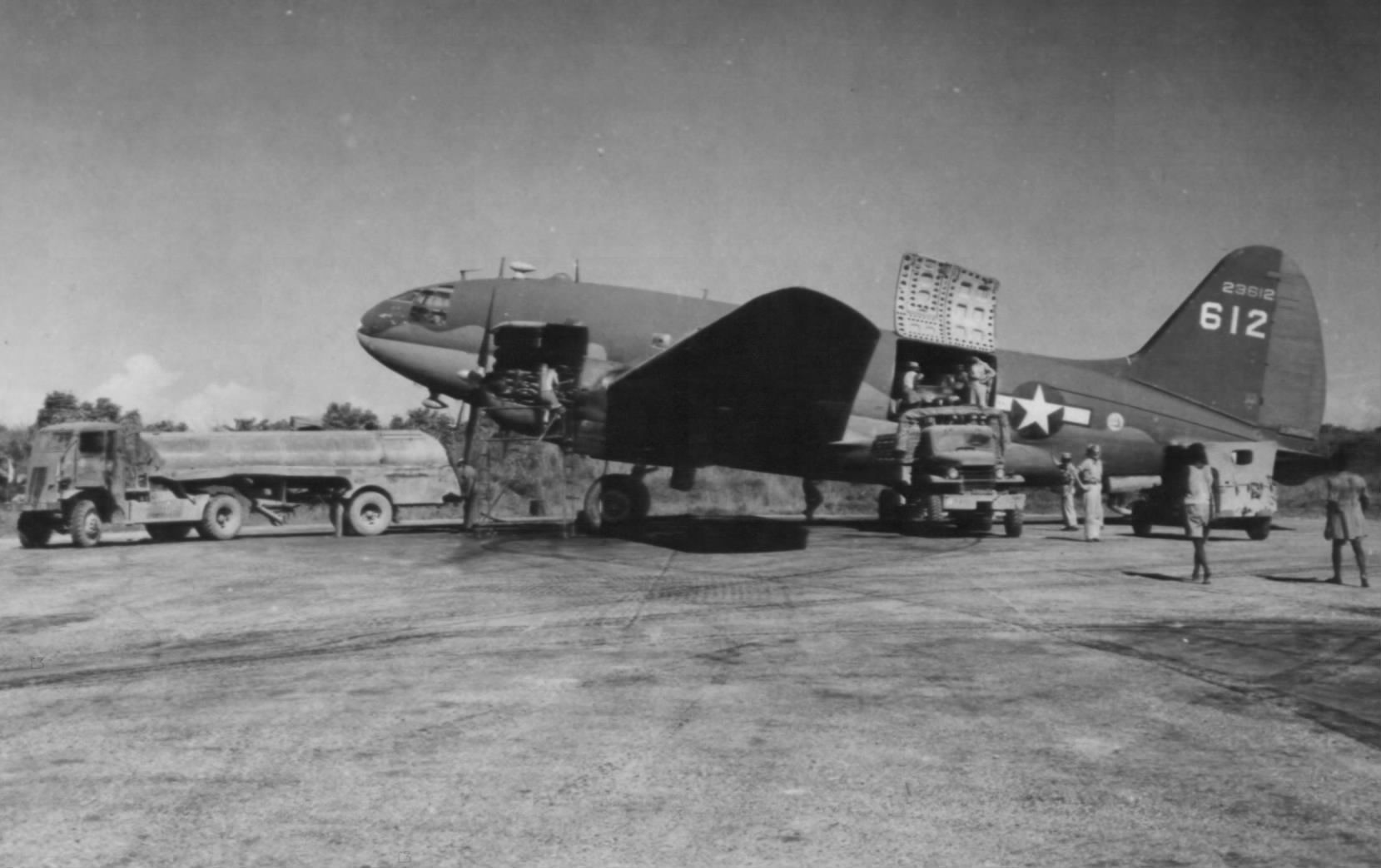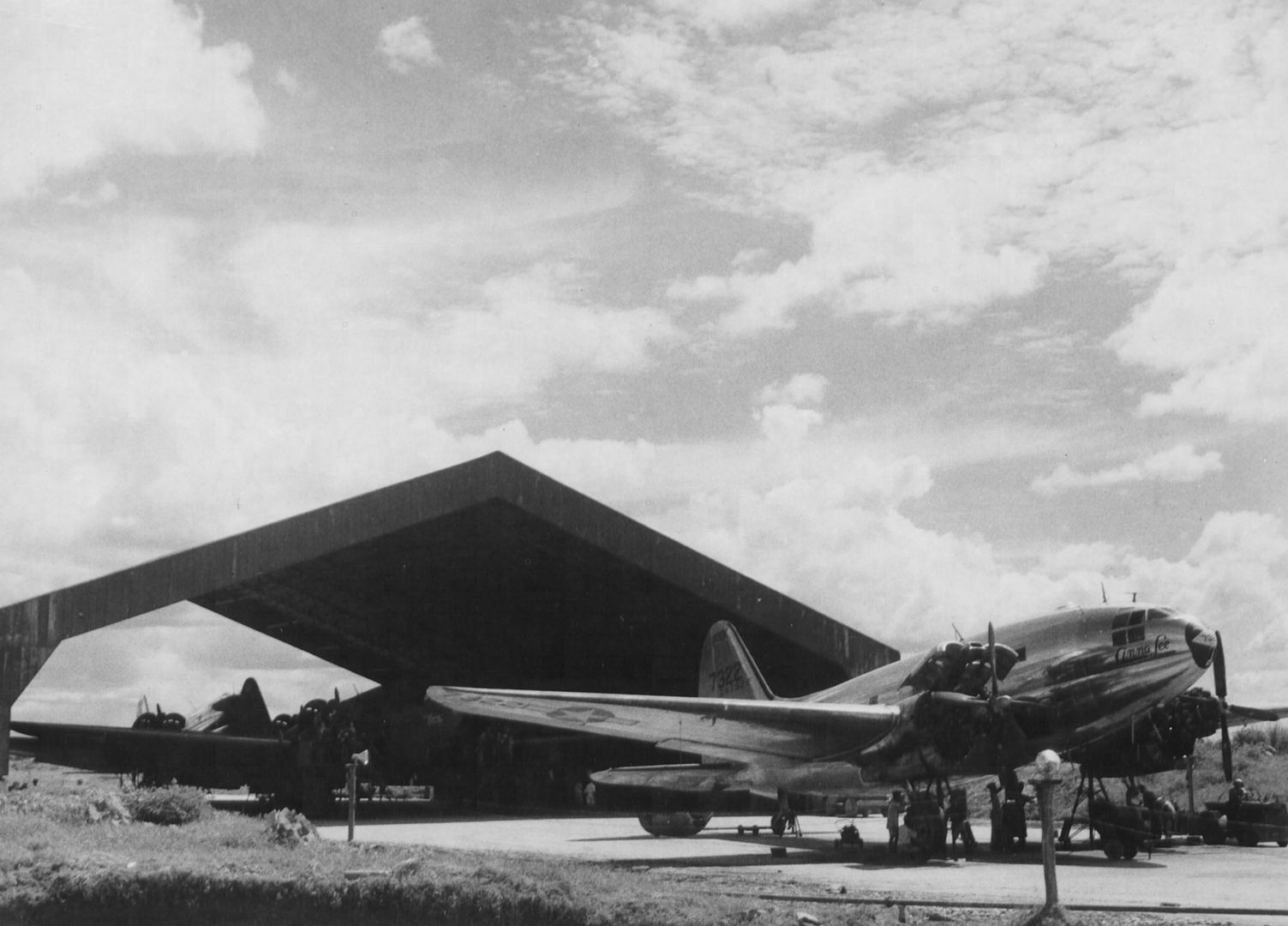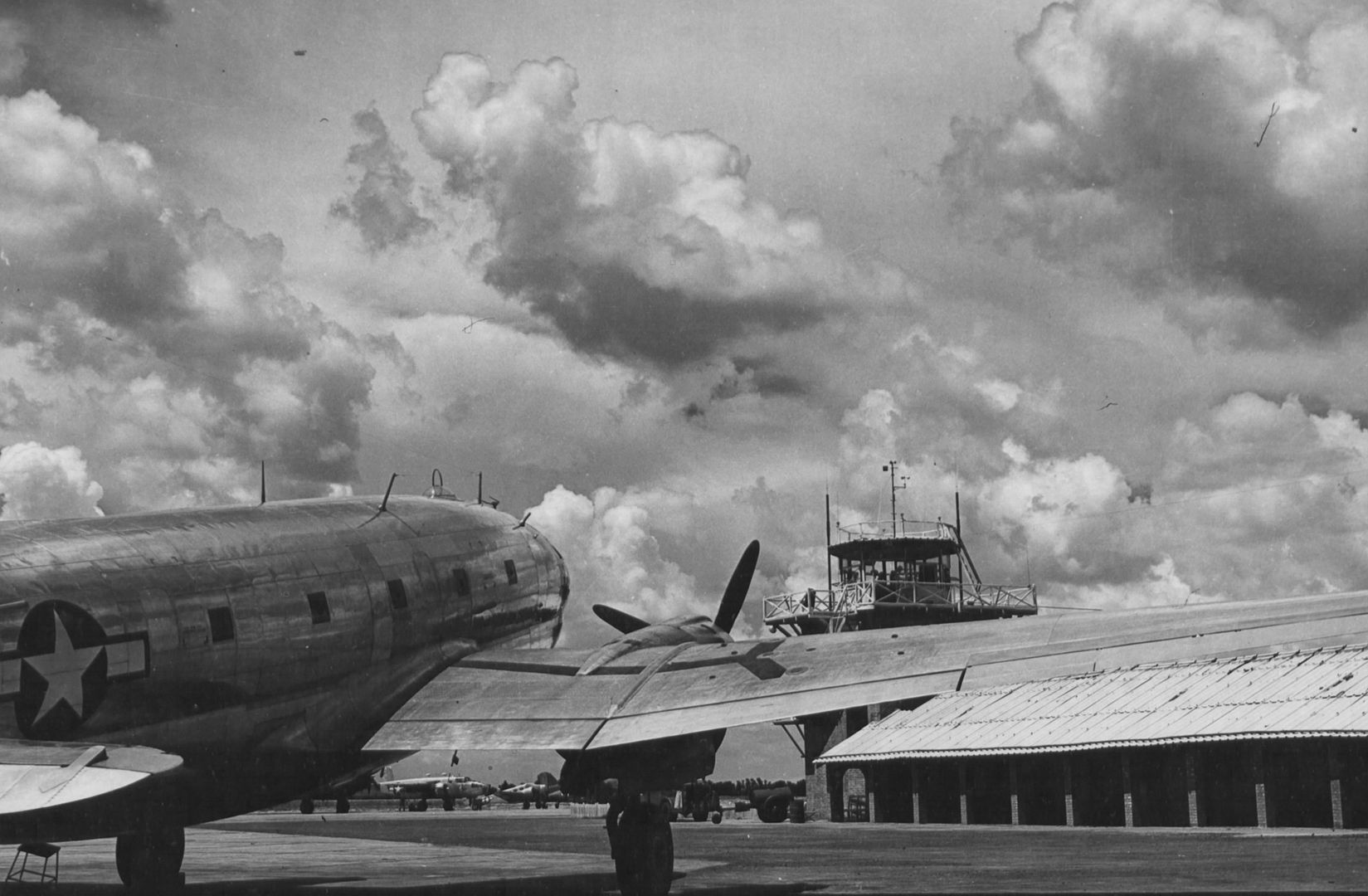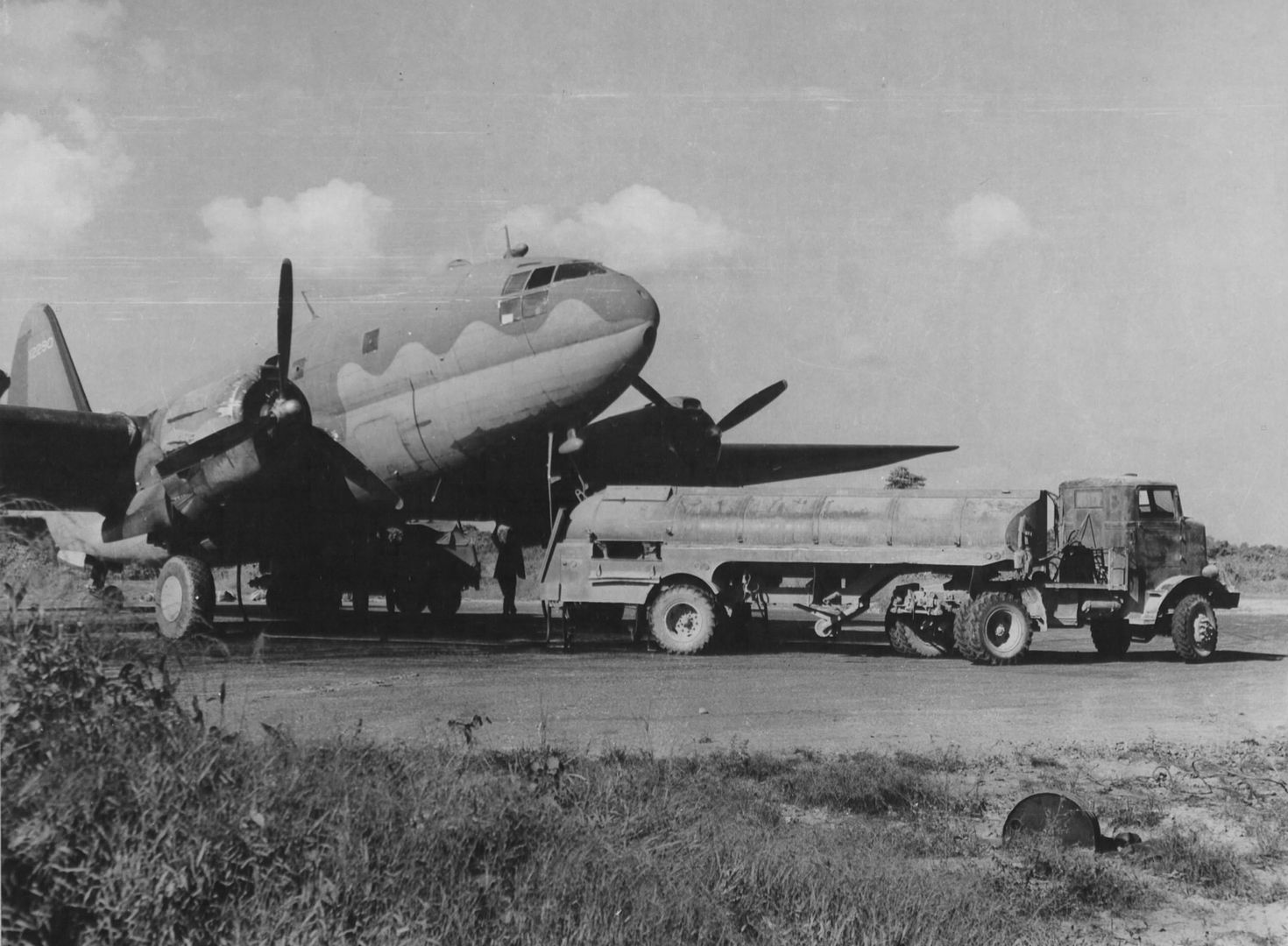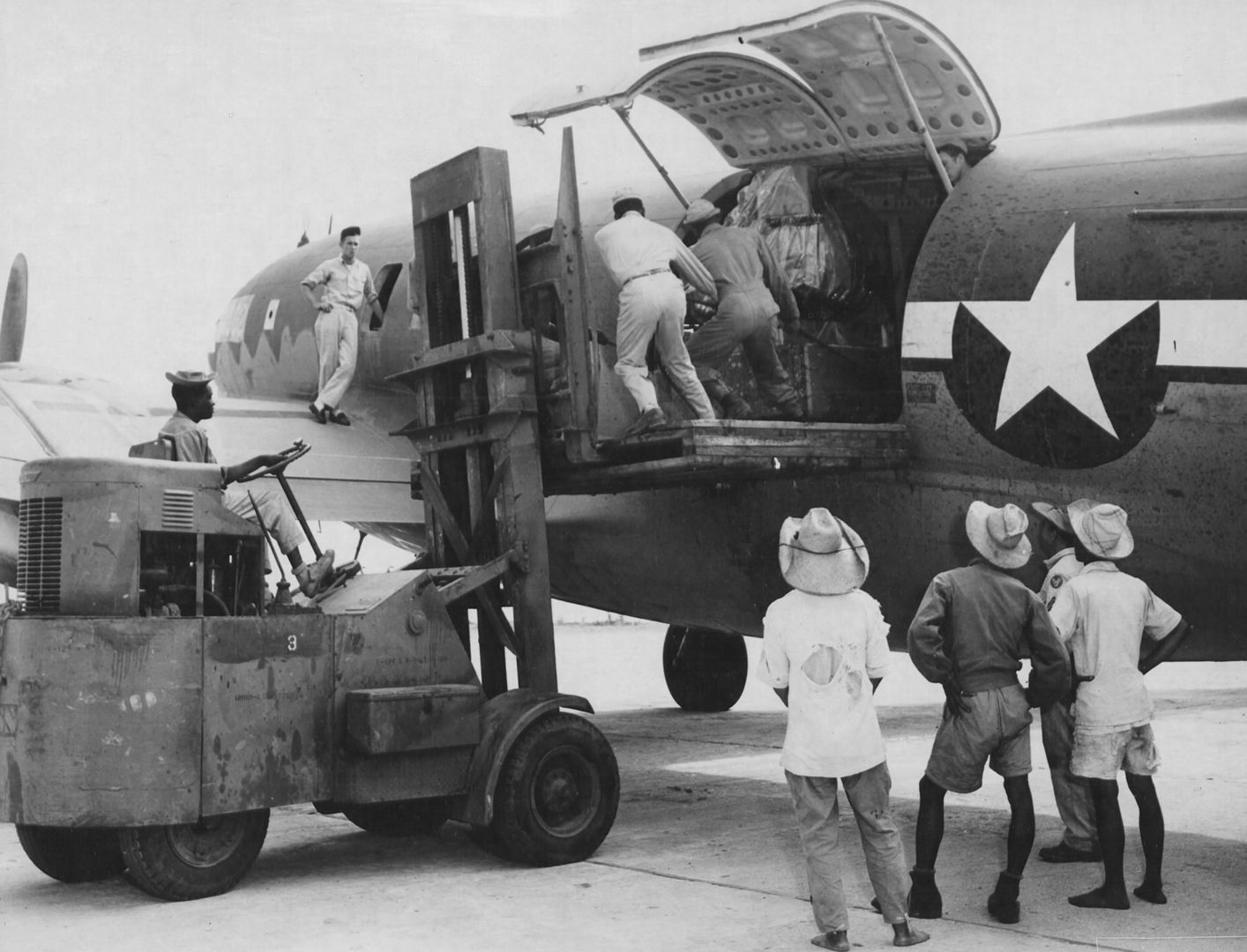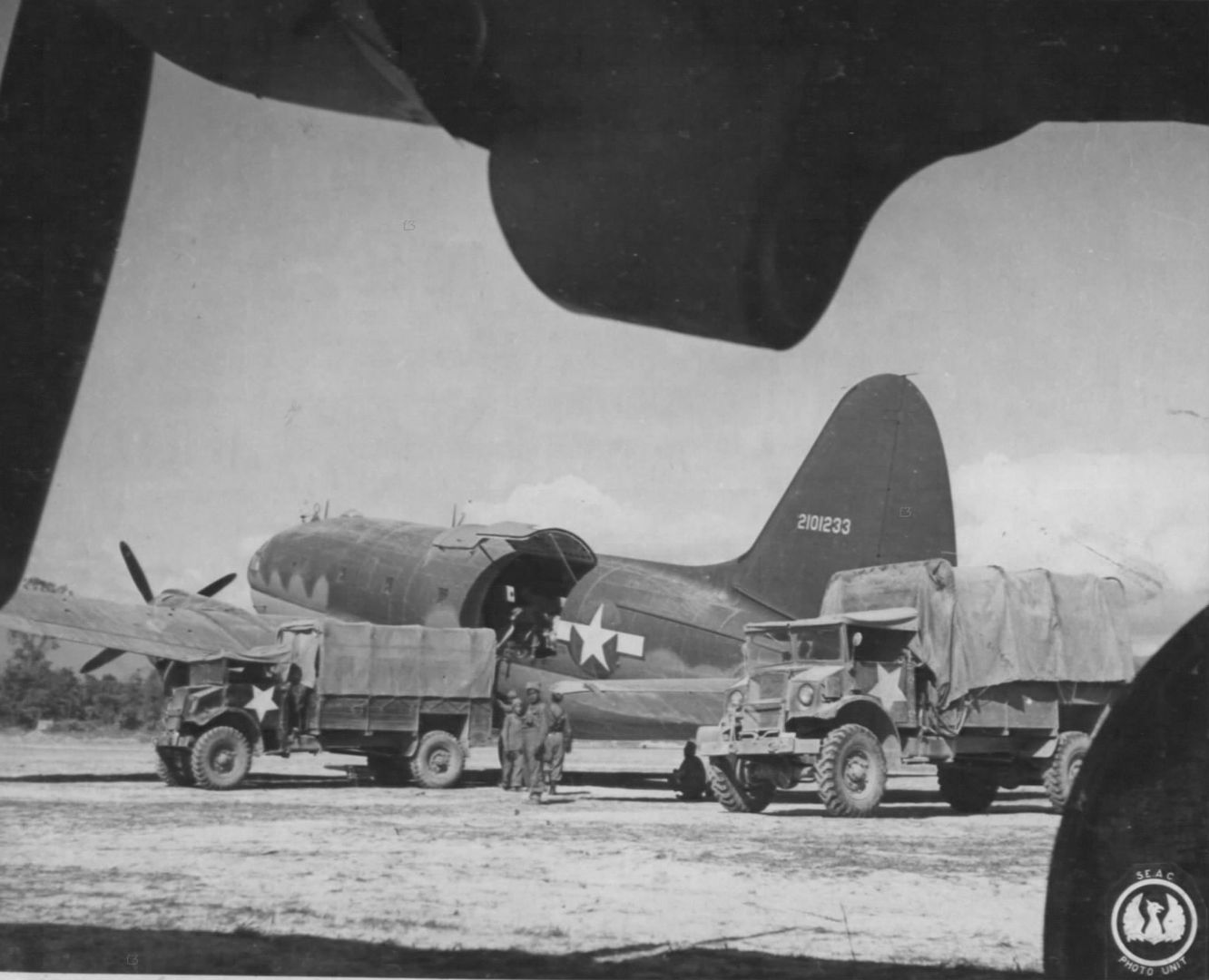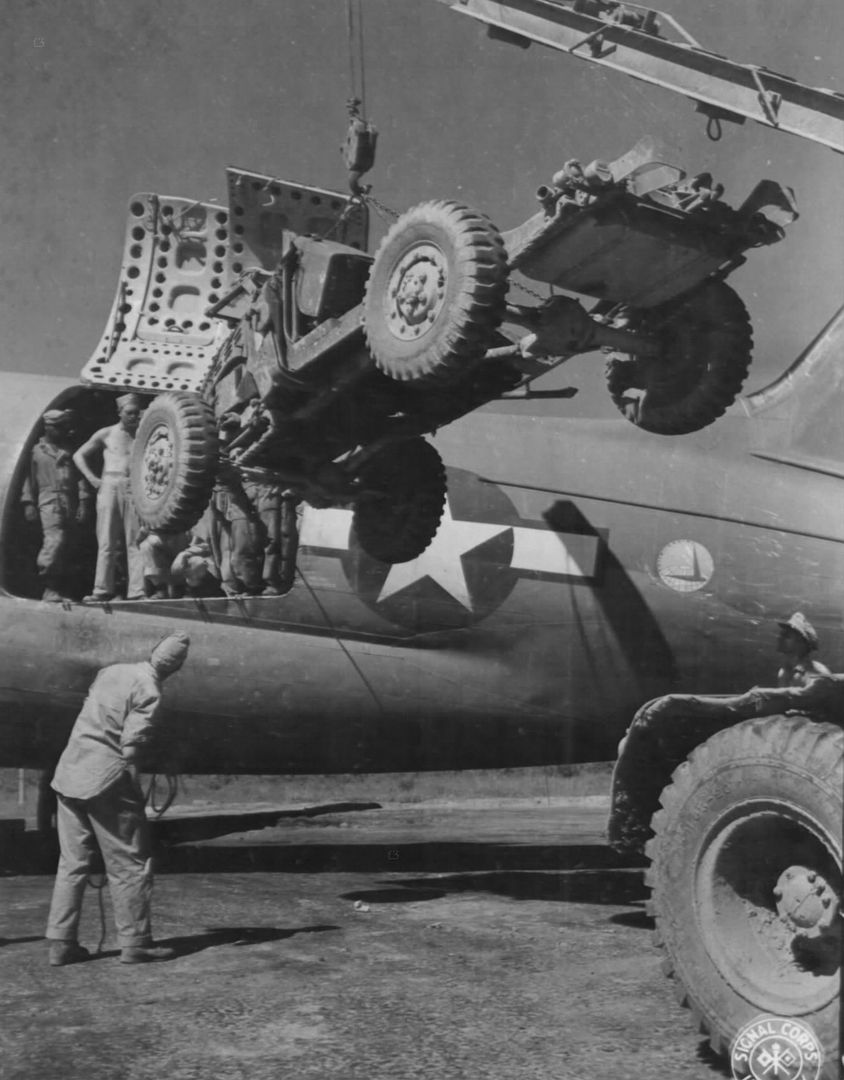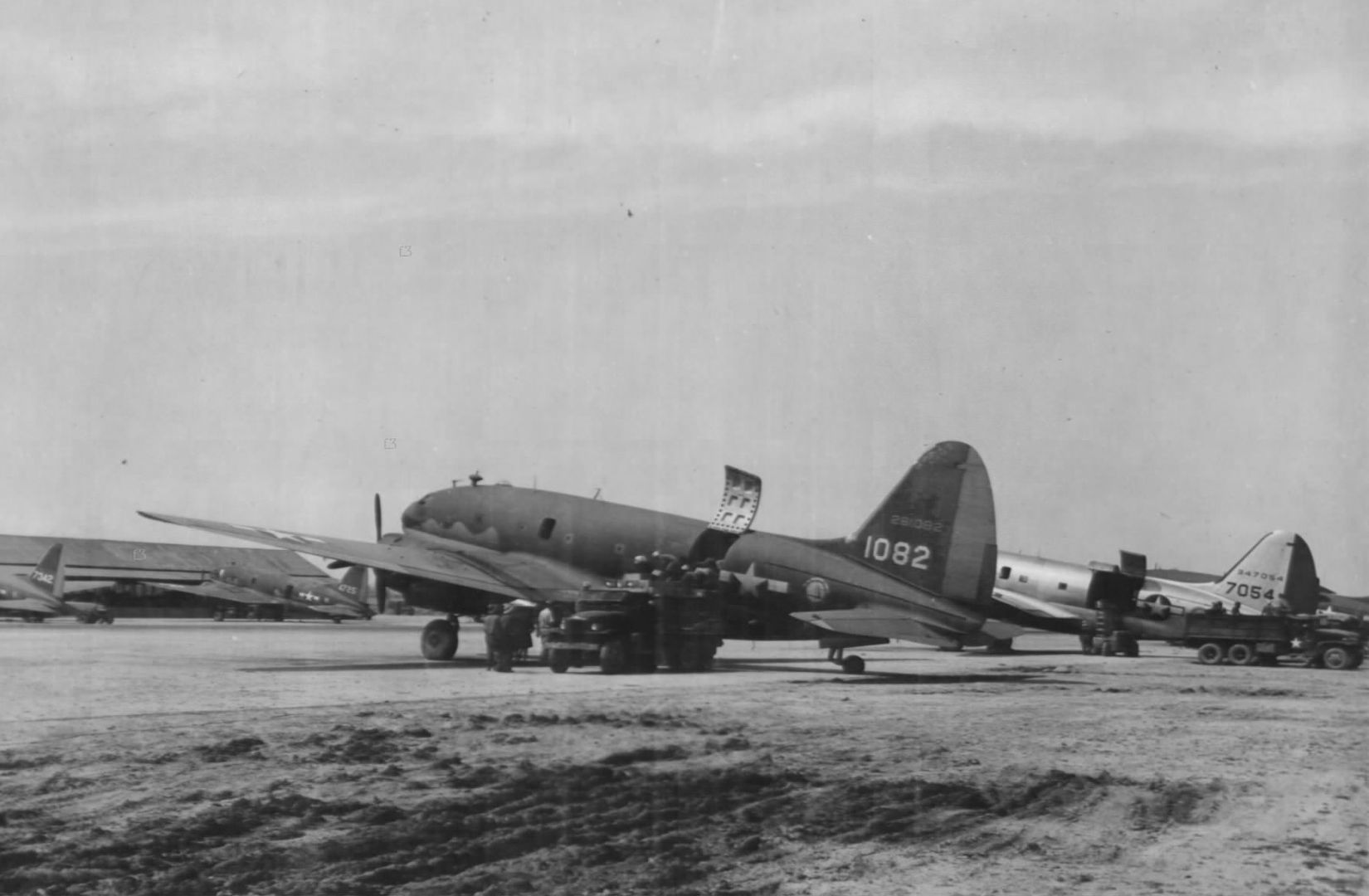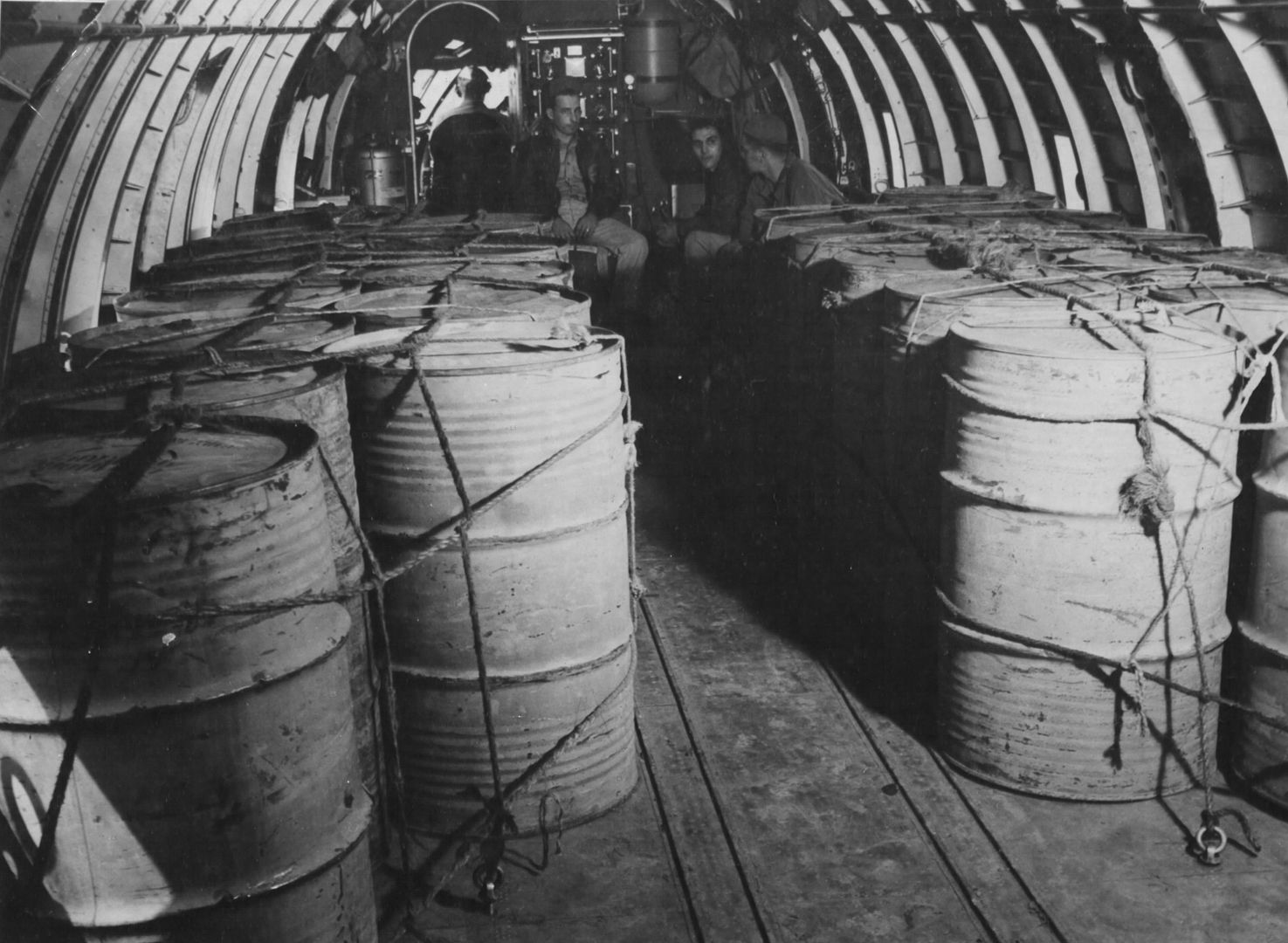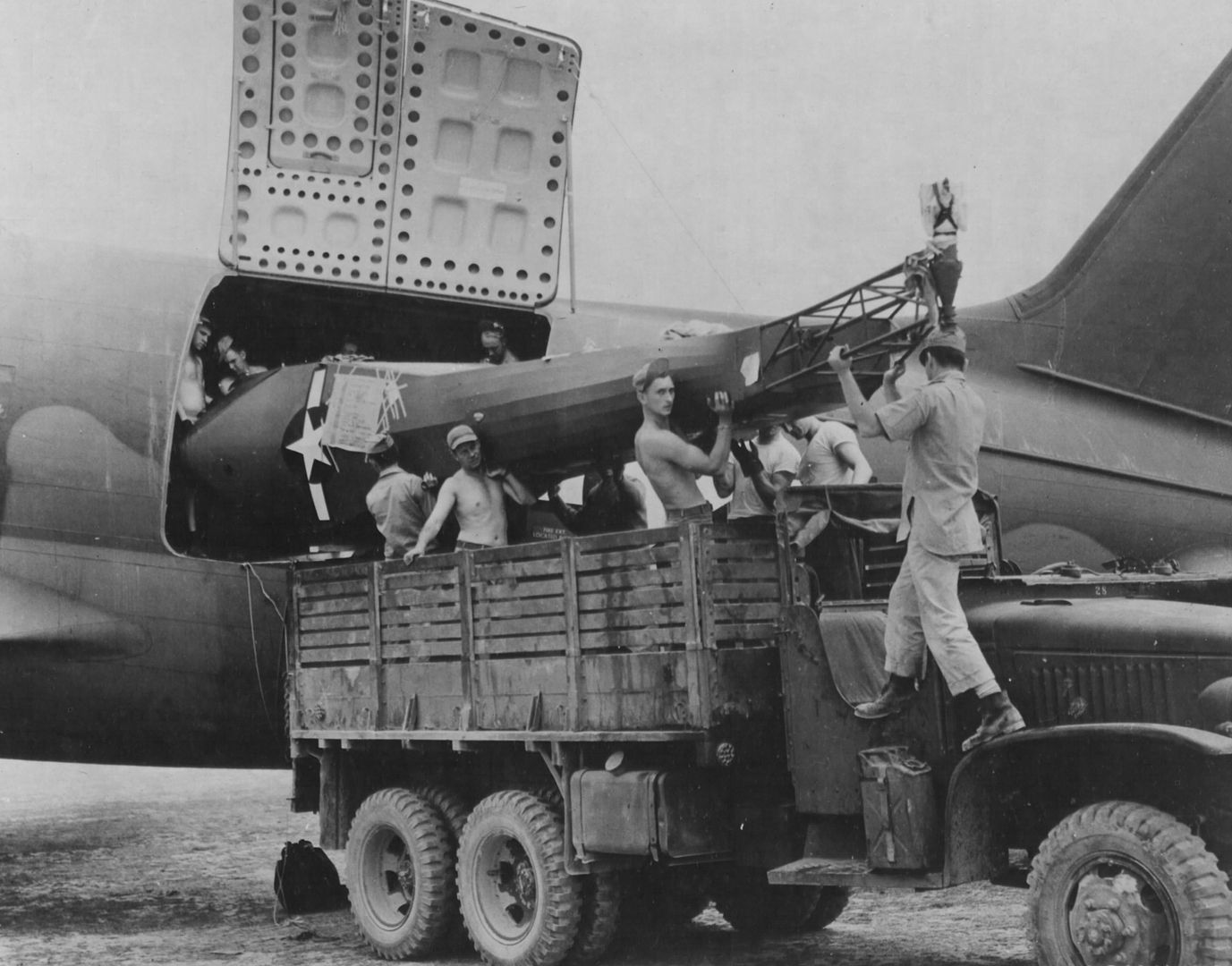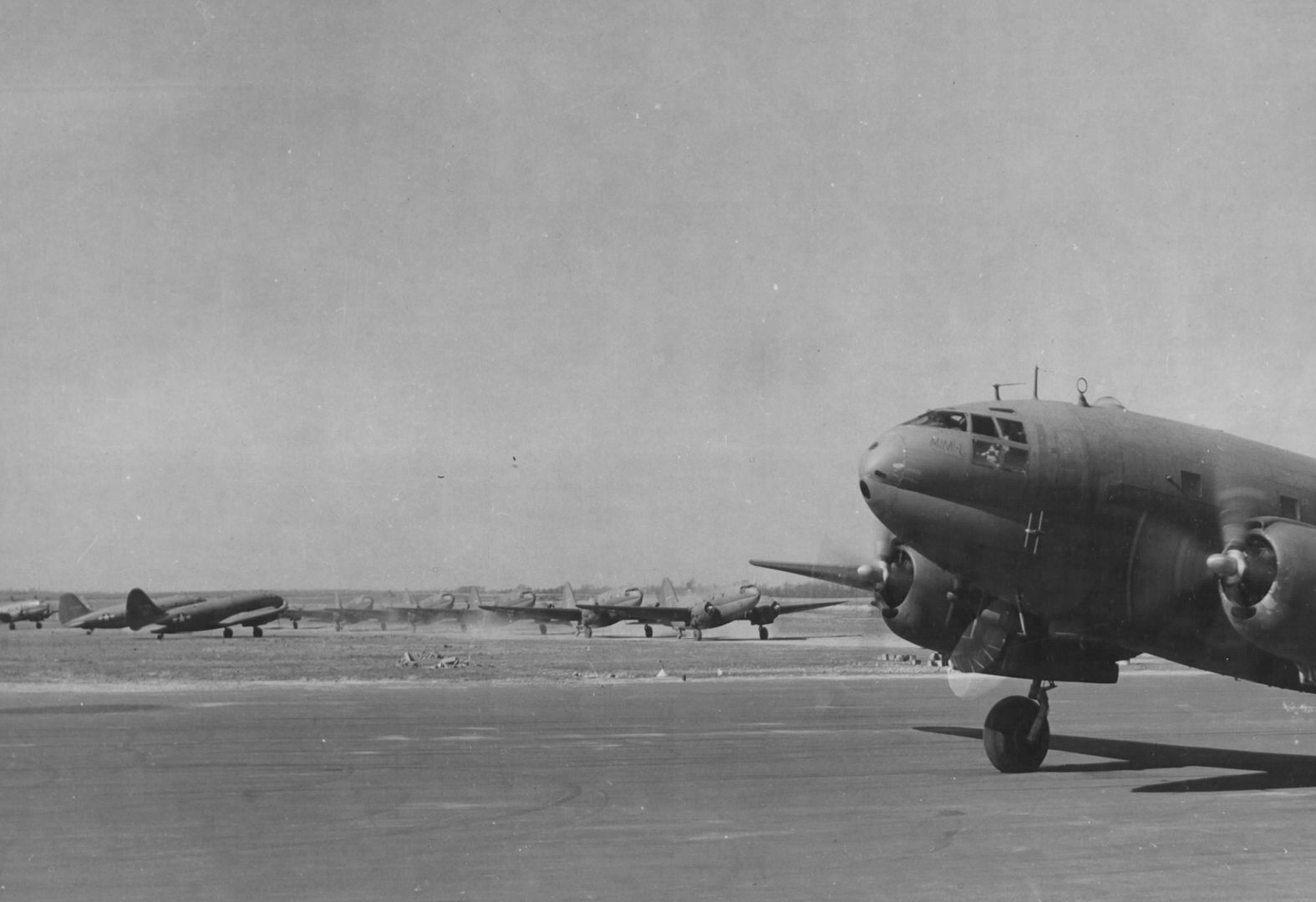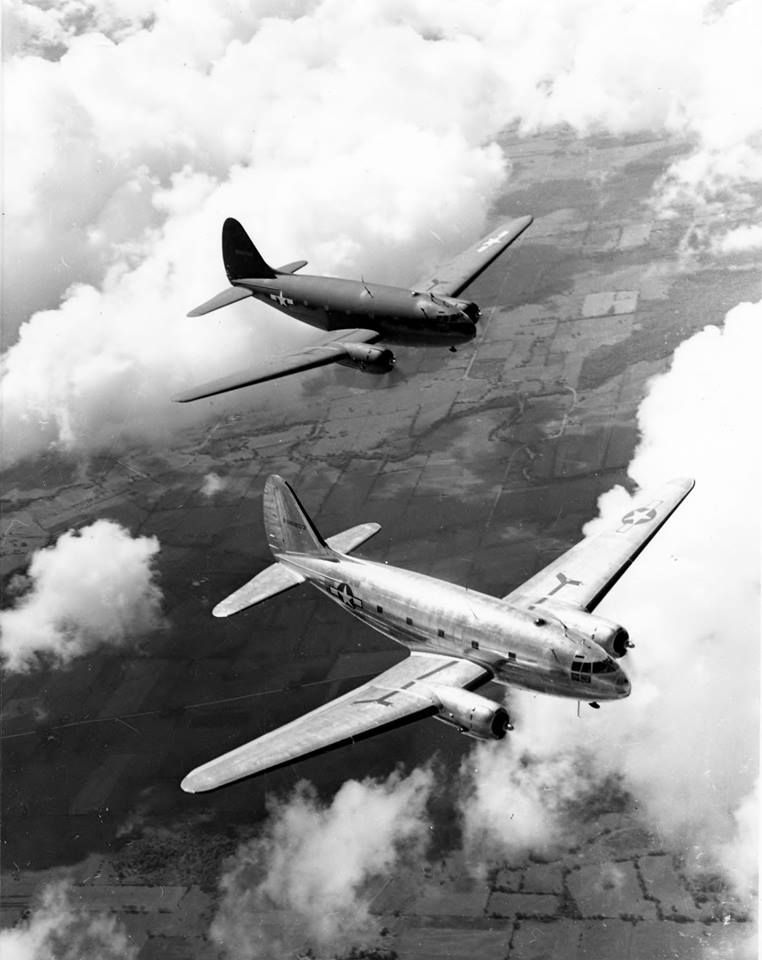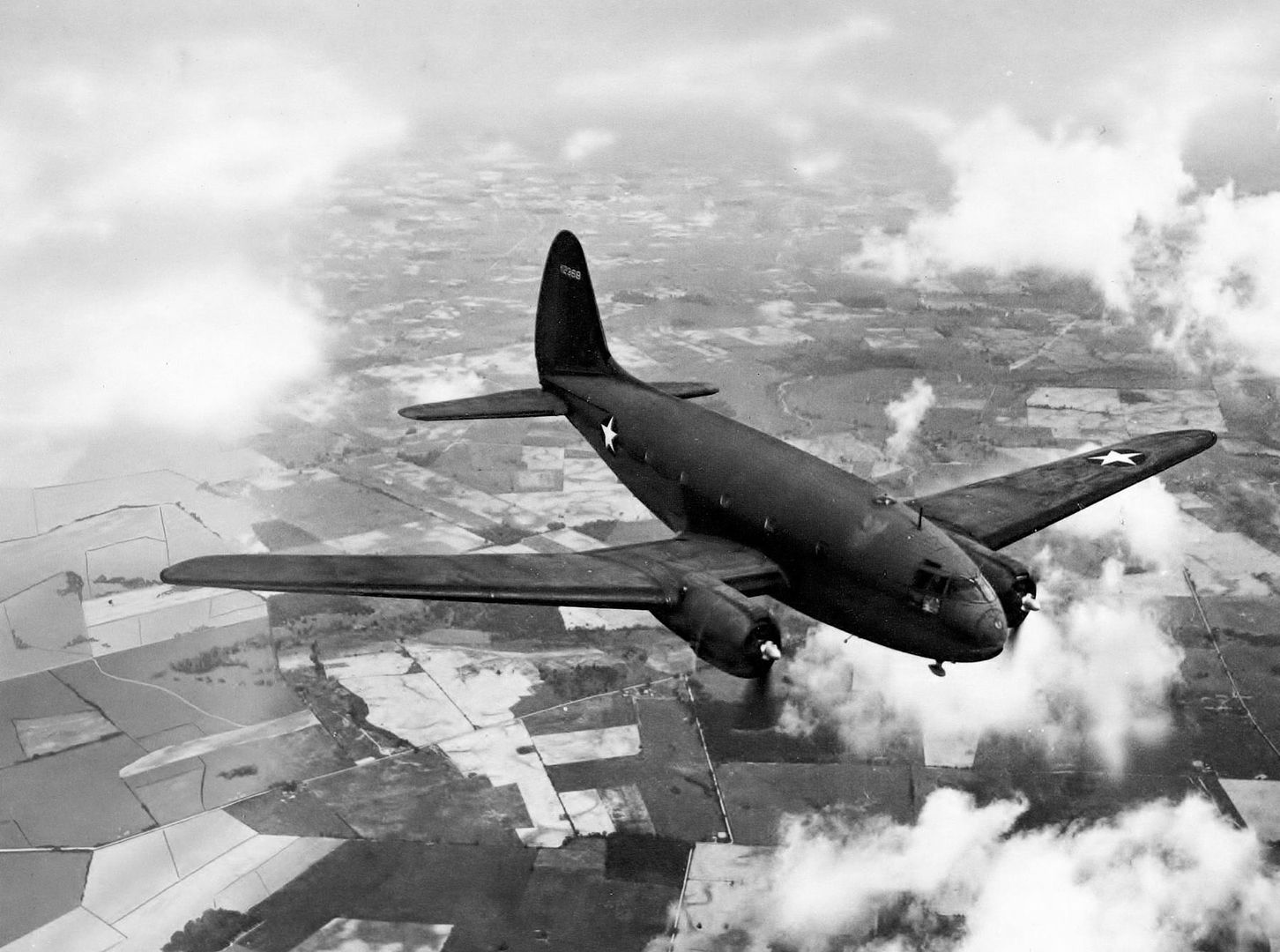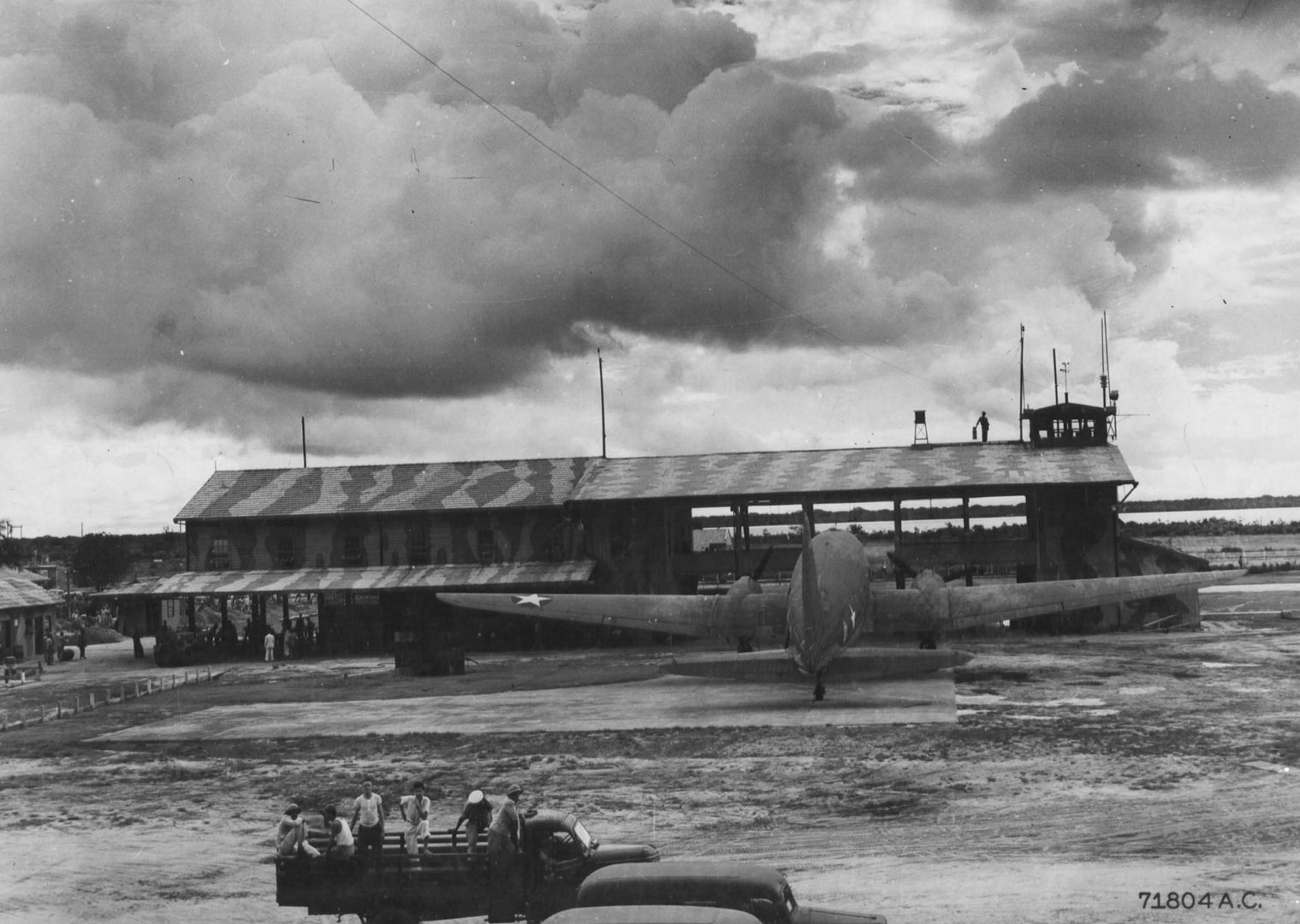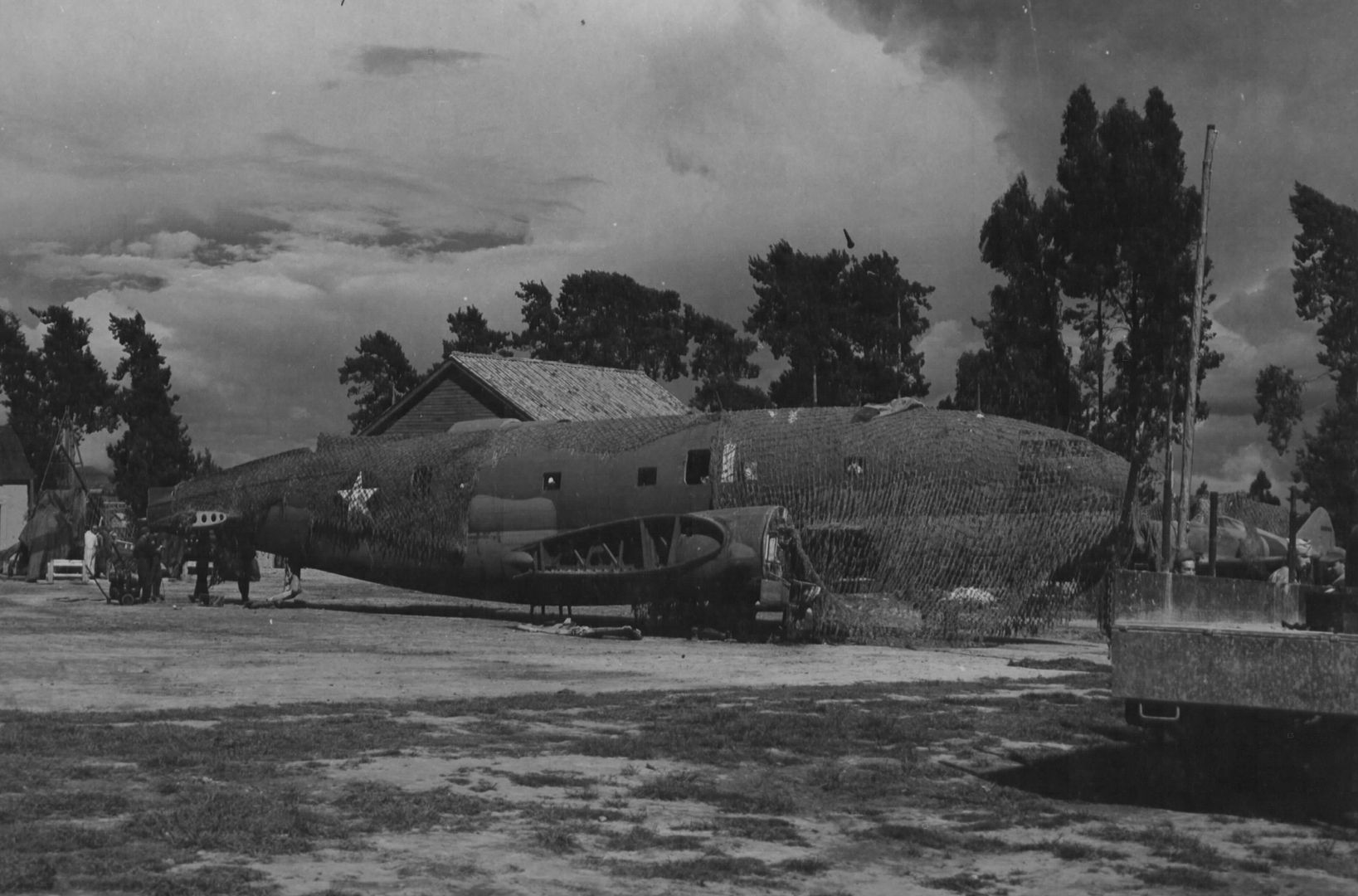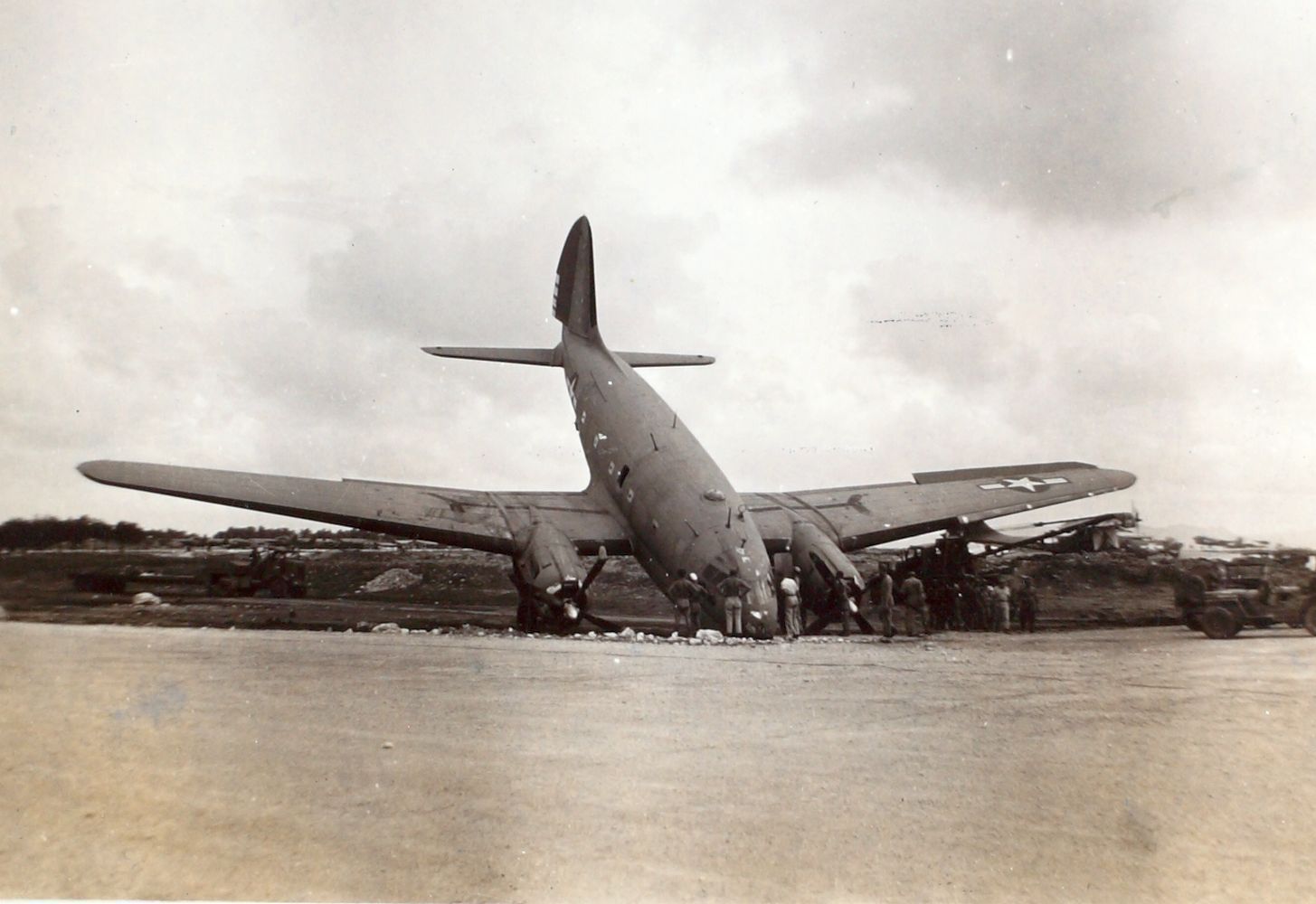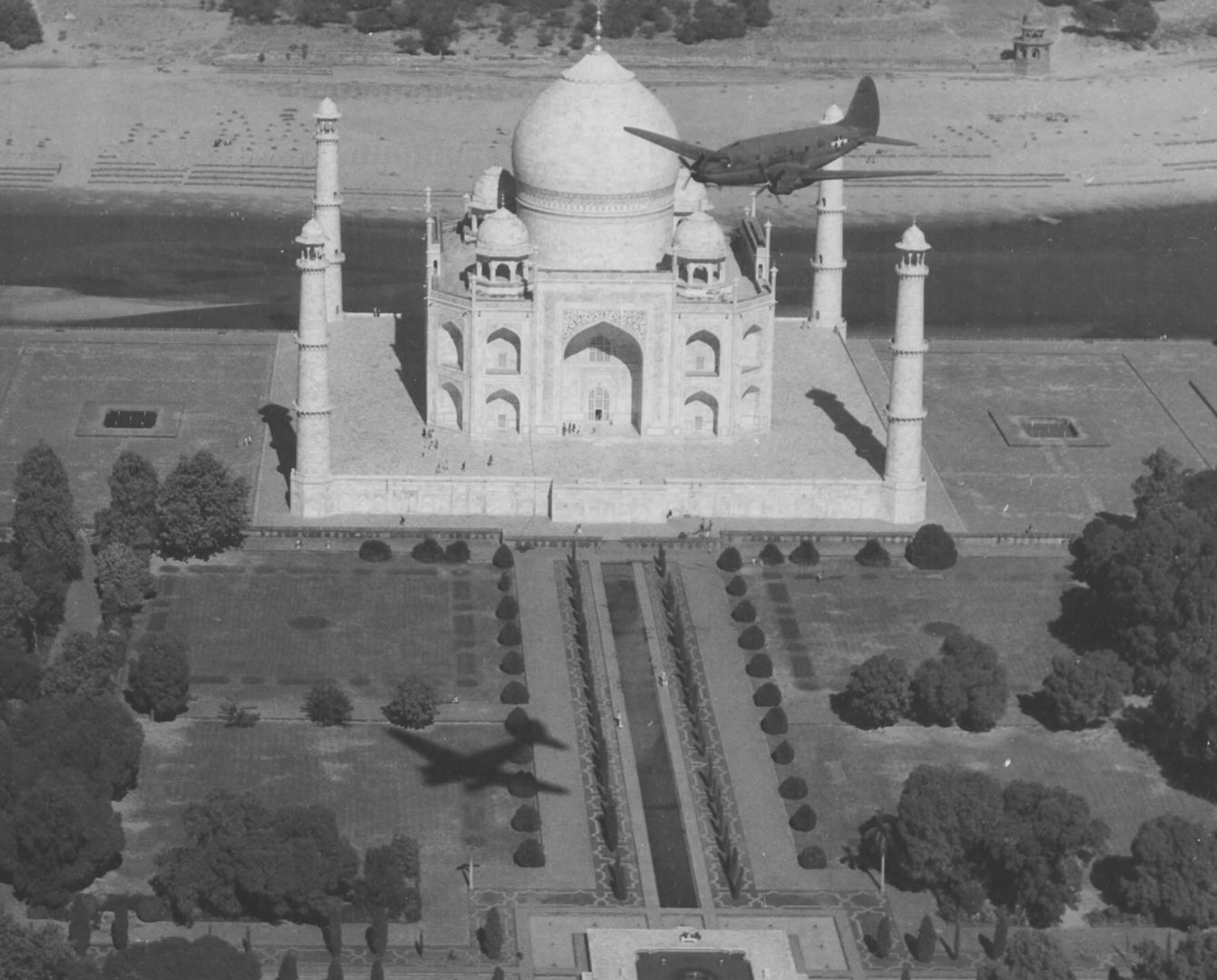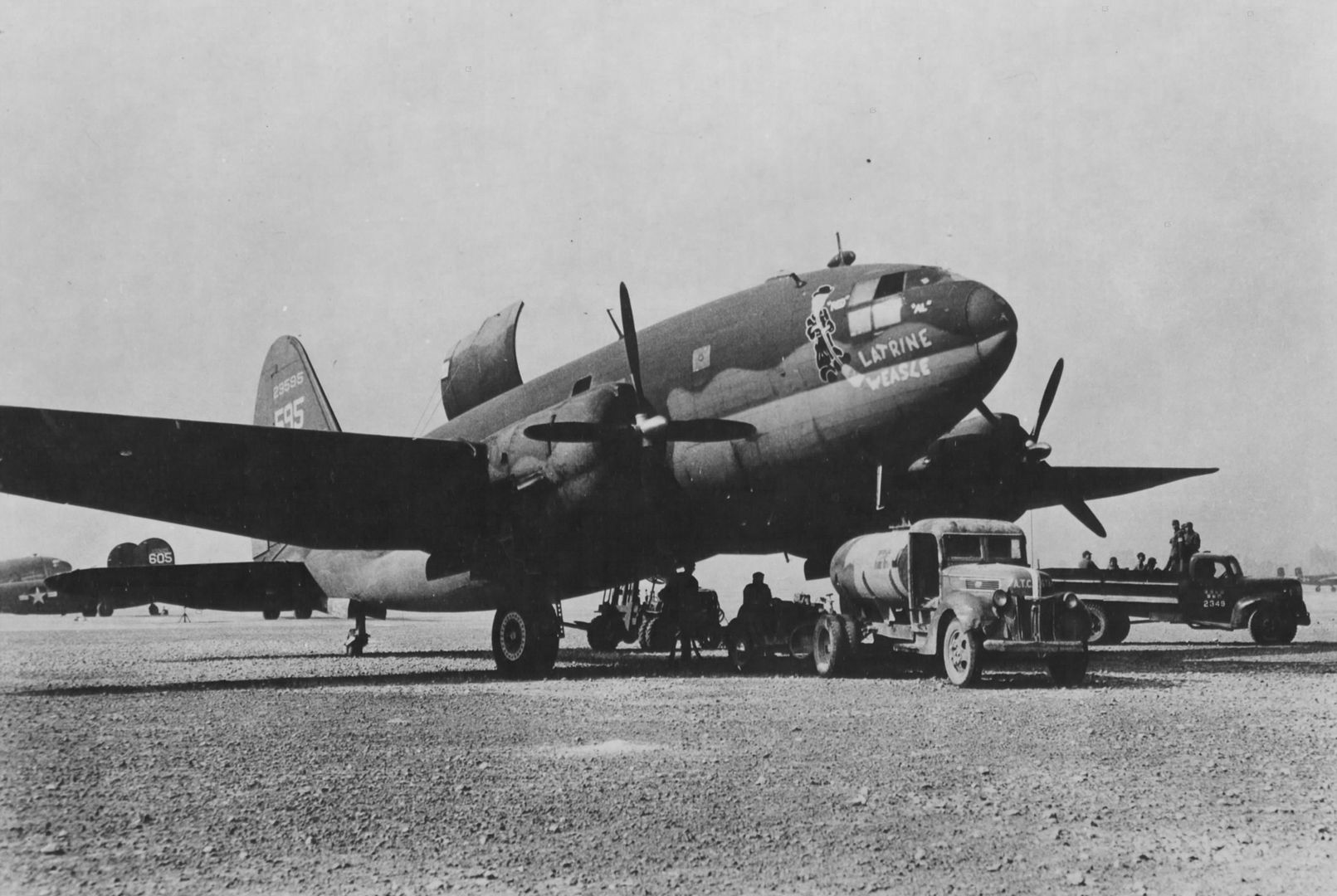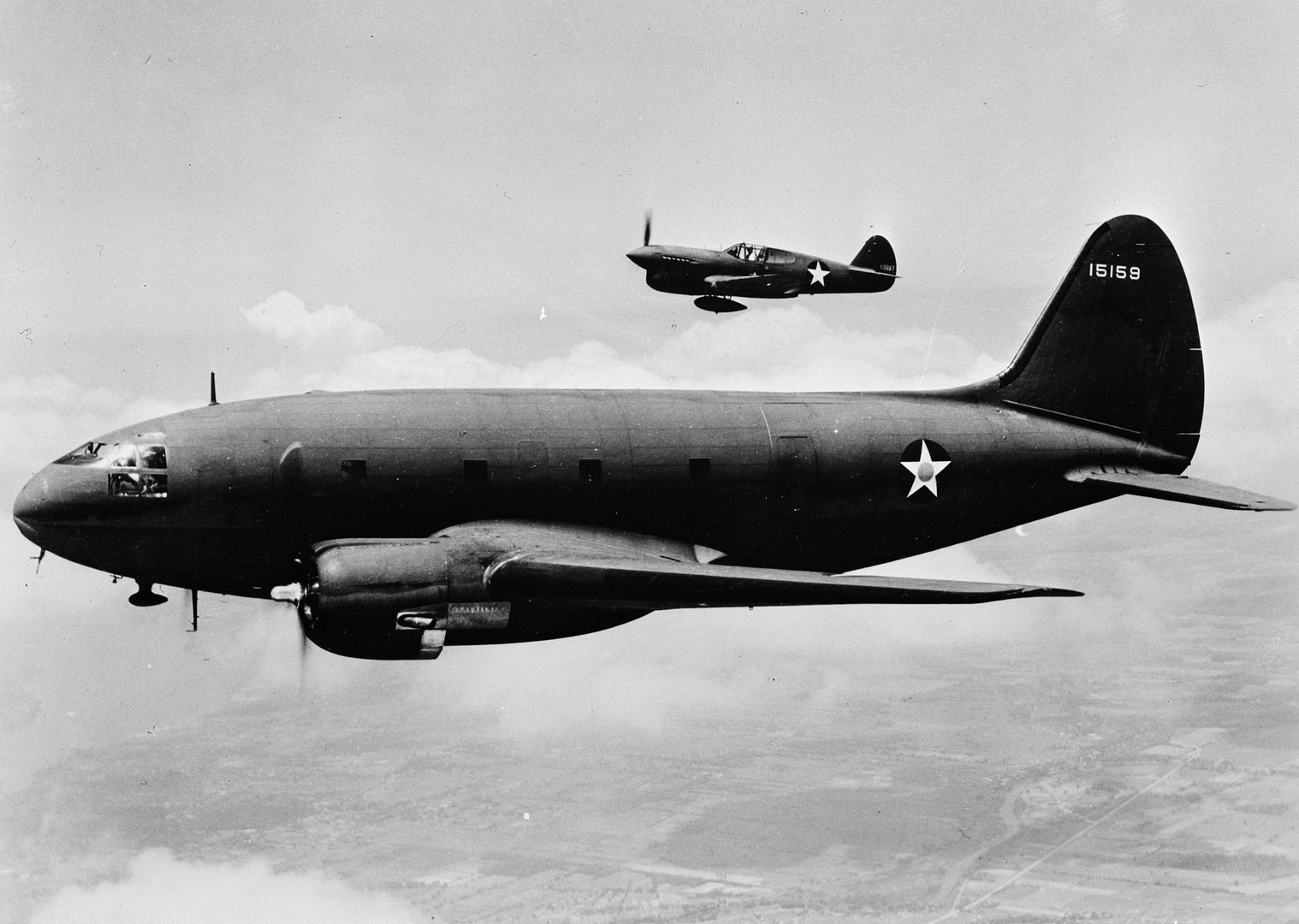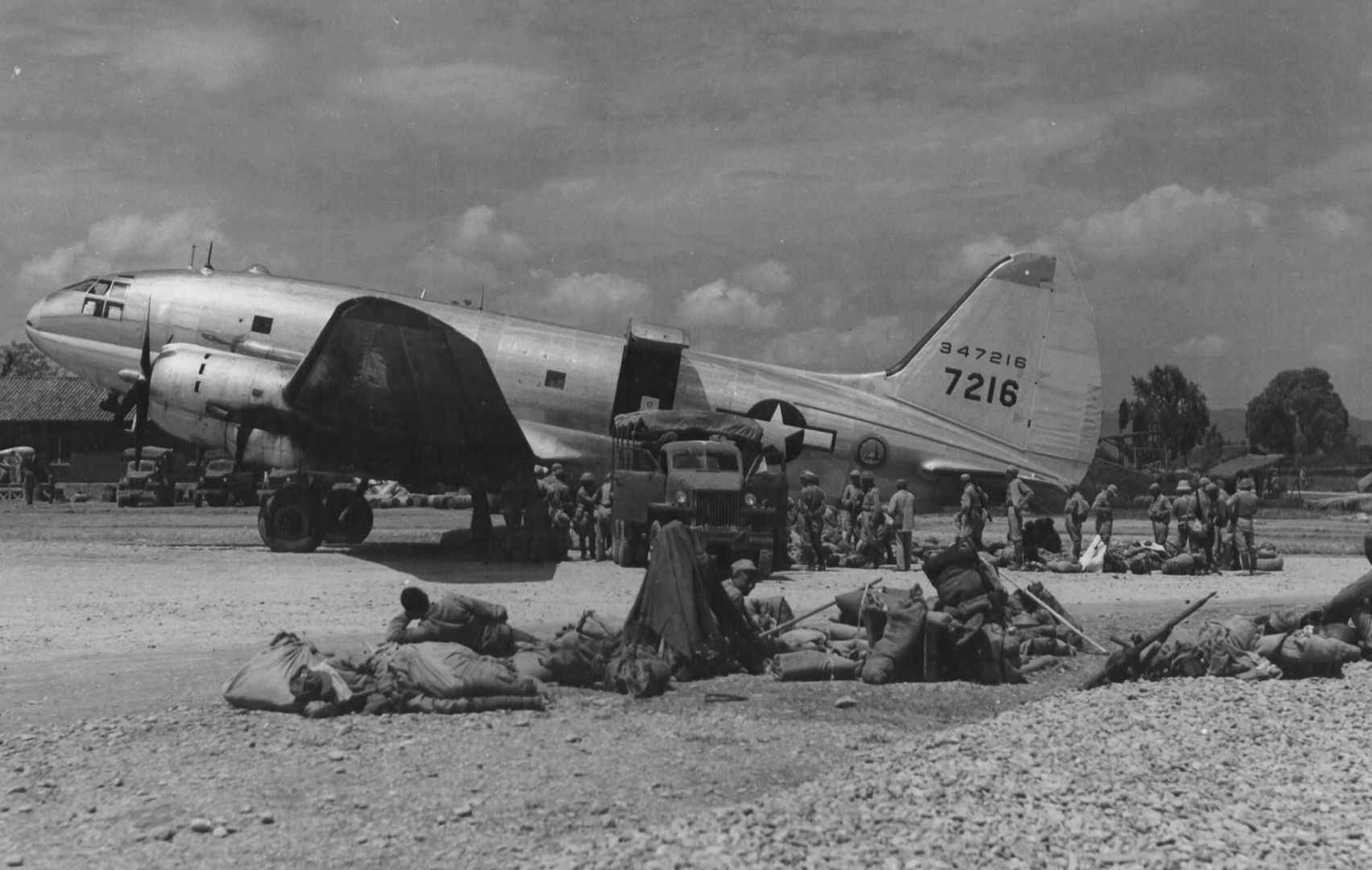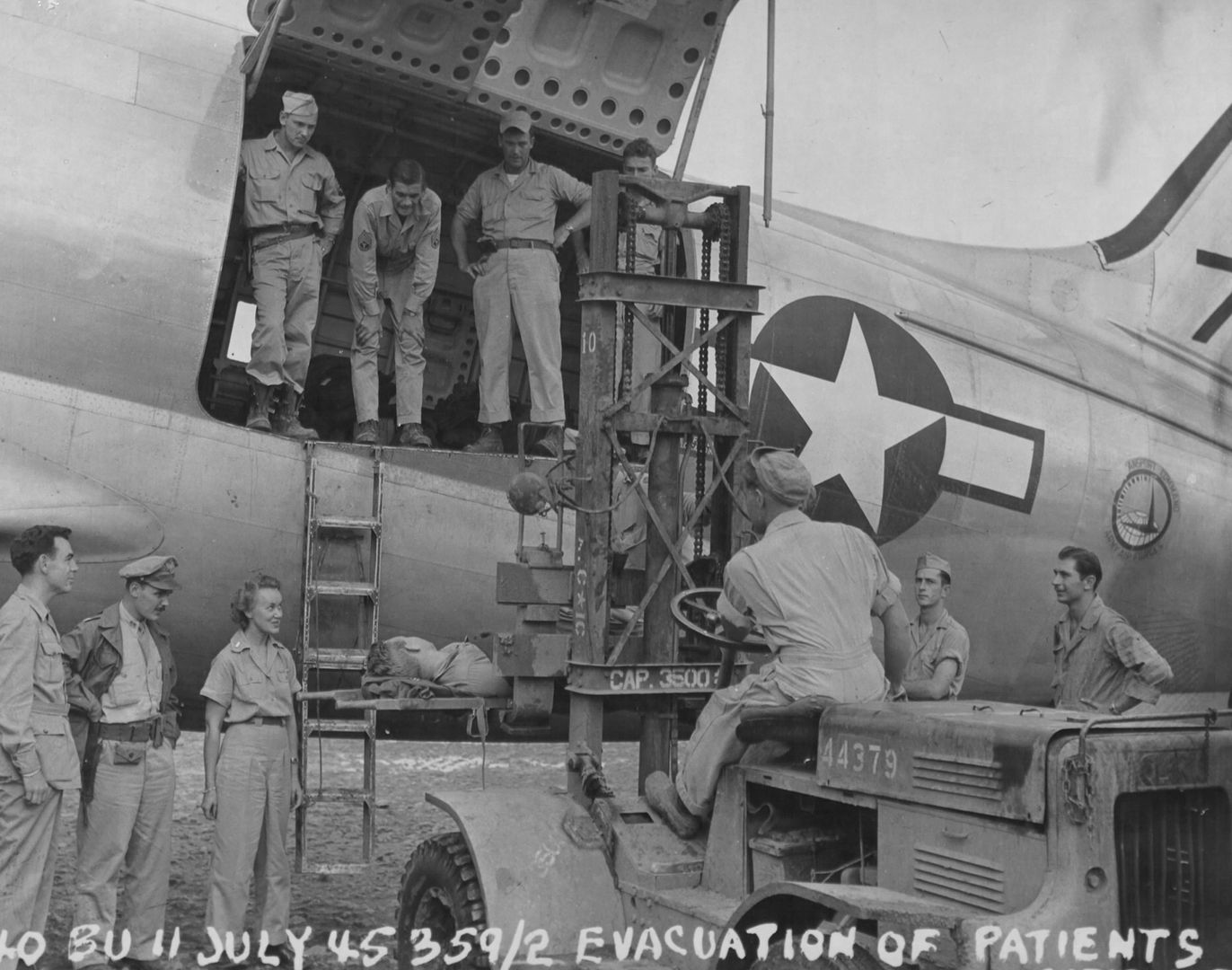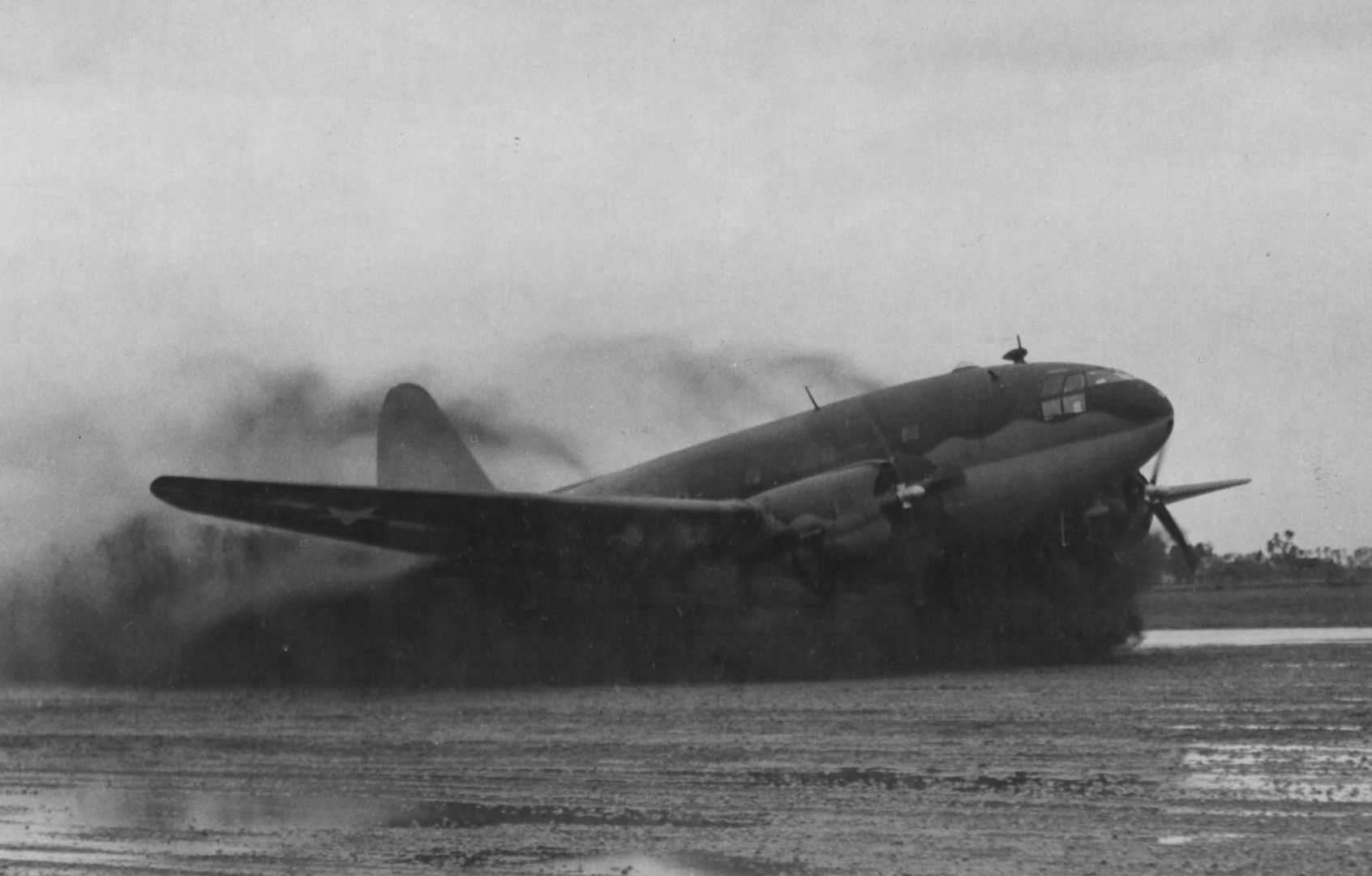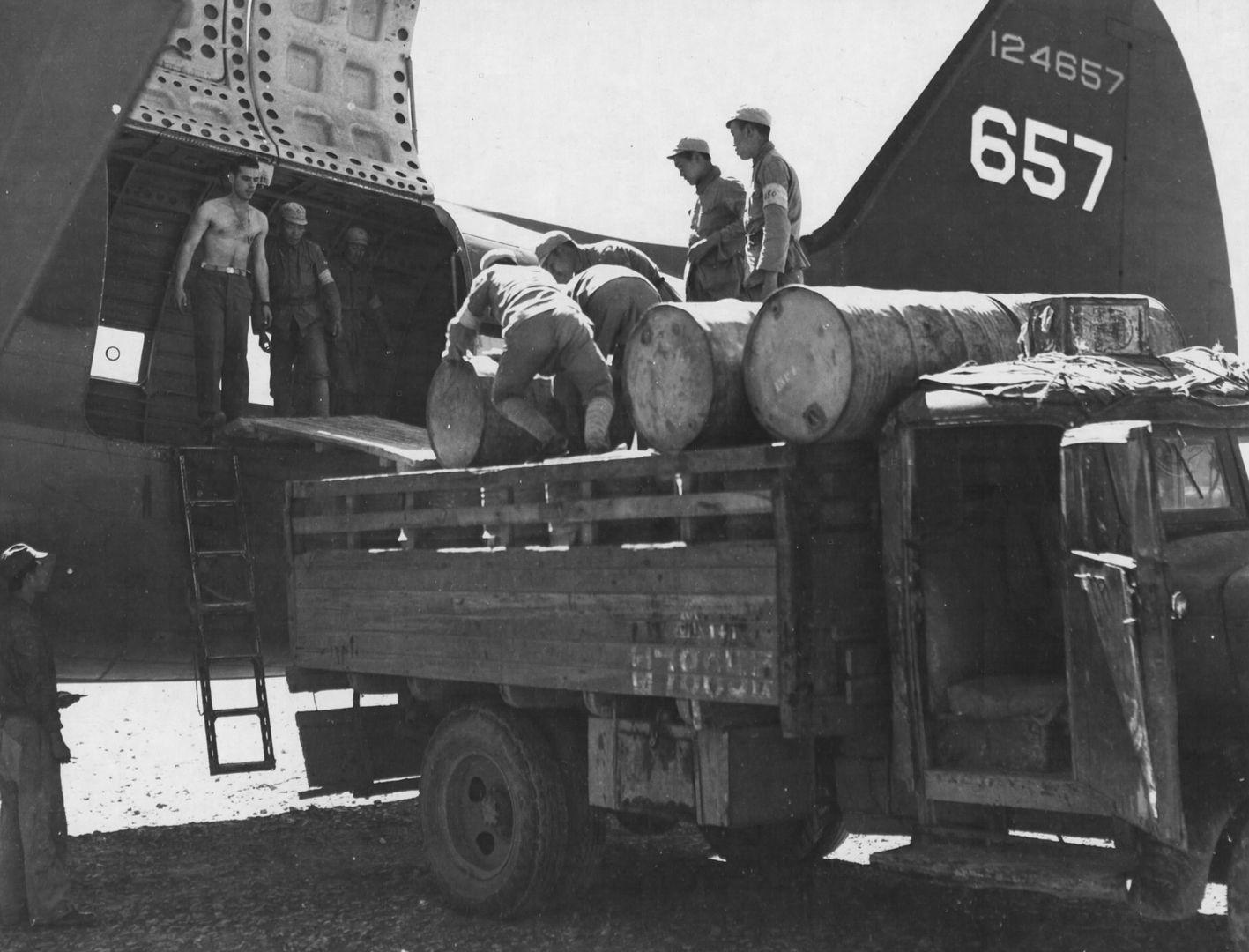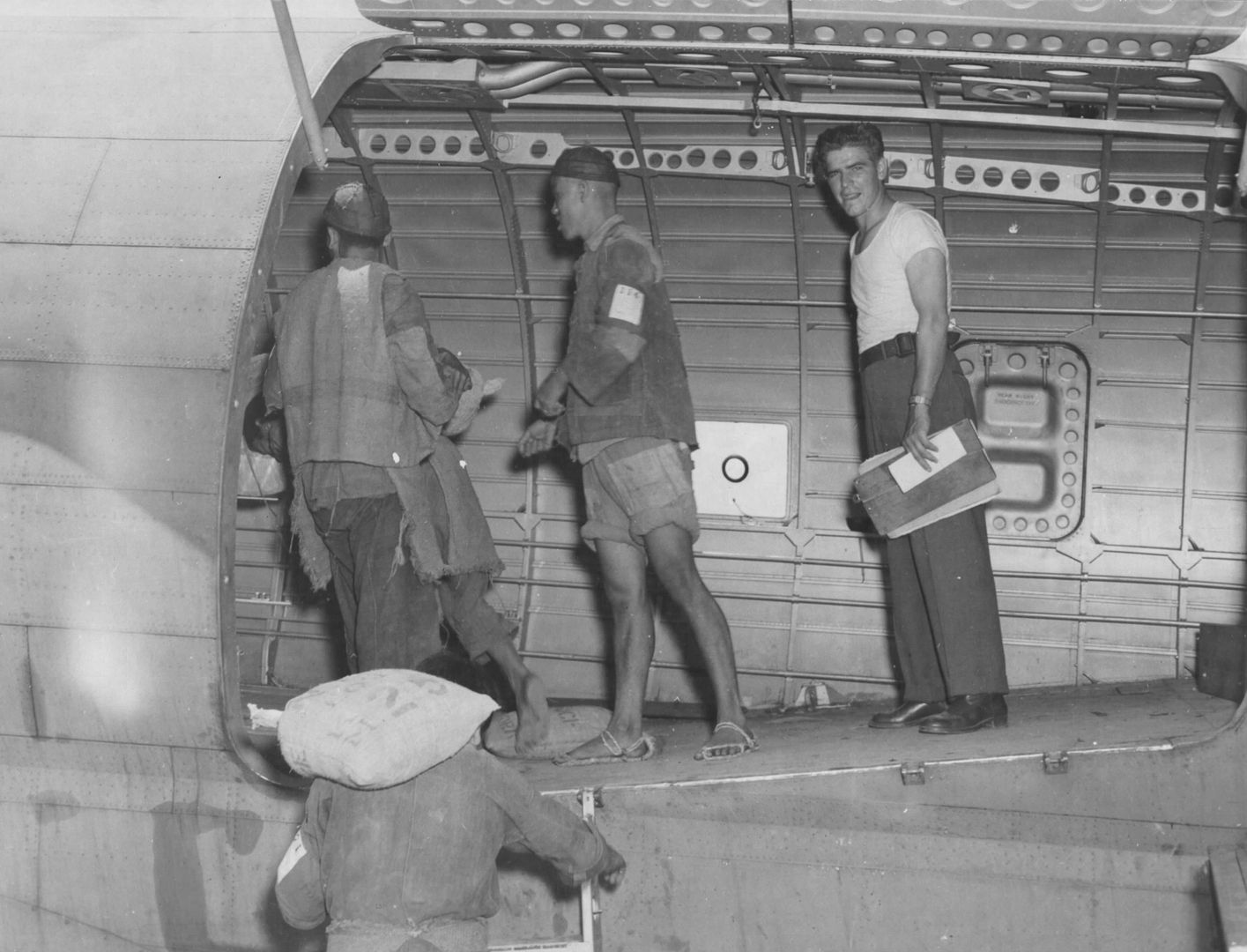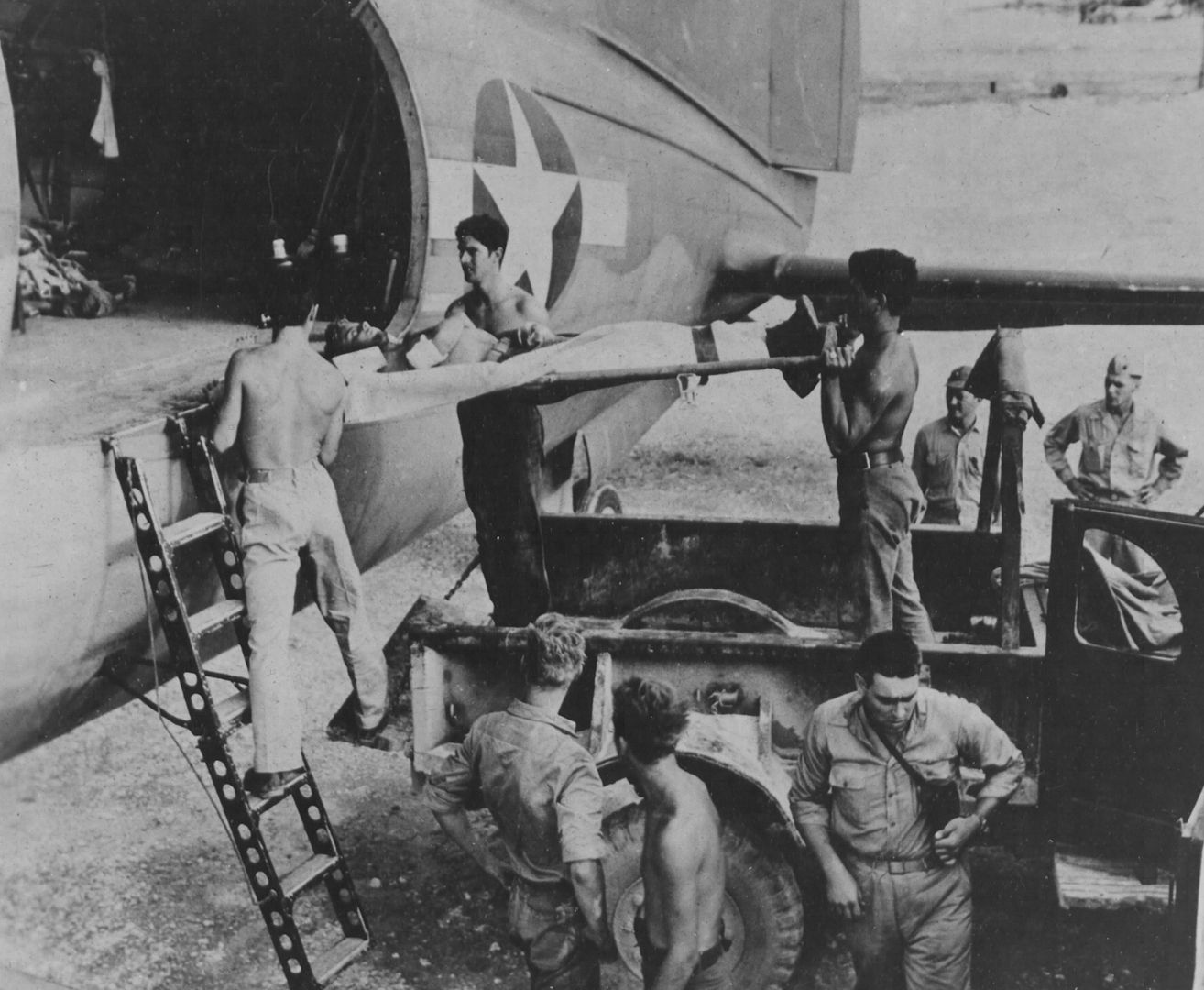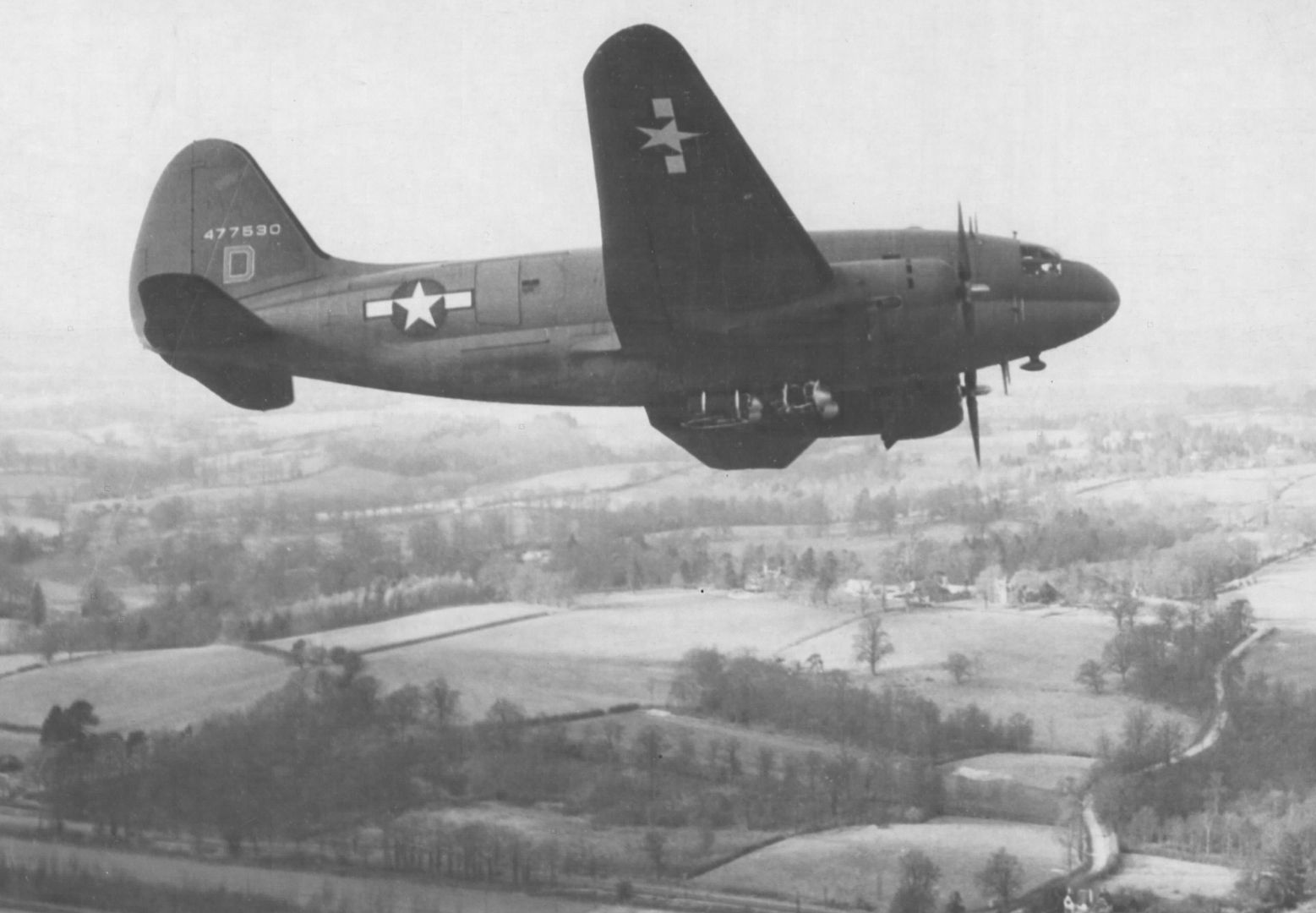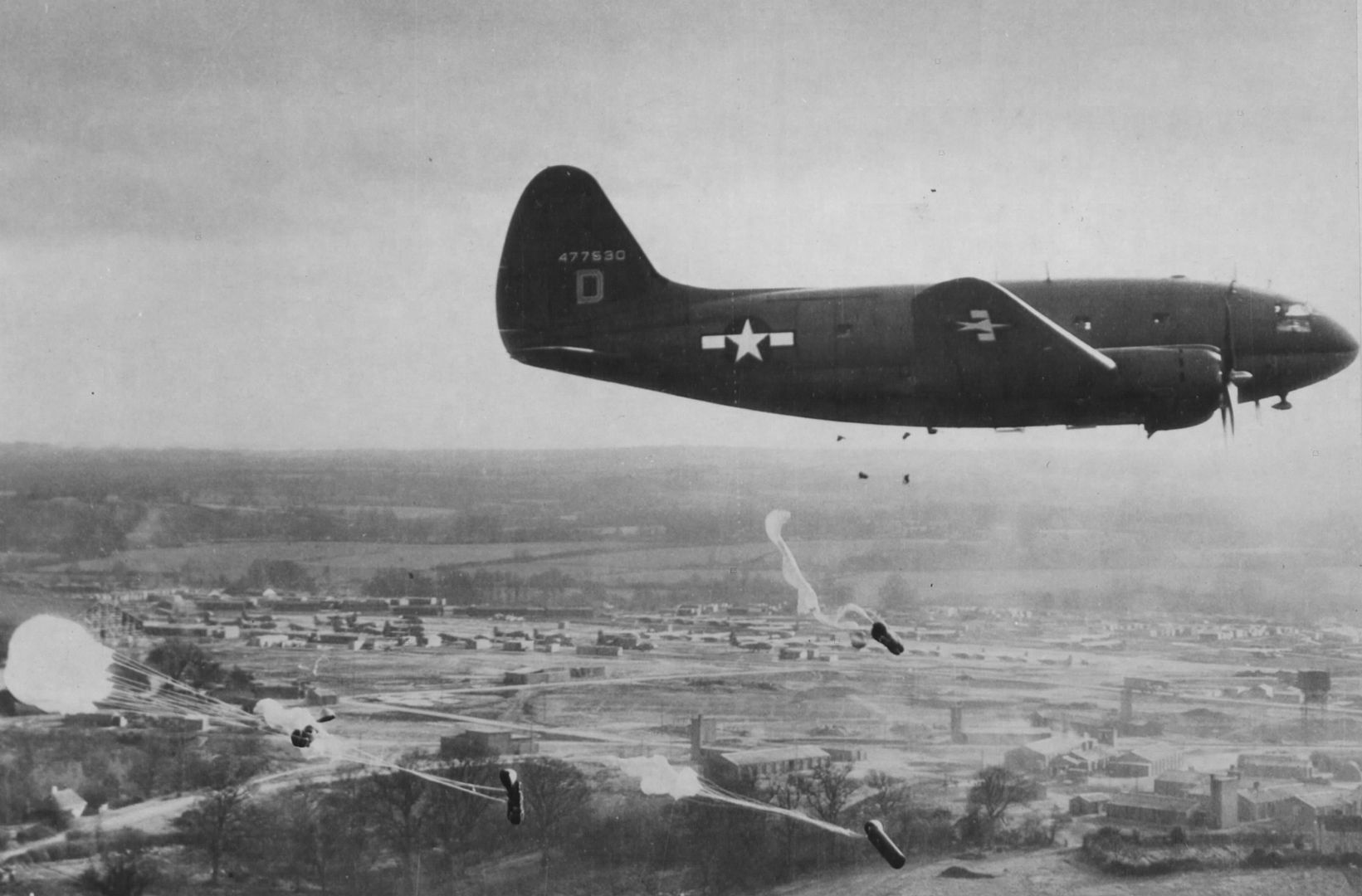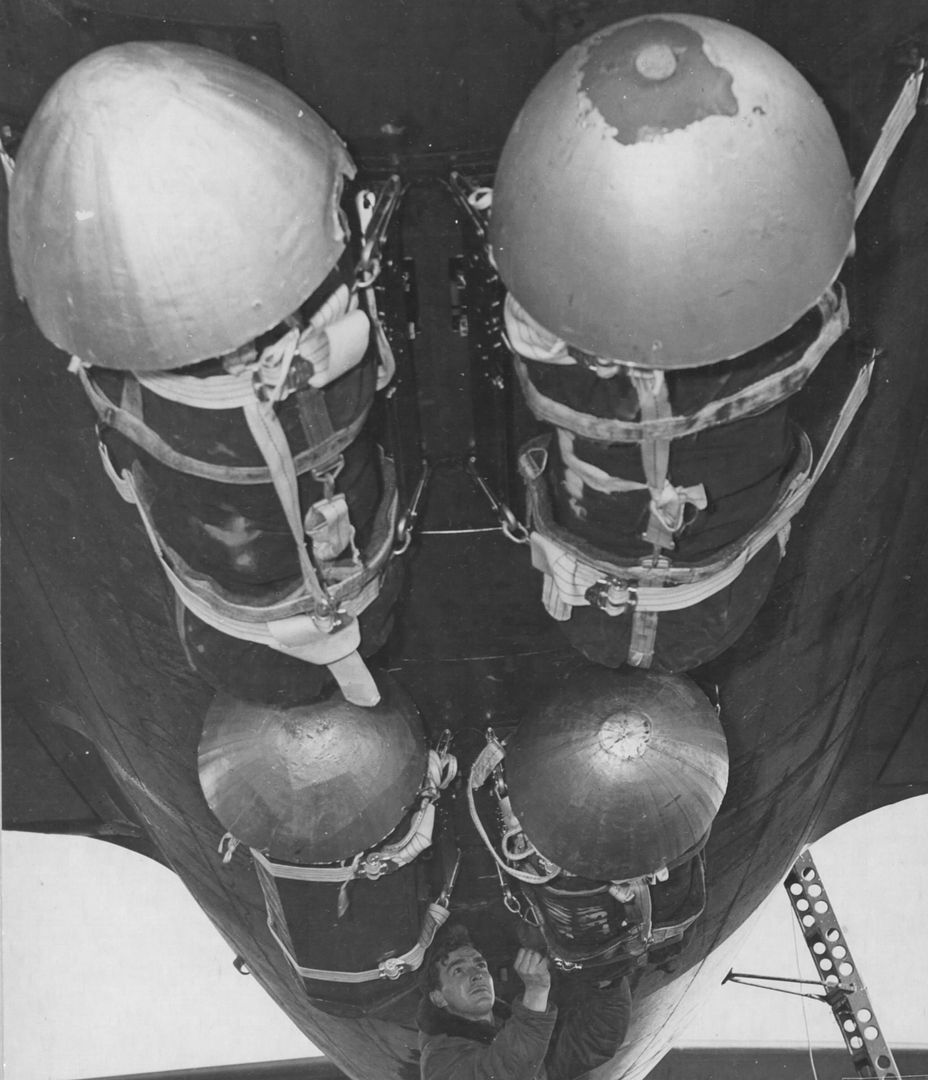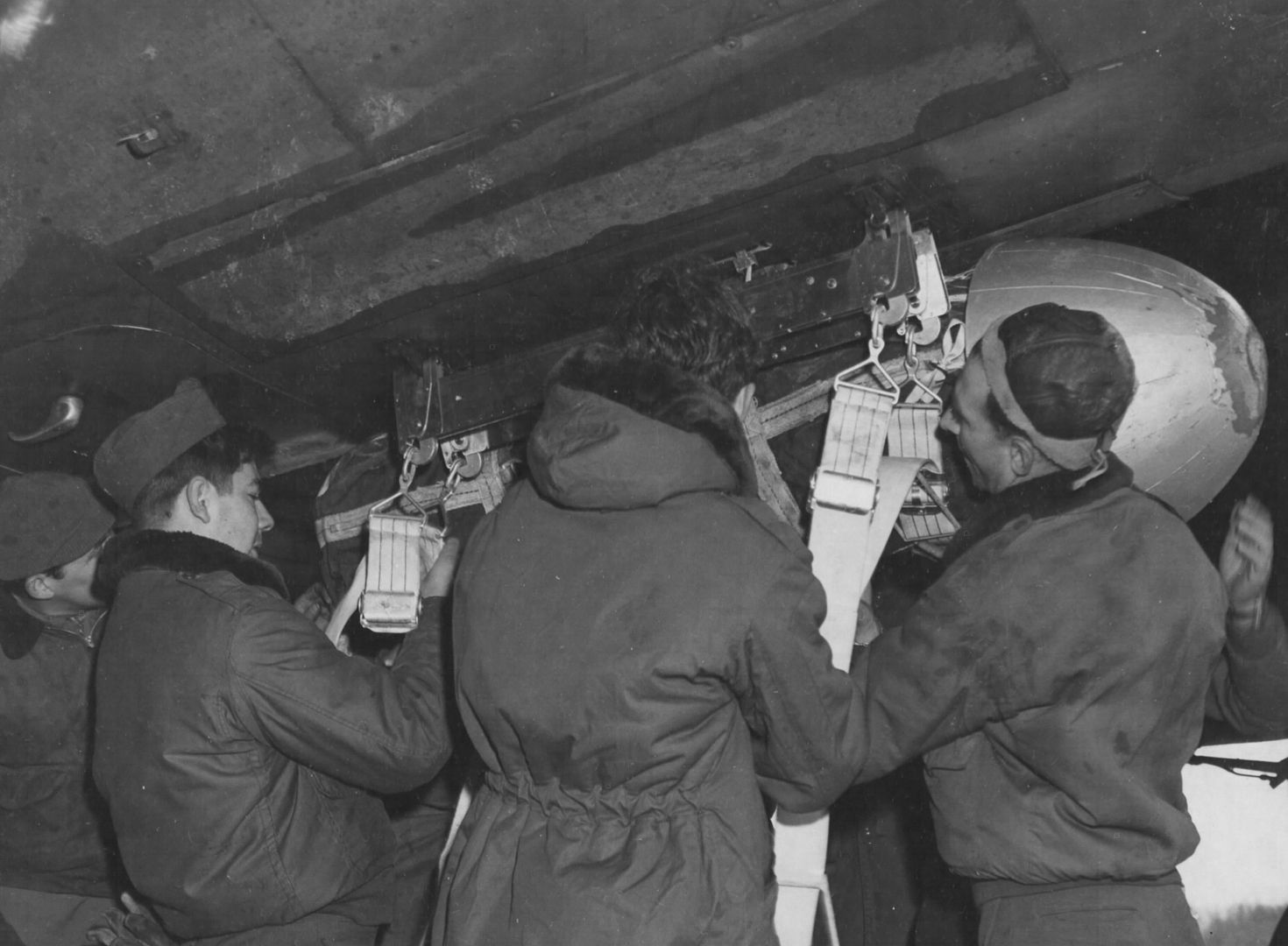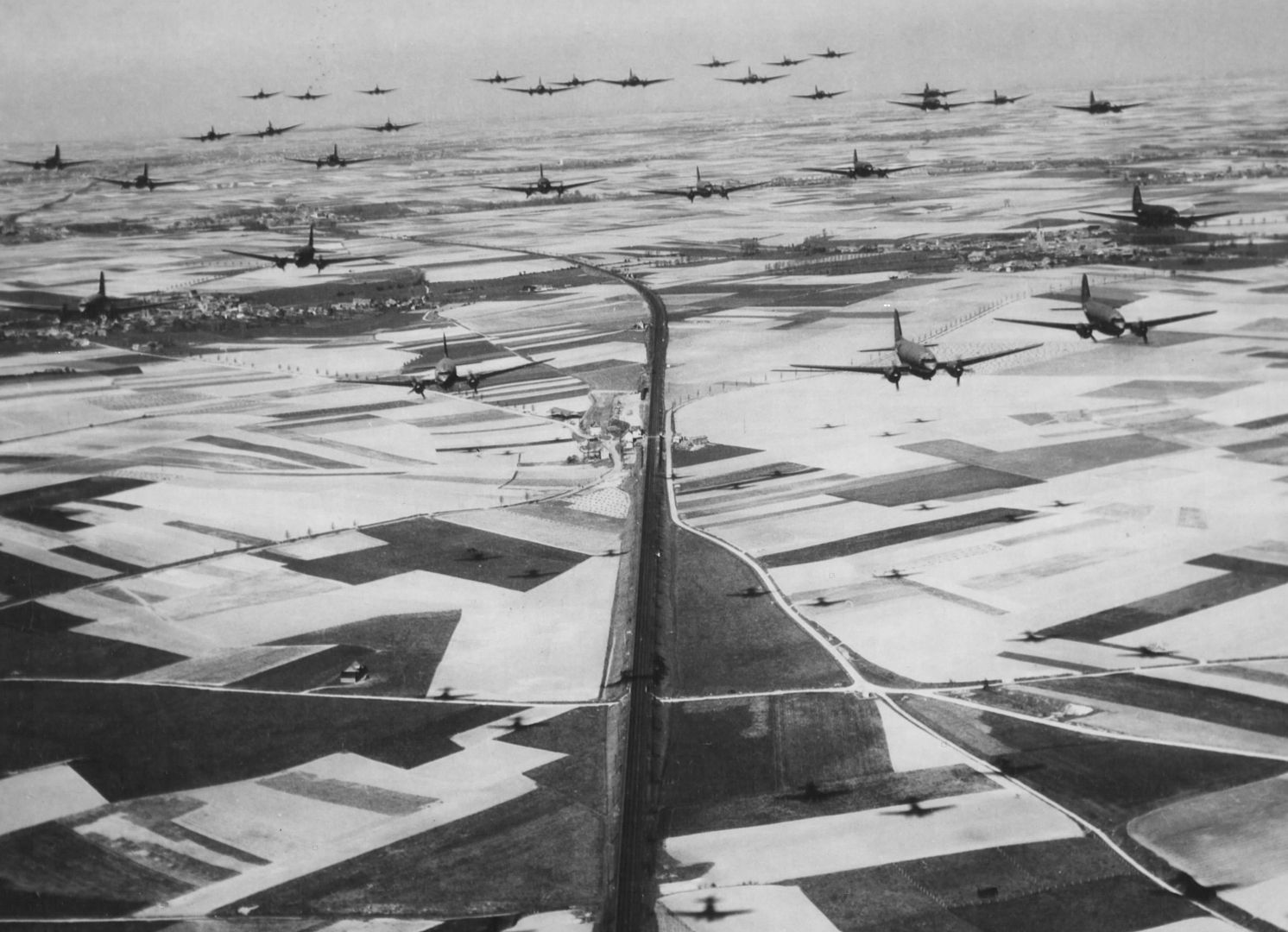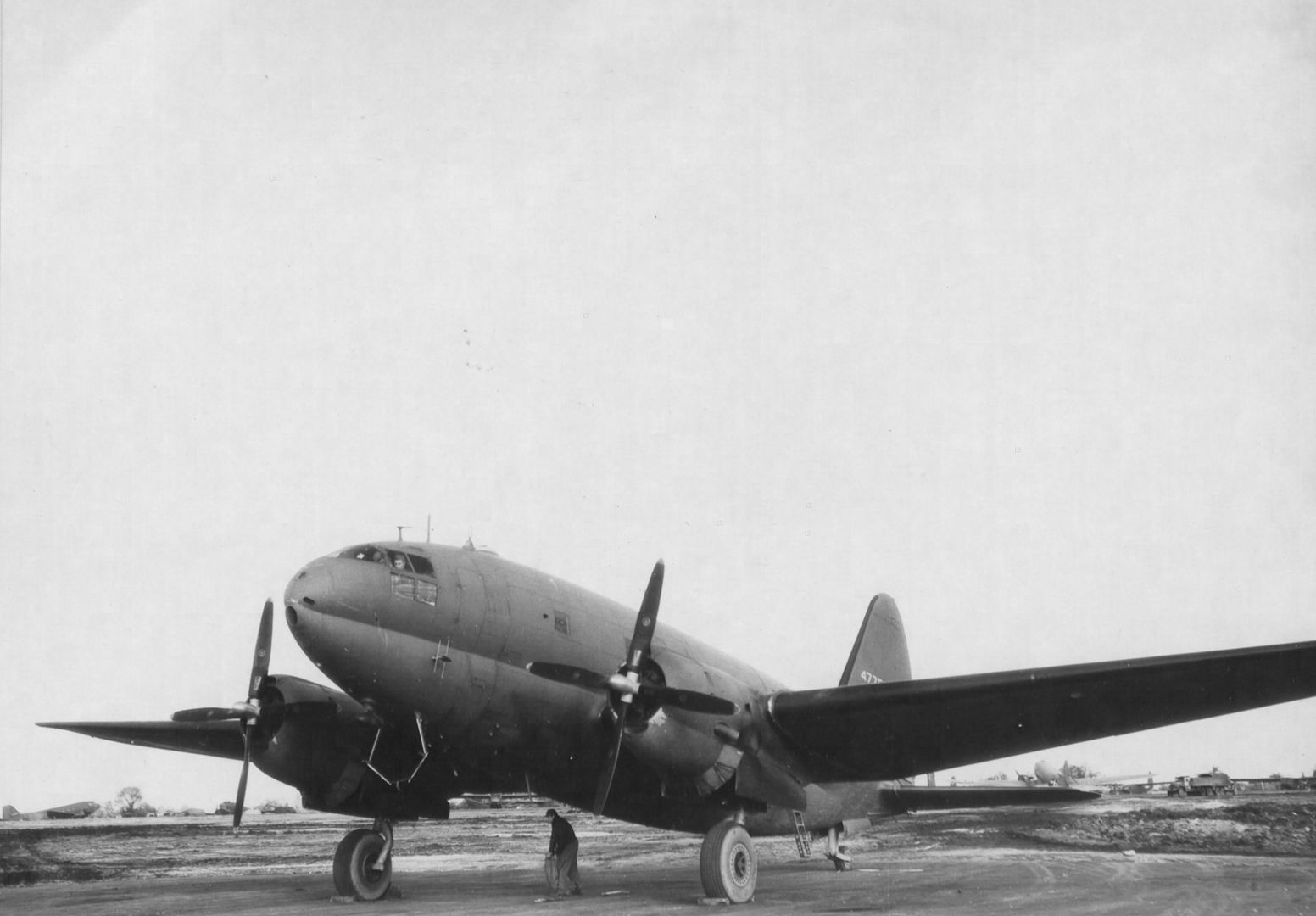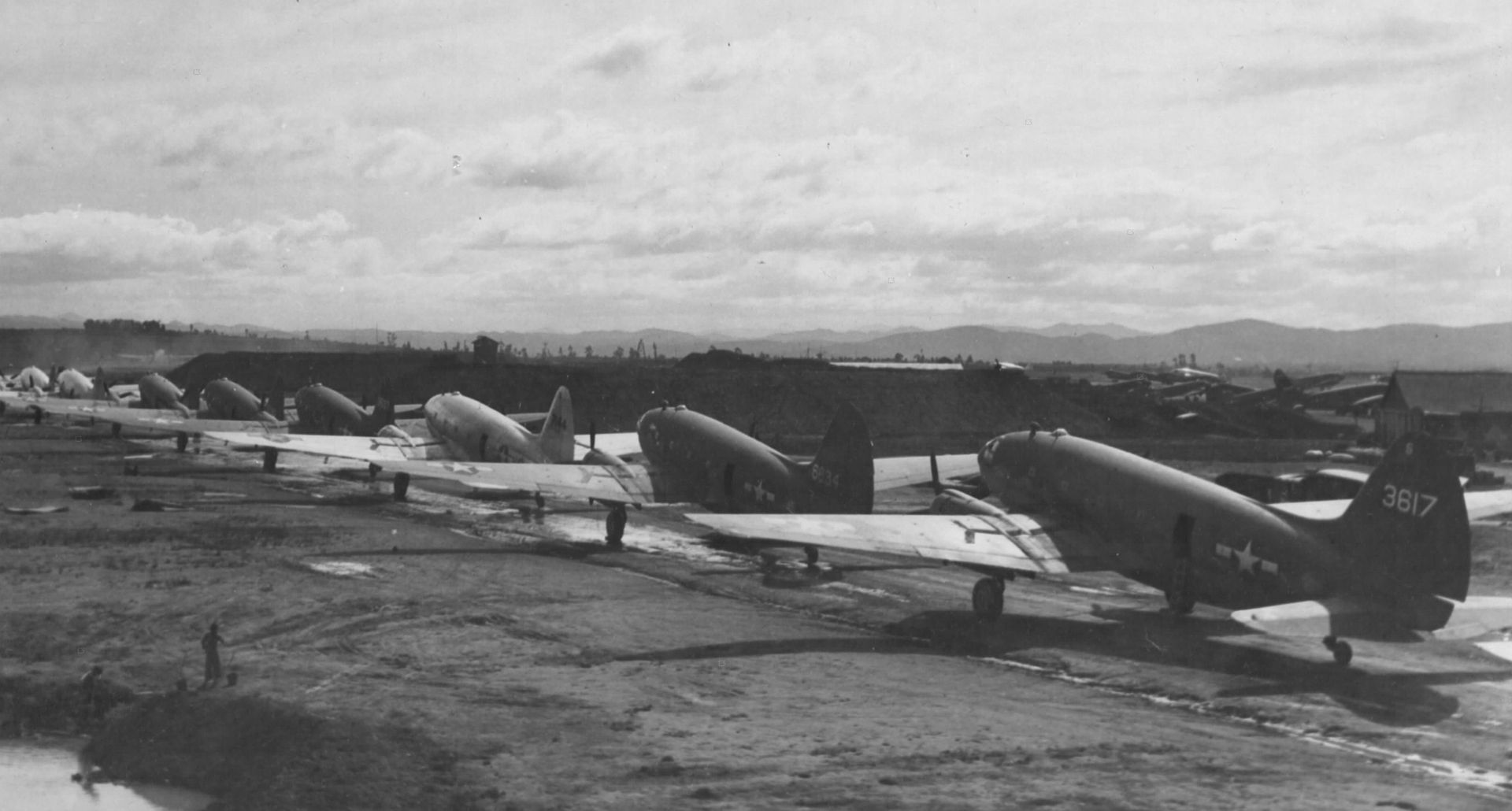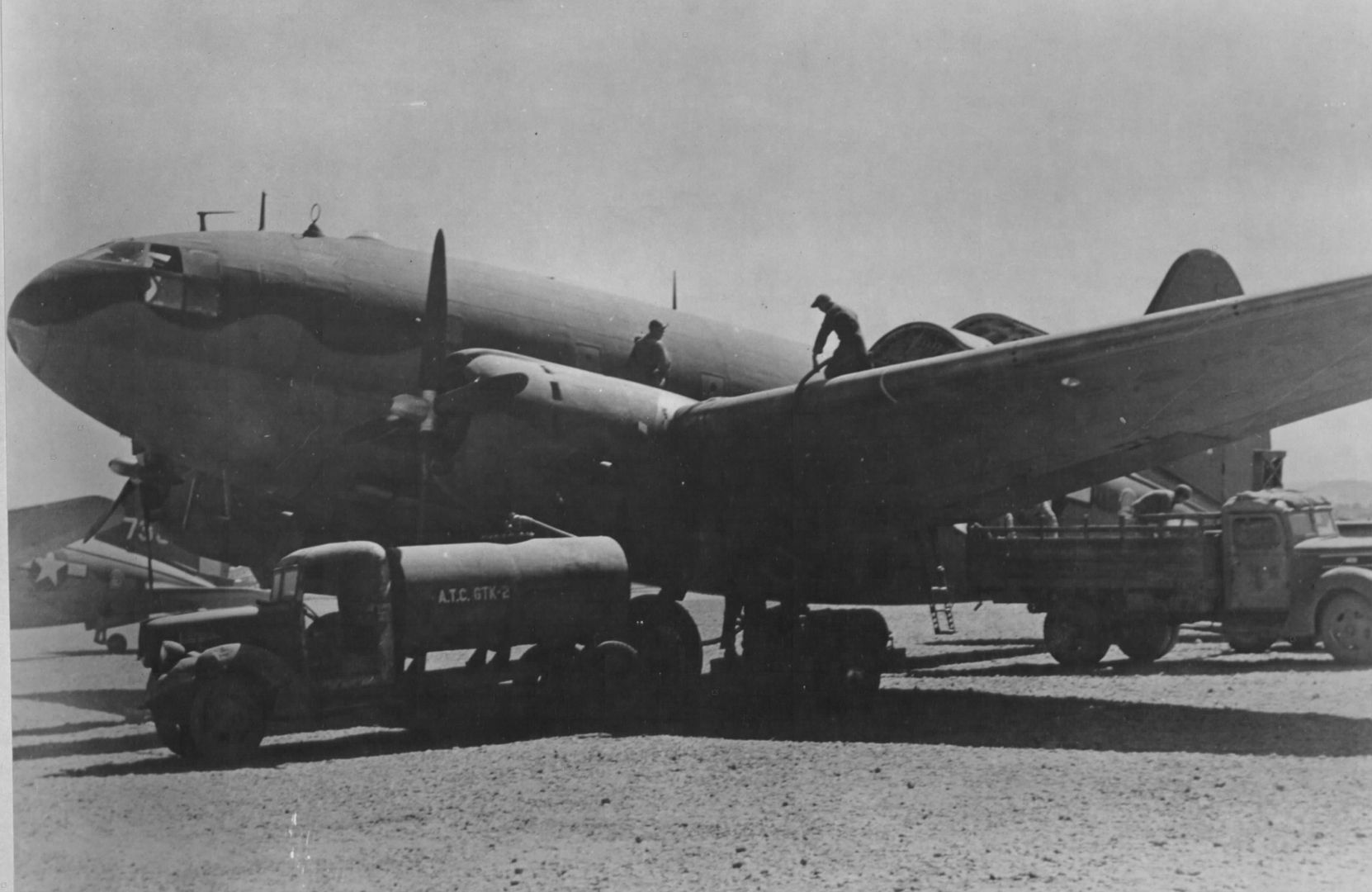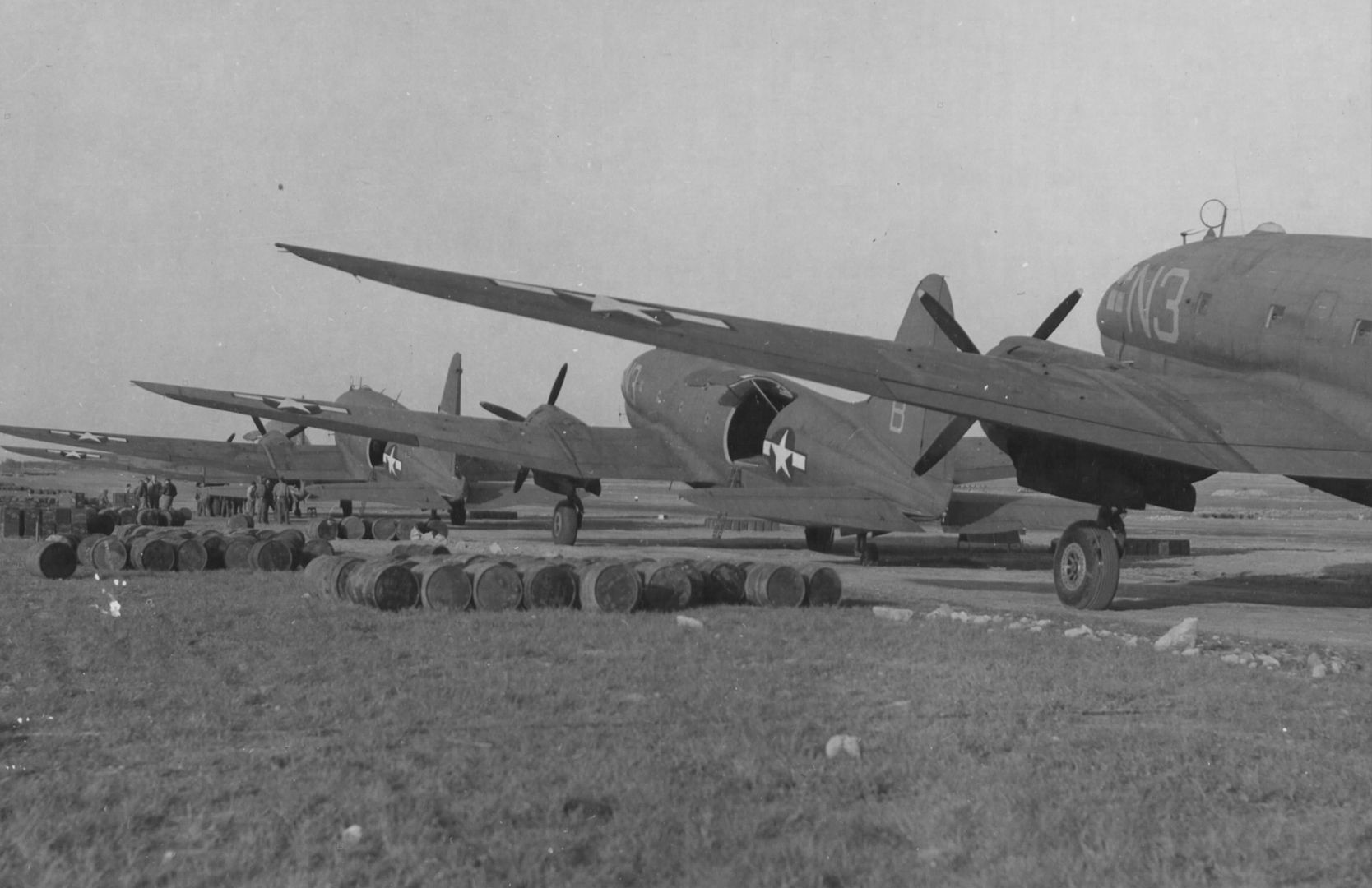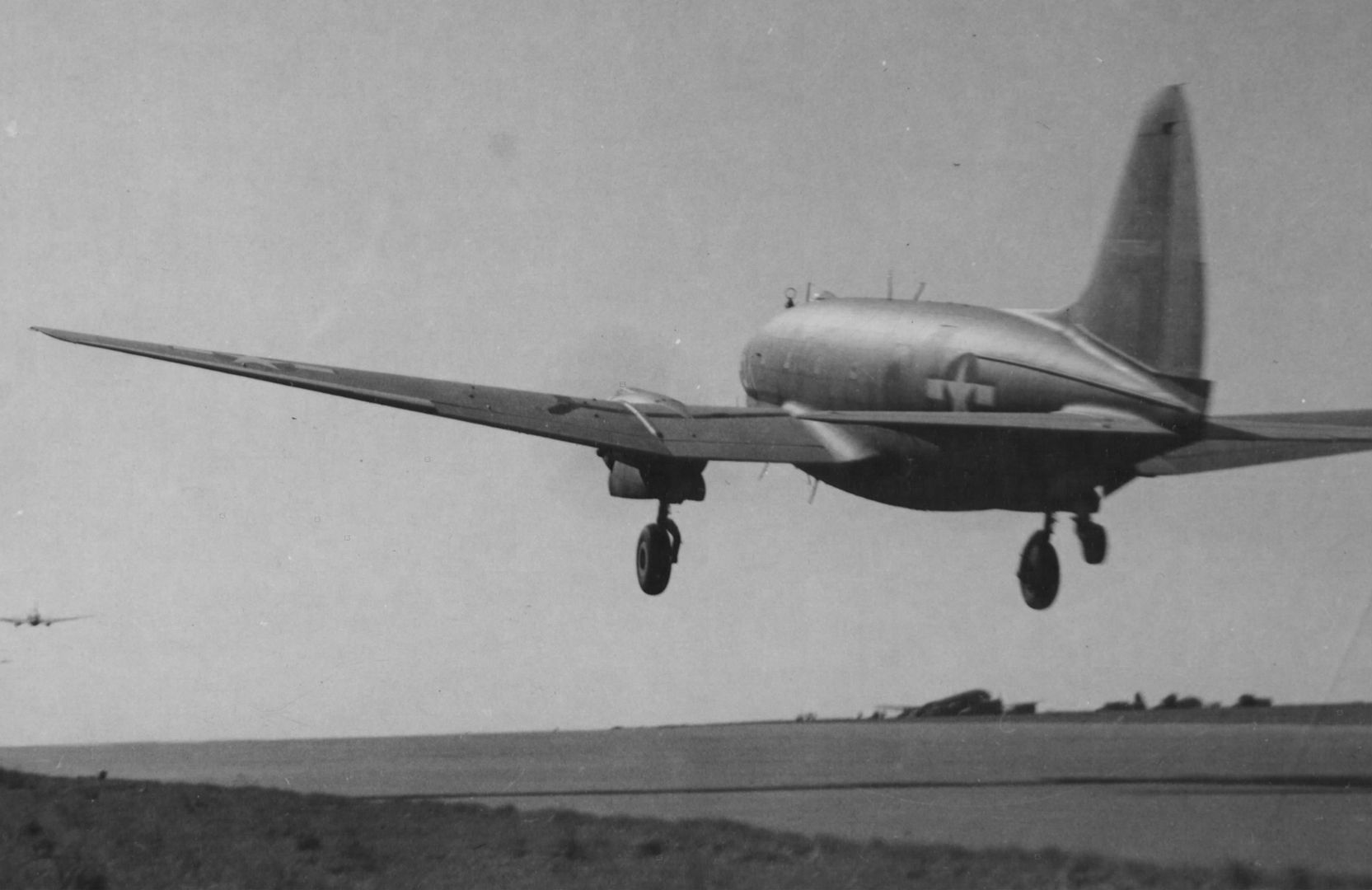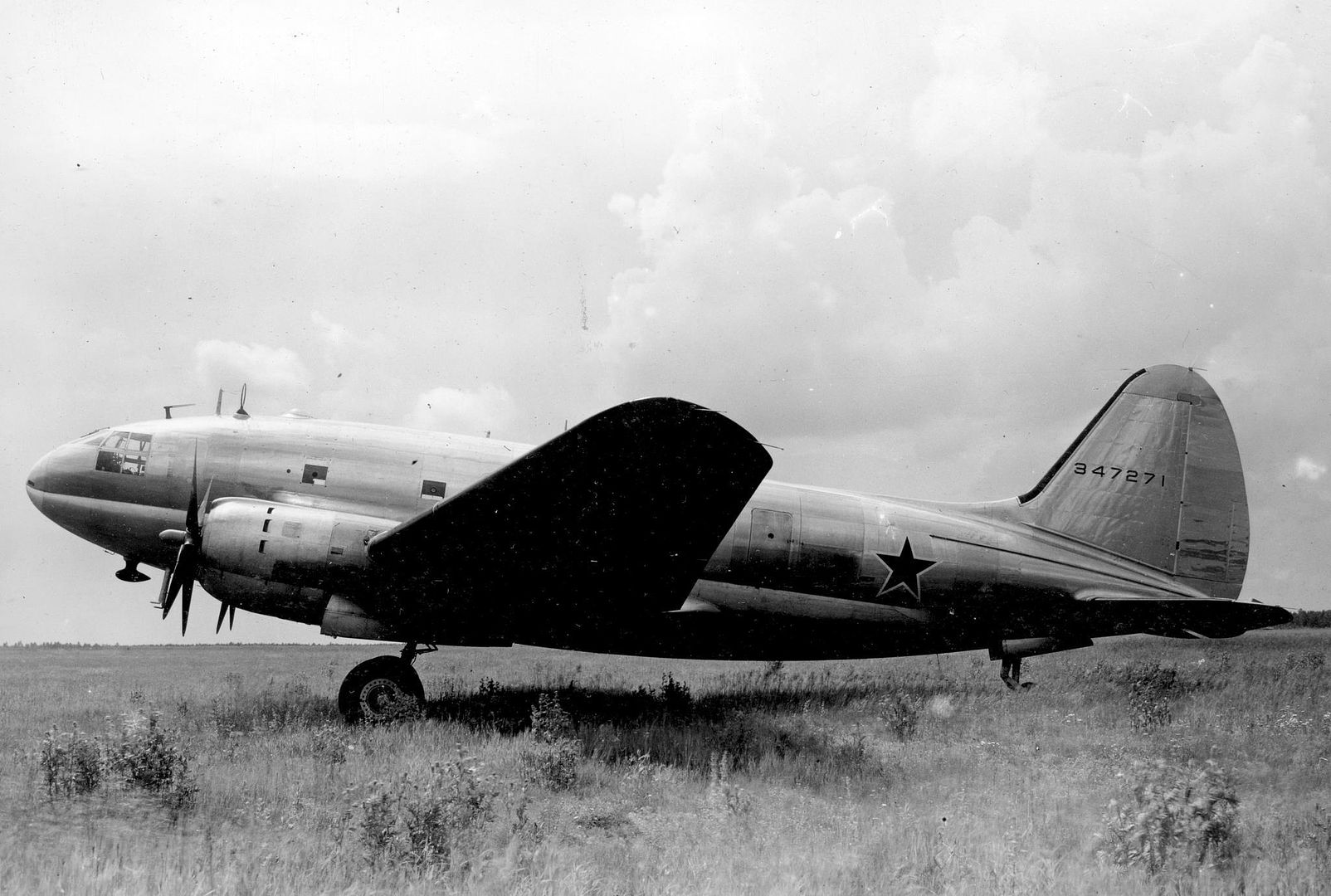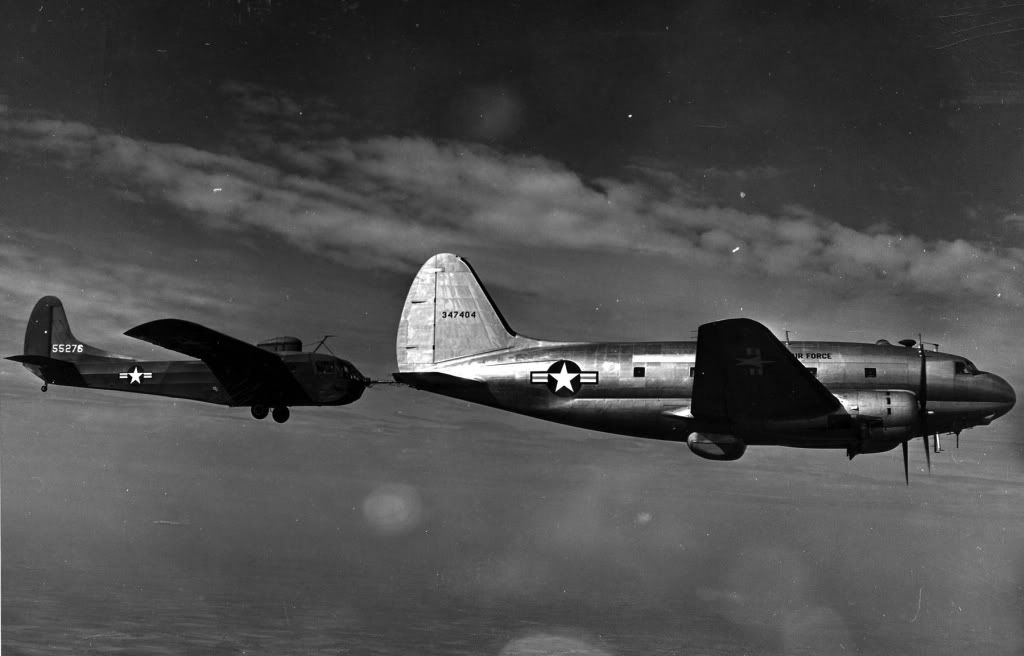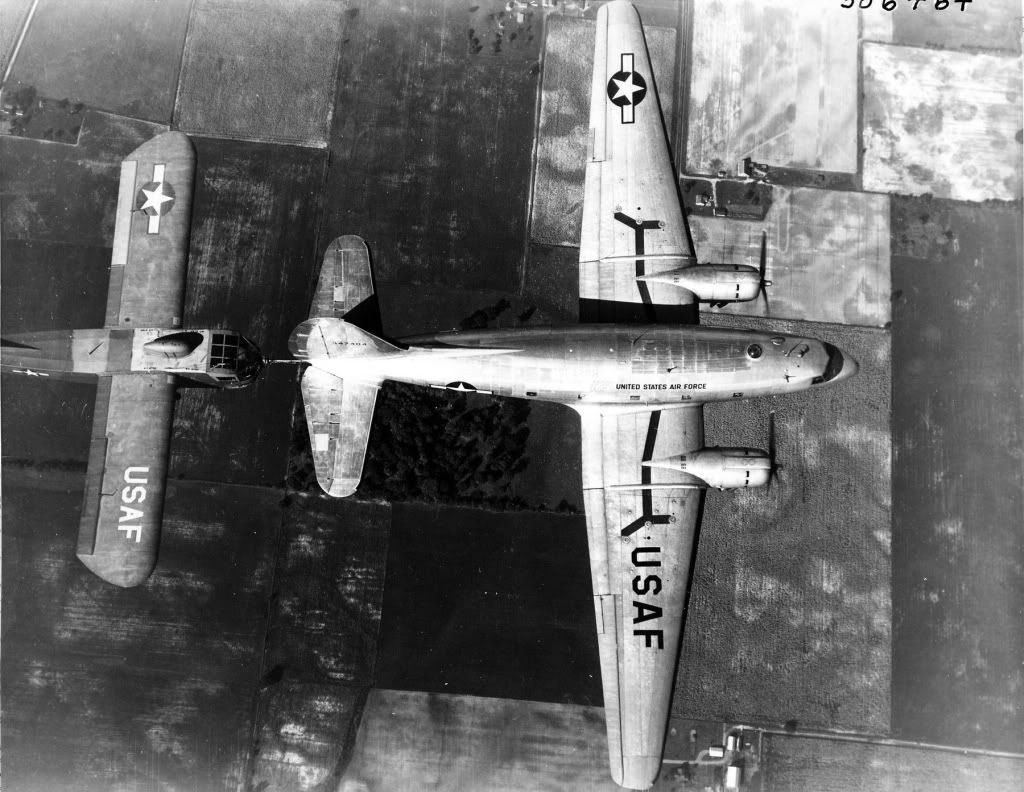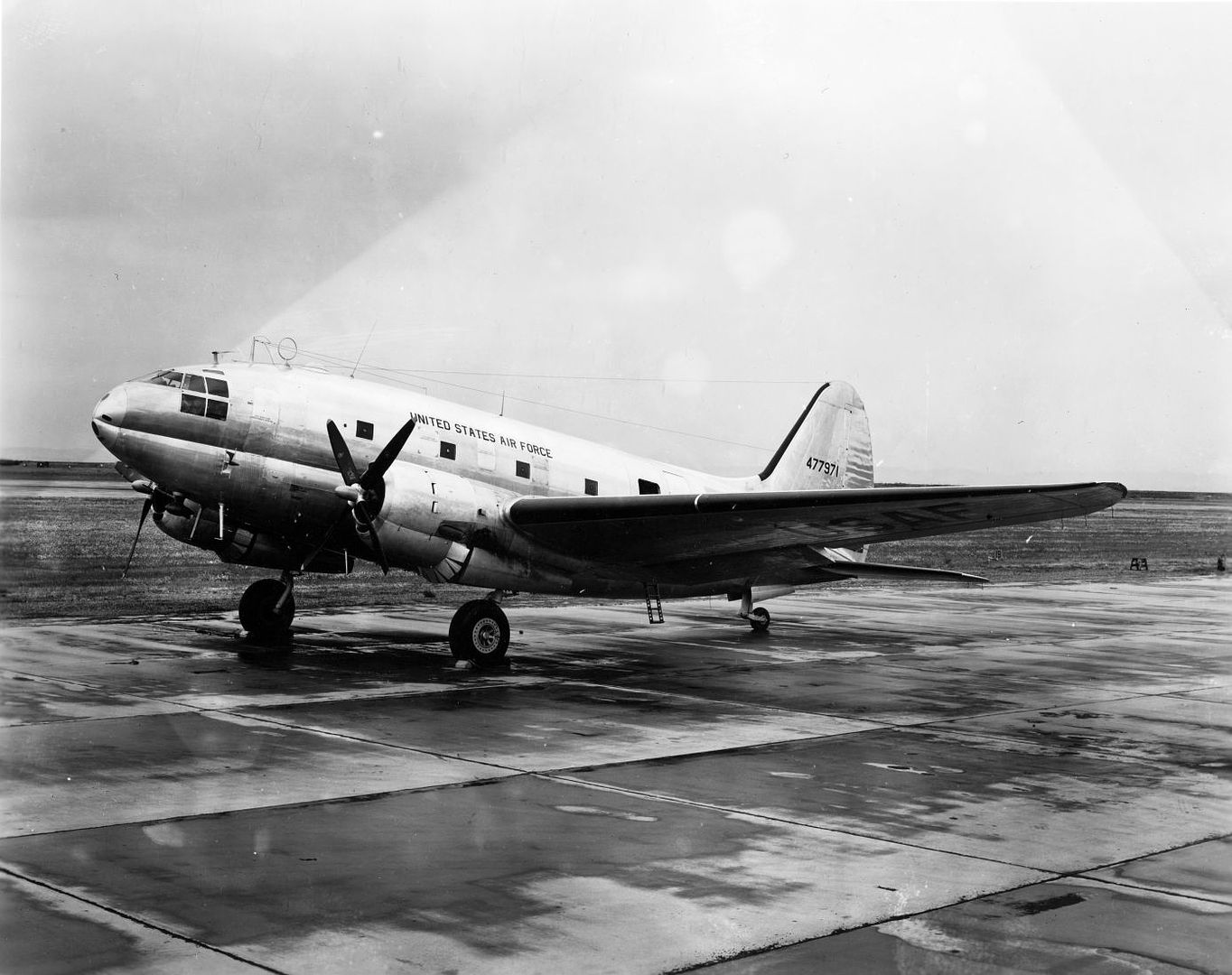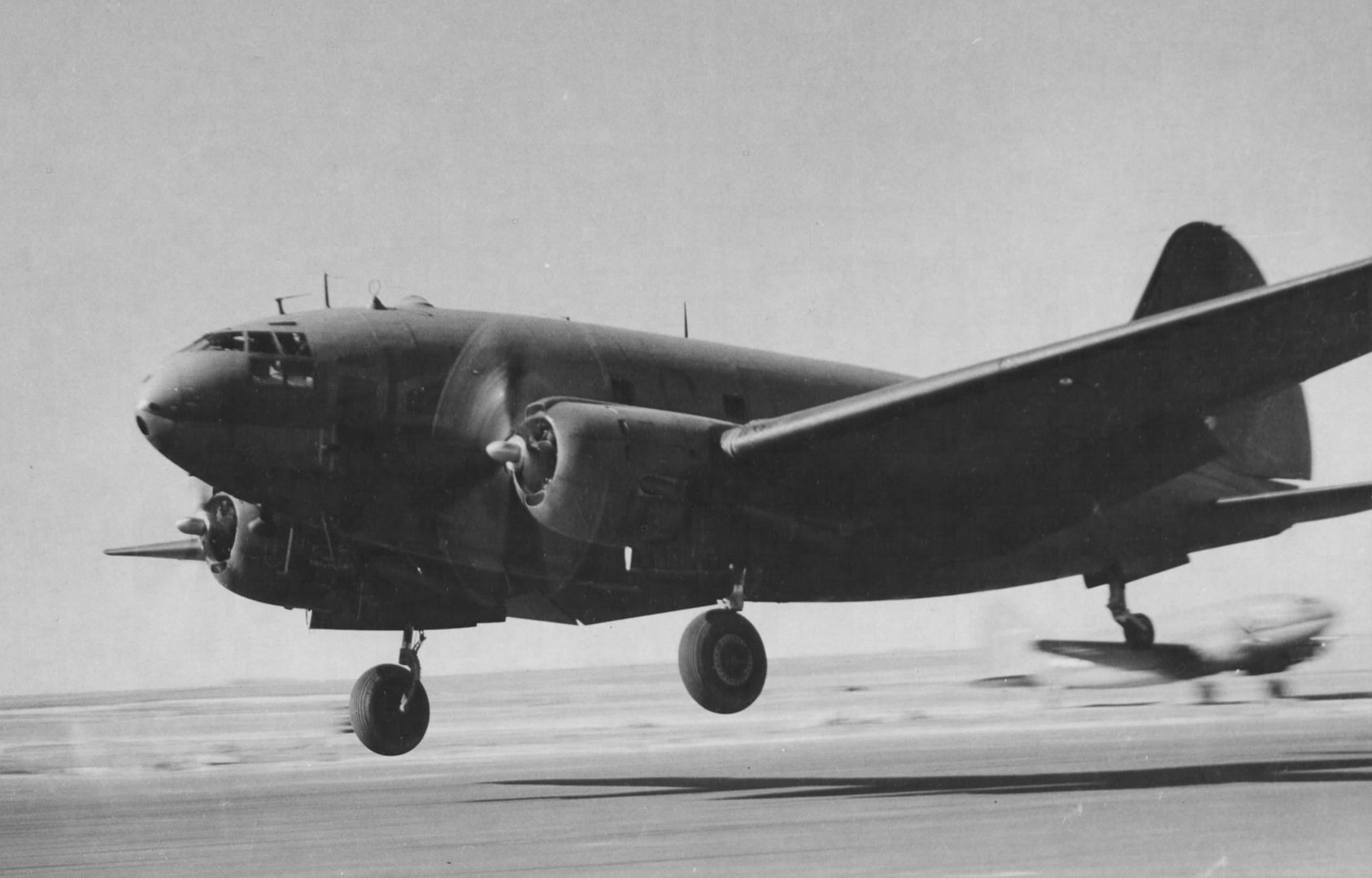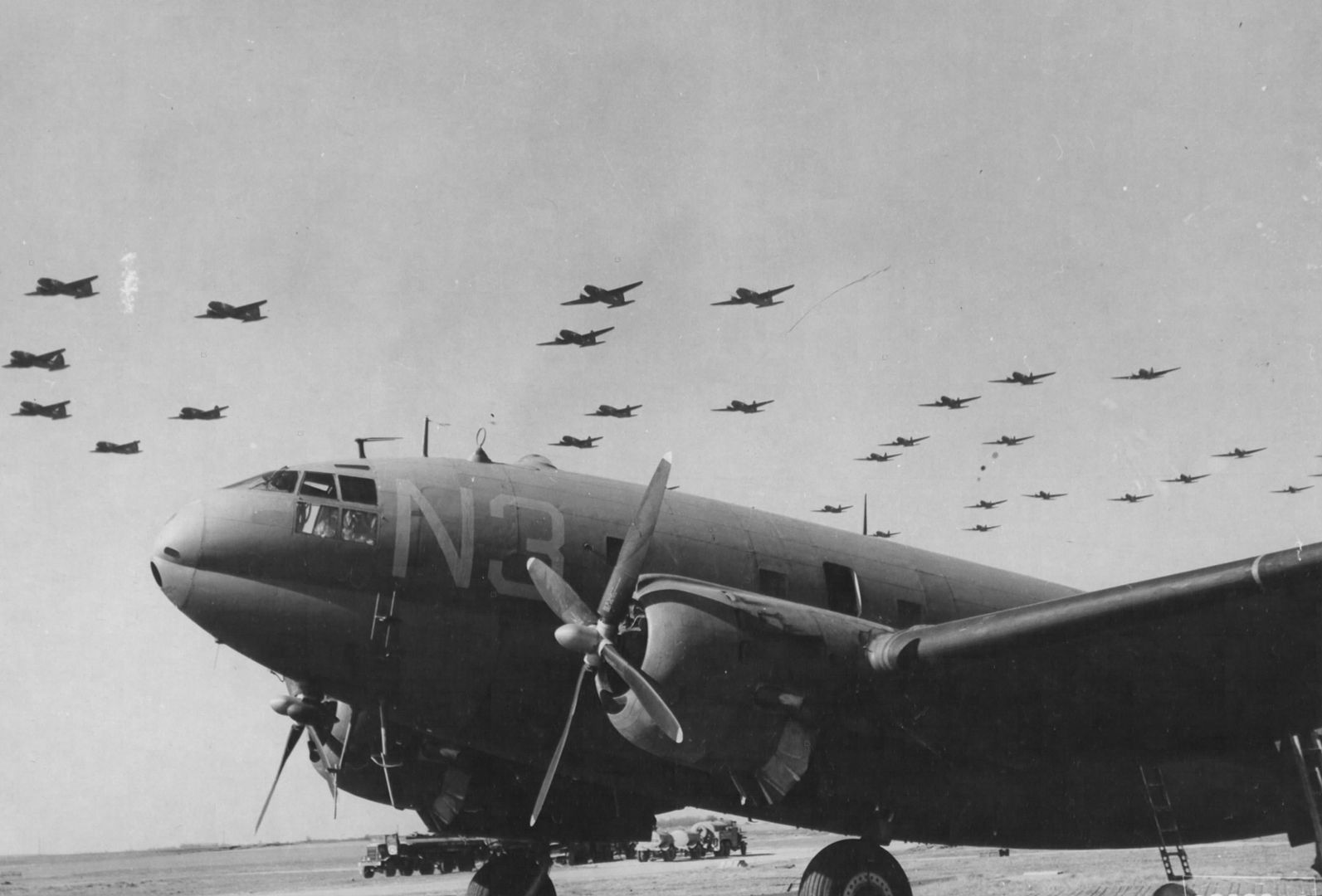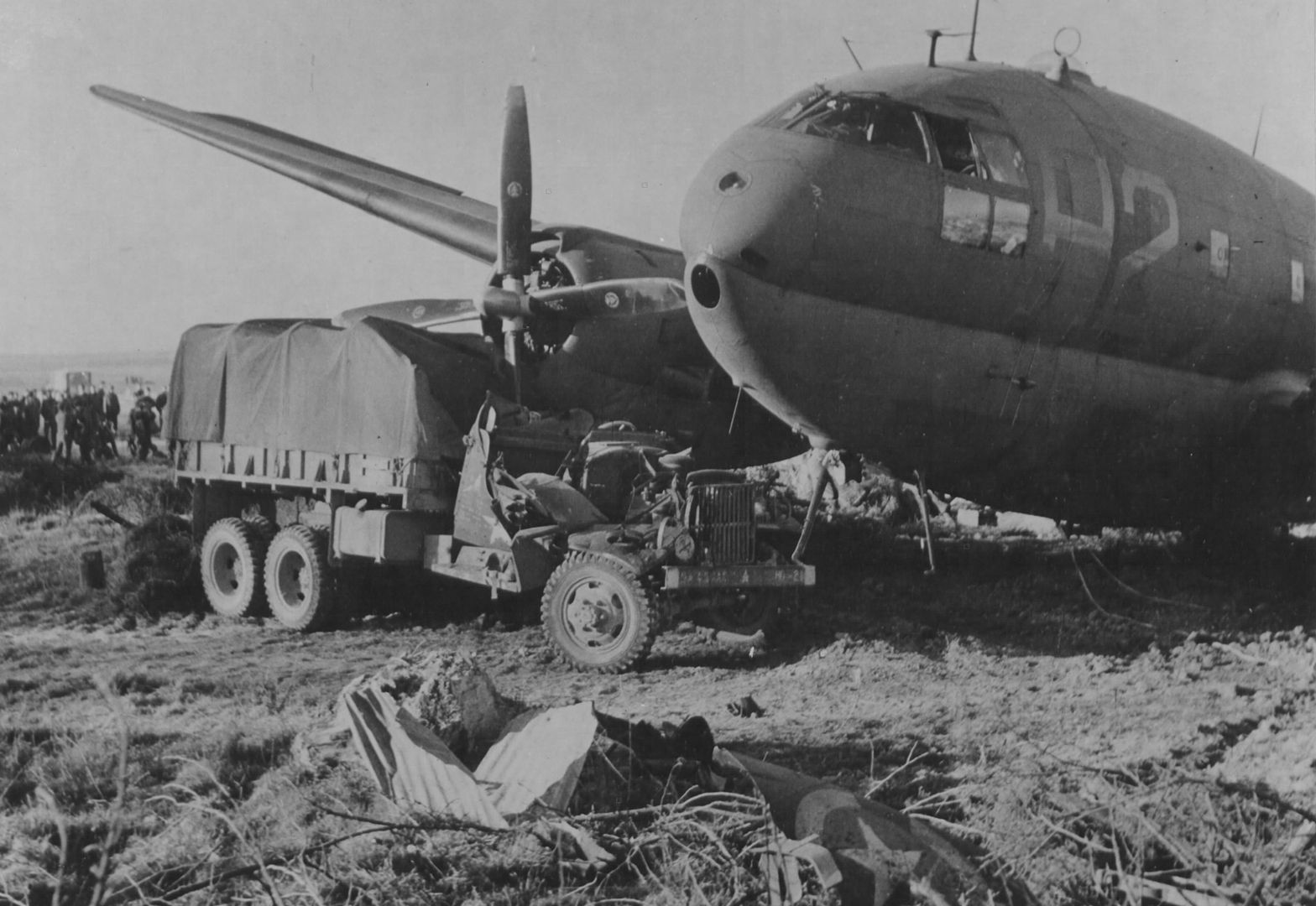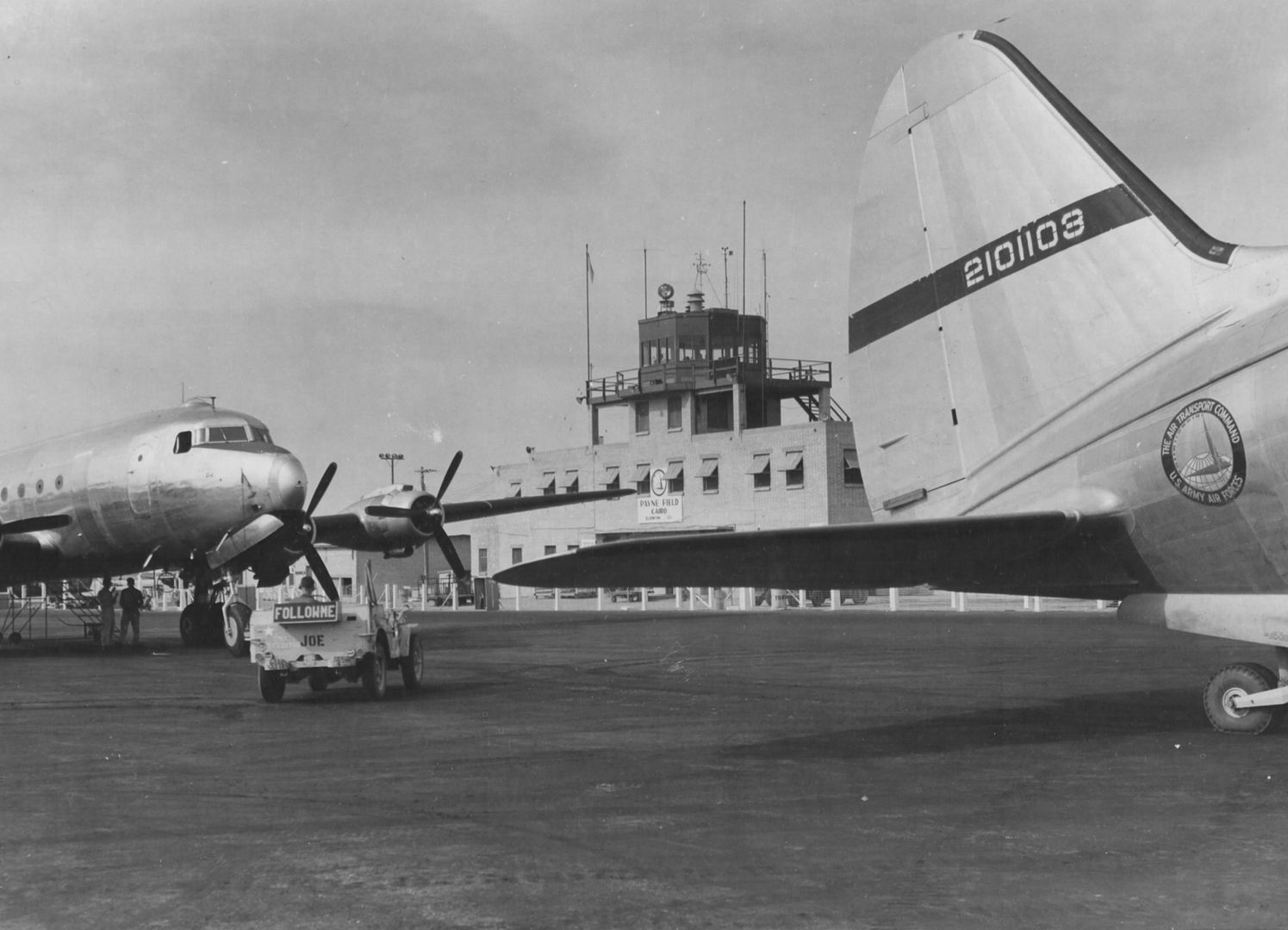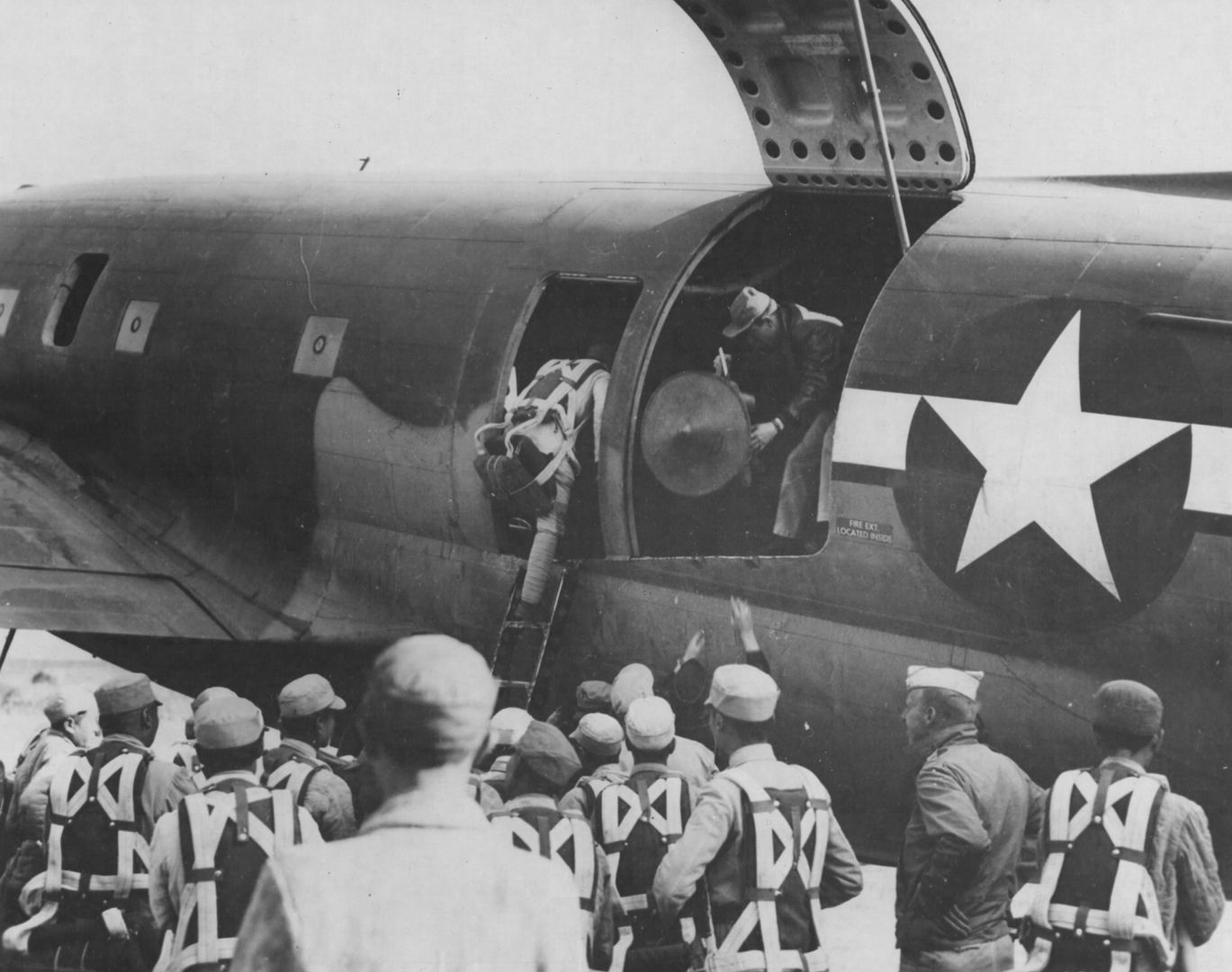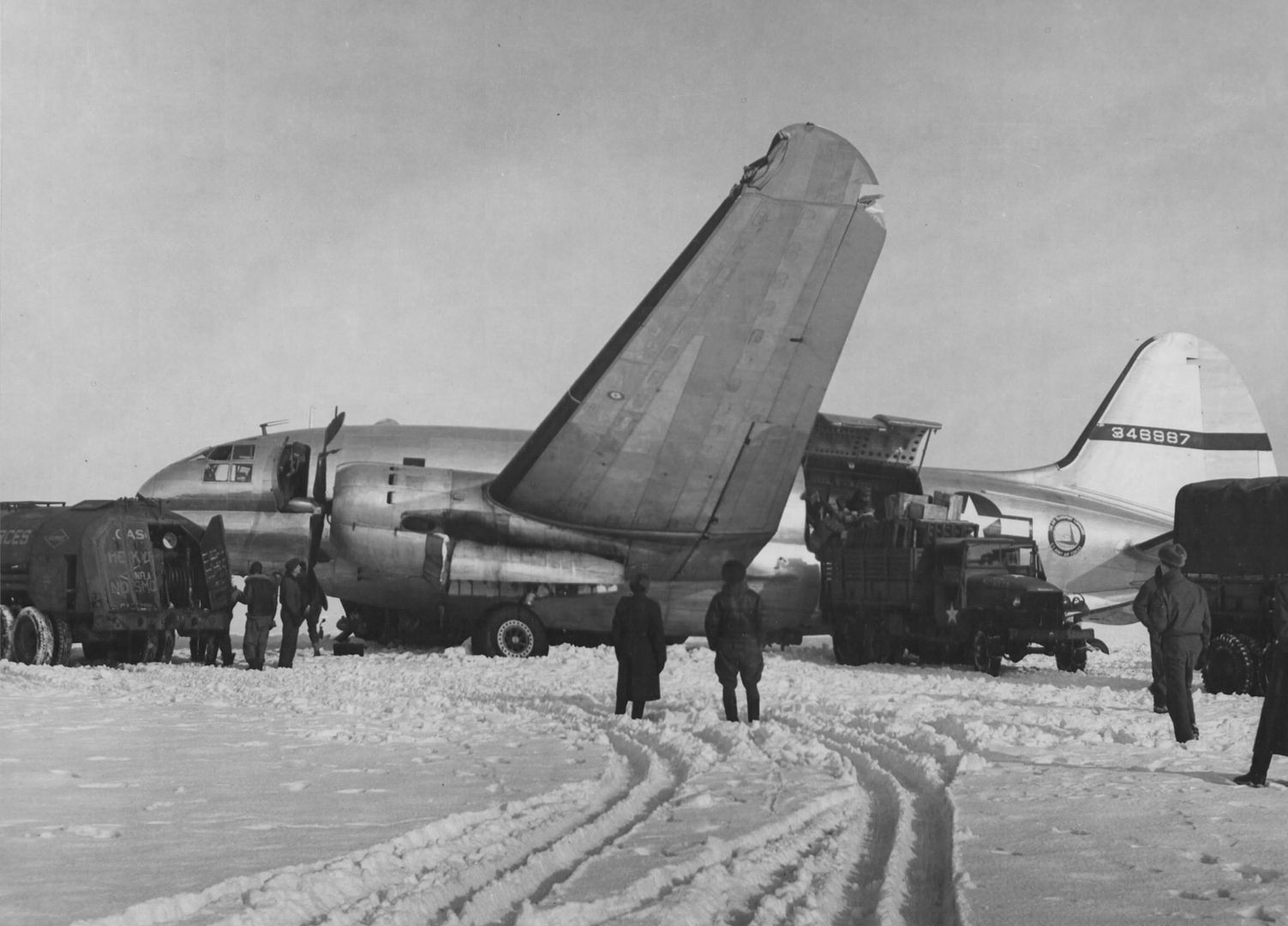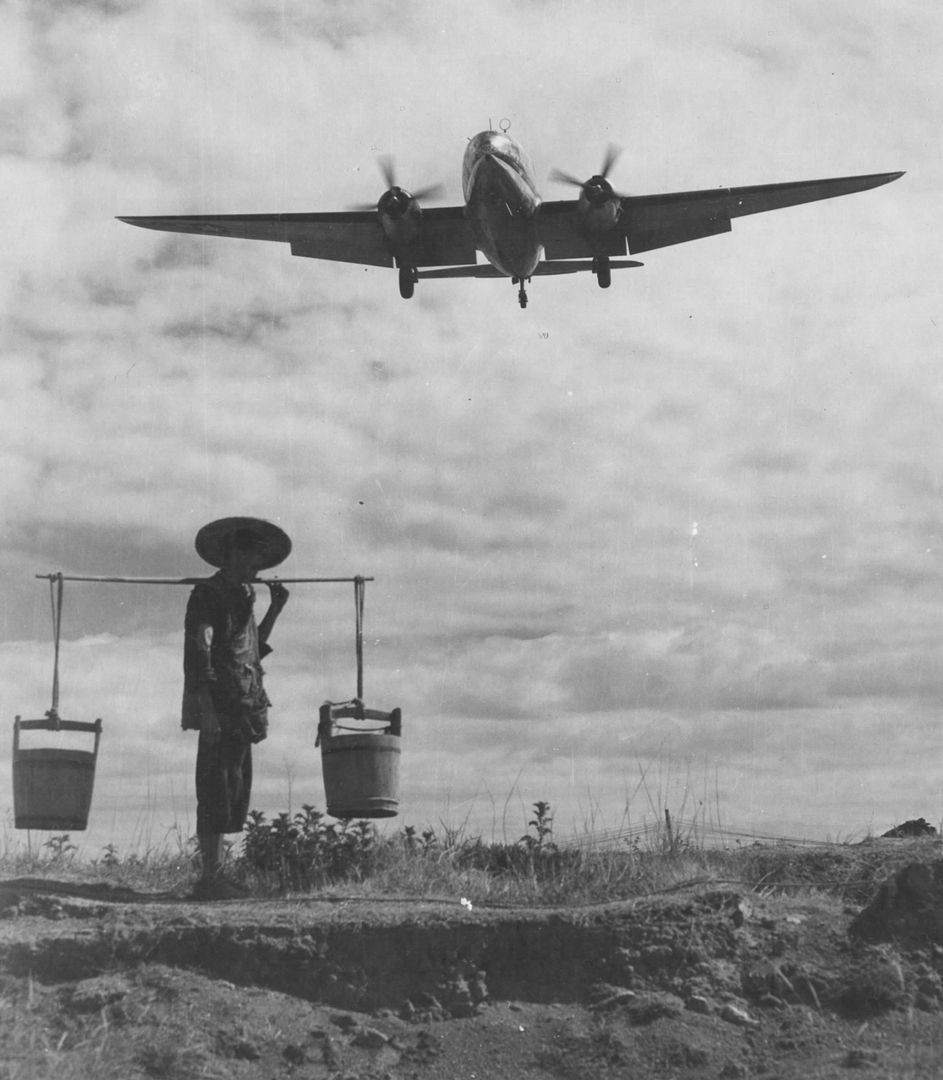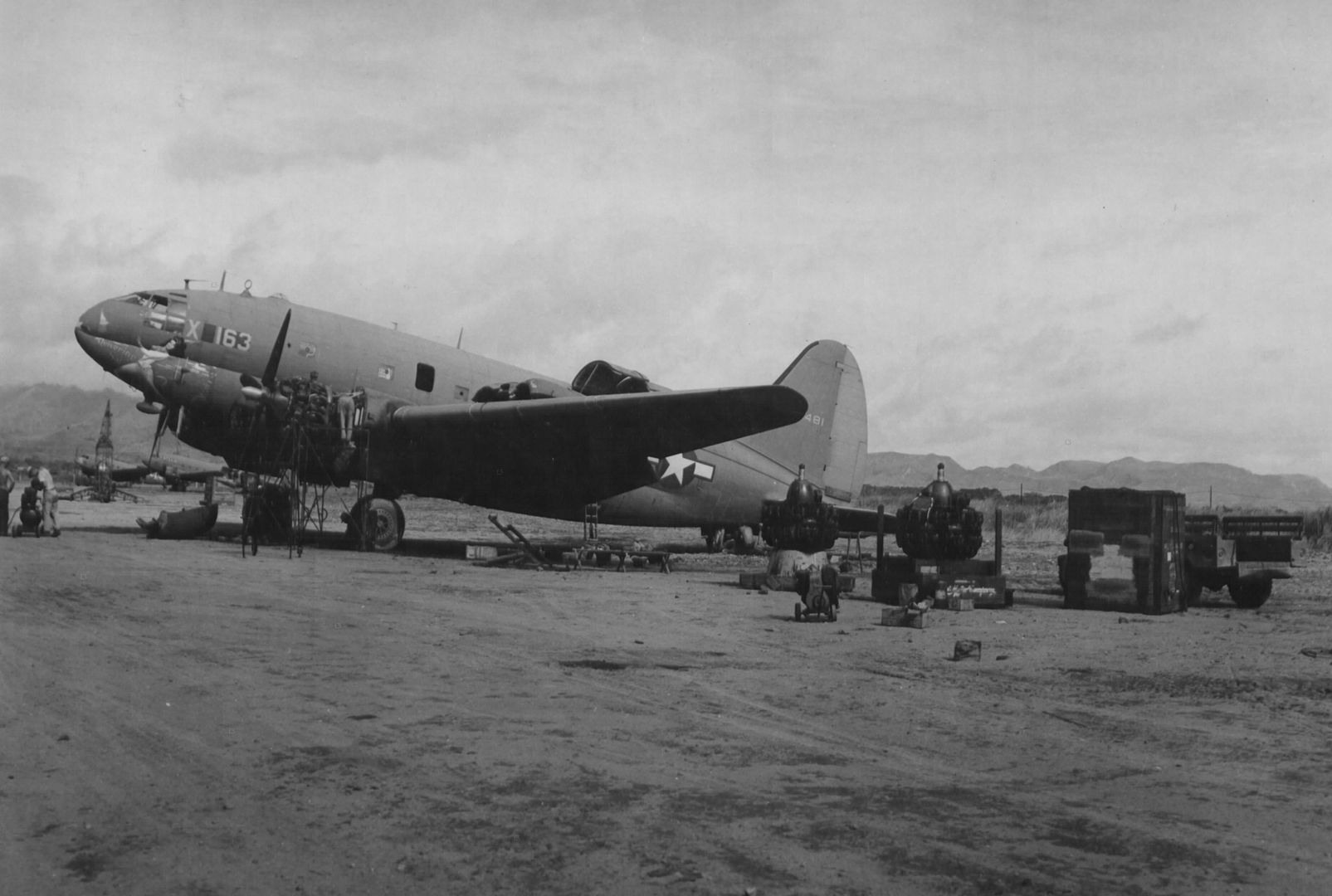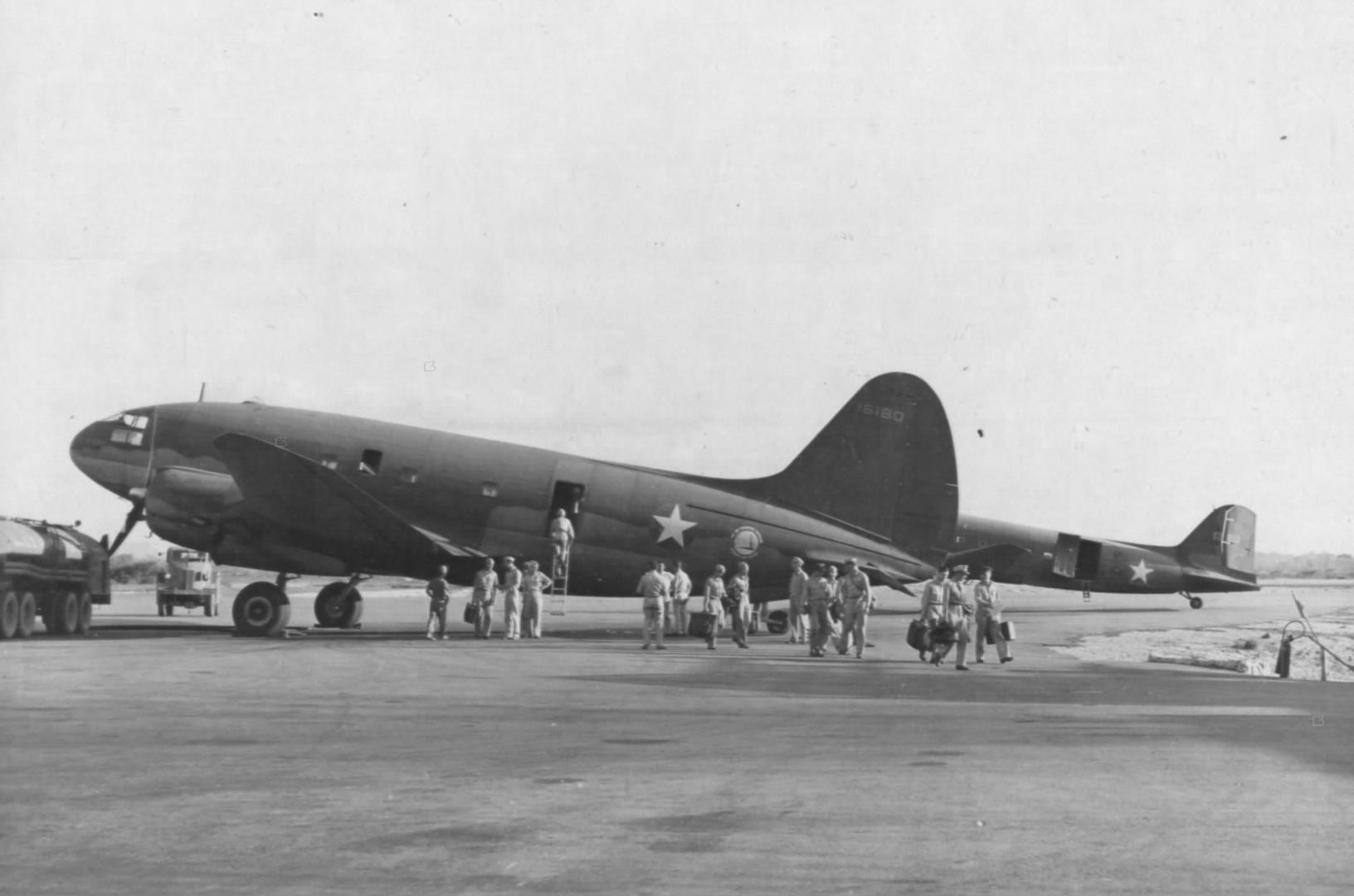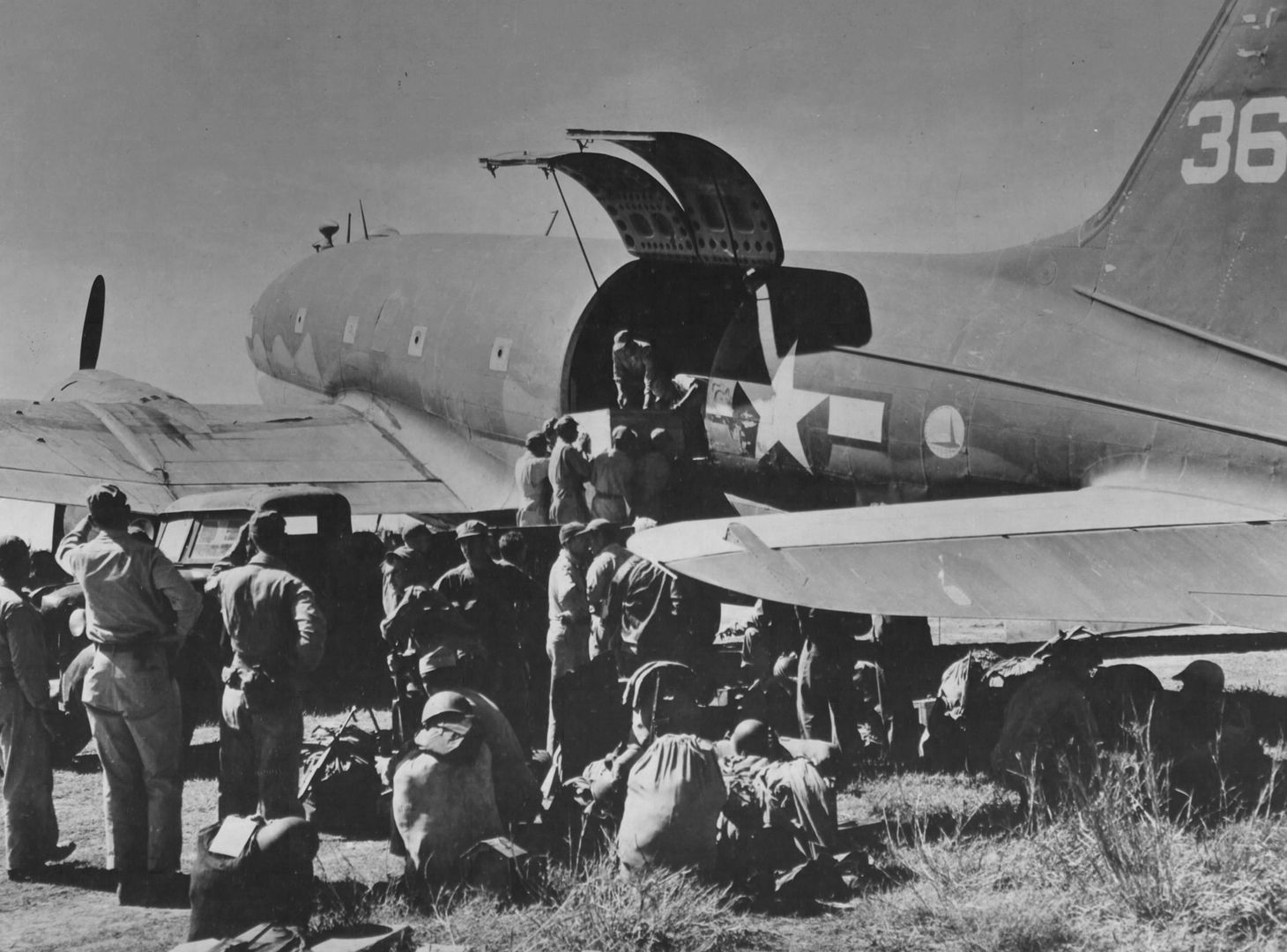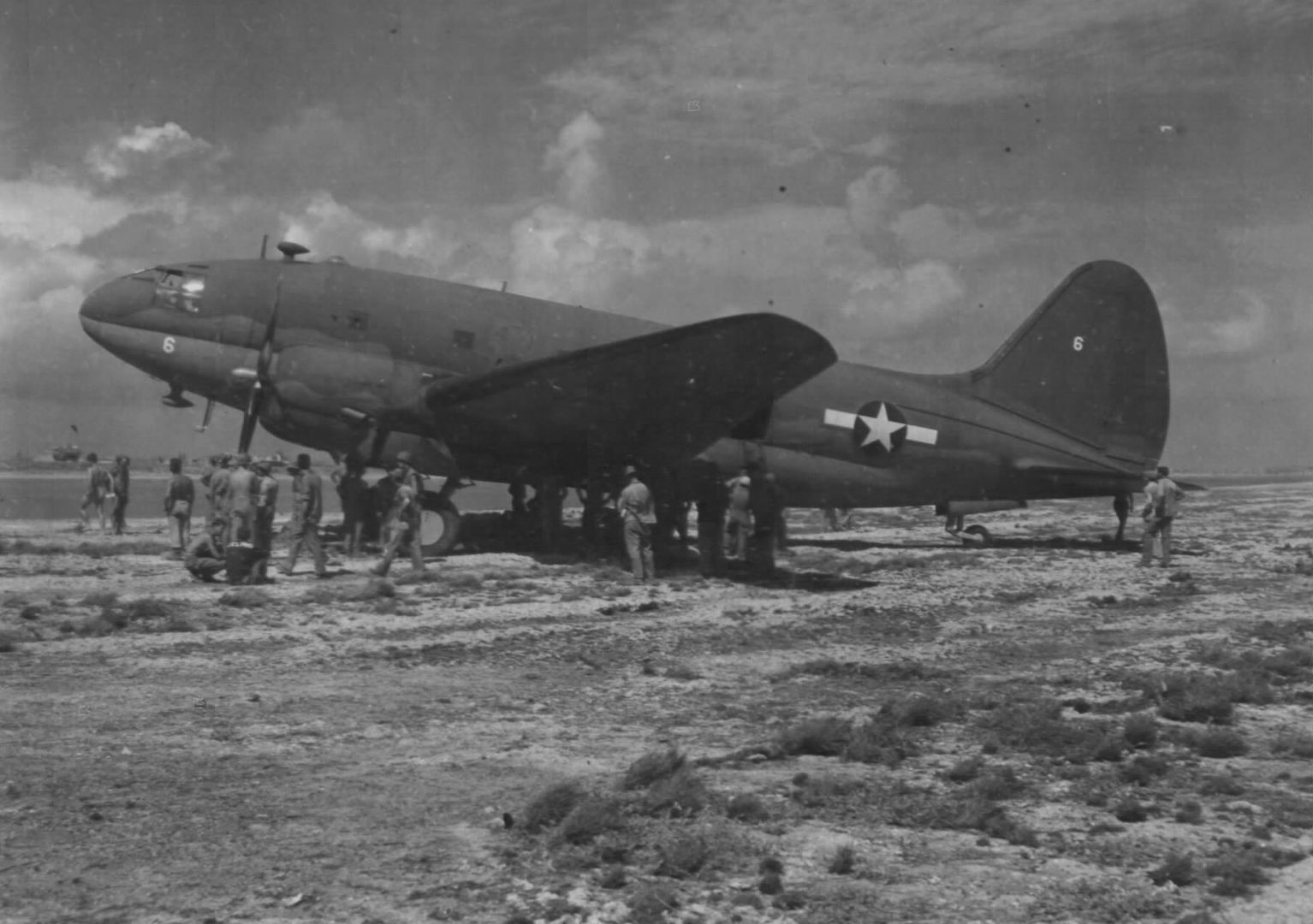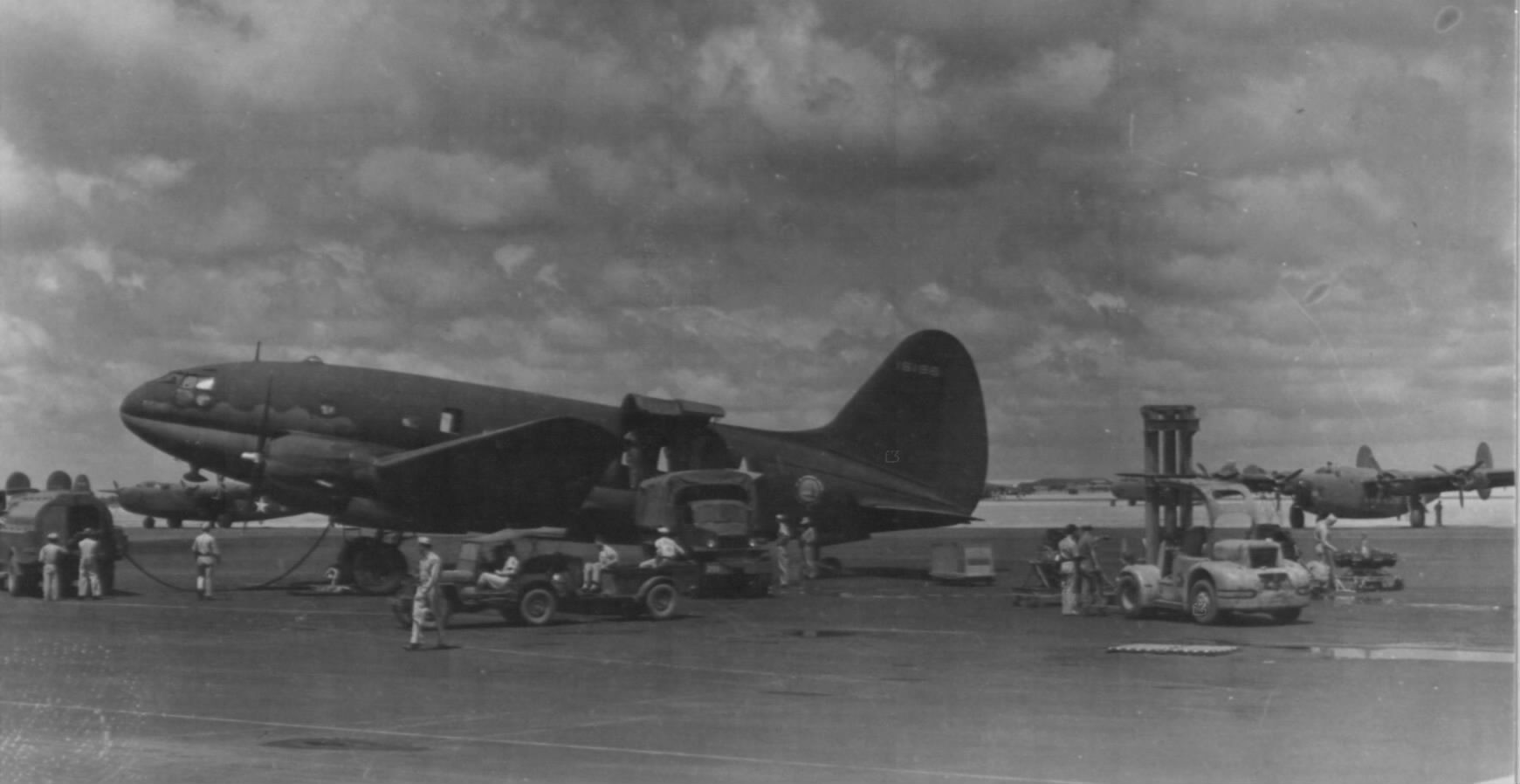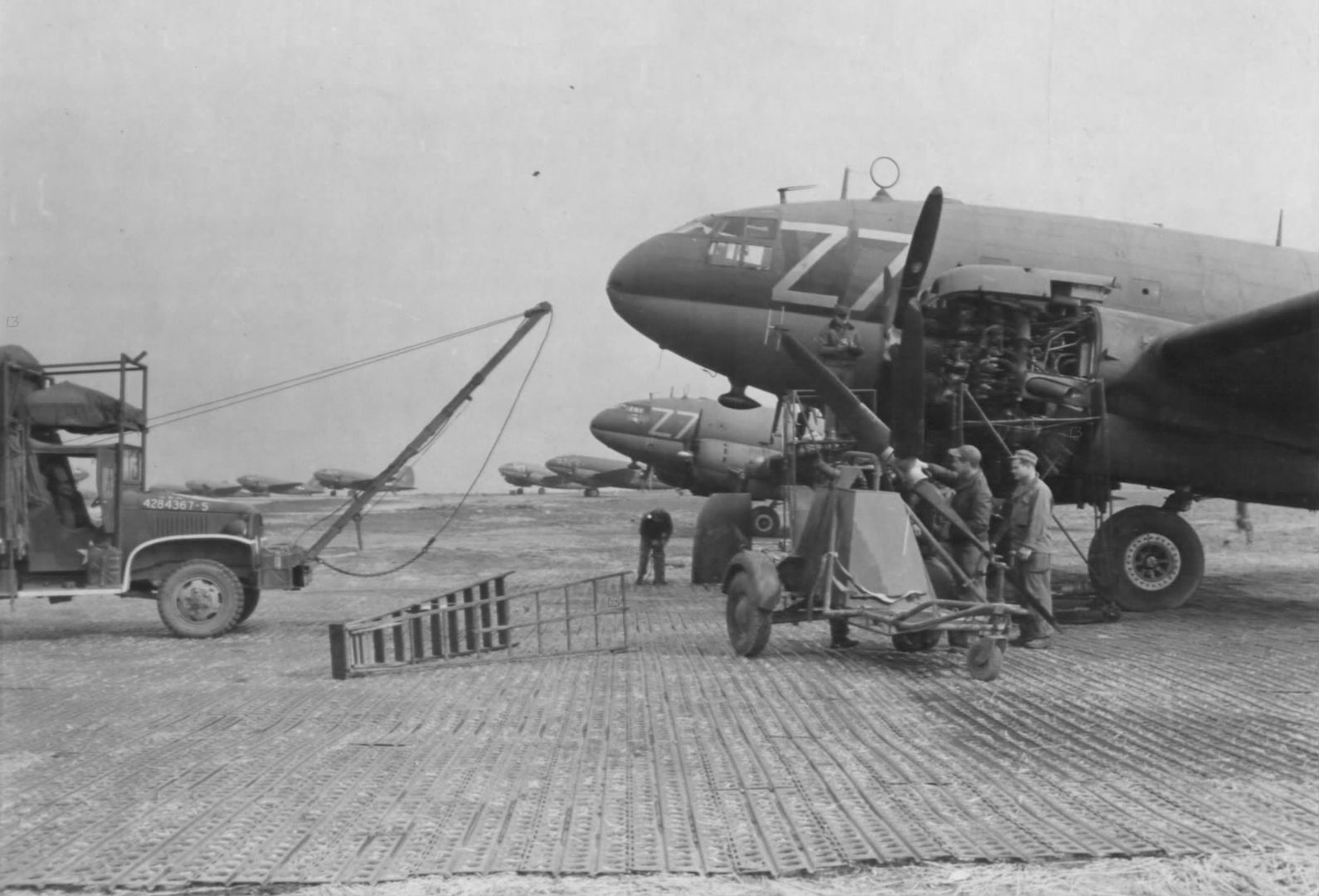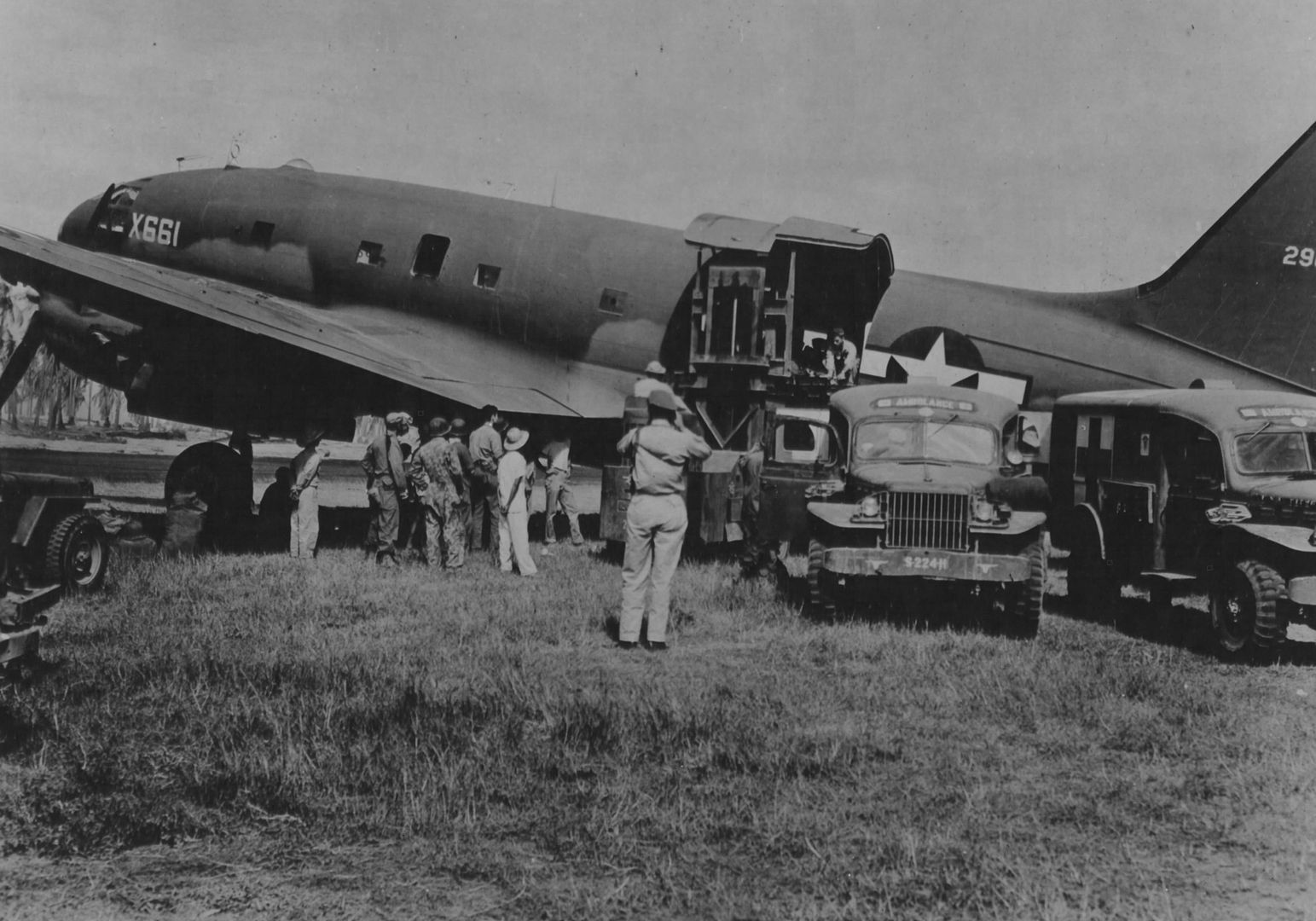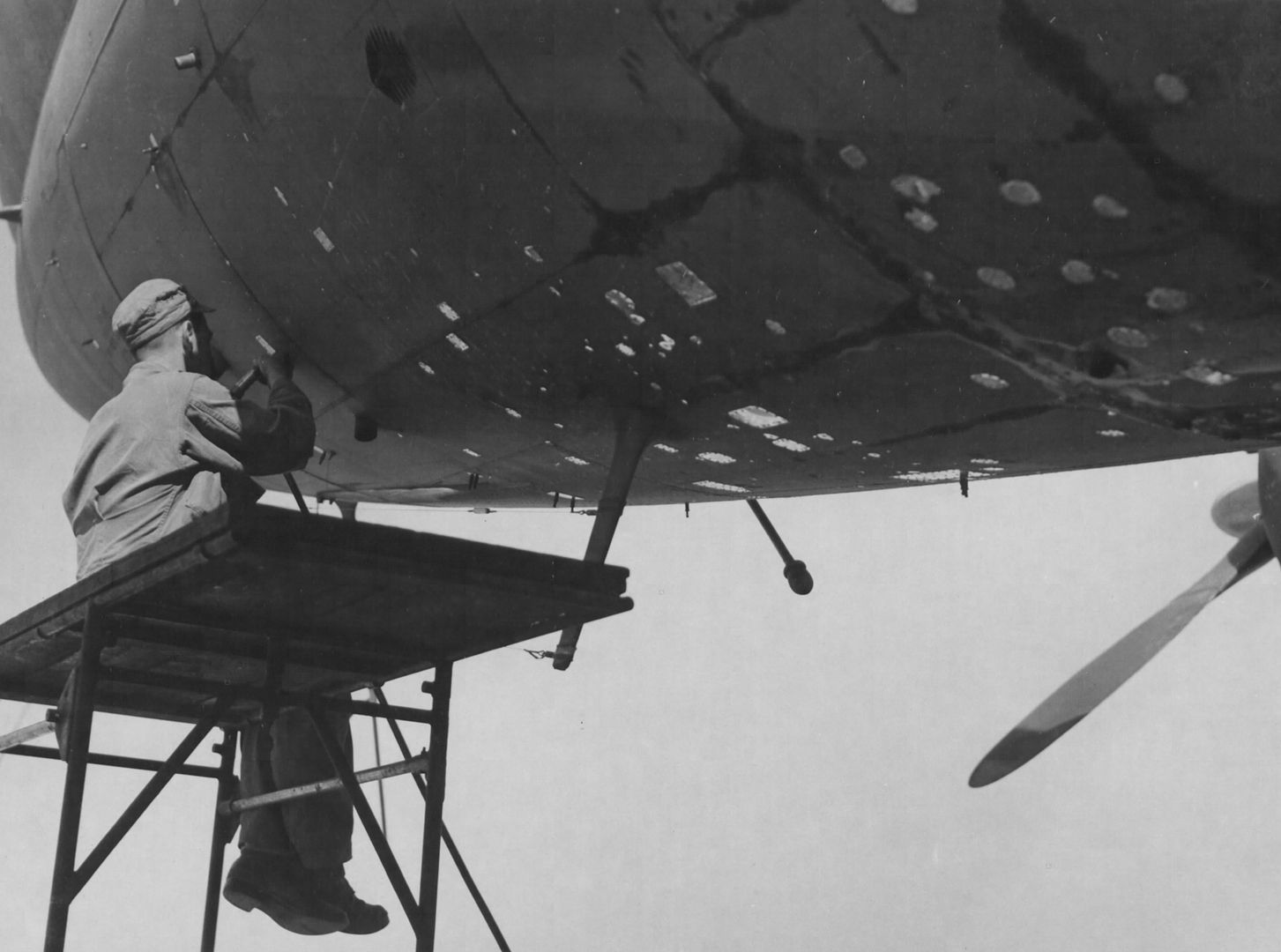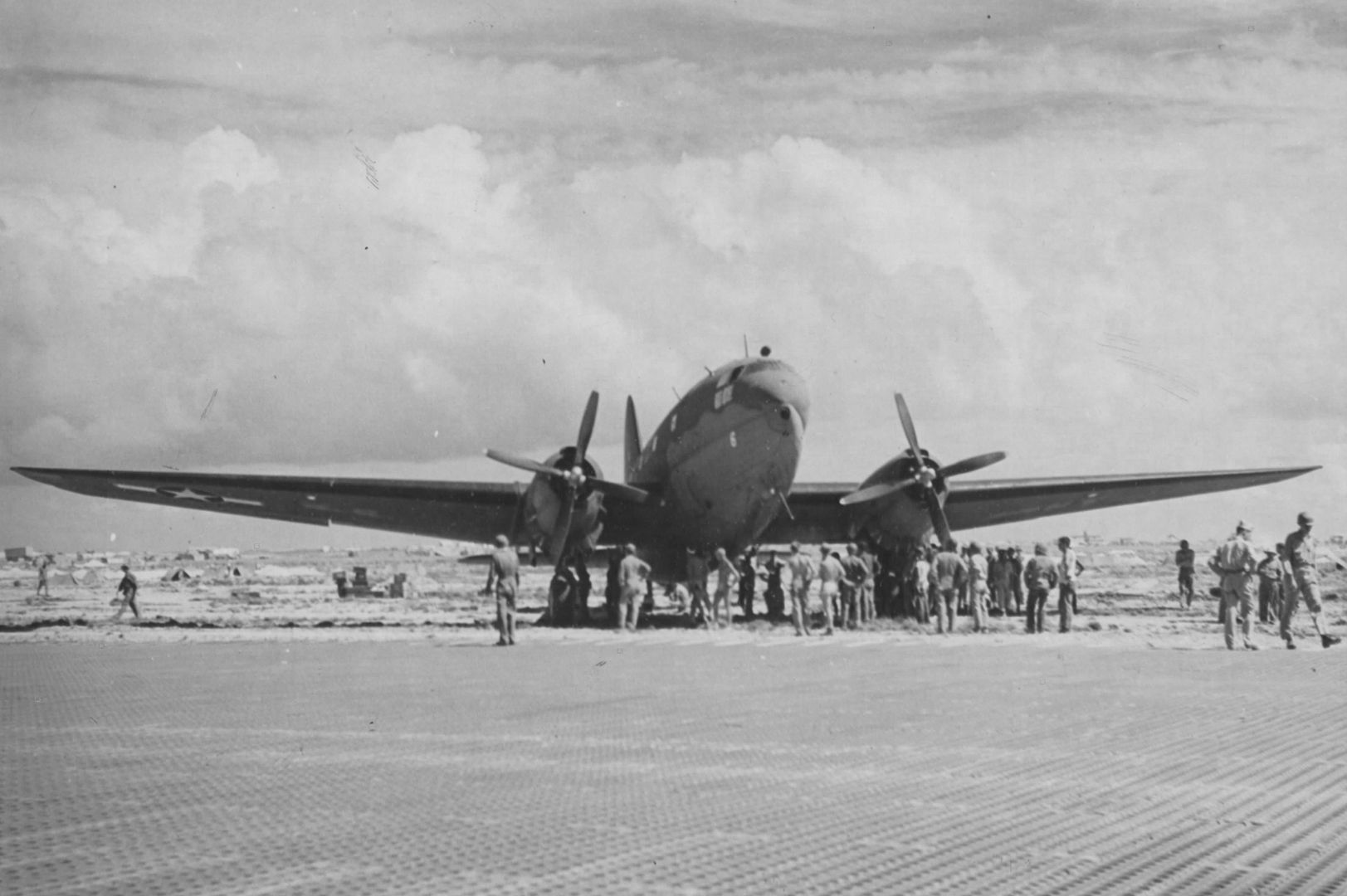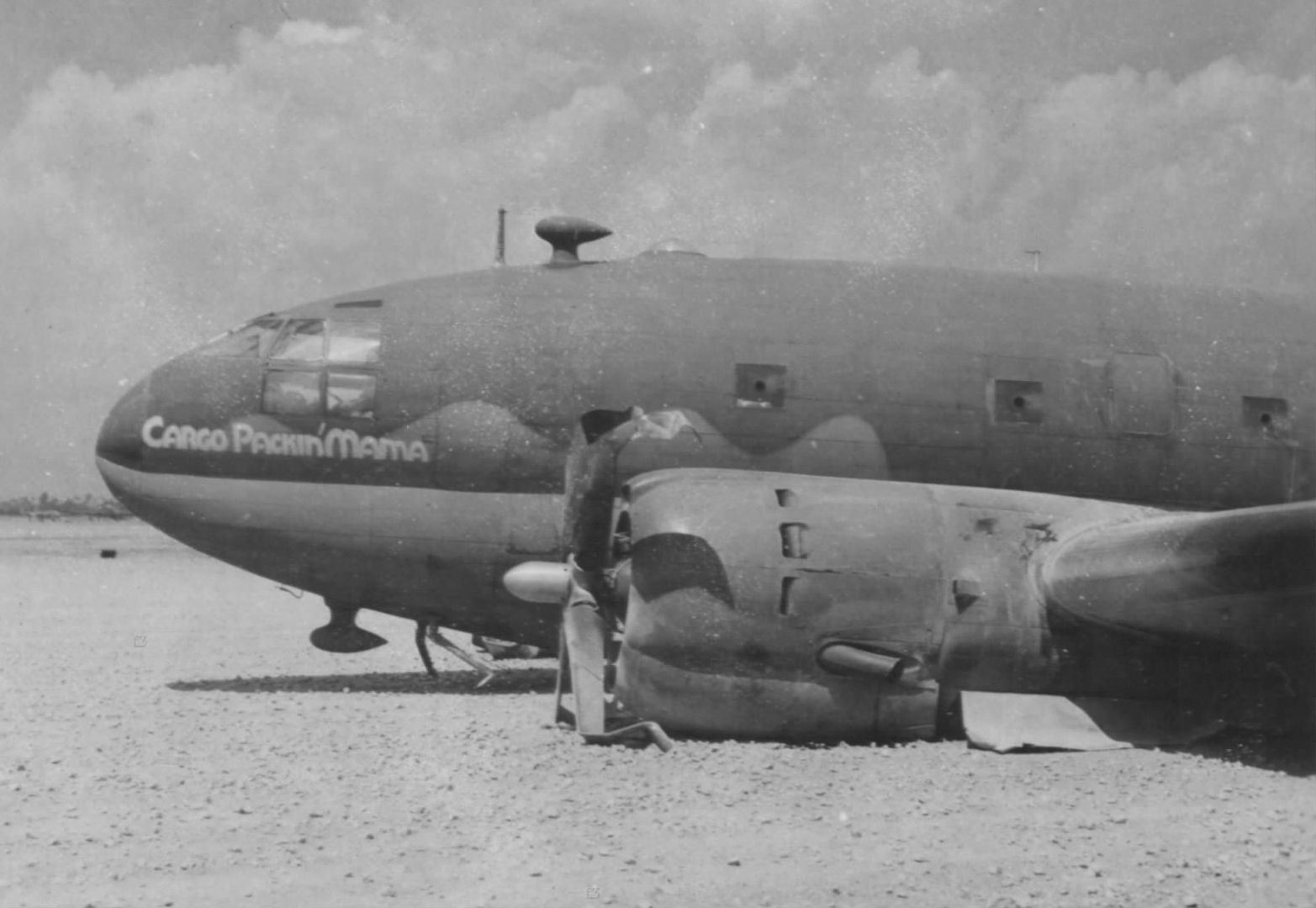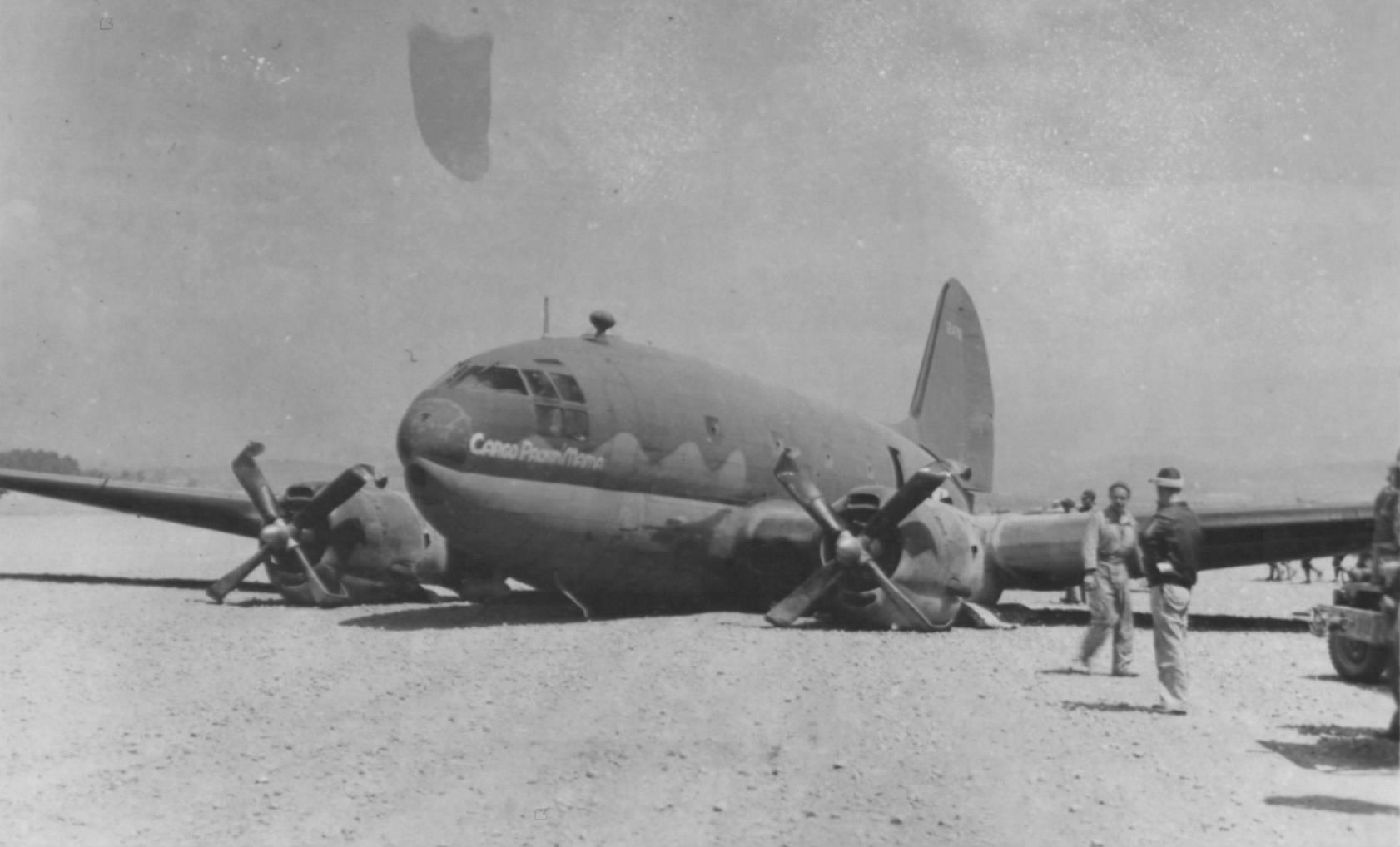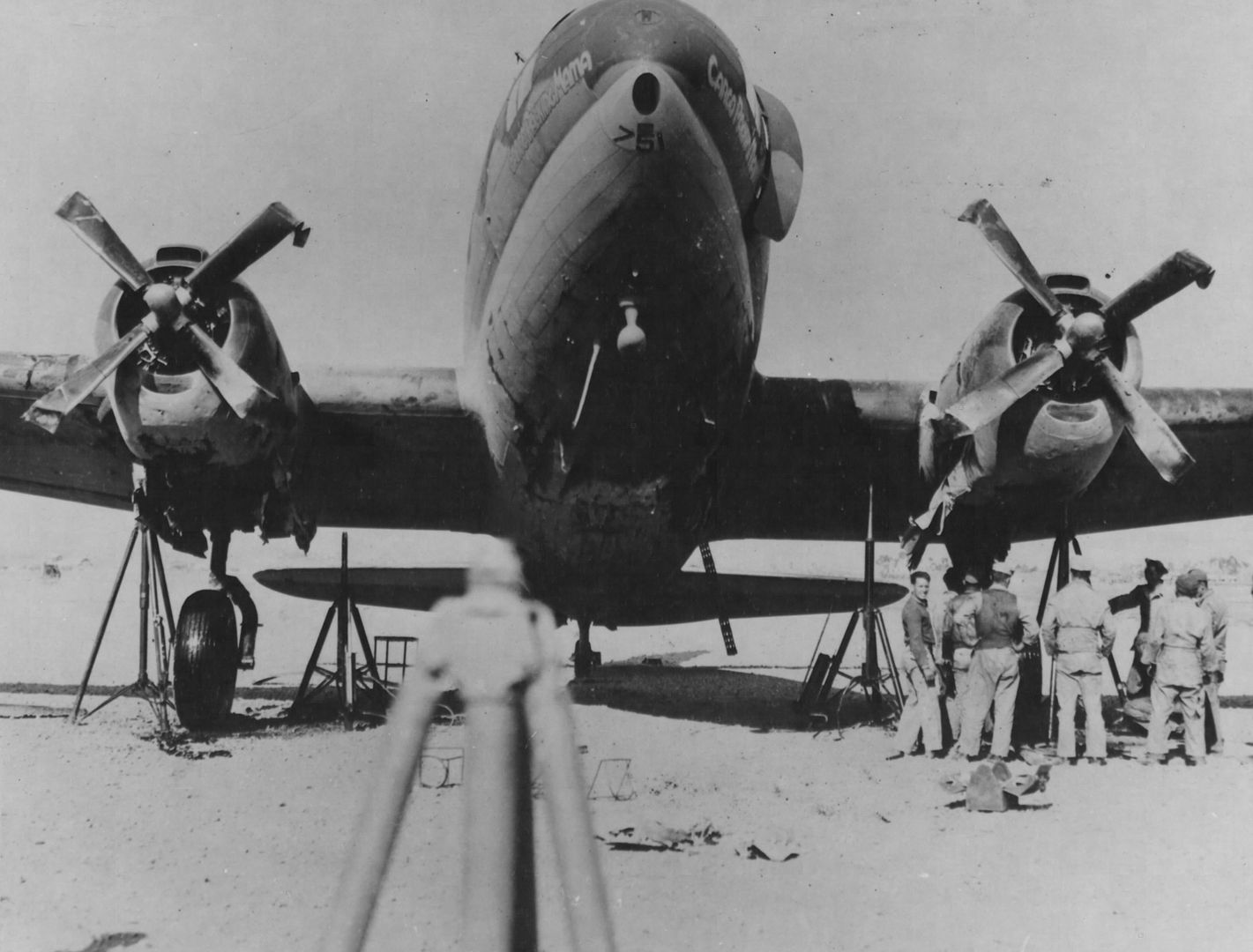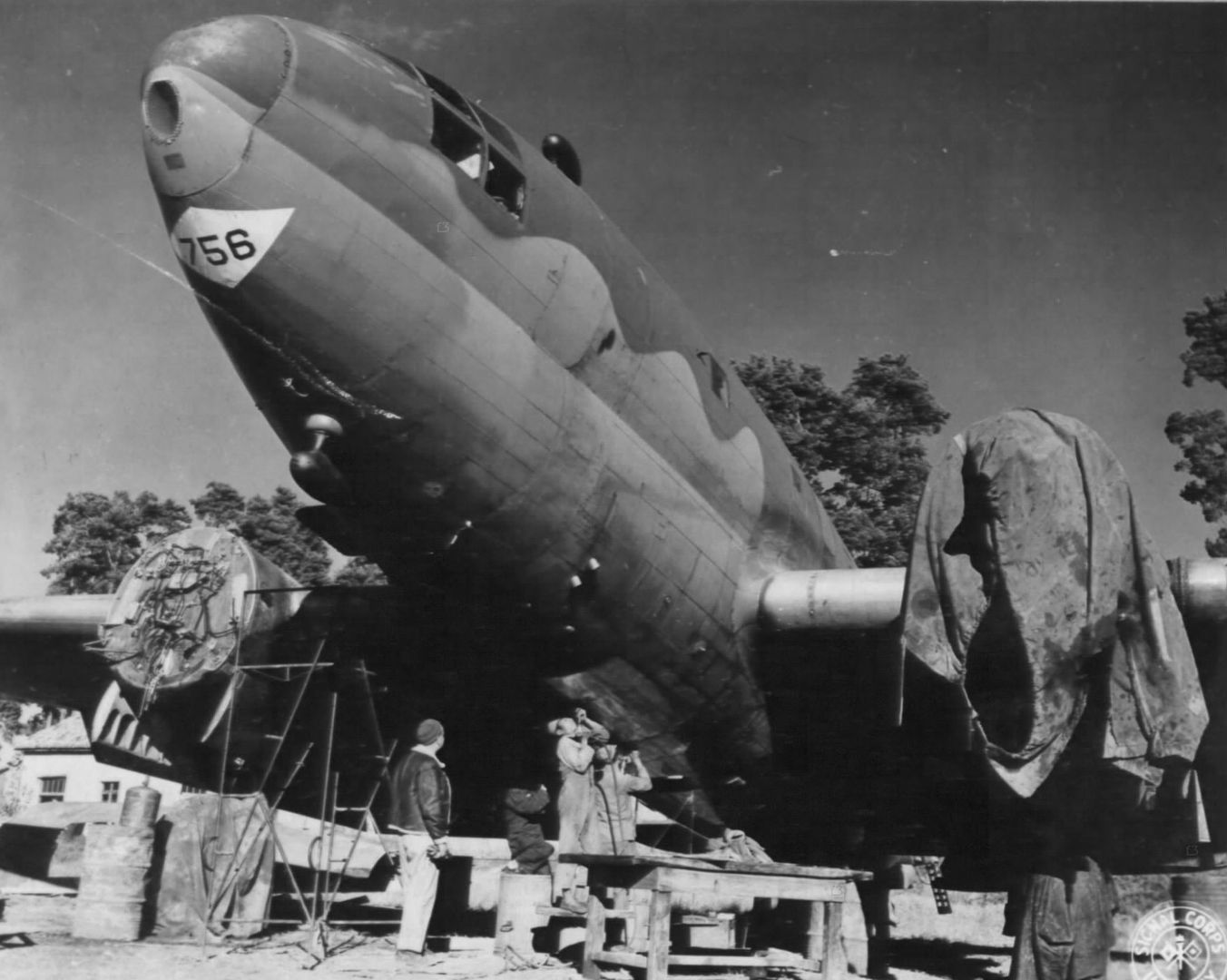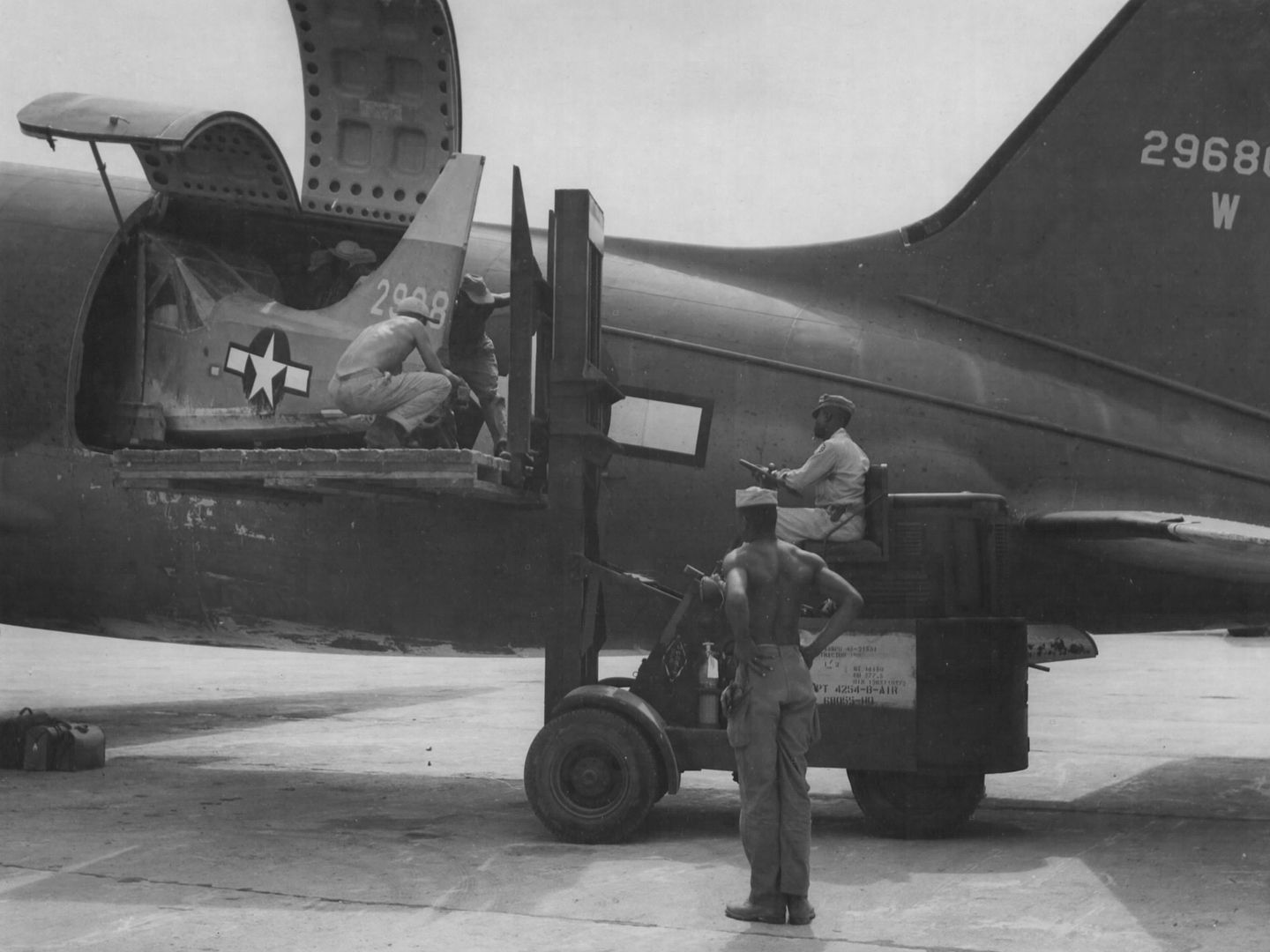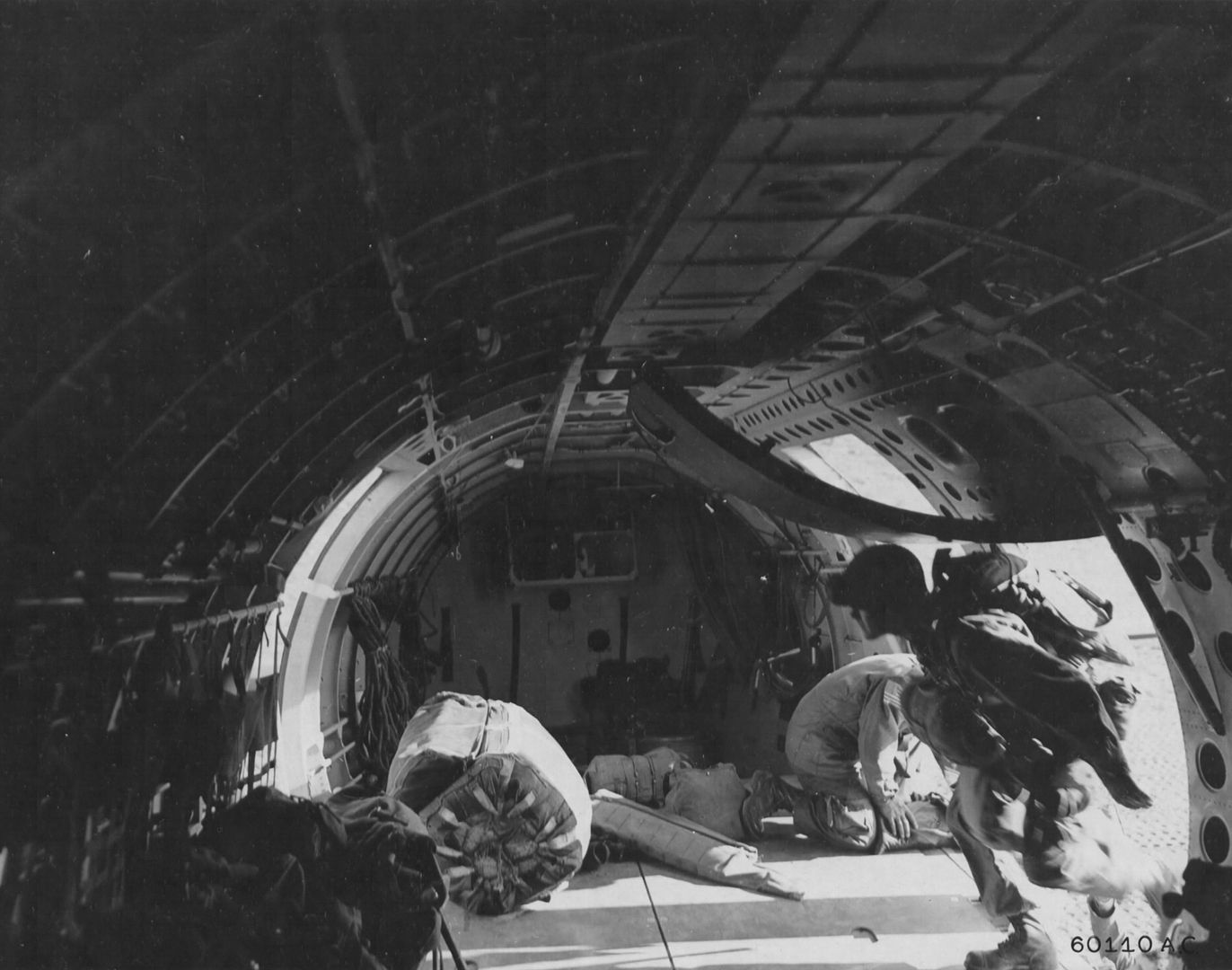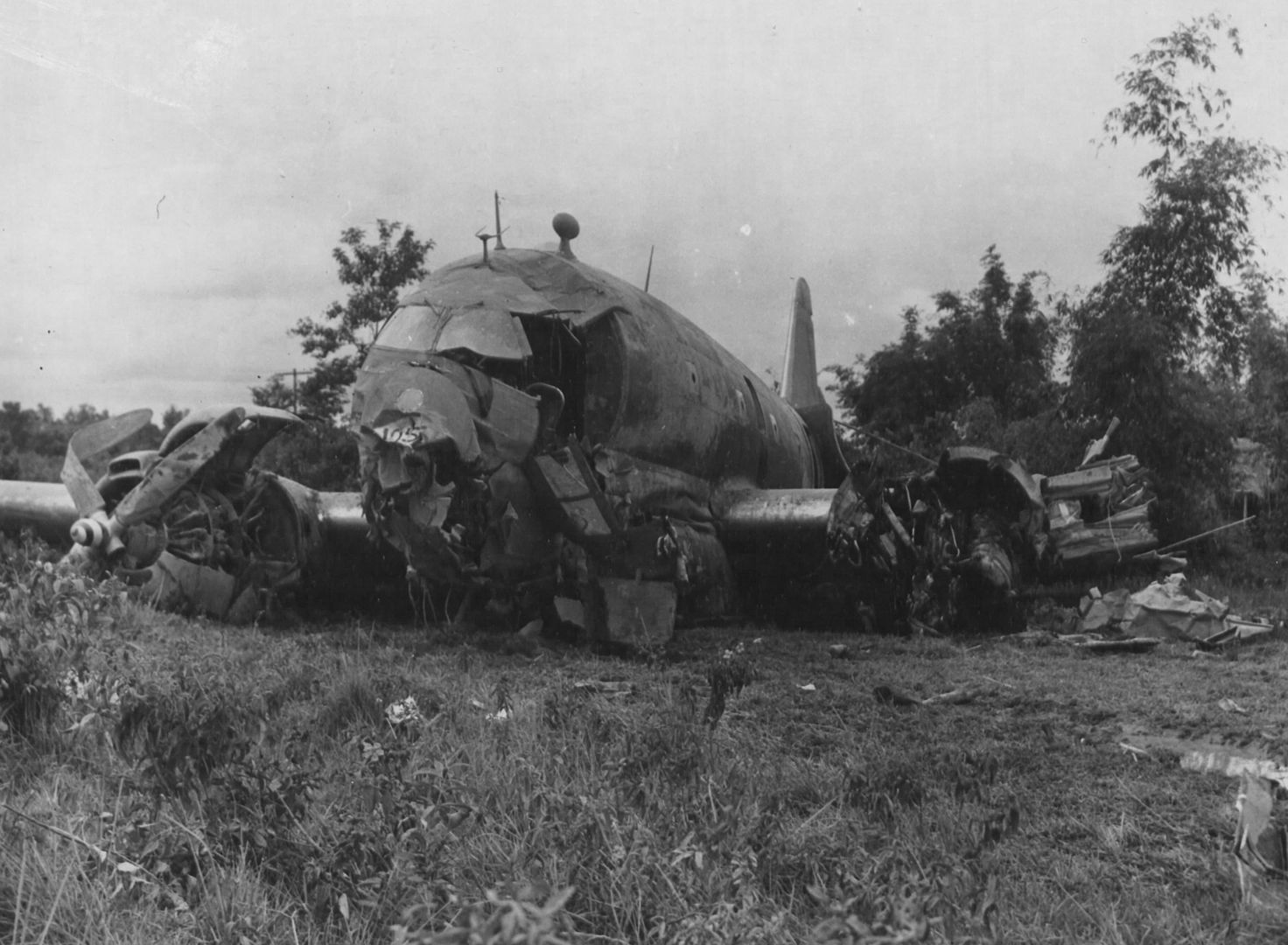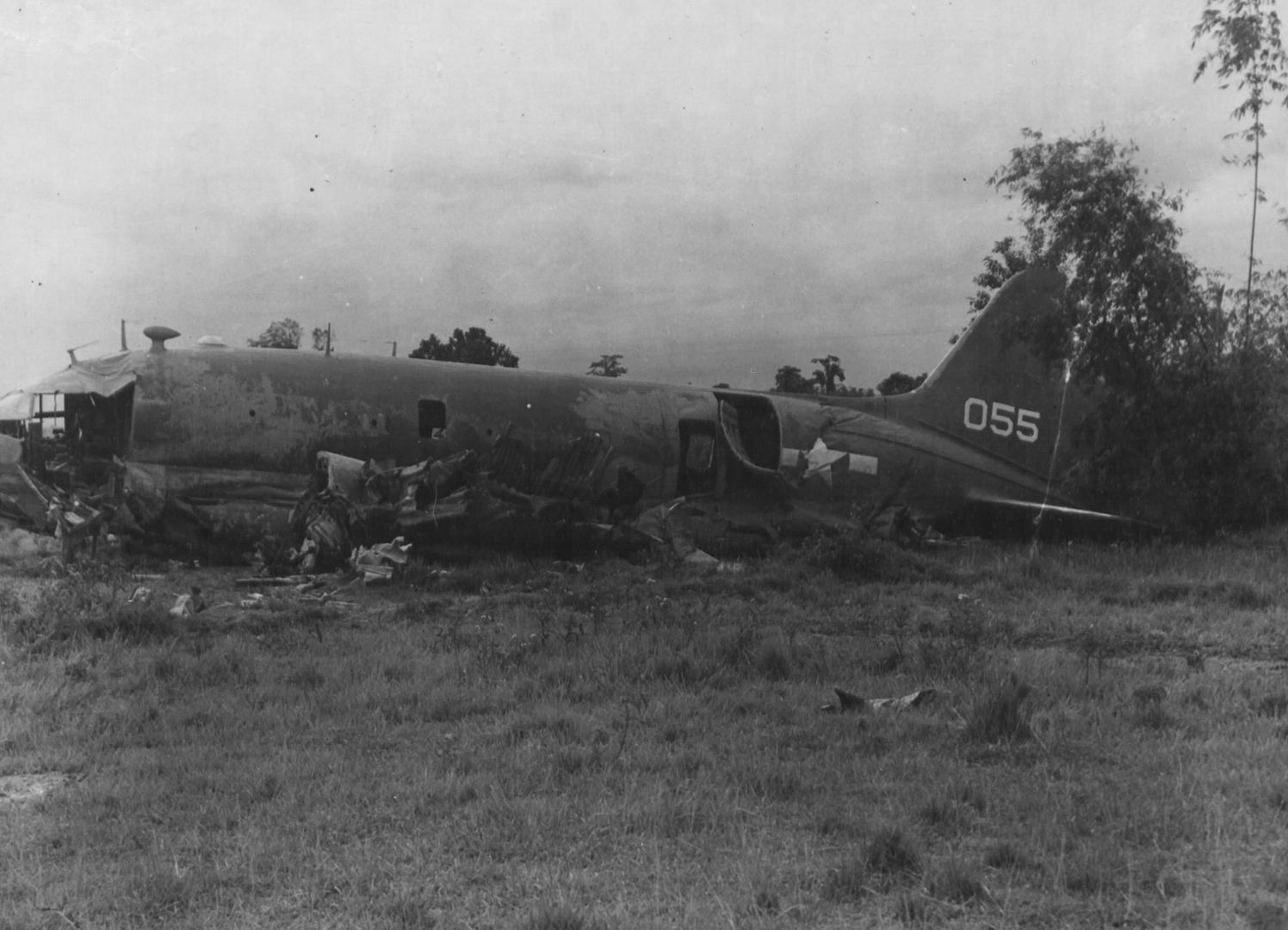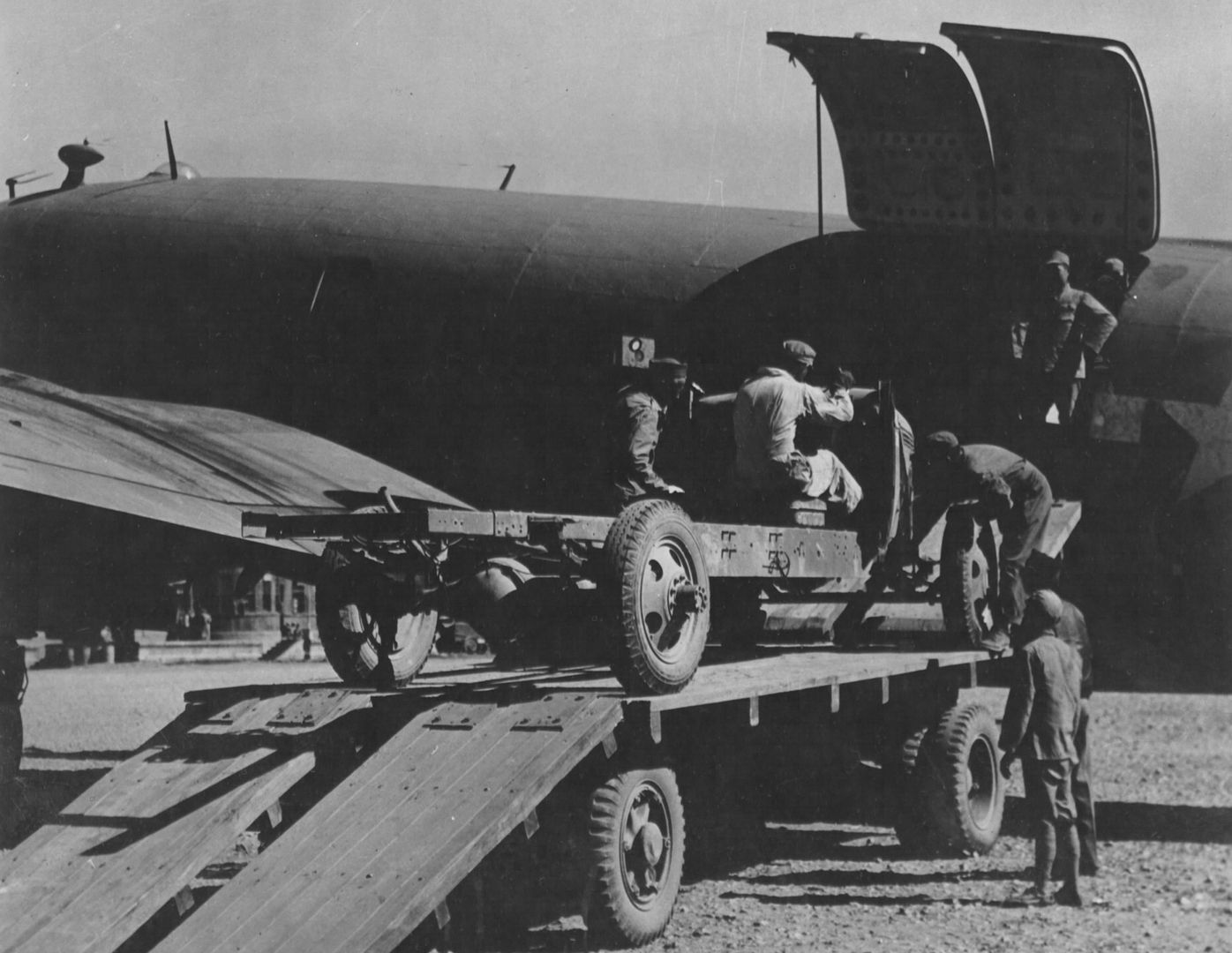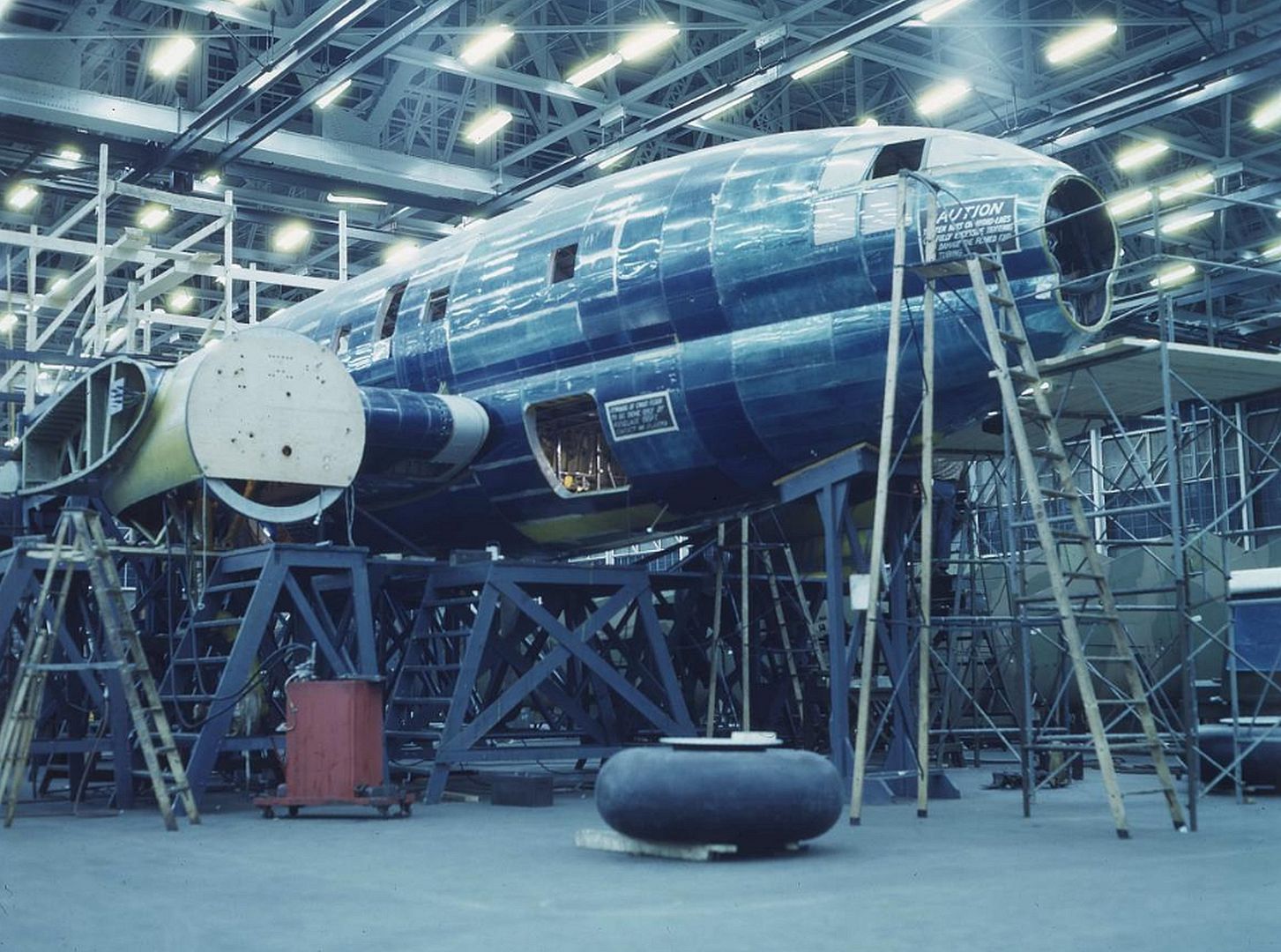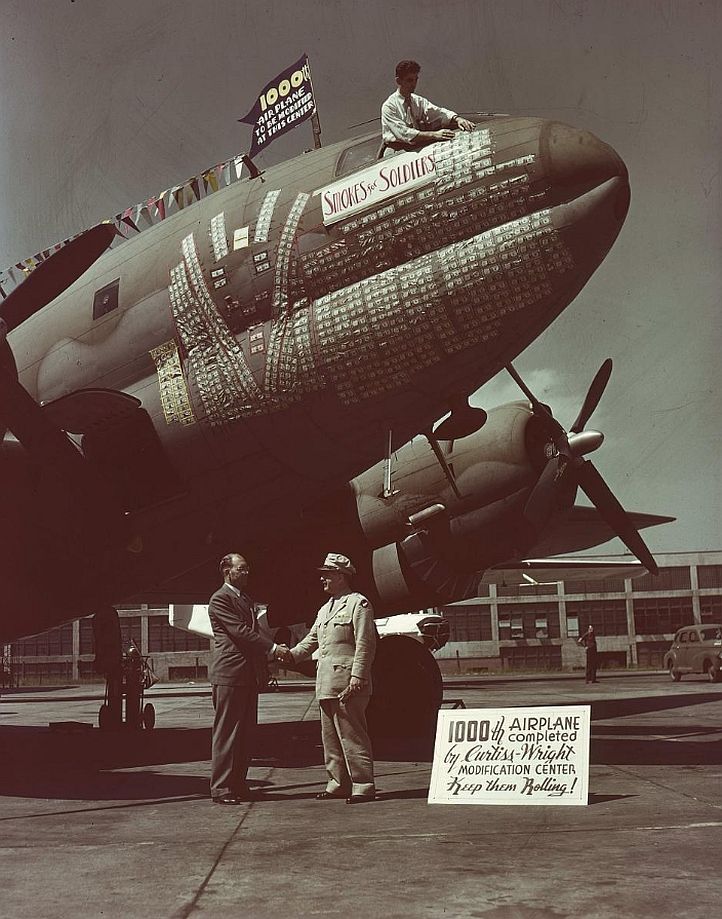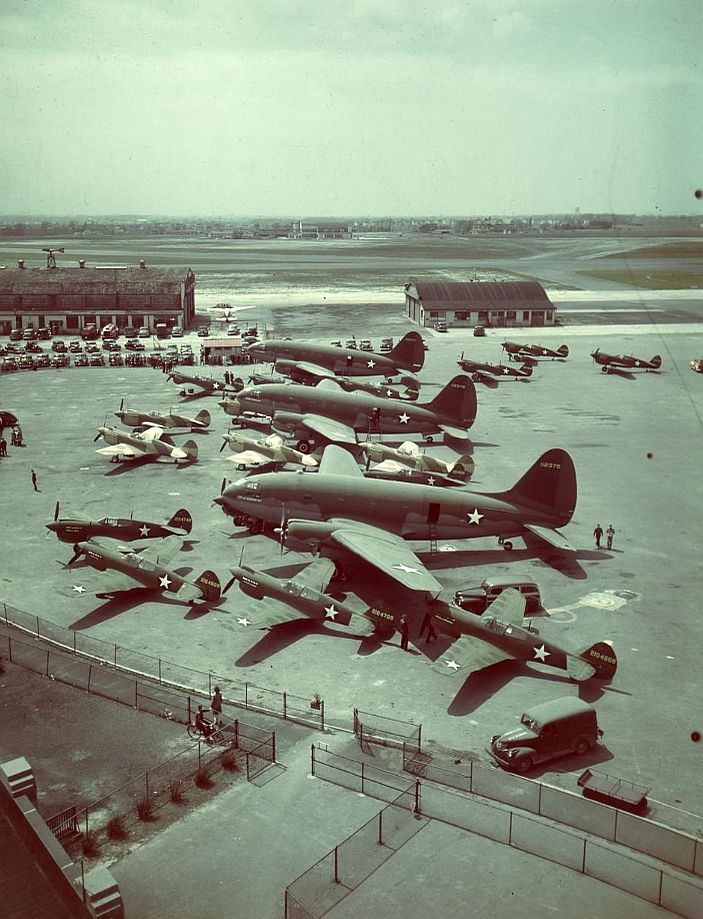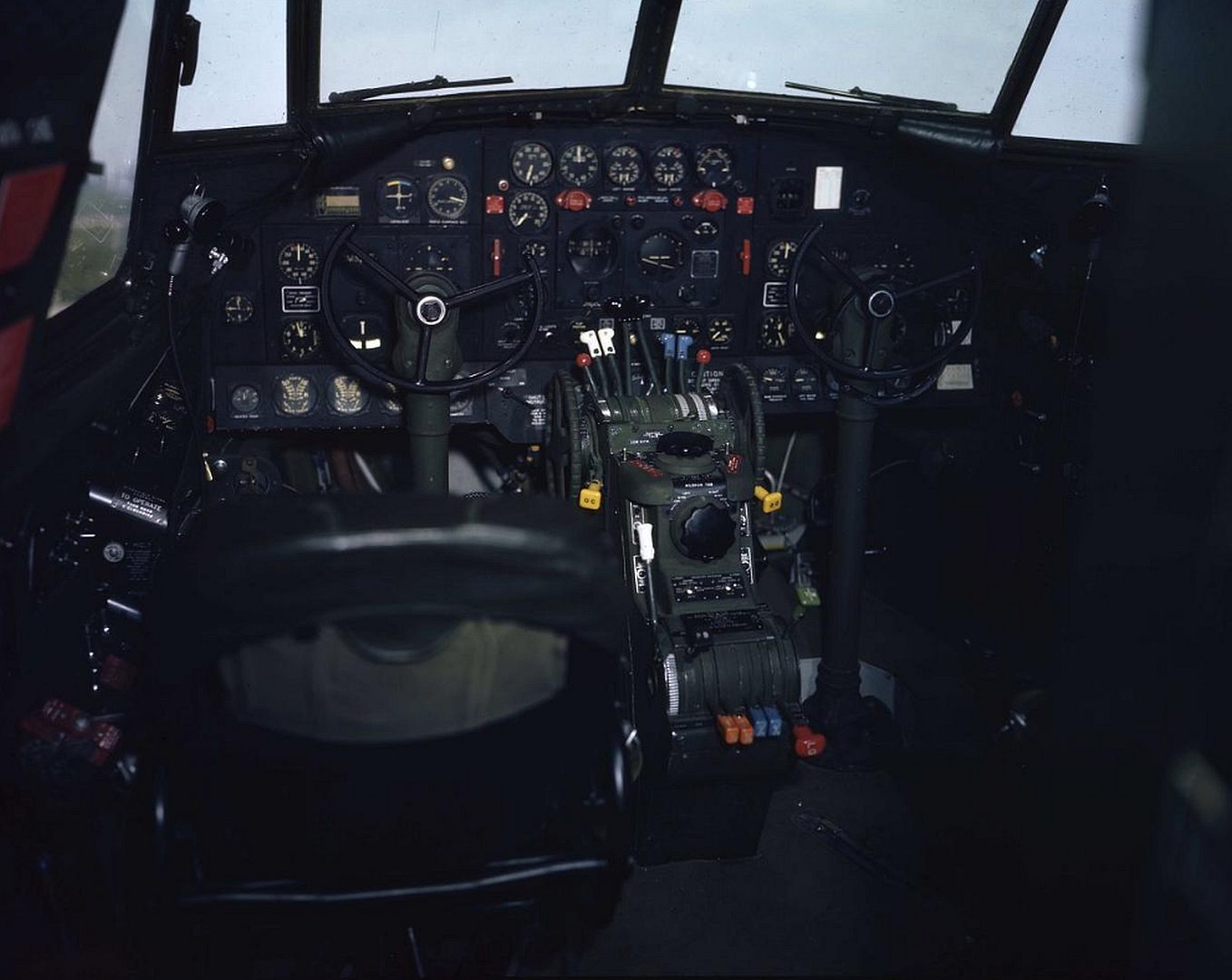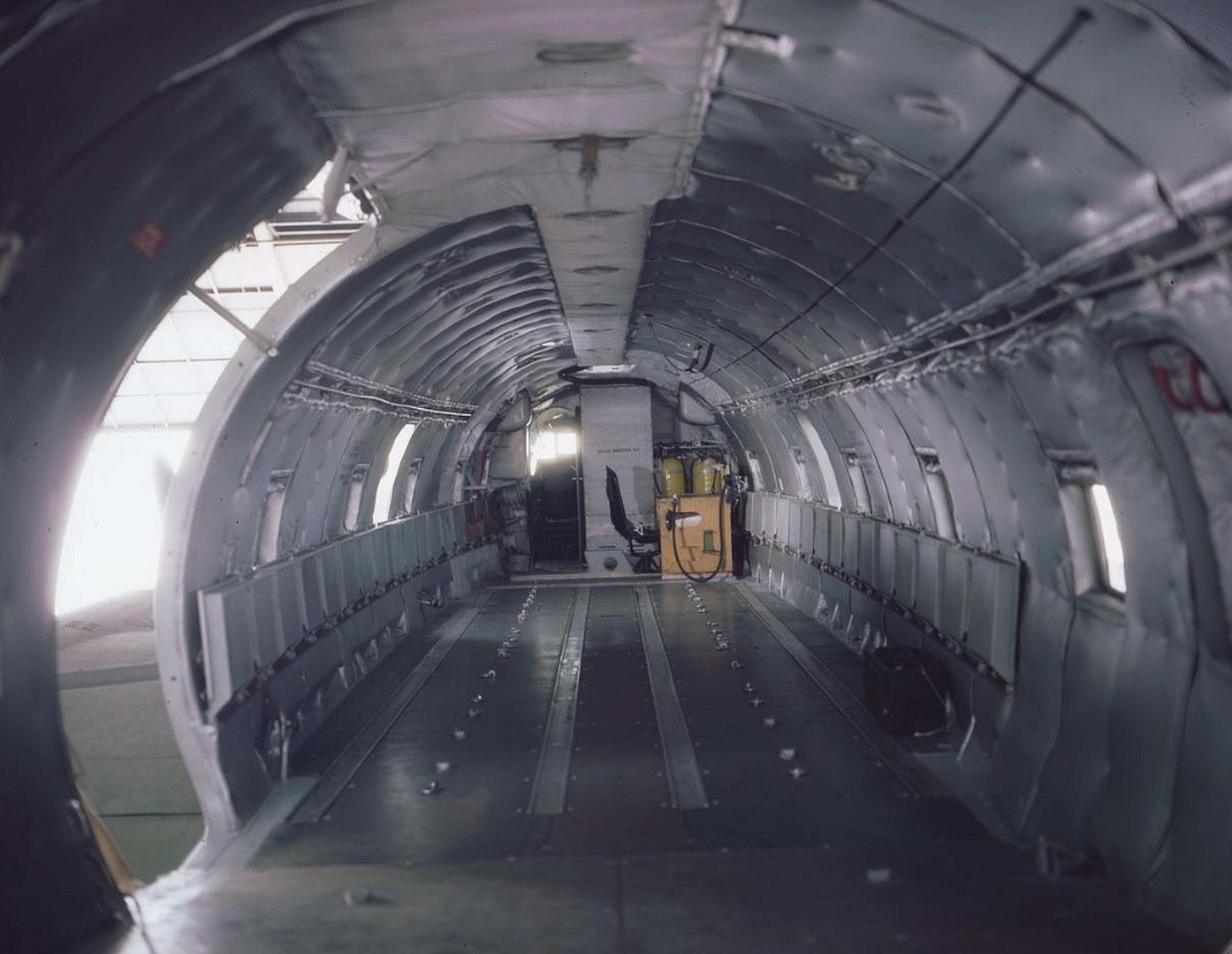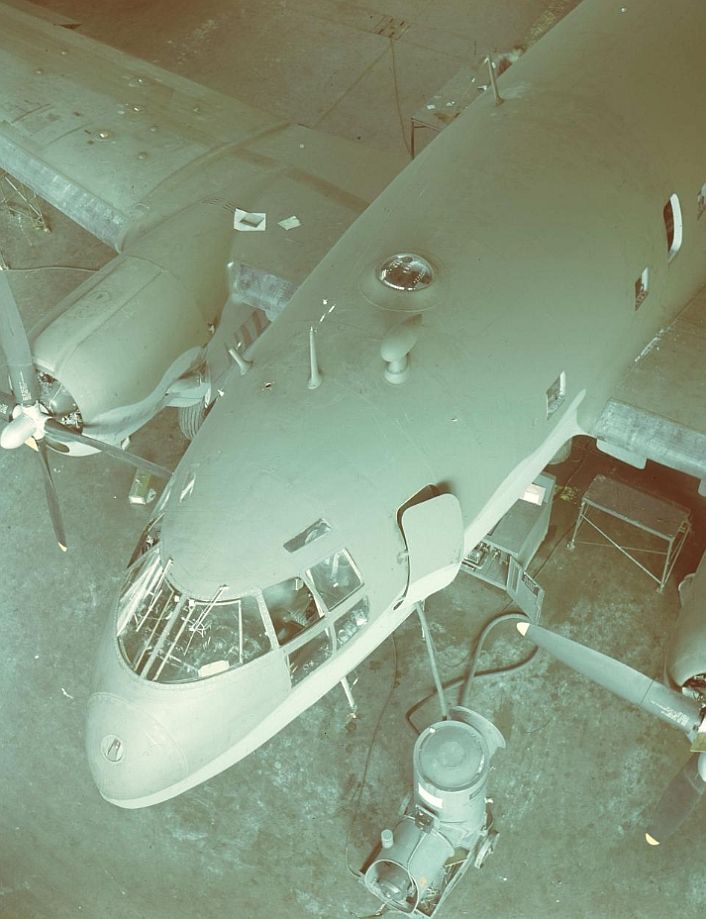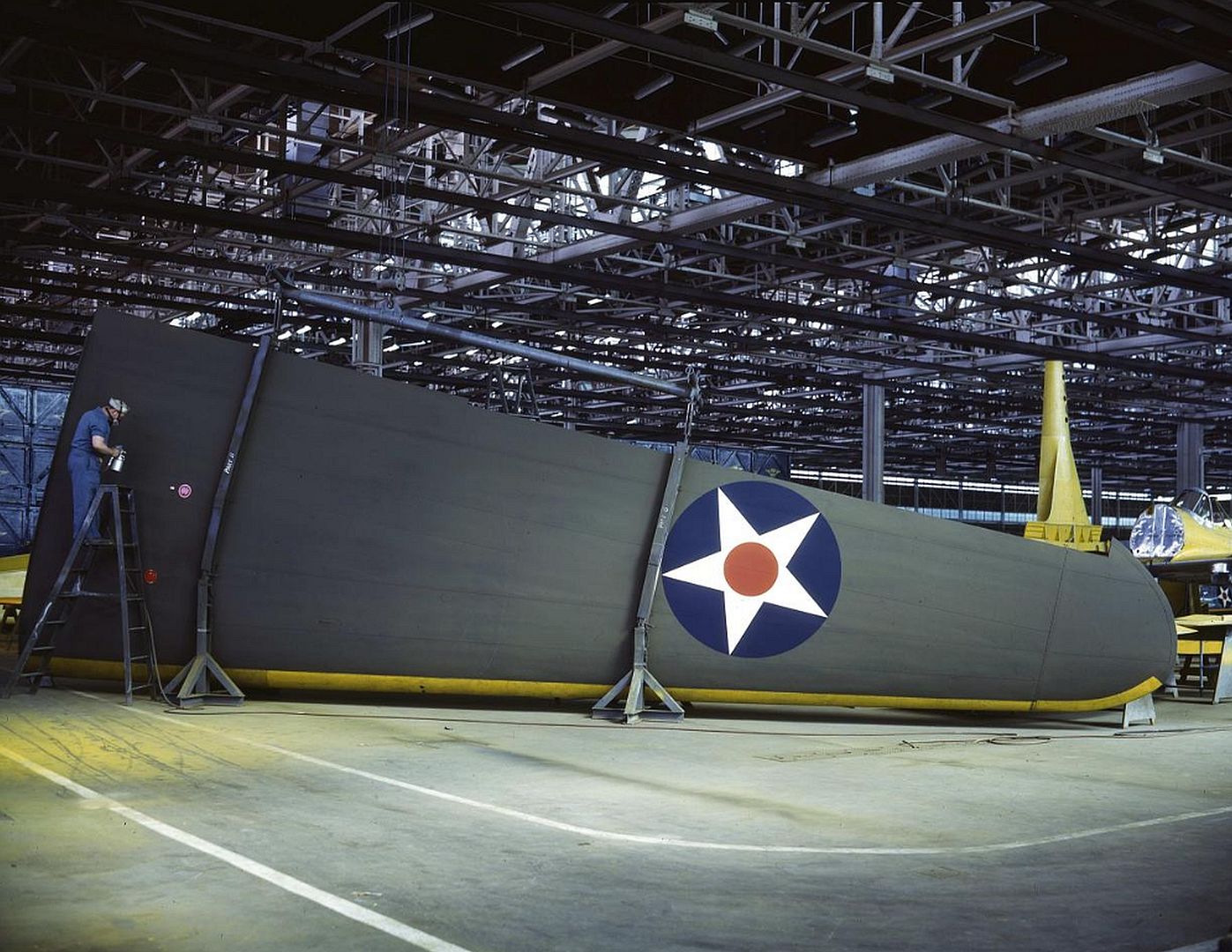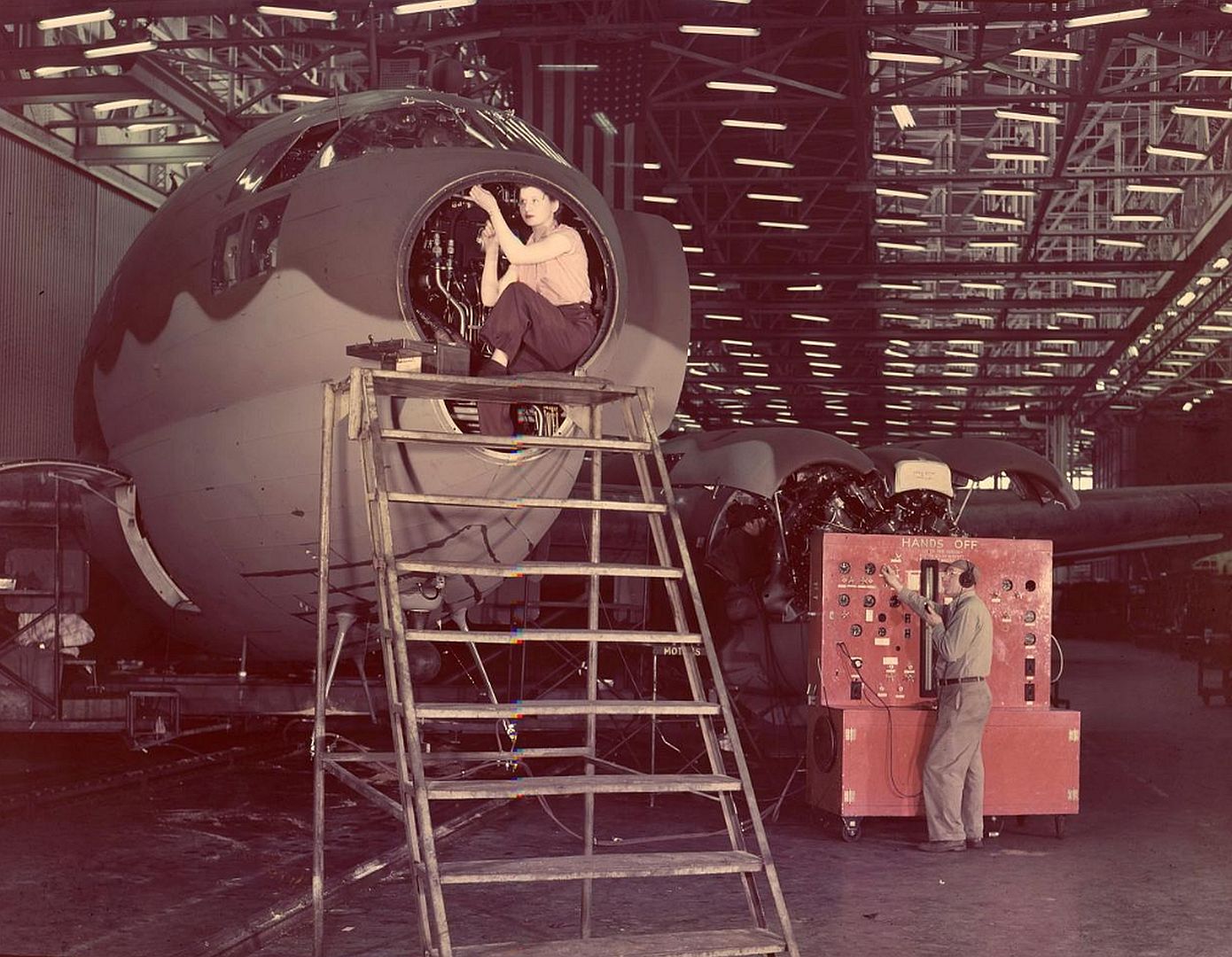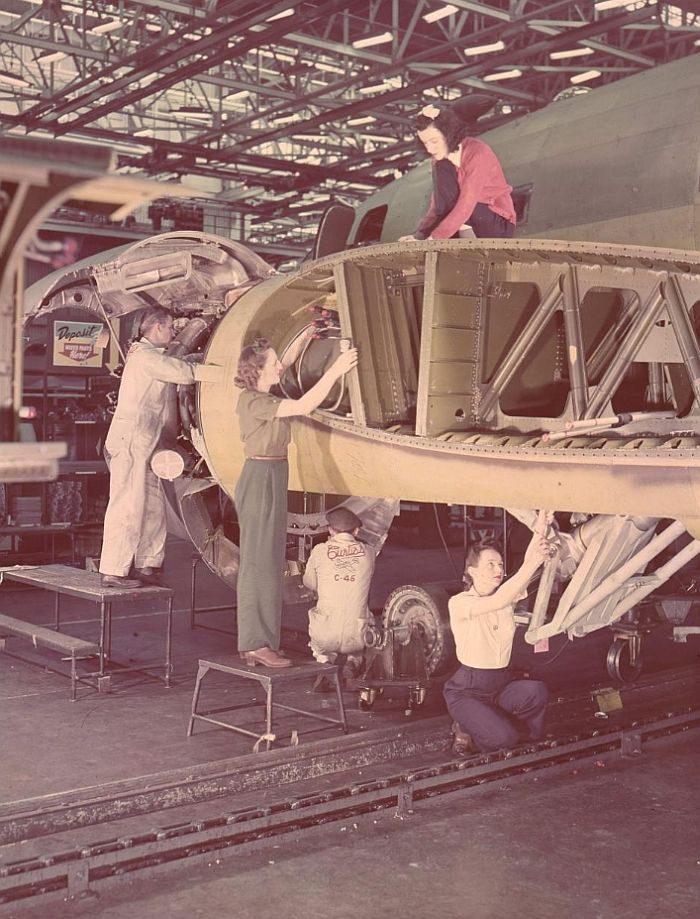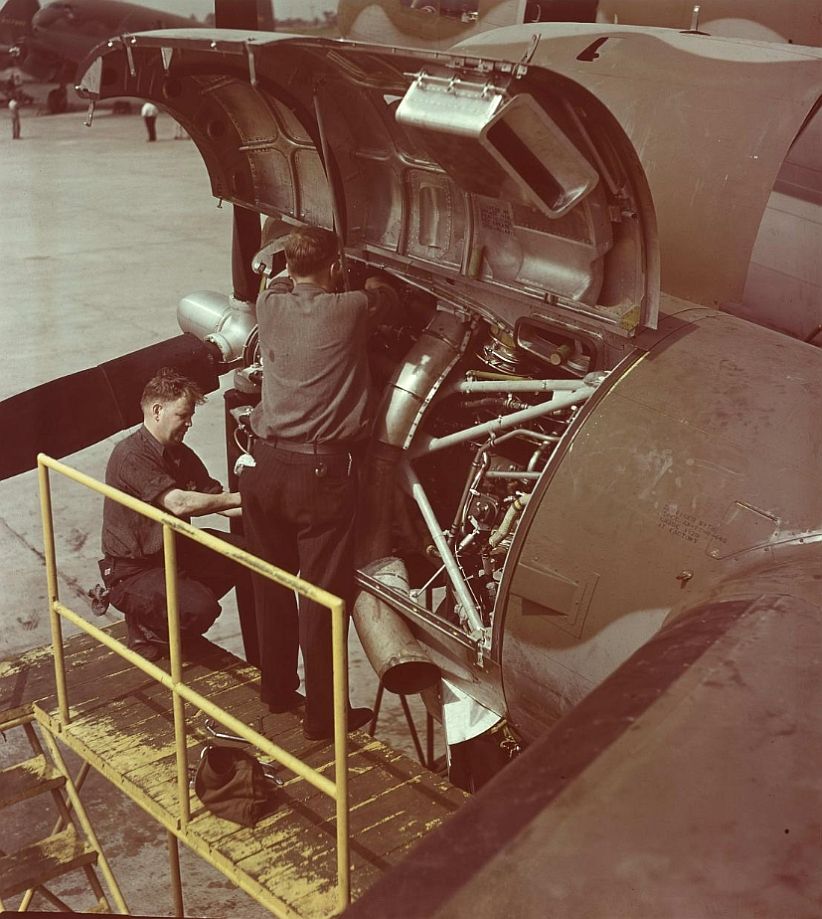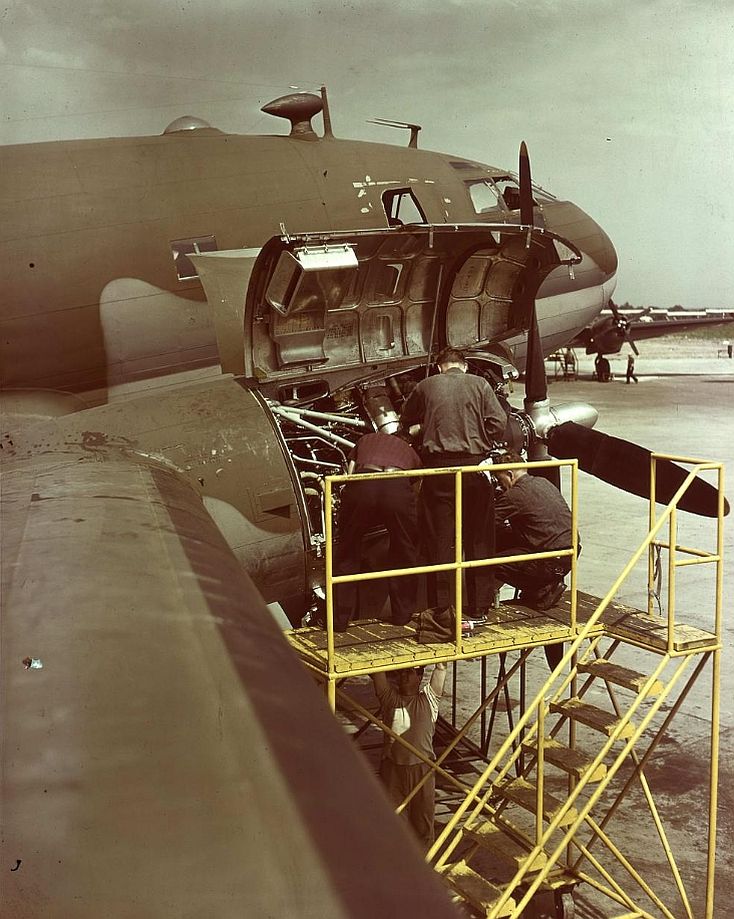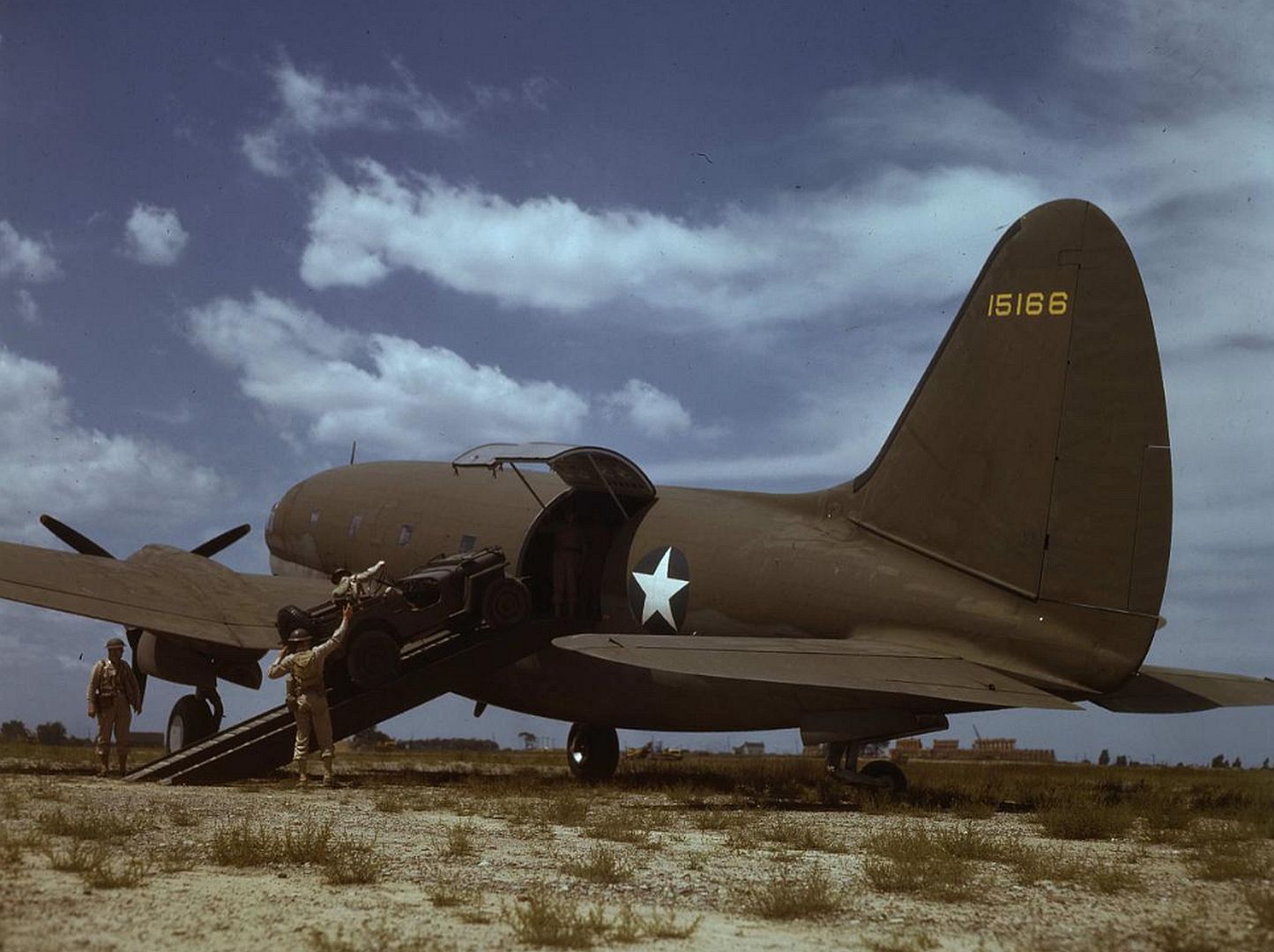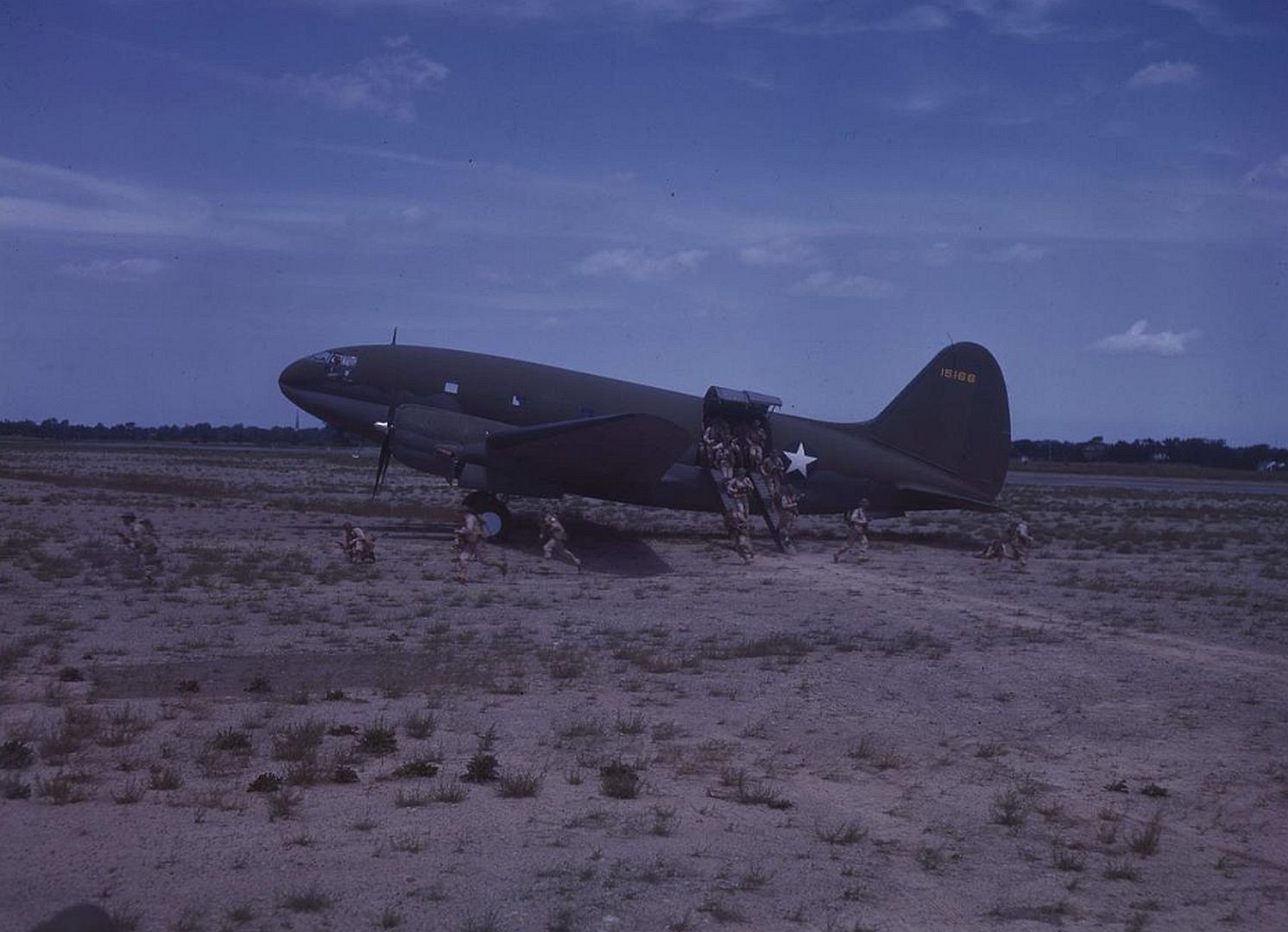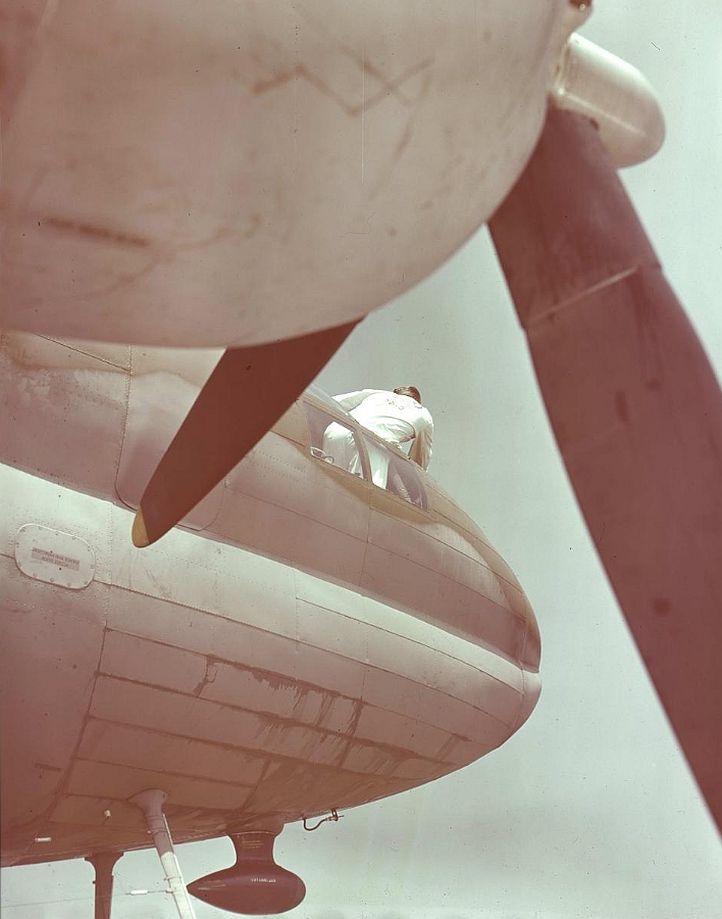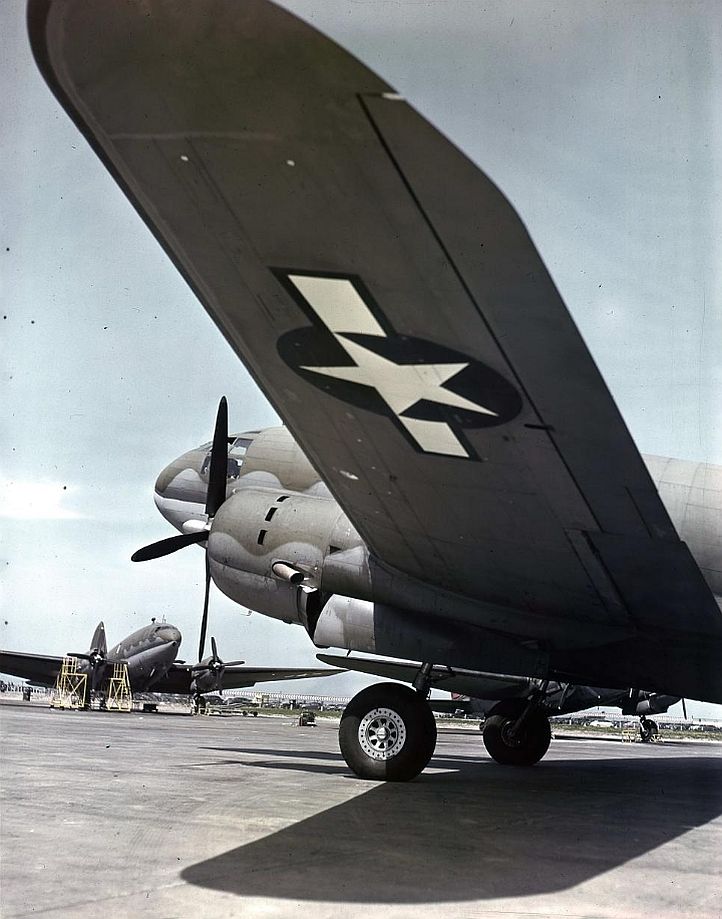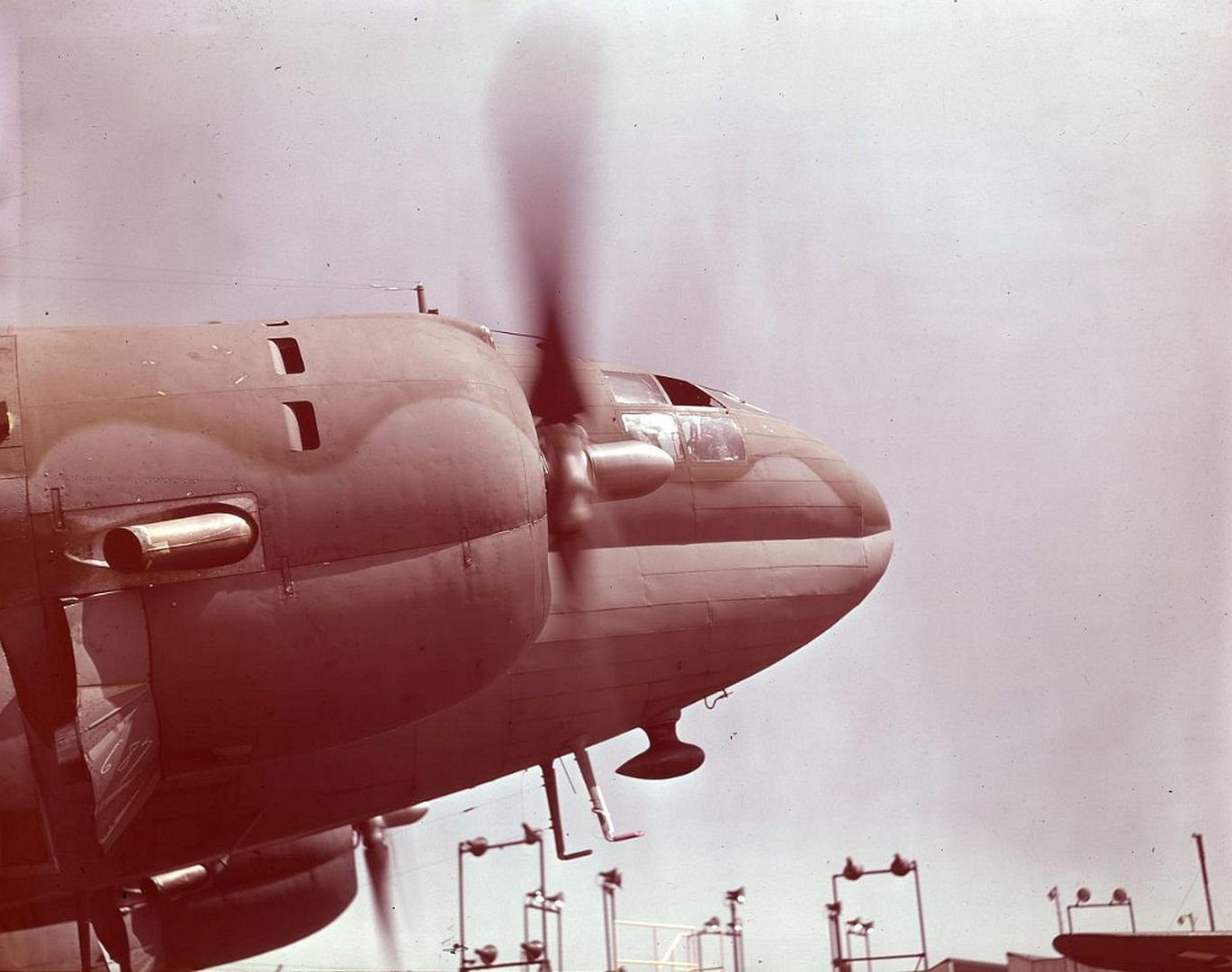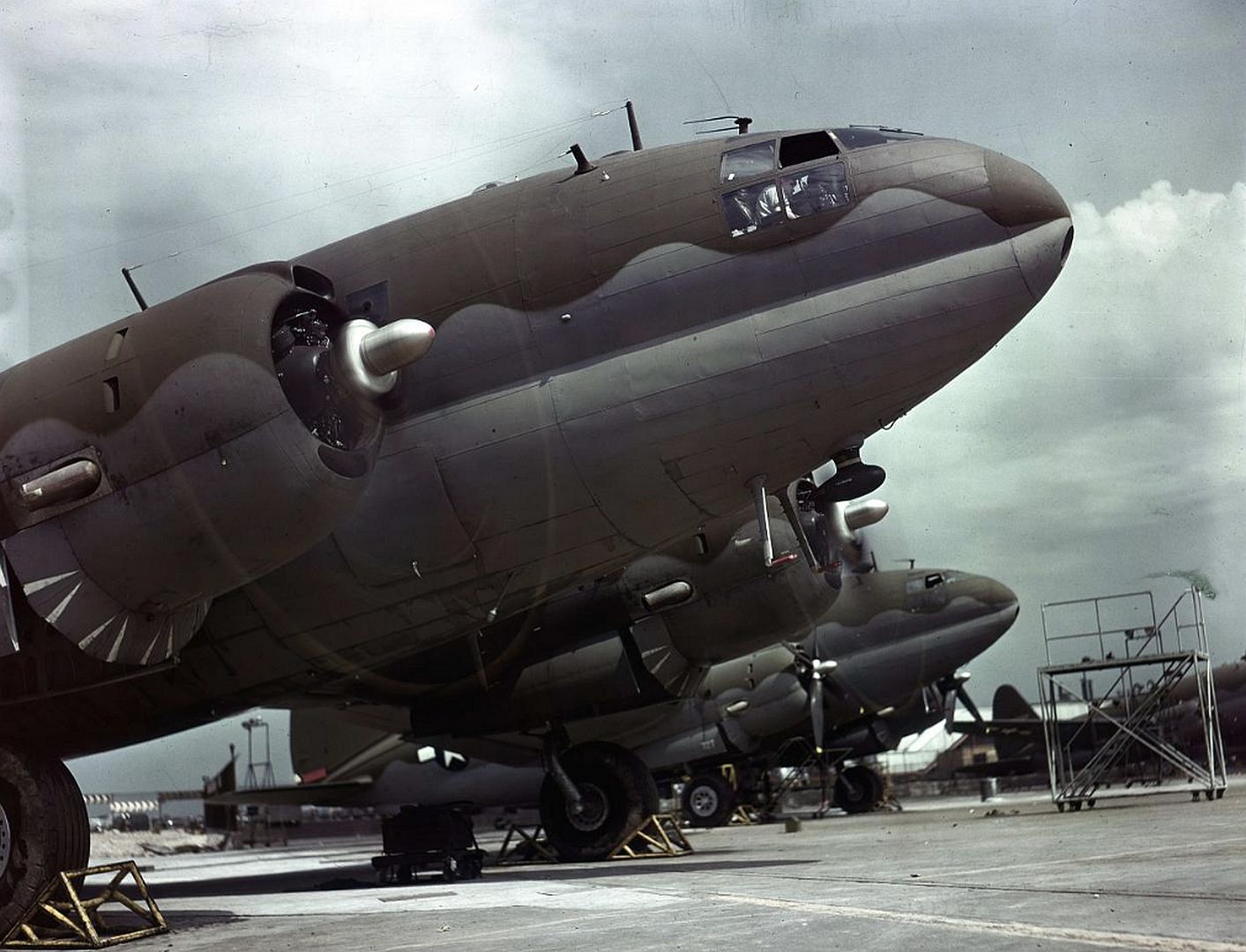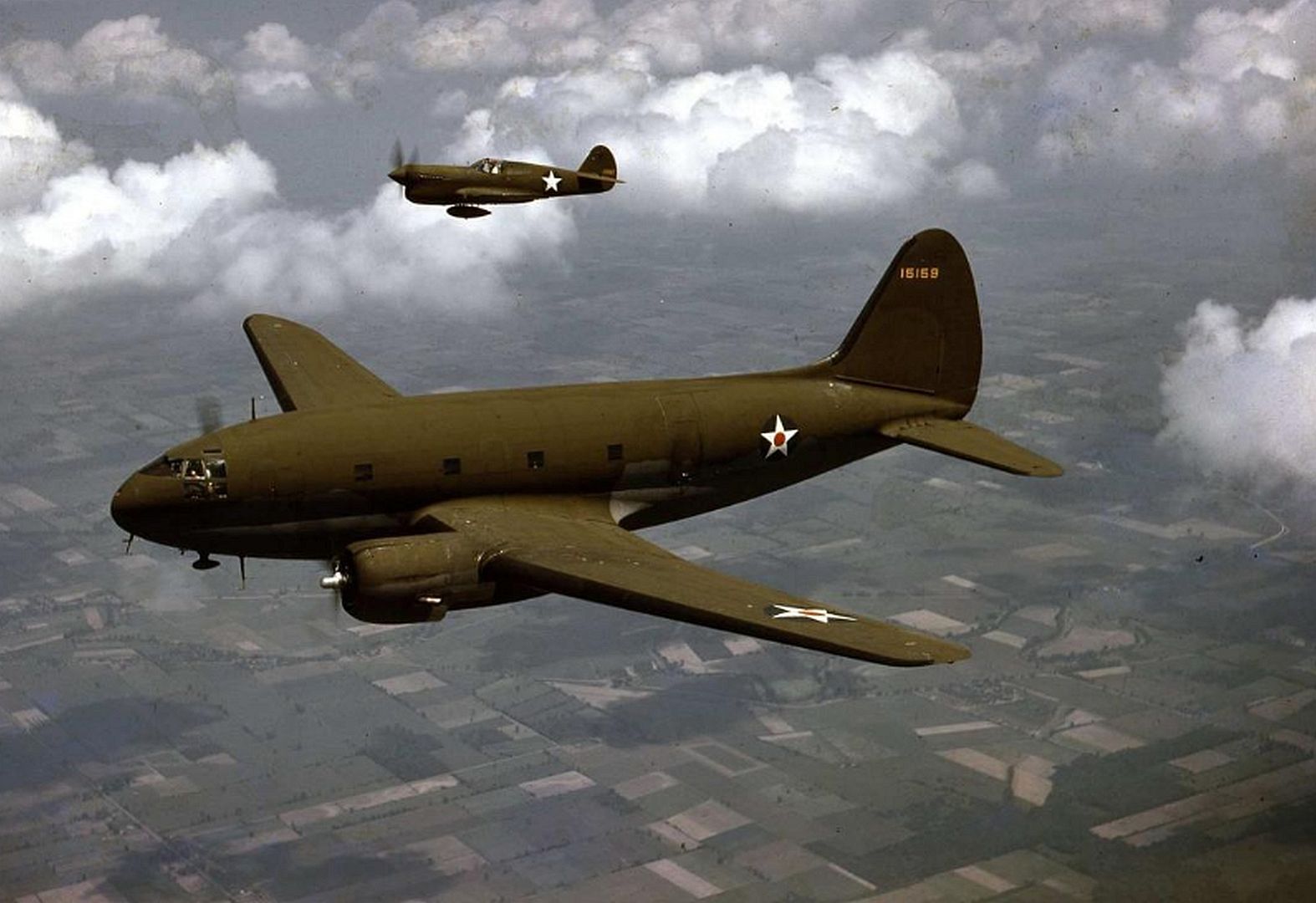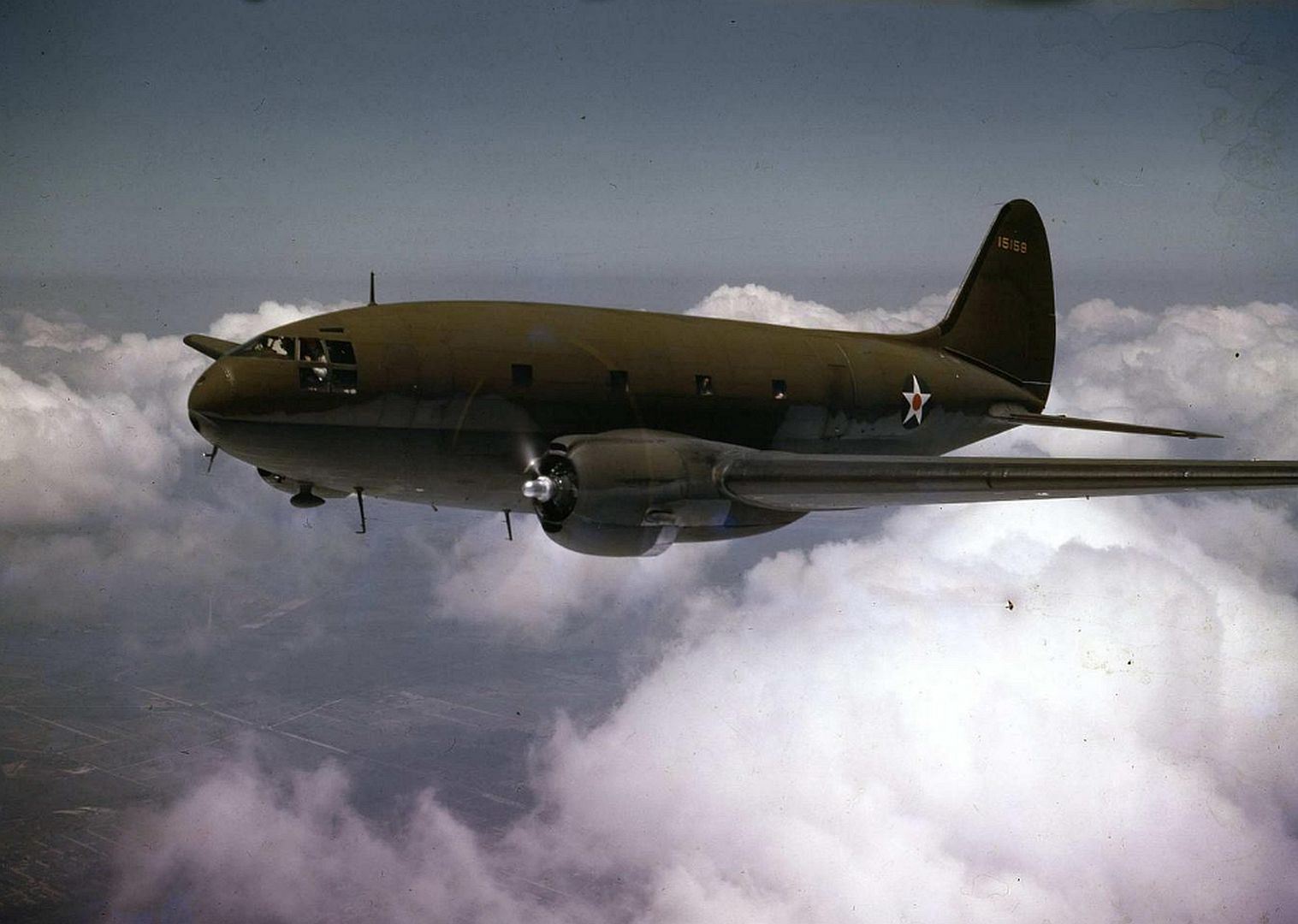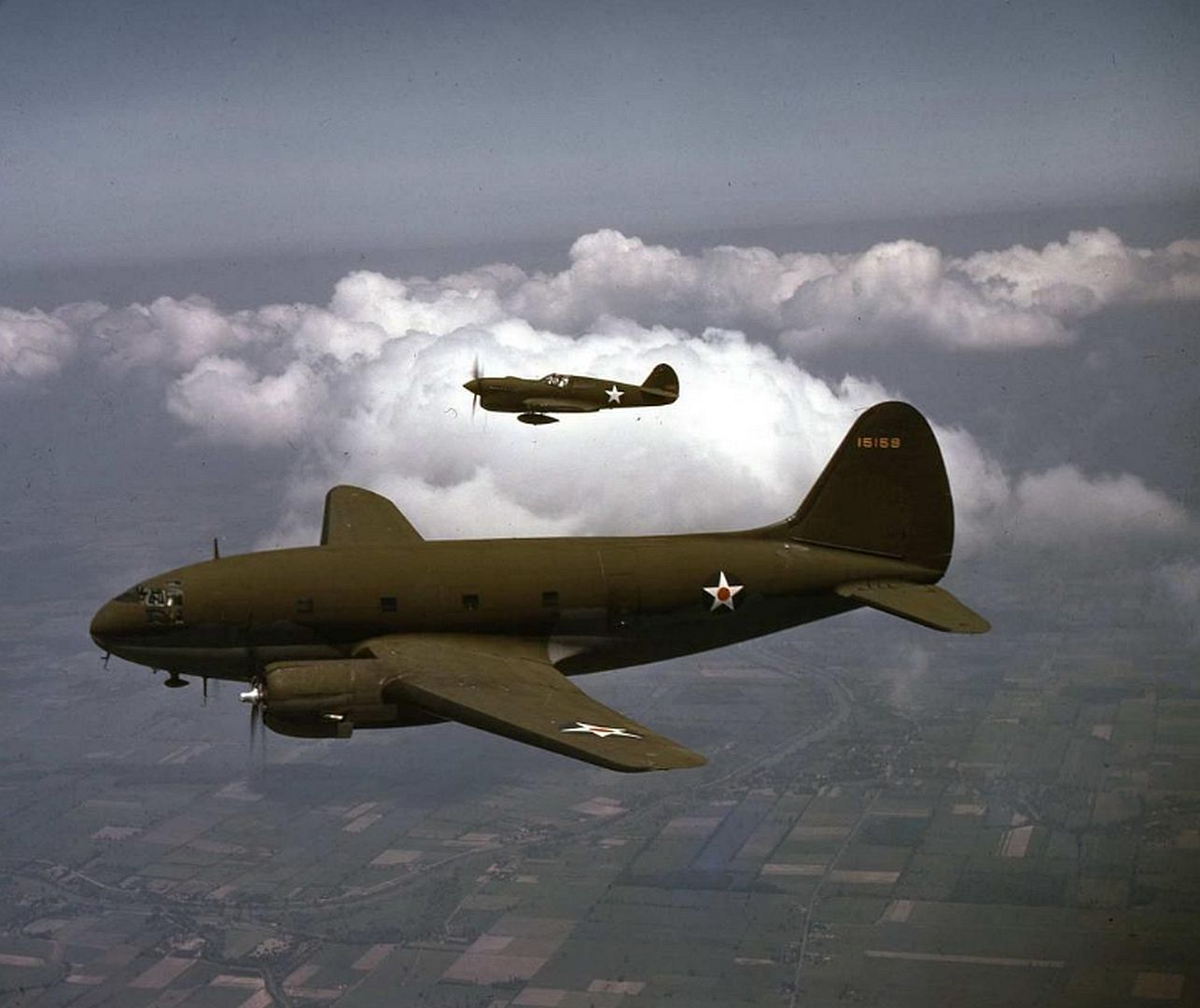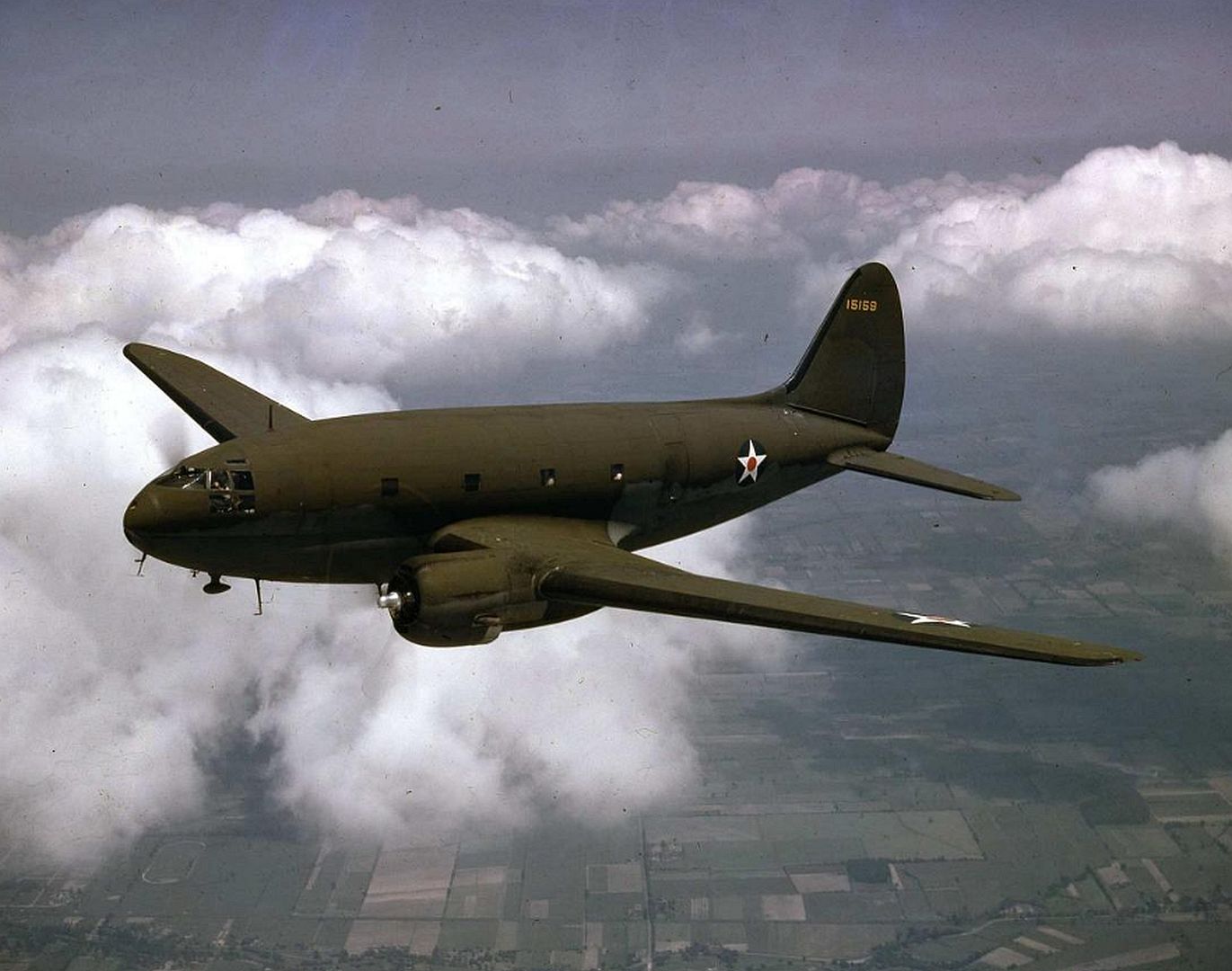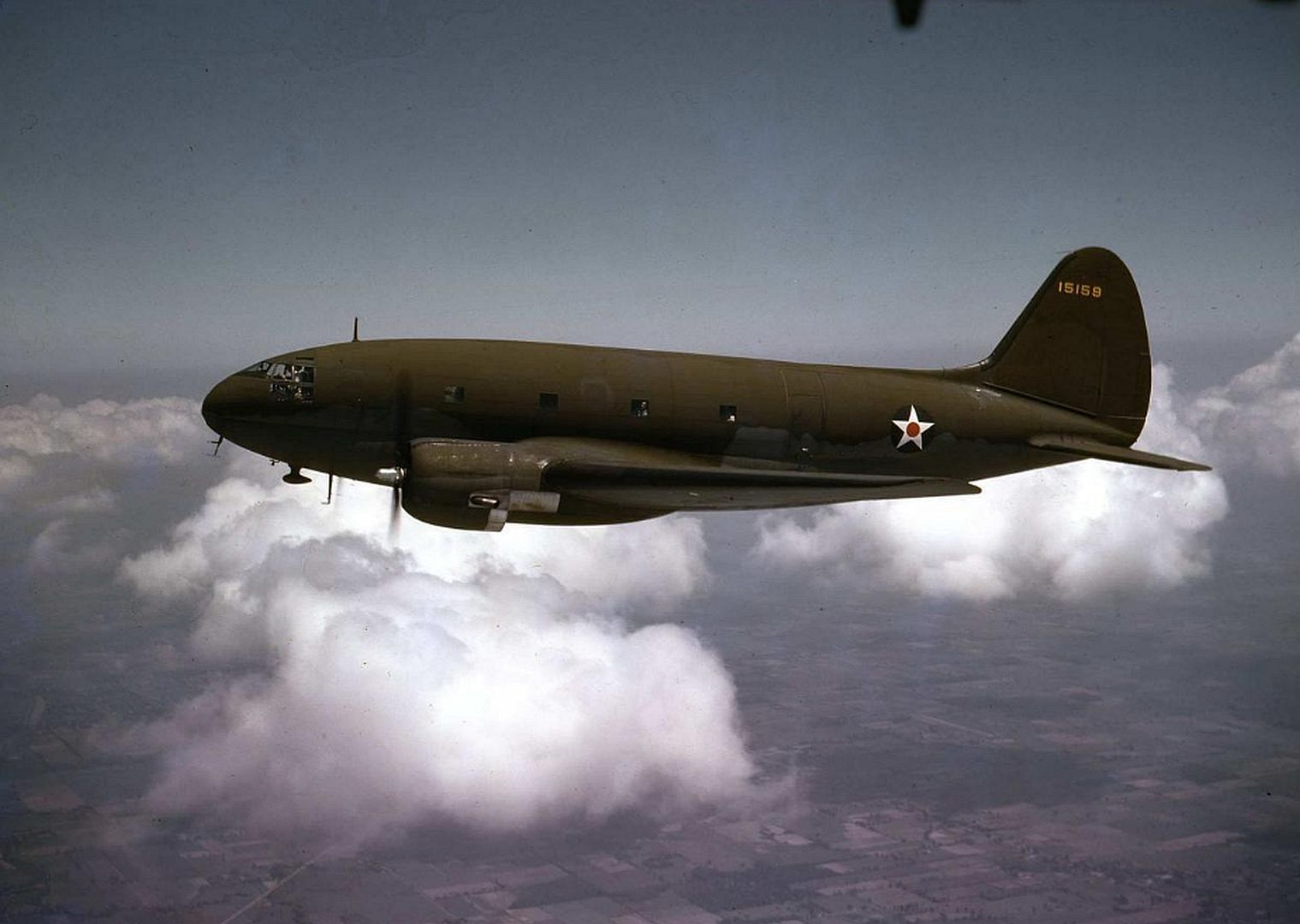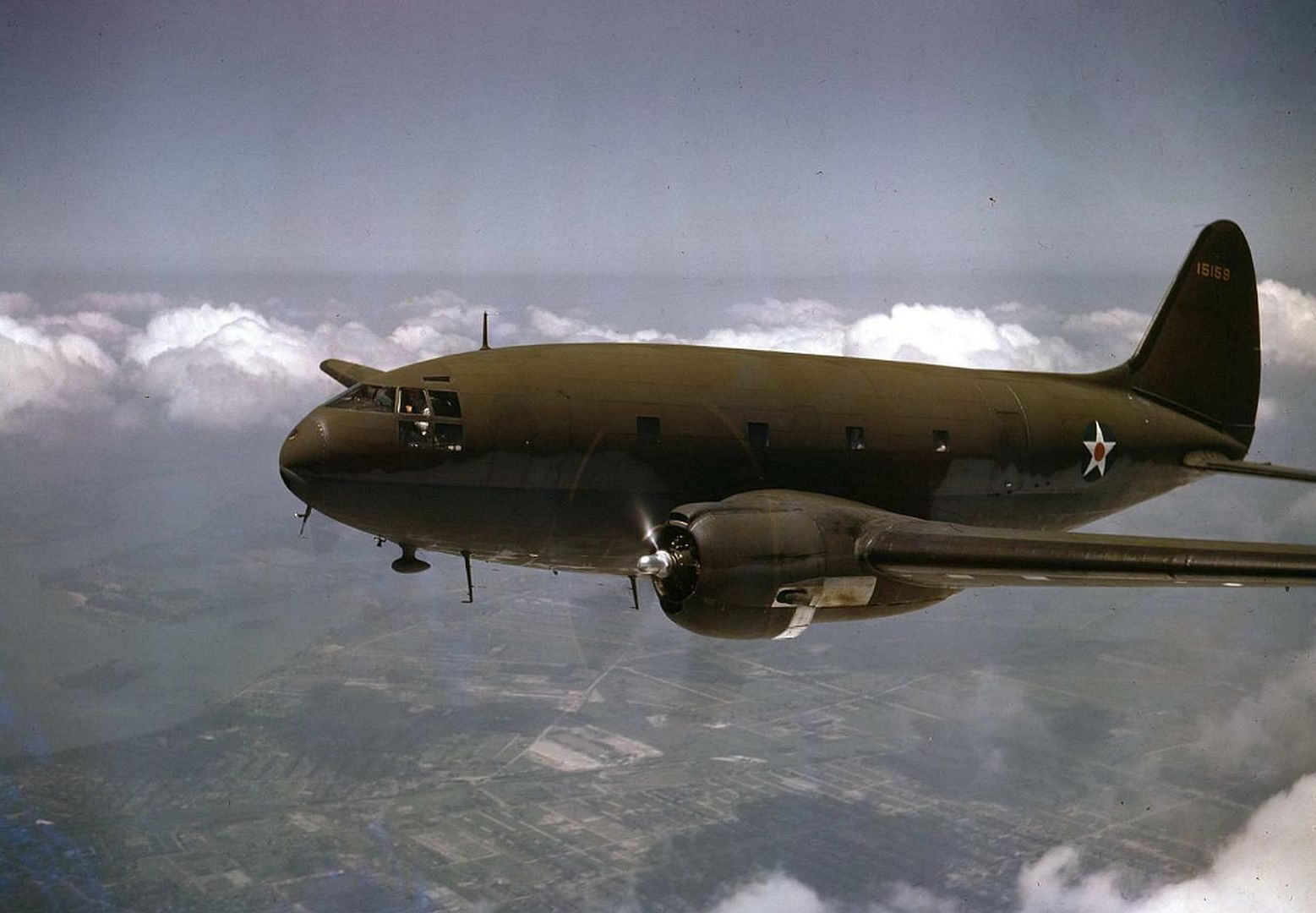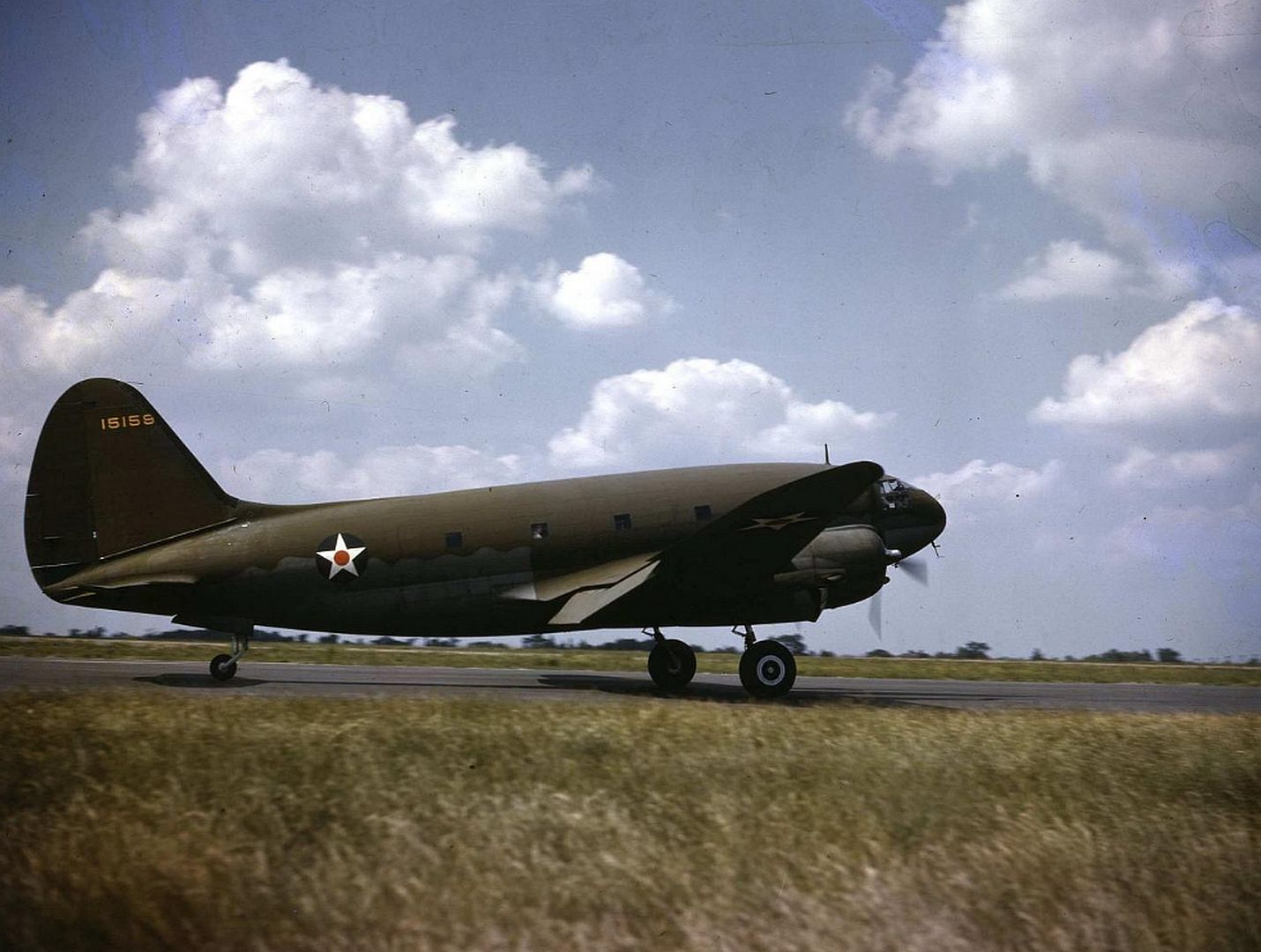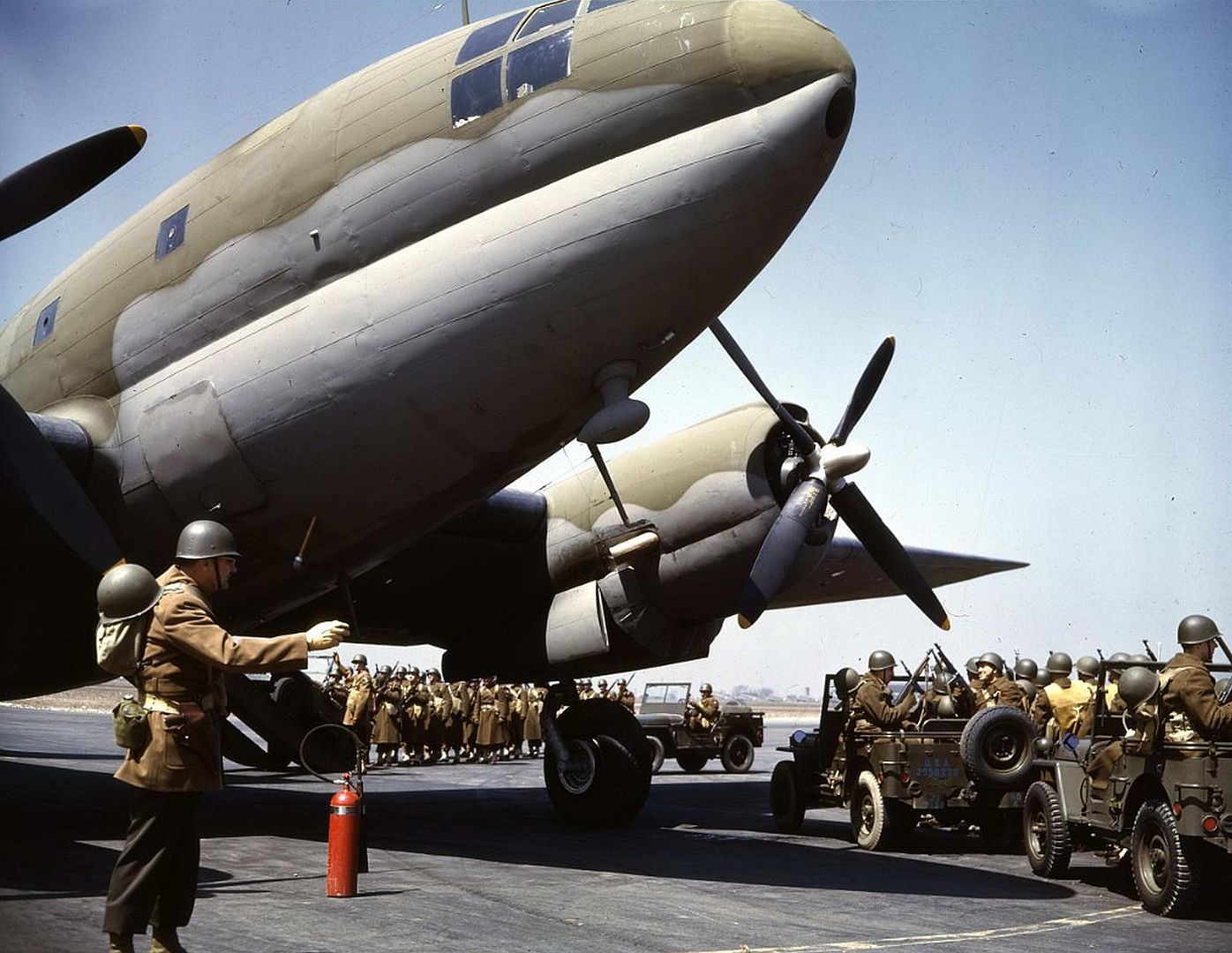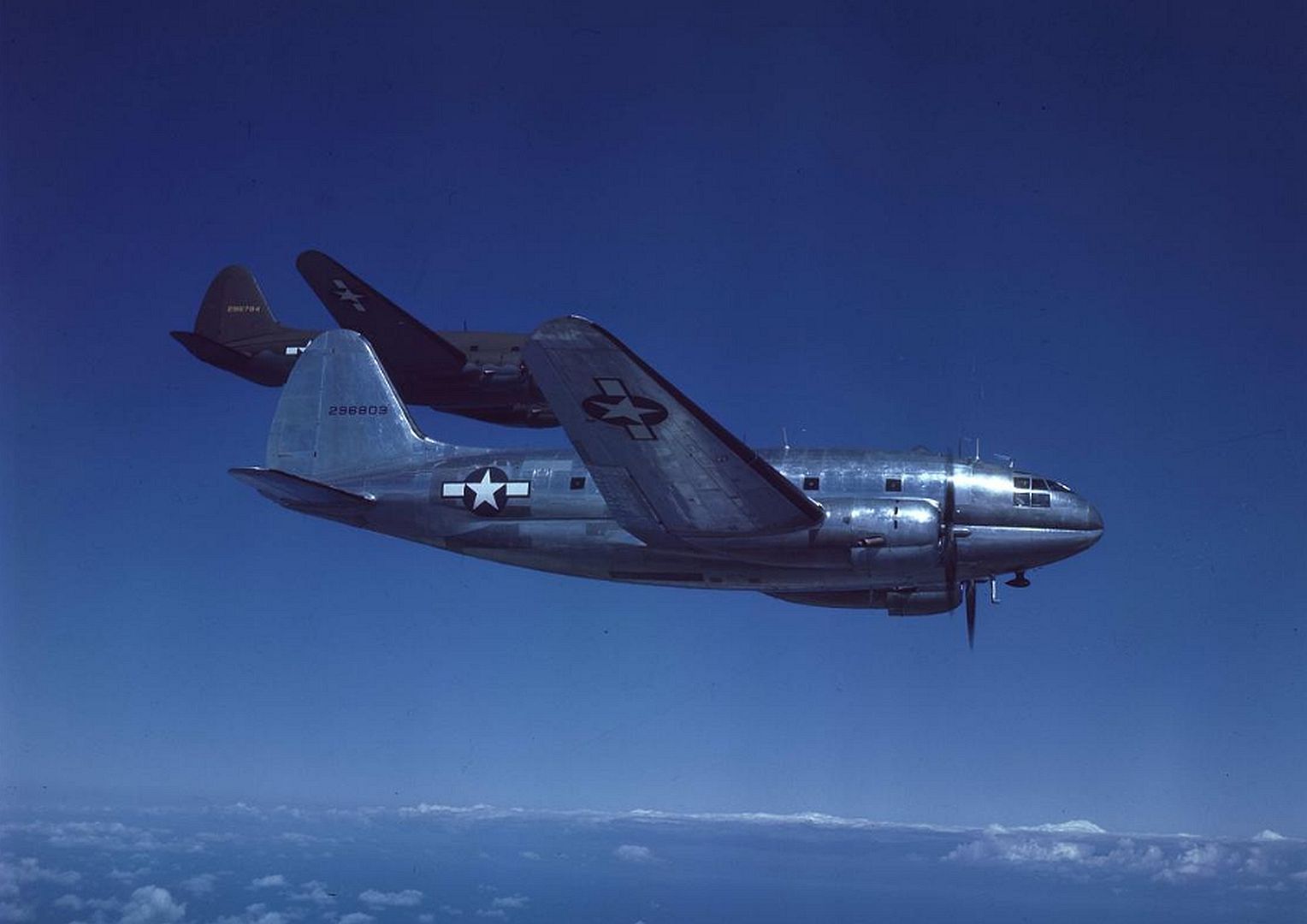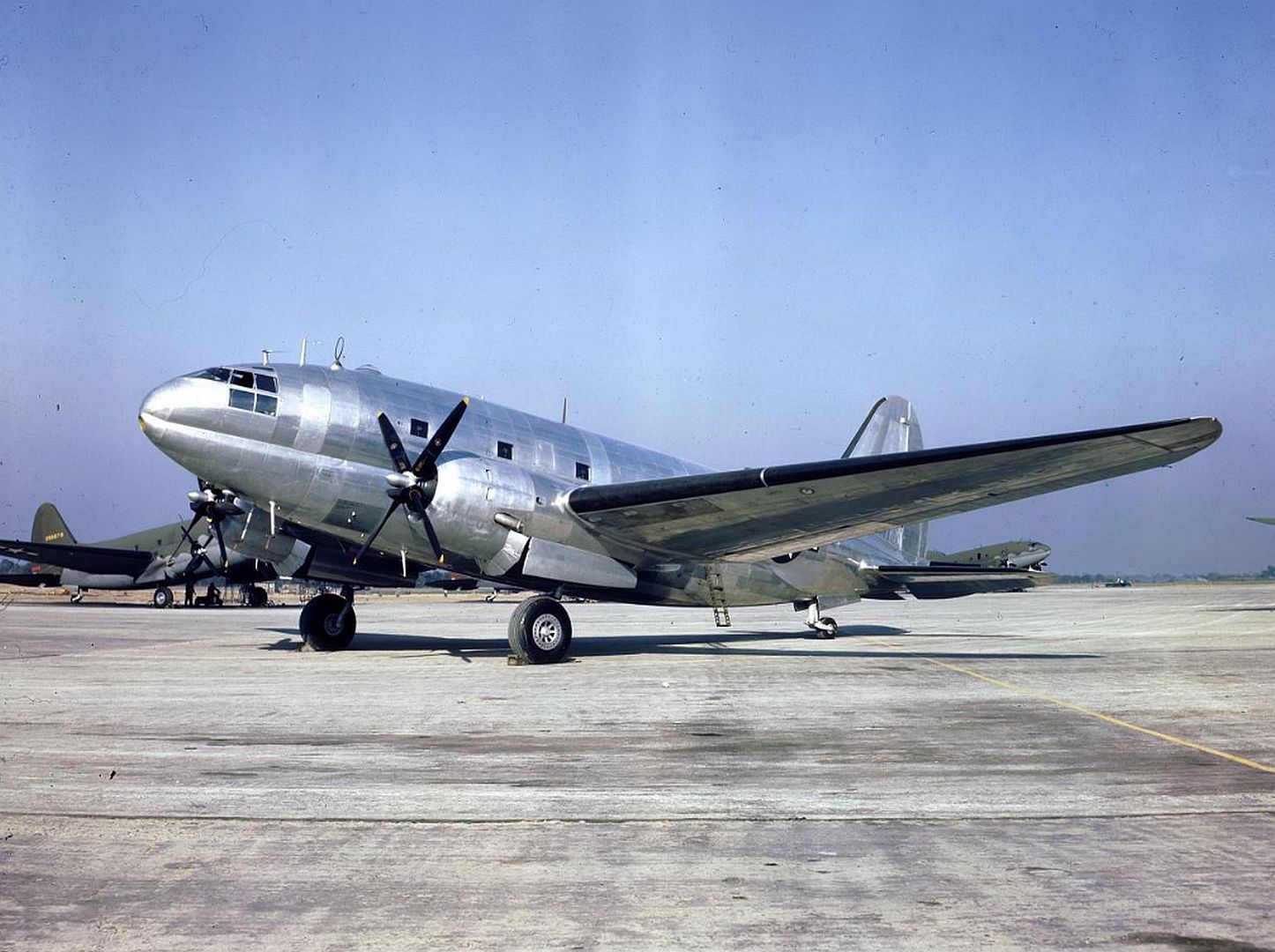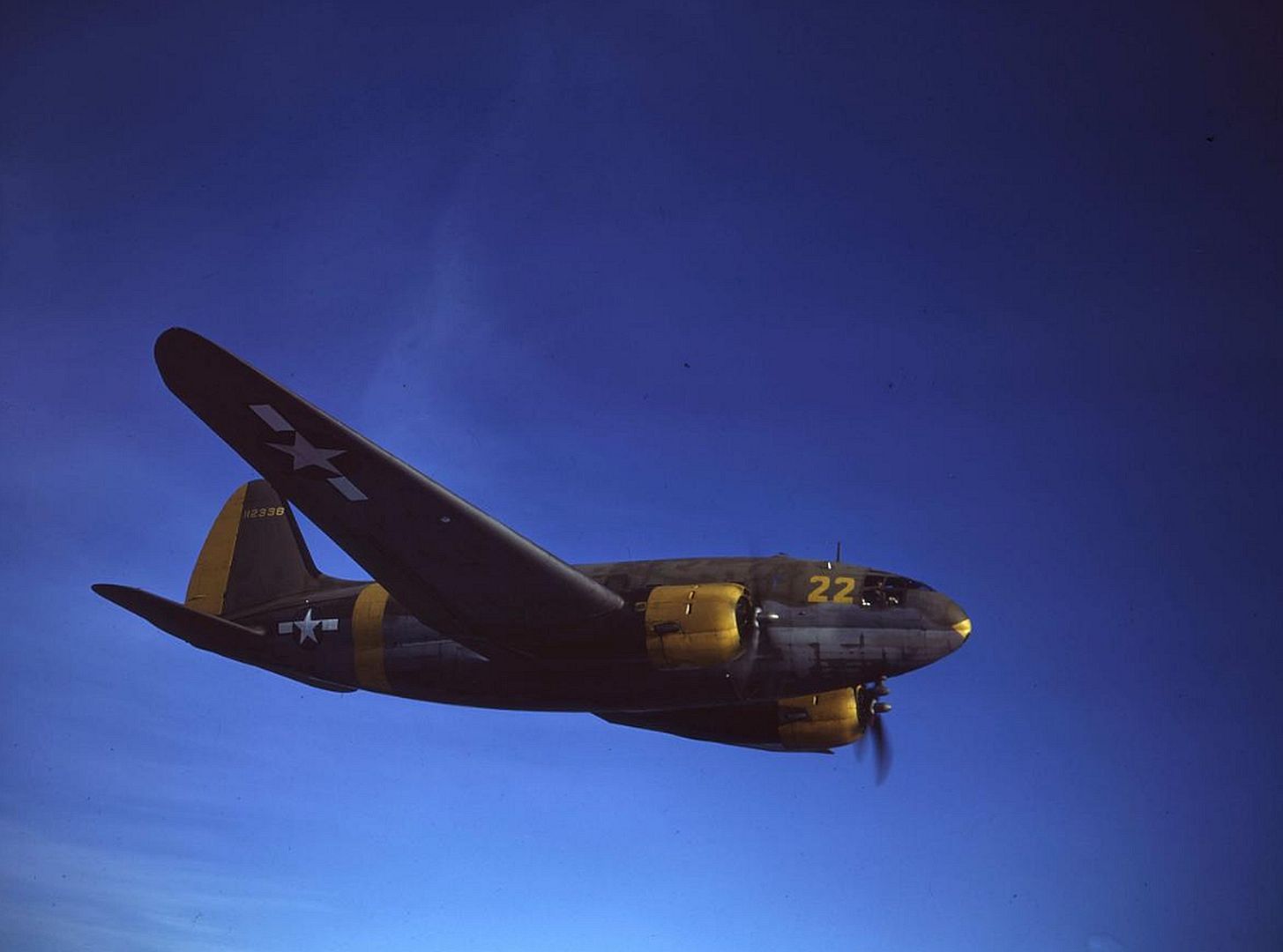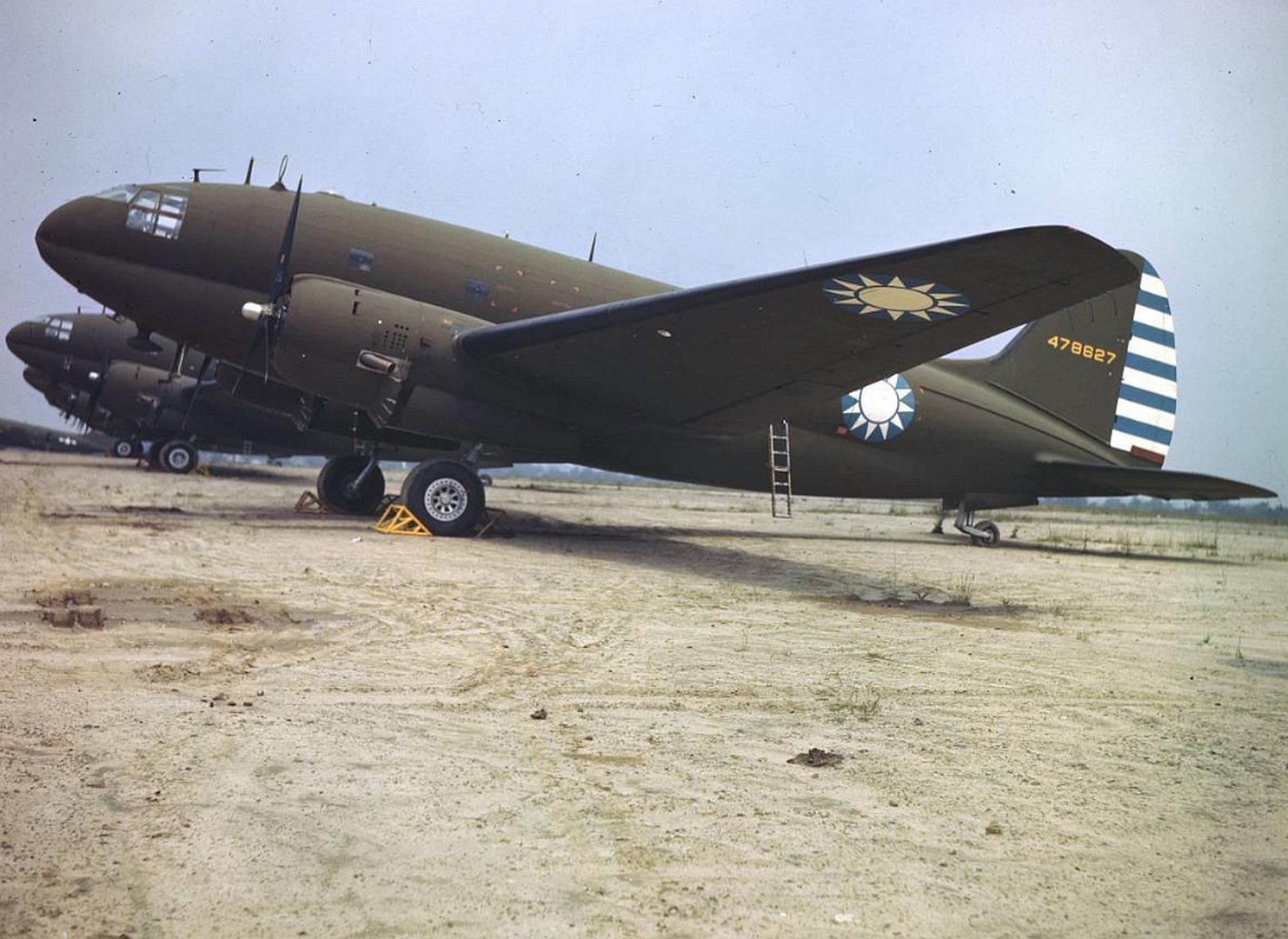Forums
- Forums
- Duggy's Reference Hangar
- USAAF / USN Library
- Curtiss C-46 Commando
Curtiss C-46 Commando
Post a reply
- Go to Previous topic
- Go to Next topic
- Go to Welcome
- Go to Introduce Yourself
- Go to General Discussion
- Go to Screenshots, Images and Videos
- Go to Off topic
- Go to Works in Progress
- Go to Skinning Tips / Tutorials
- Go to Skin Requests
- Go to IJAAF Library
- Go to Luftwaffe Library
- Go to RAF Library
- Go to USAAF / USN Library
- Go to Misc Library
- Go to The Ops Room
- Go to Made in Germany
- Go to Campaigns and Missions
- Go to Works in Progress
- Go to Juri's Air-Raid Shelter
- Go to Campaigns and Missions
- Go to Works in Progress
- Go to Skinpacks
- Go to External Projects Discussion
- Go to Books & Resources
-
 Main AdminThe Curtiss C-46 Commando is a transport aircraft derived from the Curtiss CW-20 pressurised high-altitude airliner design. Early press reports used the name 'Condor III' but the Commando name was in use by early 1942 in company publicity. It was used as a military transport during World War II by the United States Army Air Forces and also the U.S. Navy/Marine Corps, which used the designation R5C. The C-46 served in a similar role to its Douglas-built counterpart, the C-47 Skytrain, but it was not as extensively produced as the latter.
Main AdminThe Curtiss C-46 Commando is a transport aircraft derived from the Curtiss CW-20 pressurised high-altitude airliner design. Early press reports used the name 'Condor III' but the Commando name was in use by early 1942 in company publicity. It was used as a military transport during World War II by the United States Army Air Forces and also the U.S. Navy/Marine Corps, which used the designation R5C. The C-46 served in a similar role to its Douglas-built counterpart, the C-47 Skytrain, but it was not as extensively produced as the latter.
After World War II, a few surplus C-46 aircraft were briefly used in their originally designated role as passenger airliners, but the glut of surplus C-47s dominated the marketplace and the C-46 was soon relegated to primarily cargo duty. The type continued in U. S. Air Force service in a secondary role until 1968. The C-46 continues in operation as a rugged cargo transport for Arctic and remote locations with its service life extended into the 21st century.
Design and development
The prototype for what would become the C-46, the Curtiss CW-20, was designed in 1937 by George A. Page Jr., the chief aircraft designer at Curtiss-Wright. The CW-20 was a private venture intended to compete with the four-engined Douglas DC-4 and Boeing Stratoliner by the introduction of a new standard in pressurized airliners. The CW-20 had a patented fuselage conventionally referred to as a "figure-eight" (or "double-bubble") which enabled it to better withstand the pressure differential at high altitudes. This was done by having the sides of the fuselage creased at the level of the floor that not only separated the two portions but shared in the stress of each, rather than just supporting itself. The main spar of the wing could pass through the bottom section which was mainly intended for cargo without intruding on the passenger upper compartment. A decision to utilize a twin-engine design instead of a four-engine configuration was considered viable if sufficiently powerful engines were available, allowing for lower operating costs and a less complex structure.
Engineering work involved a three-year commitment from the company and incorporated an extensive amount of wind tunnel testing at the California Institute of Technology (Caltech). The resultant design was a large but aerodynamically "sleek" airliner, incorporating the cockpit in a streamlined glazed "dome". The engines featured a unique nacelle tunnel cowl where air was ducted in and expelled through the bottom of the cowl, reducing turbulent airflow and induced drag across the upper wing surface. After a mockup was constructed in 1938, Curtiss-Wright exhibited the innovative project as a display in the 1939 New York World's Fair.
The company approached many airlines in order to obtain their requirements for an advanced airliner. No firm orders resulted, although 25 letters of intent were received, sufficient to begin production. The design of a 24?34 passenger airliner proceeded to prototype stage as the CW-20 at the St. Louis, Missouri facility with the initial configuration featuring twin vertical tail surfaces. Powered by two 1,700 hp (1,300 kW) R-2600-C14-BA2 Wright Twin Cyclones, the prototype, registered NX-19436 flew for the first time on 26 March 1940 with test pilot Edmund T. "Eddie" Allen at the controls. After testing, modifications were instituted, including the fitting of a large single tail to improve stability at low speeds.
The first prototype was purchased by the United States Army Air Forces (USAAF) to serve as a master for the series and was designated C-55. After military evaluation, the sole example was returned to Curtiss-Wright and subsequently re-sold to the British Overseas Airways Corporation (BOAC). During testing, General Henry H. "Hap" Arnold became interested in the potential of the airliner as a military cargo transport and on 13 September 1940, ordered 46 modified CW-20As as the C-46-CU Commando; the last 21 aircraft in this order were delivered as Model CW-20Bs, called C-46A-1-CU. None of the C-46s purchased by the U.S. military were pressurized and the first 30 delivered to the AAF were sent back to the factory for 53 immediate modifications. The design was then modified to the C-46A configuration, receiving enlarged cargo doors, a strengthened load floor and a convertible cabin that speeded changes in carrying freight and troops. The C-46 was introduced to the public at a ceremony in May 1942, attended by its designer, George A. Page Jr.
A total of 200 C-46As in two initial batches were ordered in 1940, although only two were actually delivered by December 7, 1941. At this time, one other important change was made; more powerful 2,000 hp Pratt & Whitney R-2800 Double Wasp engines replaced the two Wright Twin Cyclones. By November 1943, 721 modifications had been made to production models, although many were minor, such as fuel system changes and fewer cabin windows were also adopted. Subsequent military contracts for the C-46A extended the production run to 1,454 examples, 40 of which were destined for the U.S. Marine Corps, to be designated R5C-1. The military model was fitted with double cargo doors, a strengthened floor and a hydraulically operated cargo handling winch; 40 folding seats were the sole passenger accommodation for what was essentially a cargo hauler. Tests indicated that the production C-46 was capable of carrying a substantial payload, and it could fly well on one engine. When empty, the aircraft could even climb on one engine at 200?300 ft per minute.
The final large production-run C-46D arrived in 1944?45, and featured single doors to facilitate paratroop drops; production totaled 1,430 aircraft. Although a one-off XC-46B experimented with a stepped windscreen and uprated powerplants, a small run of 17 C-46Es had many of the same features as the XC-46B along with three-bladed Hamilton-Standard propellers replacing the standard Curtiss-Electric four-bladed units. A last contract for 234 C-46Fs reverted to the earlier cockpit shape but introduced square wingtips. A sole C-46G had the stepped windscreen and square wingtips but the end of the war resulted in the cancellation of any additional orders for the type.
Operational history
Pacific Theater
Most famous for its operations in the China-Burma-India theater (CBI) and the Far East, the Commando was a workhorse in flying over "The Hump" (as the Himalaya Mountains were nicknamed by Allied airmen), transporting desperately needed supplies to troops in China from bases in India. A variety of transports had been employed in the campaign, but only the C-46 was able to handle the wide range of adverse conditions encountered by the USAAF. Unpredictably violent weather, heavy cargo loads, high mountain terrain, and poorly equipped and frequently flooded airfields proved a considerable challenge to the transport aircraft then in service, along with a host of engineering and maintenance nightmares due to a shortage of trained air and ground personnel.
After a series of mechanical problems were controlled if not surmounted, the C-46 proved its worth in the airlift operation in spite of continuing maintenance headaches. It could carry more cargo higher than other Allied twin-engine transport aircraft in the theater, including light artillery, fuel, ammunition, parts of aircraft and, on occasion, livestock. Its powerful engines enabled it to climb satisfactorily with heavy loads, staying aloft on one engine if not overloaded, though "war emergency" load limits of up to 40,000 lbs often erased any safety margins. Nevertheless, after the troublesome Curtiss-Electric electrically controlled pitch mechanism on the propellers had been removed, the C-46 continued to be employed in the CBI and over wide areas of southern China throughout the war years. Even so, the C-46 was referred to by ATC pilots as the "flying coffin" with at least 31 known instances of fires or explosions in flight between May 1943 and March 1945, and many others missing and never found. Other names used by the men who flew them were "The Whale," the "Curtiss Calamity," and the "plumber's nightmare". The C-46's huge cargo volume (twice that of the C-47), three times the weight, large cargo doors, powerful engines and long range also made it suitable for the vast distances of the Pacific island campaign. In particular, the U.S. Marines found the aircraft (known as the R5C) useful in their amphibious Pacific operations, flying supplies in and wounded personnel out of numerous and hastily built island landing strips.
Europe
Although not built in the same quantities as its more famous wartime compatriot, the C-47 Skytrain, the C-46 nevertheless played a significant role in wartime operations, although the aircraft was not deployed in numbers to the European theater until March 1945. It augmented USAAF Troop Carrier Command in time to drop paratroopers in an offensive to cross the Rhine River in Germany (Operation Varsity).
So many C-46s were lost in the paratroop drop during Operation Varsity that Army General Matthew Ridgway issued an edict forbidding the aircraft's use in future airborne operations. Even though the war ended soon afterwards and no further airborne missions were flown, the C-46 may well have been unfairly demonized. The operation's paratroop drop phase was flown in daylight at low speeds at very low altitudes by an unarmed cargo aircraft without self-sealing fuel tanks, over heavy concentrations of German 20 mm, 37 mm, and larger caliber antiaircraft (AA) cannon utilizing explosive, incendiary, and armor-piercing incendiary ammunition. By that stage of the war, German AA crews had trained to a high state of readiness; many batteries had considerable combat experience in firing on and destroying high-speed, well-armed fighter and fighter-bomber aircraft while under fire themselves. Finally, while many, if not all of the C-47s used in Operation Varsity had been retrofitted with self-sealing fuel tanks, the C-46s received no such modification. Although 19 of 72 C-46 aircraft were shot down during Operation Varsity, it is not as well known that losses of other aircraft types from AA fire during the same operation were equally as intense, including 13 gliders shot down, 14 crashed, and 126 badly damaged; 15 B-24 bombers shot down, and 104 badly damaged; 12 C-47s shot down, with 140 damaged.
Despite its obvious and valuable utility, the C-46 remained a maintenance nightmare throughout its AAF career. The official history of the Army Air Forces summarized its shortcomings:
But from first to last, the Commando remained a headache. It could be kept flying only at the cost of thousands of extra man-hours for maintenance and modification. Although Curtiss-Wright reported the accumulation by November 1943 of the astounding total of 721 required changes in production models, the plane continued to be what maintenance crews around the world aptly described as a "plumber's nightmare." Worse still, the plane was a killer. In the experienced hands of Eastern Air Lines and along a route that provided more favorable flying conditions than were confronted by military crews in Africa and on the Hump route into China, the plane did well enough. Indeed, Eastern Air Lines lost only one C-46 in more than two years of operation. But among the ATC pilots the Commando was known, with good reason, as the "flying coffin." From May 1943 to March 1945, Air Transport Command received reports of thirty-one instances in which C-46s caught fire or exploded in the air. Still others were listed merely as "missing in flight," and it is a safe assumption that many of these exploded, went down in flames, or crashed as the result of vapor lock, carburetor icing, or other defects.
During the war years, the C-46 was noted for an abnormal number of unexplained airborne explosions (31 between May 1943 and May 1945) that were initially attributed to various causes. In particular, the fuel system, which was quickly designed, then modified for the new, thirstier Pratt & Whitney engines, was criticized. The cause of the explosions was eventually traced to pooled gasoline from small leaks in the tanks and fuel system, combined with a spark, usually originating from open-contact electrical components. Though many service aircraft suffered small fuel leaks in use, the C-46's wings were unvented; if a leak occurred, the gasoline had nowhere to drain, but rather pooled at the wing root. Any spark or fire could set off an explosion. After the war, all C-46 aircraft received a wing vent modification to vent pooled gasoline, and an explosion-proof fuel booster pump was installed with shielded electrical selector switches in lieu of the open-contact type used originally.
Postwar
Overall, the C-46 had been successful in its primary role as a wartime cargo transport, and had benefited from a series of improvements. Like the C-47/DC-3, the C-46 seemed destined for a useful career as a postwar civilian passenger airliner, and was considered for that purpose by Eastern Airlines. However, the high operating costs of the C-46 (up to 50% greater than the C-47), soon caused most operators to change their minds. Consequently, most postwar C-46 operations were limited to commercial cargo transport, and then only for certain routes. One of the C-46's major drawbacks was the prodigious fuel consumption of its powerful 2,000 hp engines, which used fuel at a much higher rate than the C-47/DC-3. Maintenance was also more intensive and costlier. Despite these disadvantages, surplus C-46s were used by some air carriers, including Capitol, Flying Tigers, Civil Air Transport (CAT) and World Airways to both carry cargo and passengers. Many other small carriers also eventually operated the type on both scheduled and non-scheduled routes. The C-46 became a common sight in South America, and was widely used in Bolivia, Peru, Brazil, Argentina and Chile, especially in mountainous areas (where a good climb rate and high service ceiling were required) or to overfly deep jungle terrain where ground transport was impracticable.
C-46 Commandos also went back to war. A dozen surplus C-46's were purchased in the US covertly for use in Israel's 1948 war for independence and flown to Czechoslovakia in a circuitous route along South America and then across to Africa. The type's long range proved invaluable flying cargo, including desperately needed dismantled S-199 fighters from Czechoslovakia as well as other weapons and military supplies. On the return flight the C-46's would dump bombs out the cargo door on various targets at night, including Gaza, El Arish, Majdal, and Faluja (Both Egypt and Israel would also use C-47's as bombers and transports locally). C-46's served both Korea and Vietnam for various USAF operations, including resupply missions, paratroop drops, and clandestine agent transportation. The C-46 was not officially retired from service with the U.S. Air Force until 1968. The type also served under a U.S. civilian agency, the Central Intelligence Agency (CIA). The C-46 played a supporting role in many clandestine operations during the late 1940s and early 1950s, including resupply efforts to Chiang Kai-Shek's troops battling Mao's Communists in China as well as flying cargoes of military and medical supplies to French forces via Gialam Airfield in Hanoi and other bases in French Indochina. The CIA operated its own "airline" for these operations, Civil Air Transport (CAT), which was eventually renamed Air America in 1959. An Air America C-46 was the last fixed-wing aircraft flown out of Vietnam [Saigon] at the close of hostilities there. On 29 April 1975, Capt. E. G. Adams flew a 52-seat version, with 152 people on board, to Bangkok, Thailand. The C-46 was also employed in the abortive U.S.-supported Bay of Pigs invasion in 1961. The Republic of China Air Force operated the C-46 up until 1982 at which time it was retired from service.
Although their numbers gradually began to dwindle, C-46s continued to operate in remote locations, and could be seen in service from Canada and Alaska to Africa and South America. In the late 1970s and early 1980s, the Canadian airline Lamb Air operated several C-46s from their bases in Thompson and Churchill, Manitoba. One of the largest C-46 operators was Air Manitoba, whose fleet of aircraft featured gaudy color schemes for individual aircraft. In the 1990s, these aircraft were divested to other owner/operators.
Between 1993 and 1995, Relief Air Transport operated three Canadian registered C-46s on Operation Lifeline Sudan from Lokichoggio, Kenya. These aircraft also transported humanitarian supplies to Goma, Zaire and Mogadishu, Somalia from their base in Nairobi, Kenya. One of the aircraft (C-GIXZ) was lost near Lokichoggio while the remaining two (C-GTXW & C-GIBX) eventually made their way back to Canada.
Buffalo Airways currently operate two, primarily used in Canada's Arctic. Their aircraft have been featured on the Ice Pilots NWT television show.
Two C-46s, formerly owned and operated by Relief Air Transport in Africa, were operated as freighters for First Nations Transportation in Gimli, Manitoba, but the airline has now ceased operations with one aircraft sold to Buffalo Airways and the other tied up in receivership. According to First Nations Transport, as of Jan 2016, the aircraft is claimed to be airworthy with two new engines and available for sale with the fire bottles and props needing updates
The Japan Air Self-Defense Force used the Commando until at least 1966, when they began development of the Kawasaki C-1.
Prices for a used C-46 in 1960 ranged from ?20,000 for a C-46F conversion, to ?60,000 for a C-46R.
Below Production
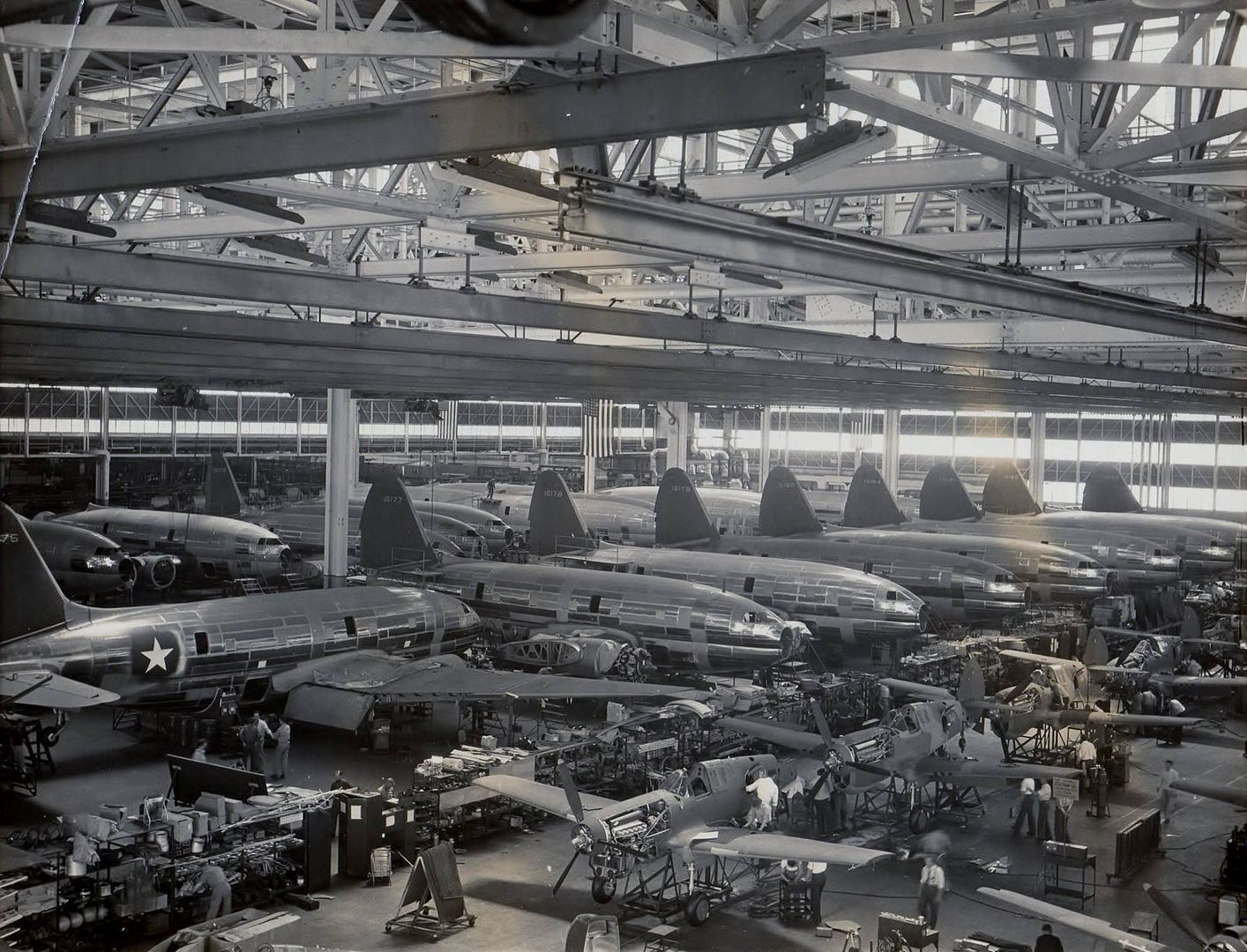

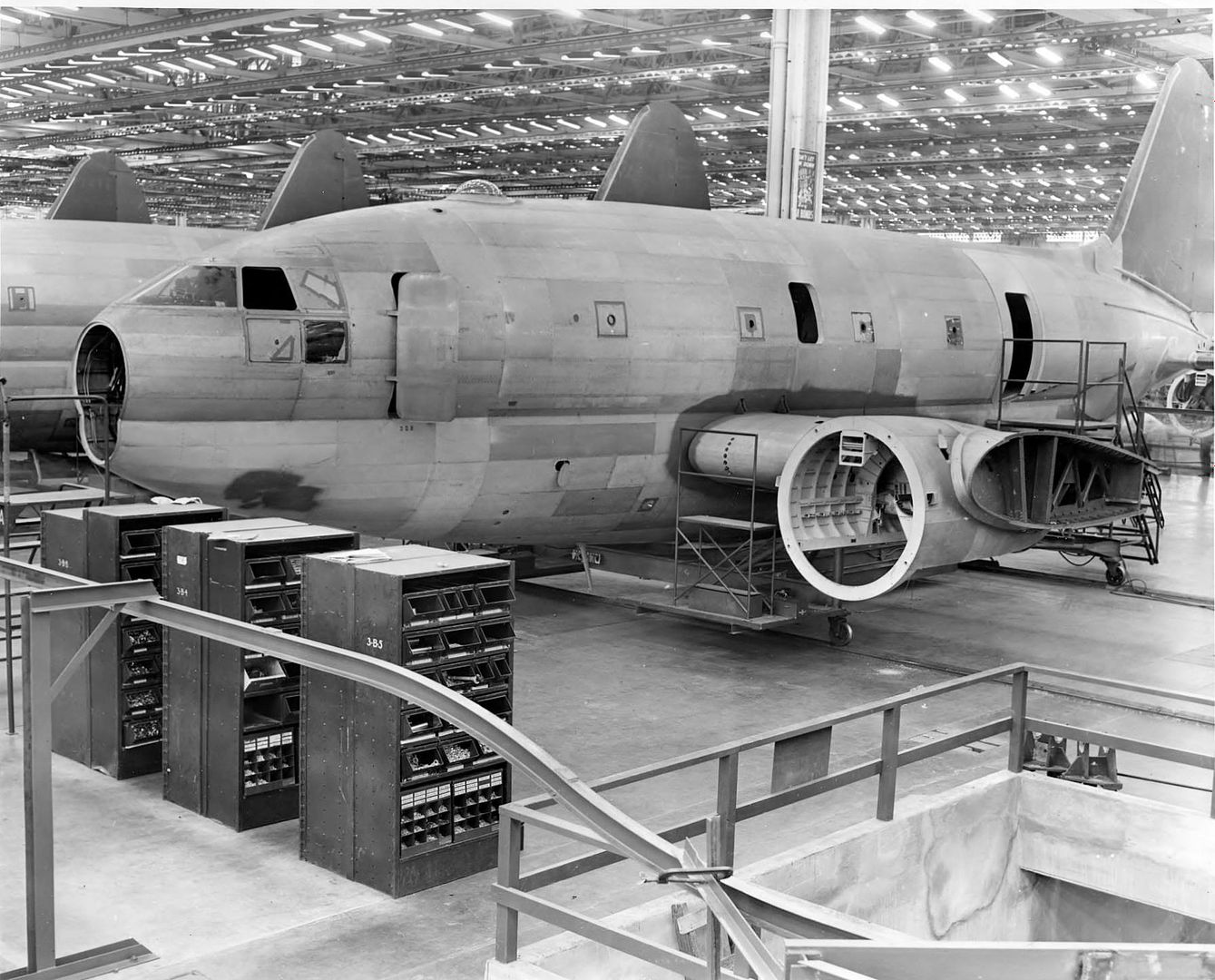
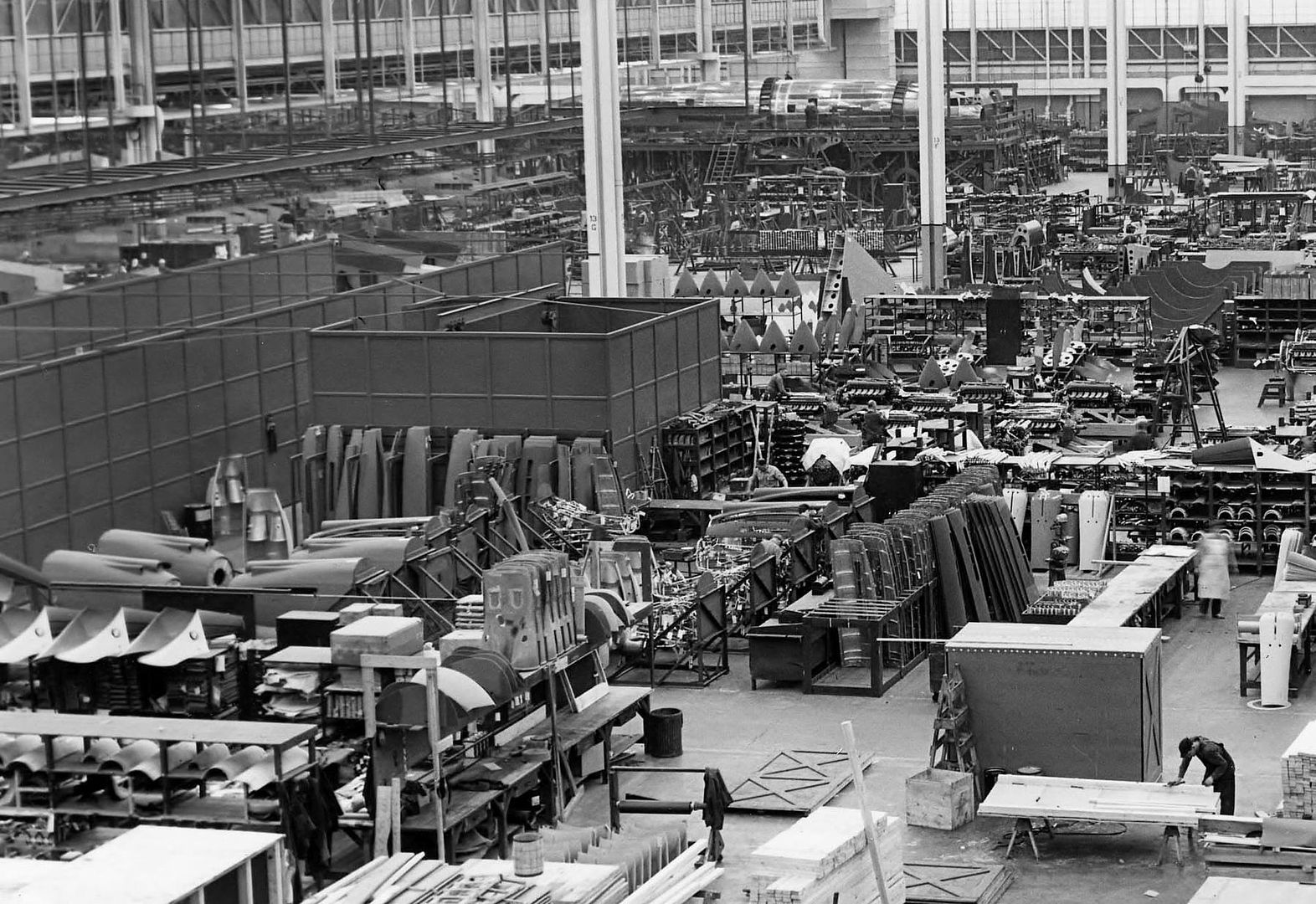
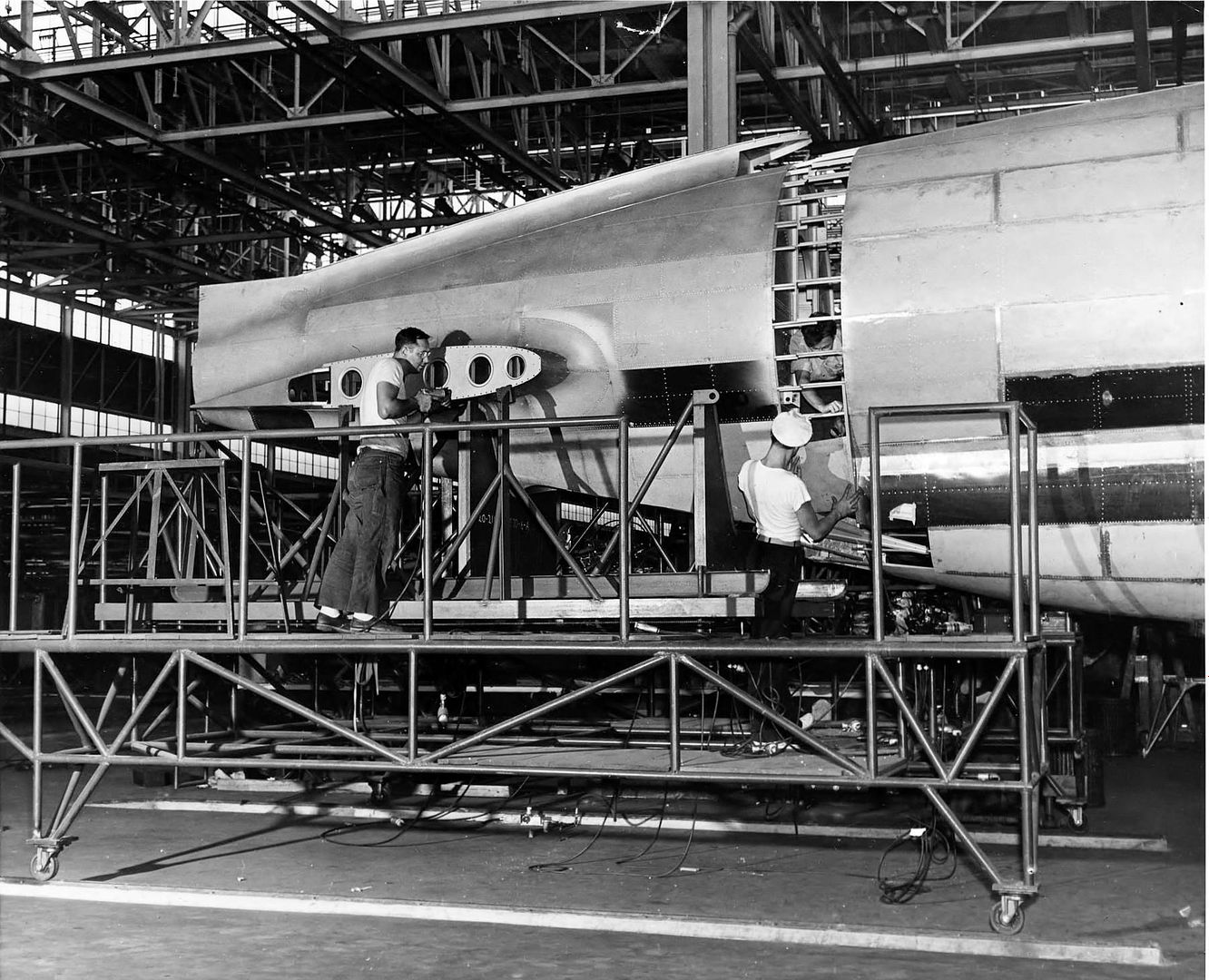
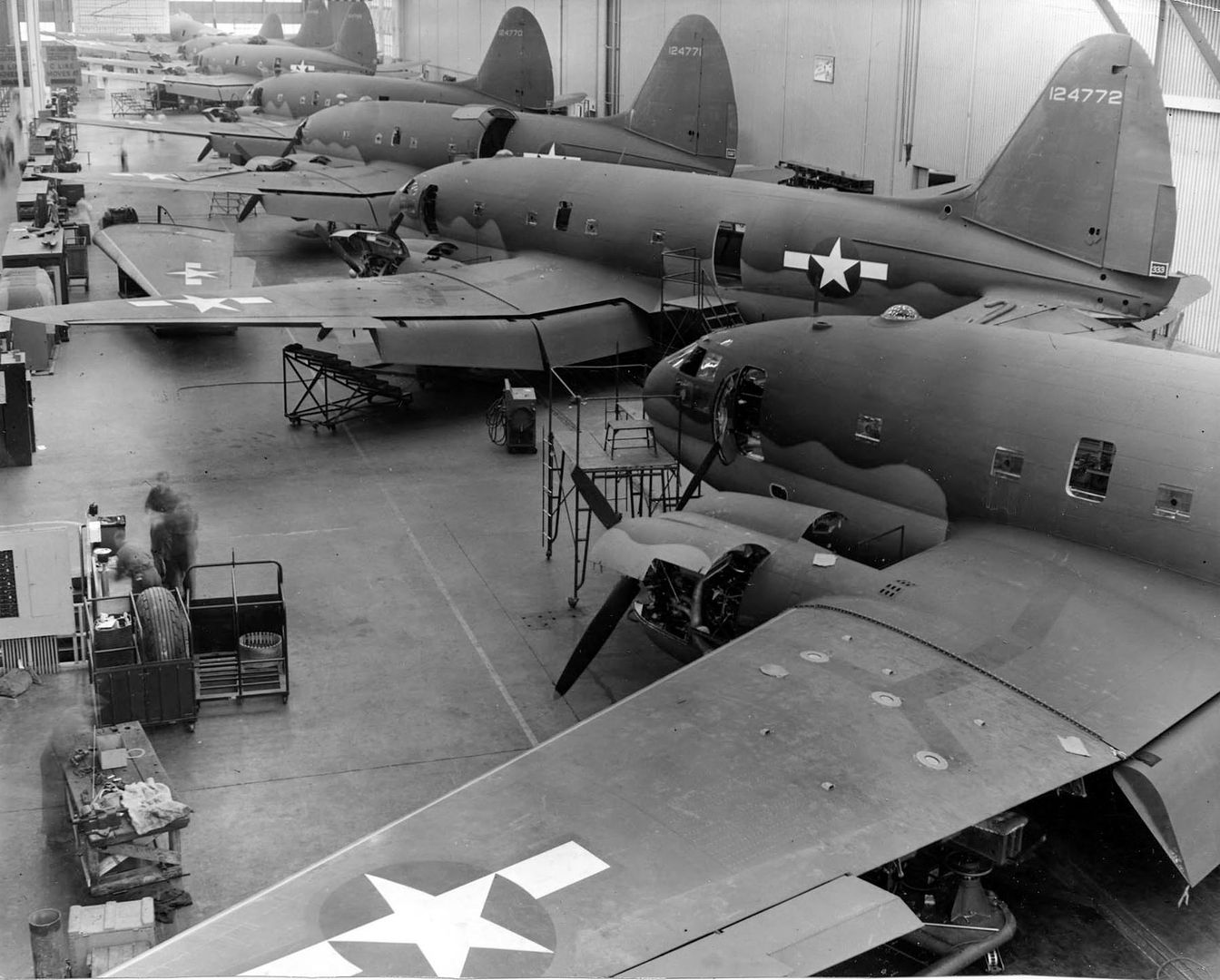
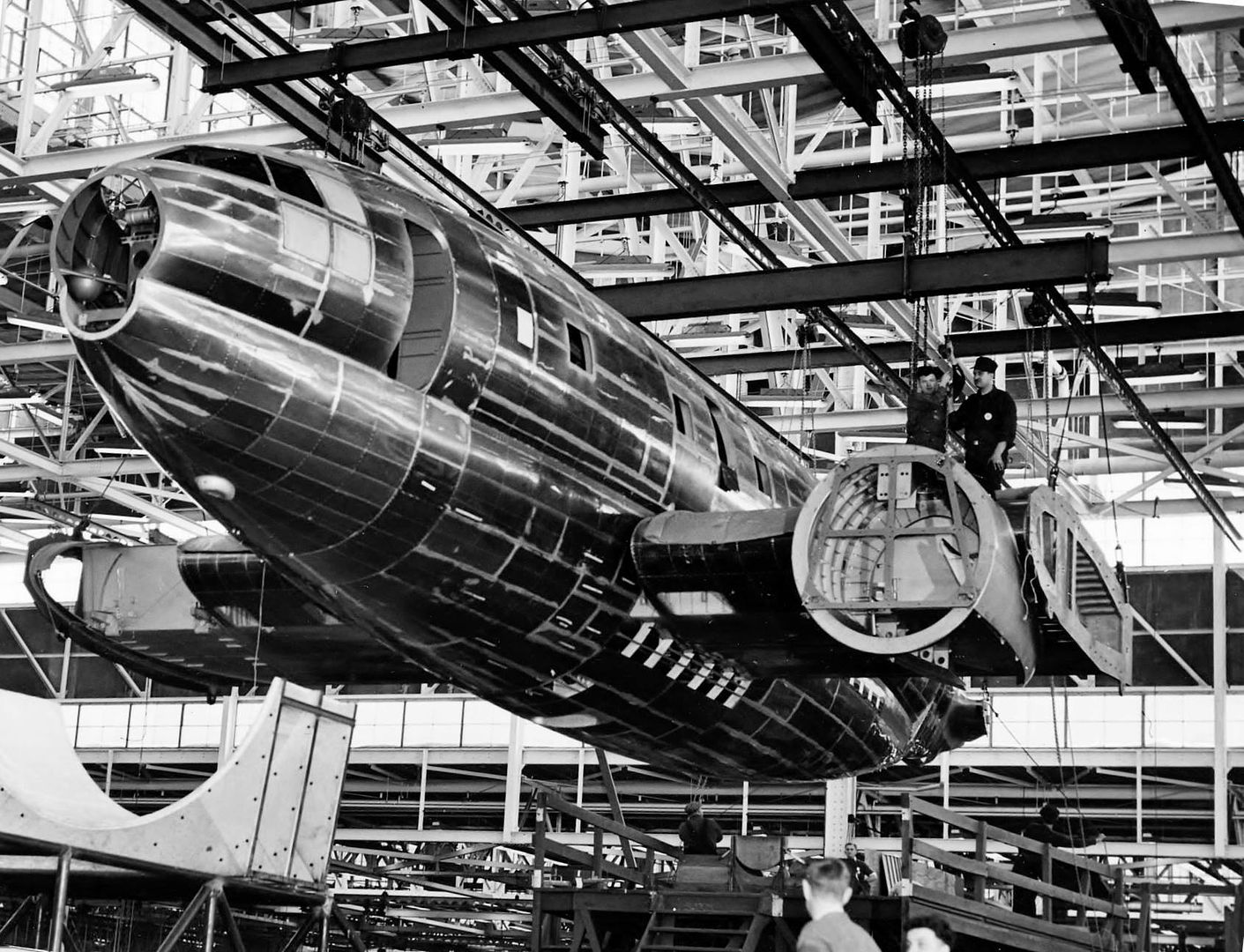
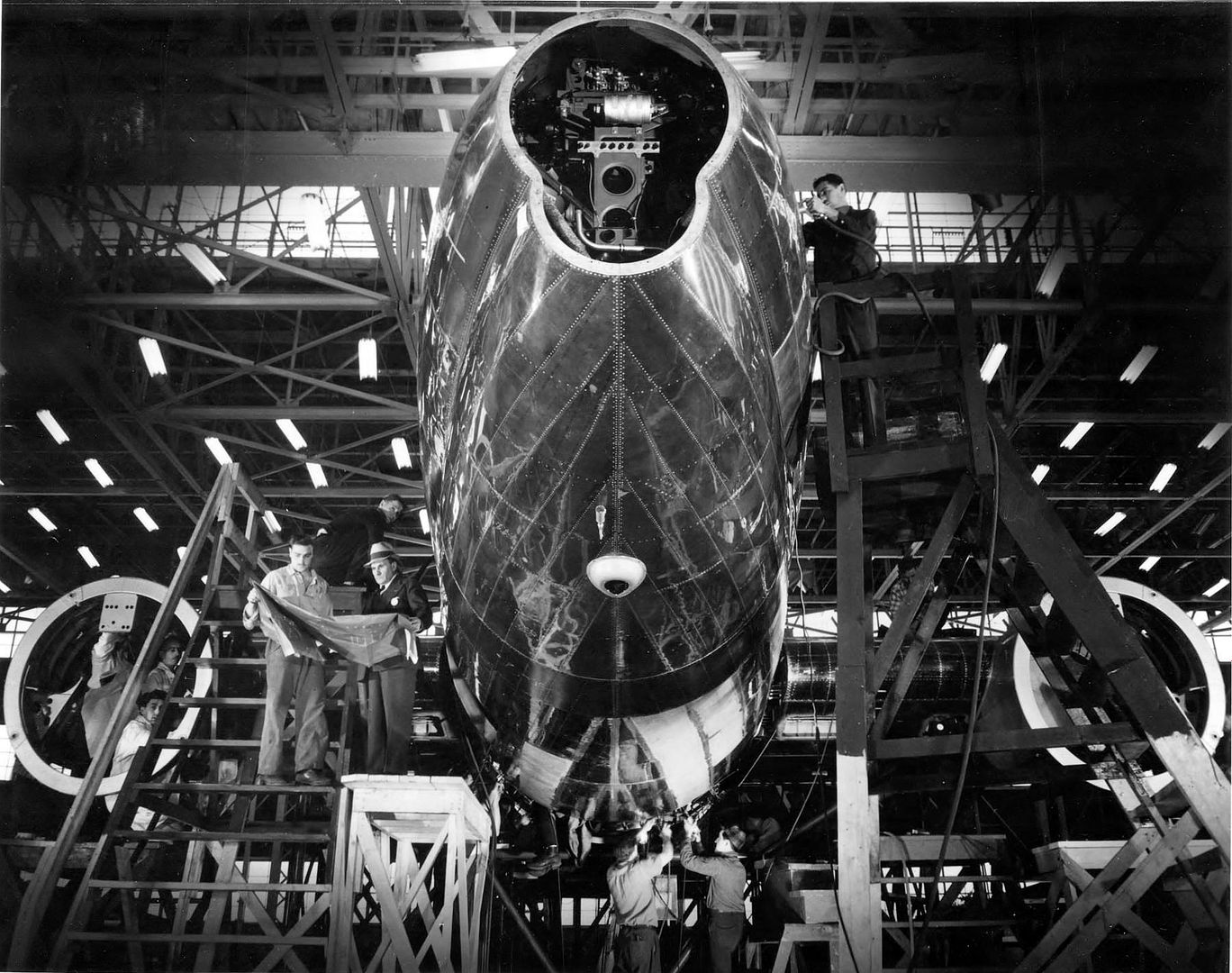
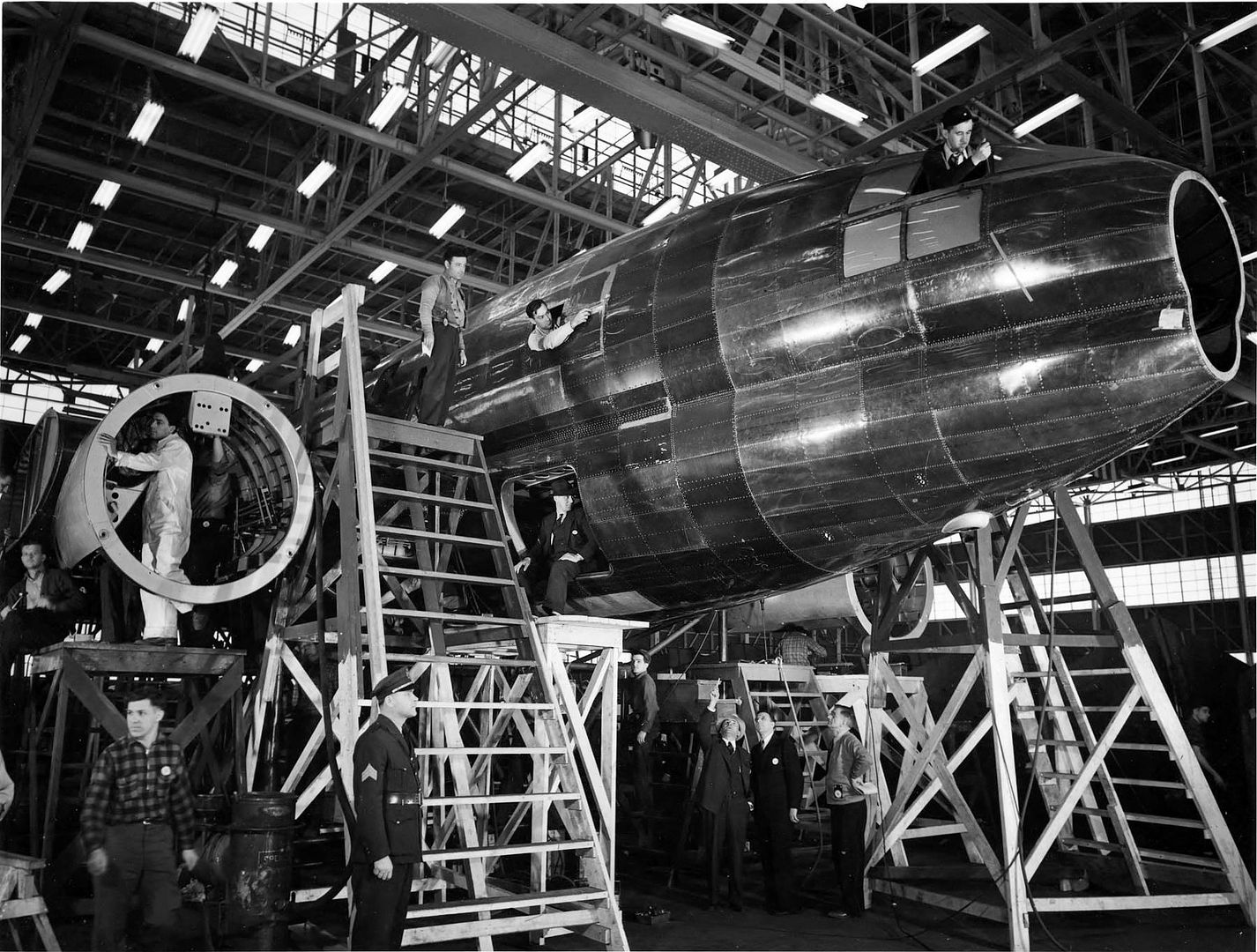
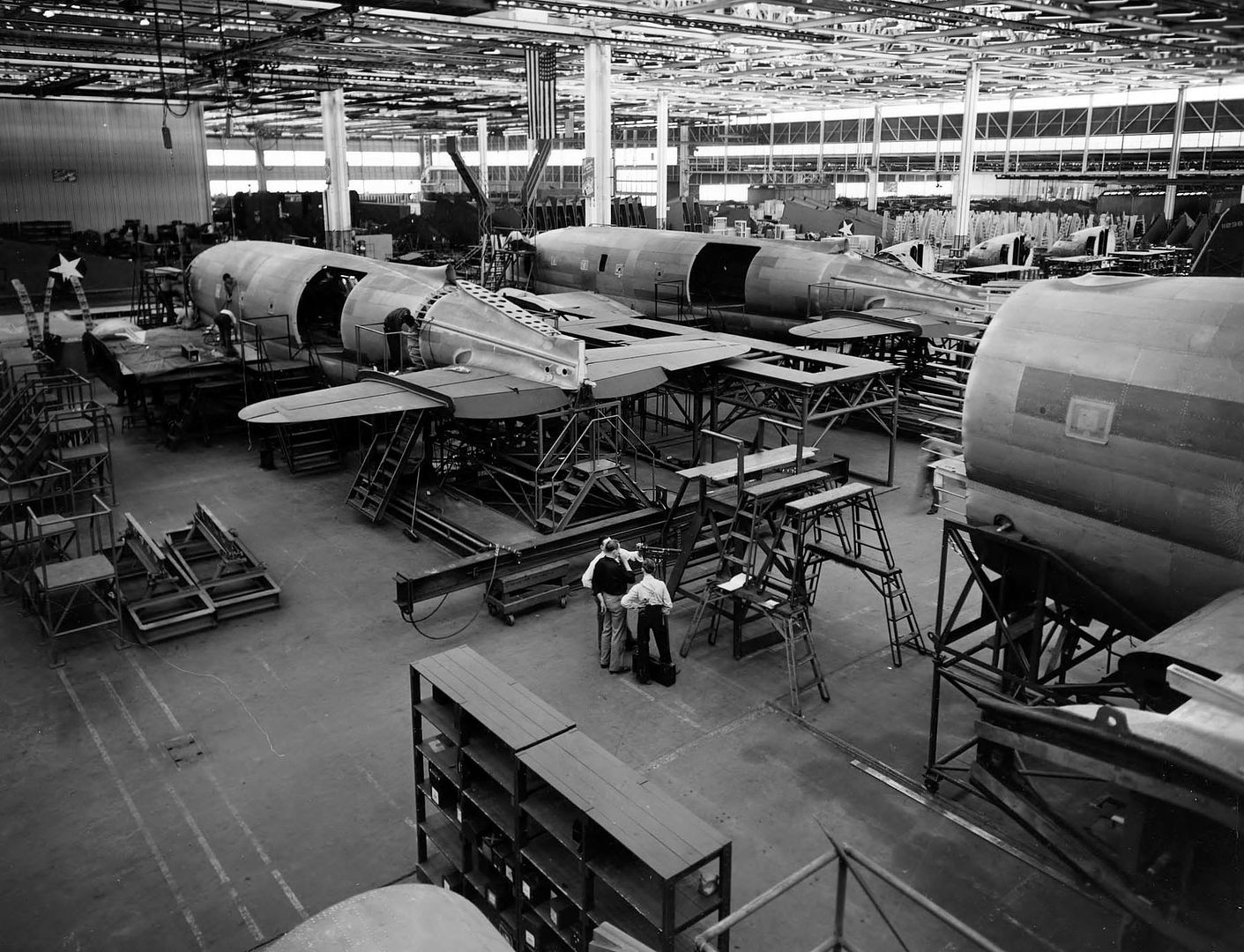
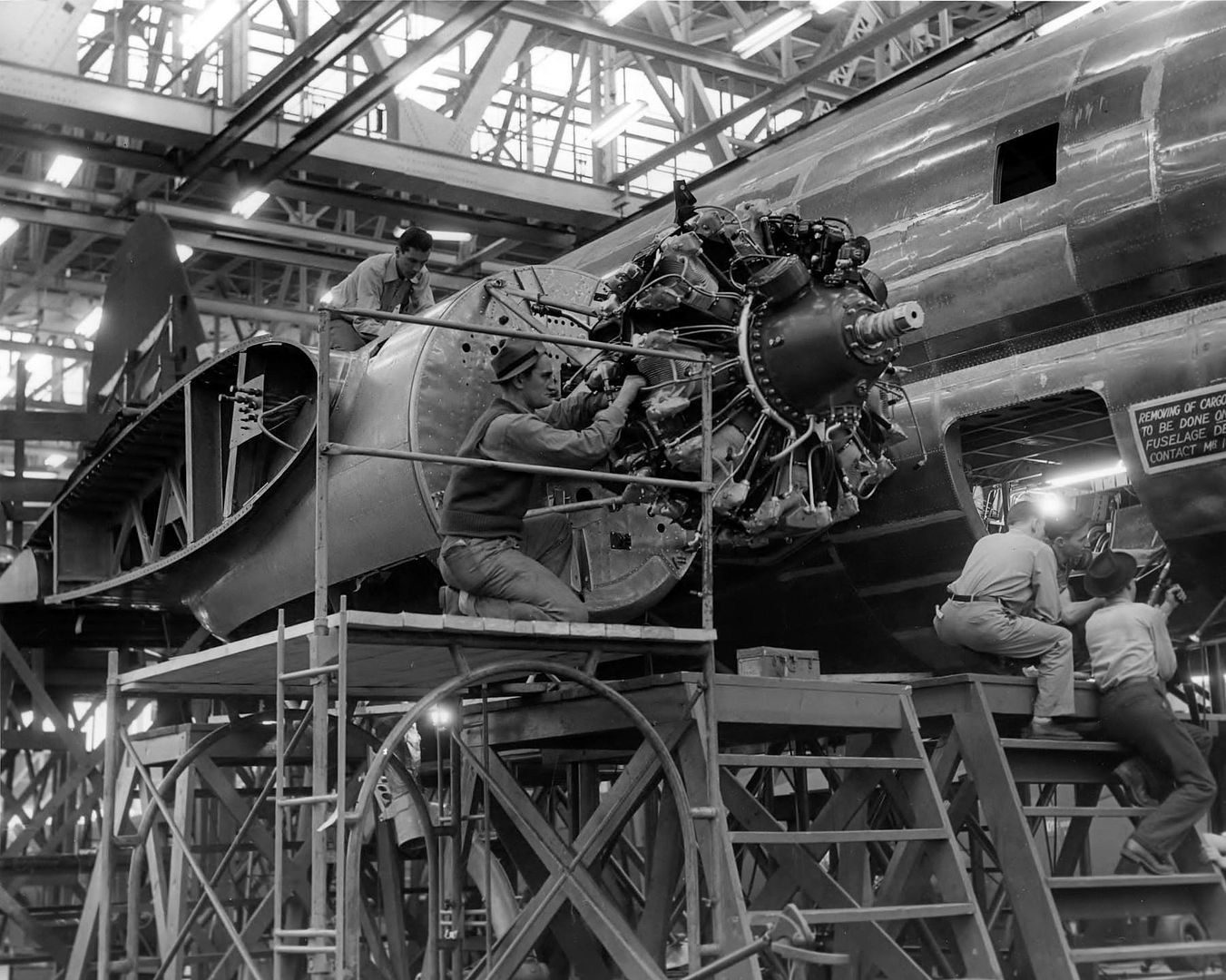

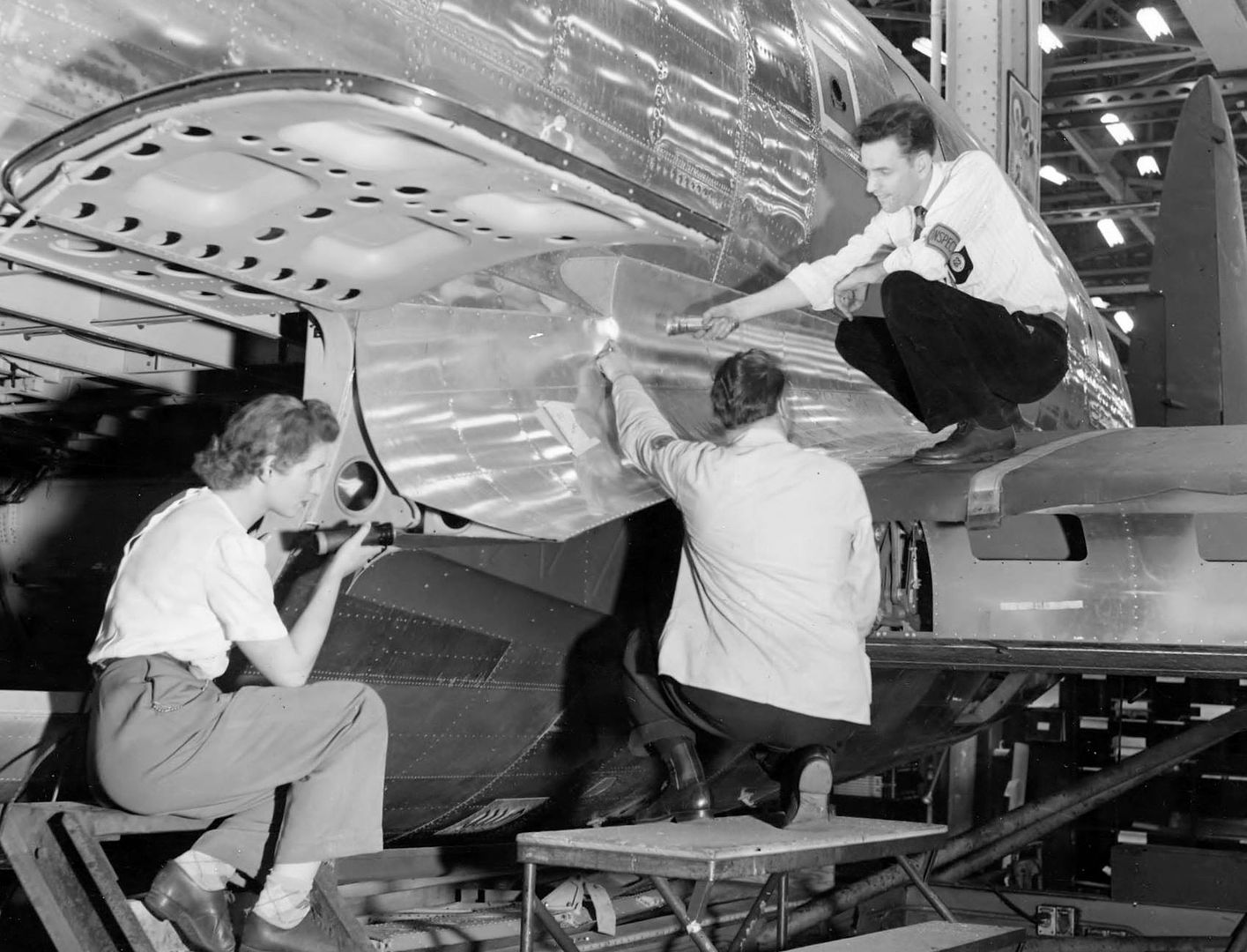

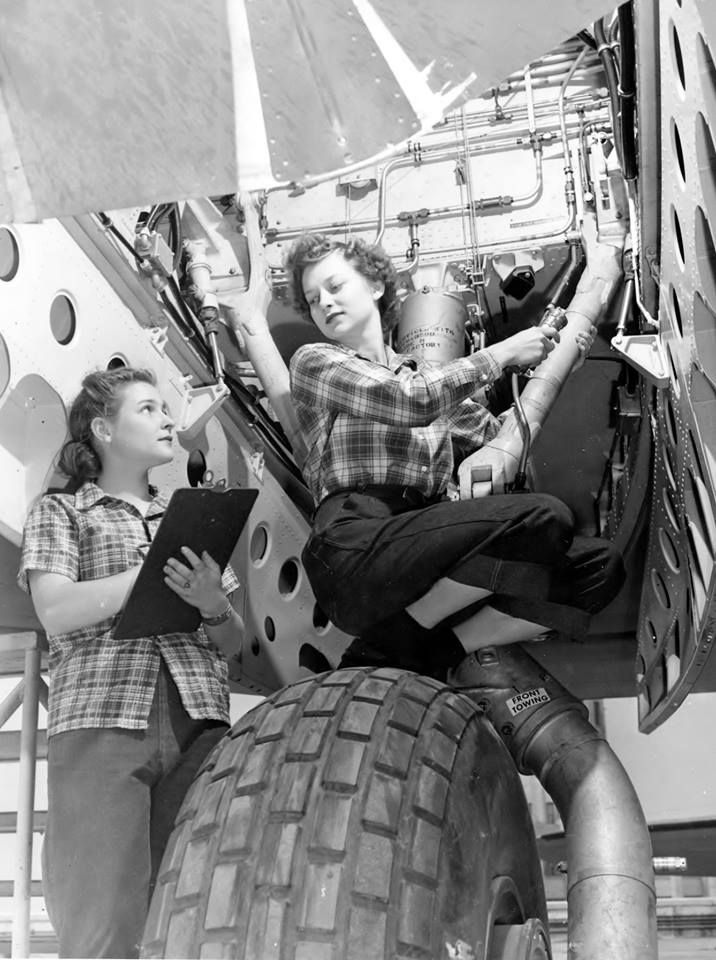
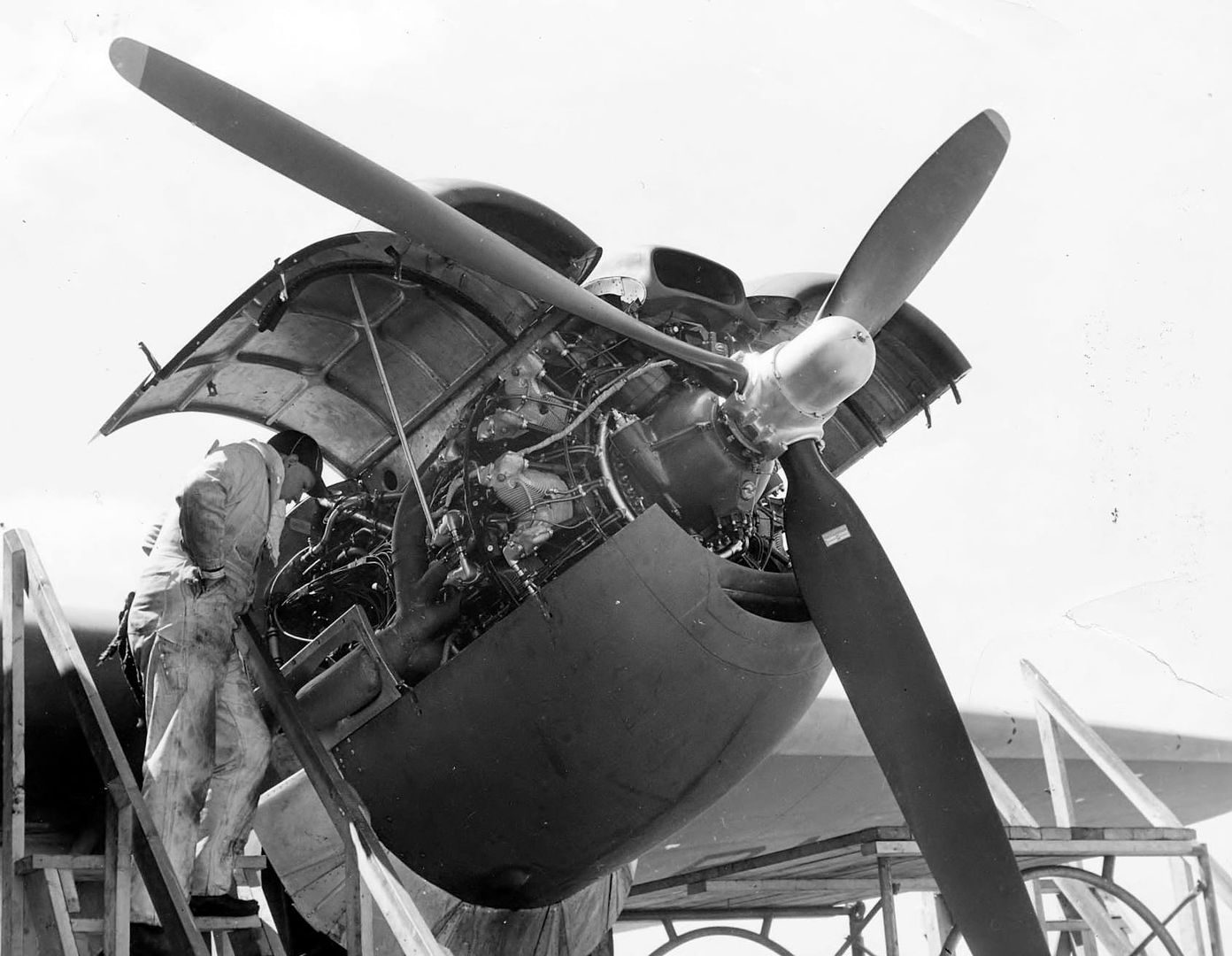
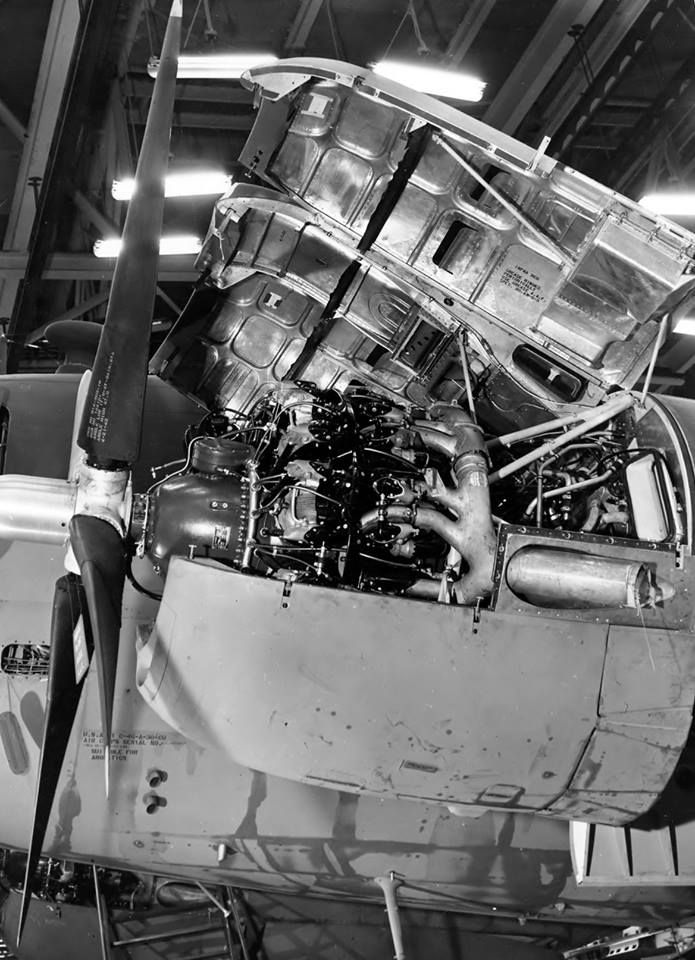
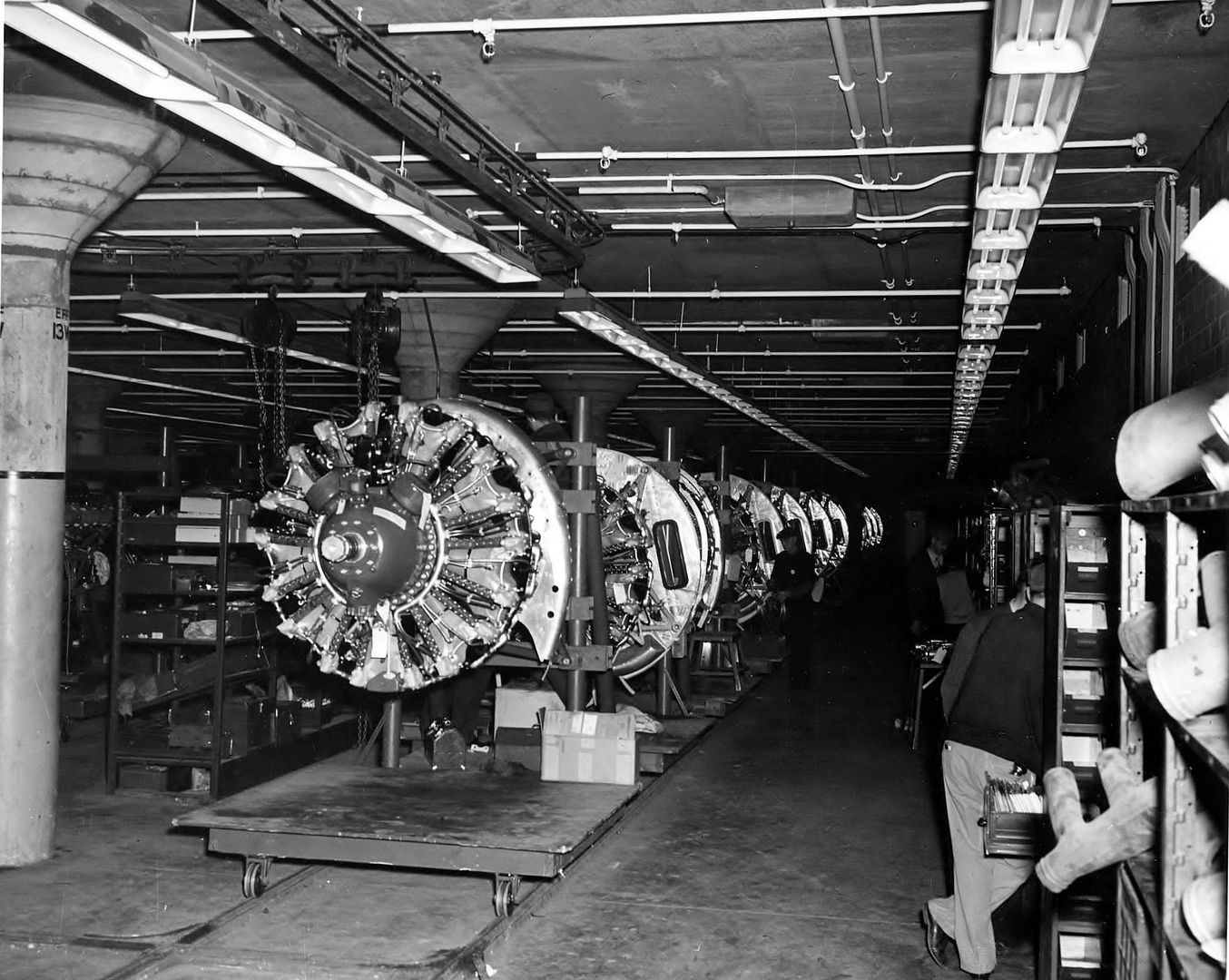
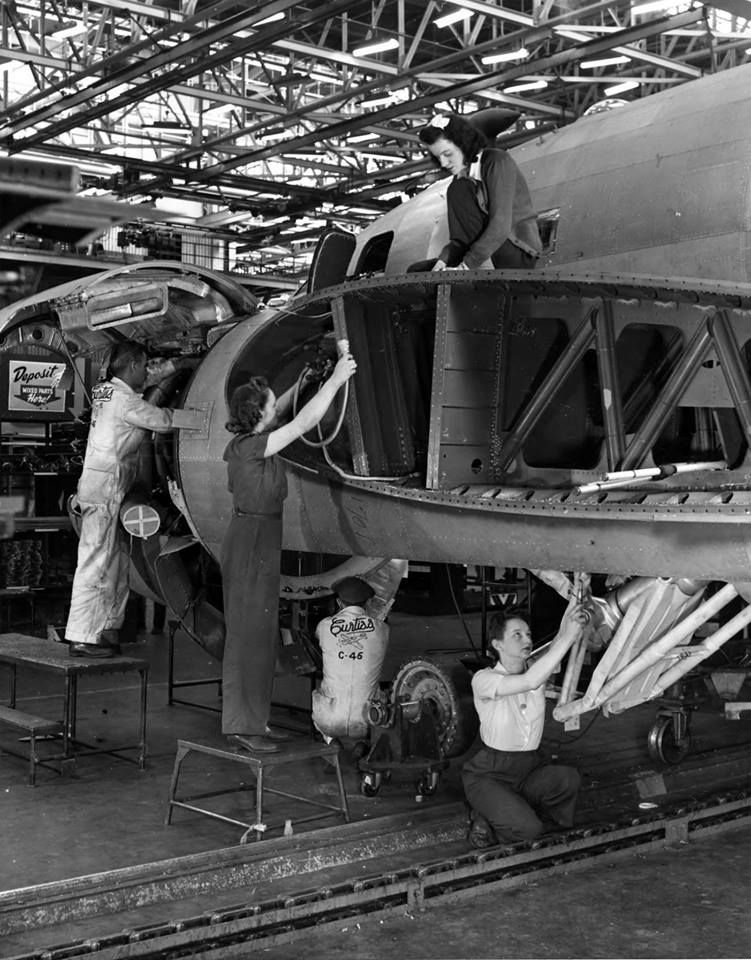
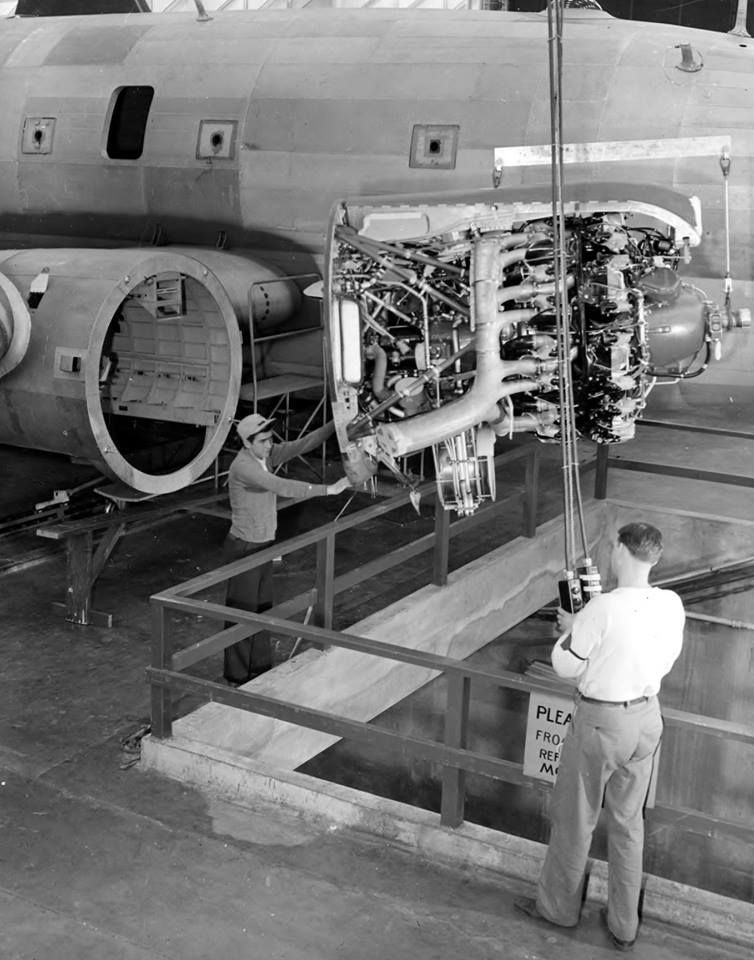
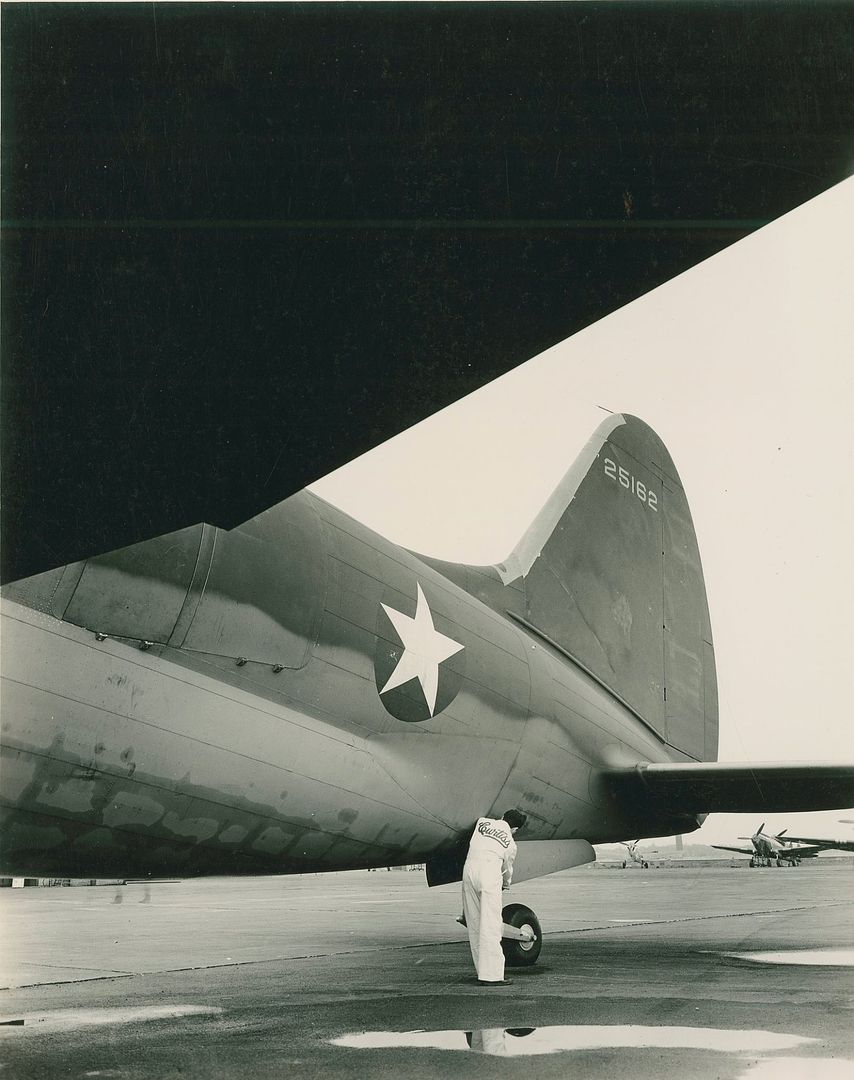
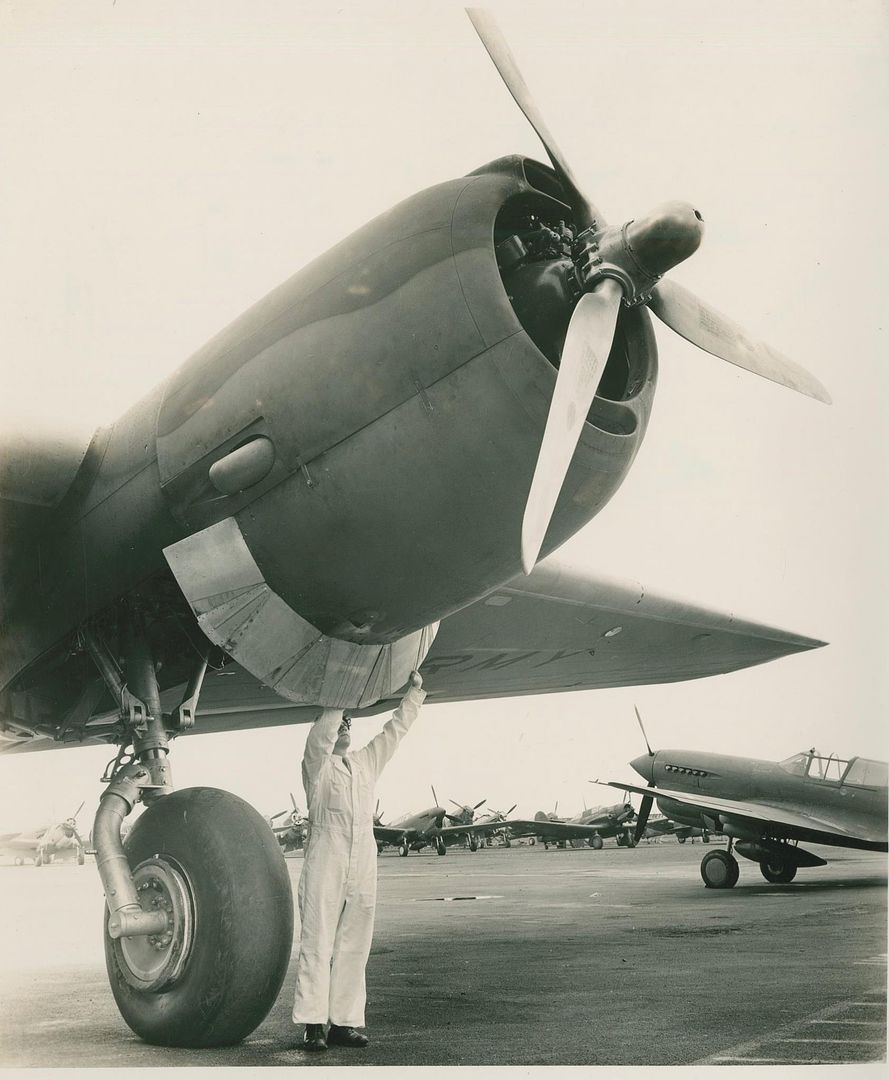
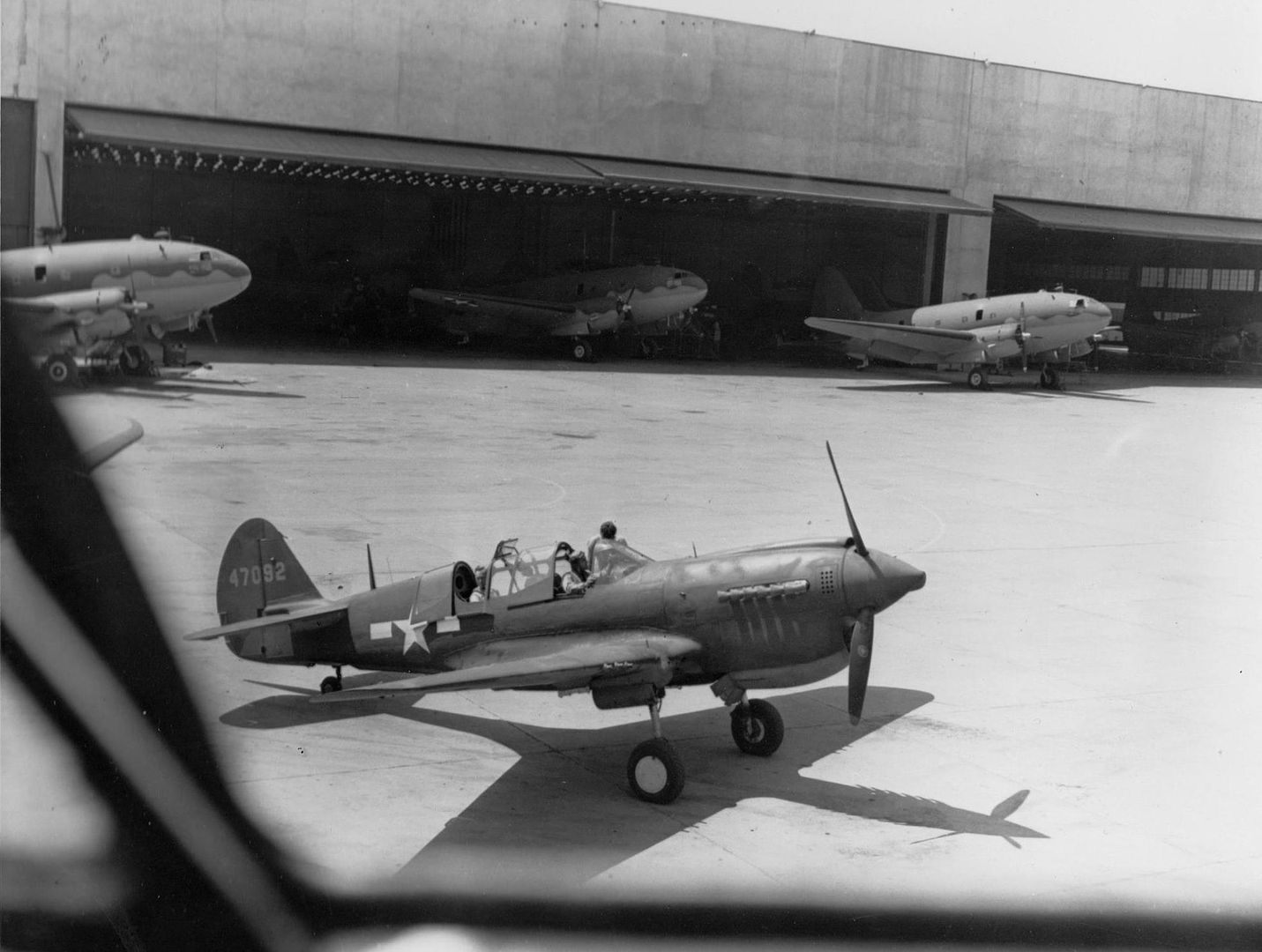
Below Cockpit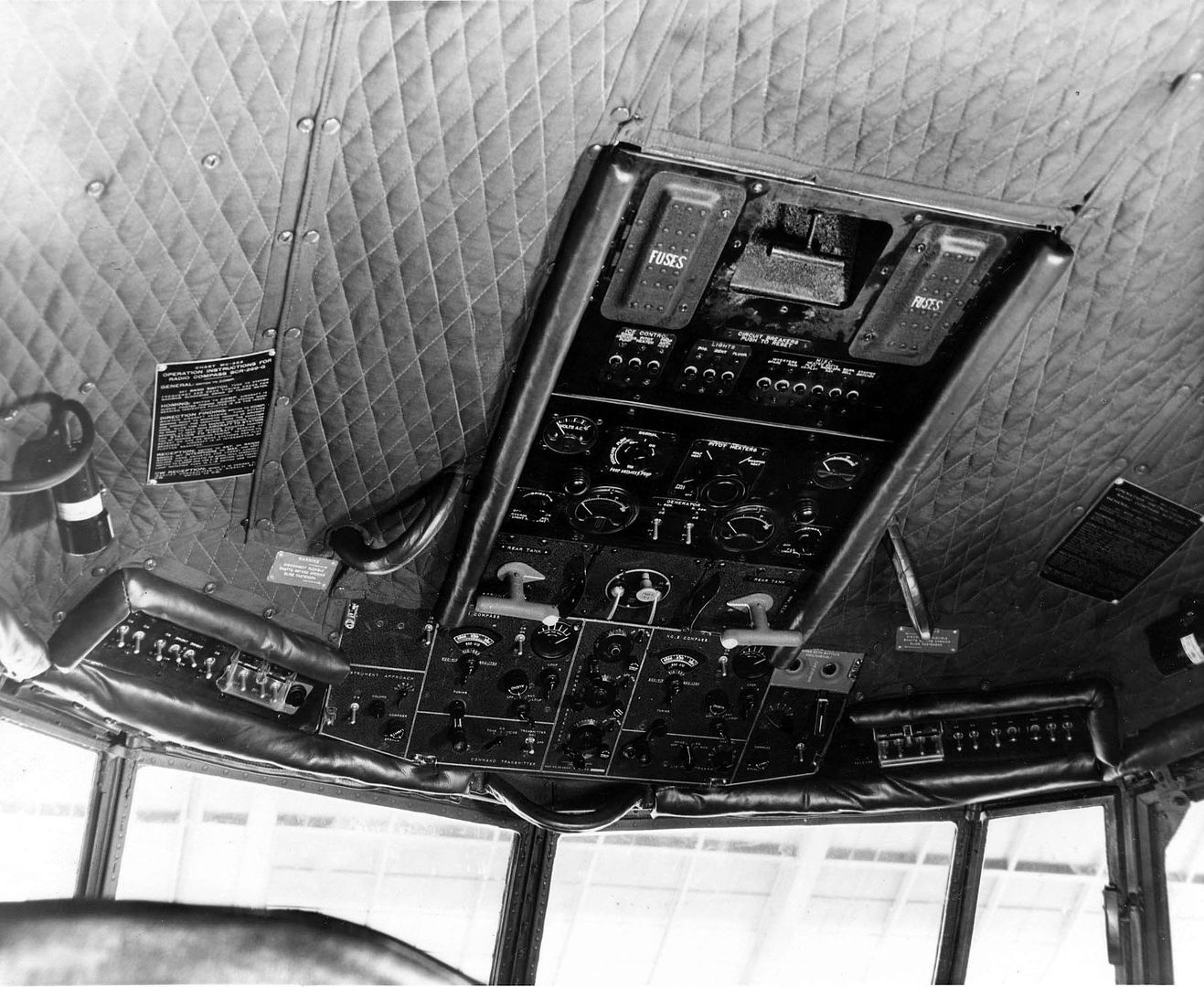
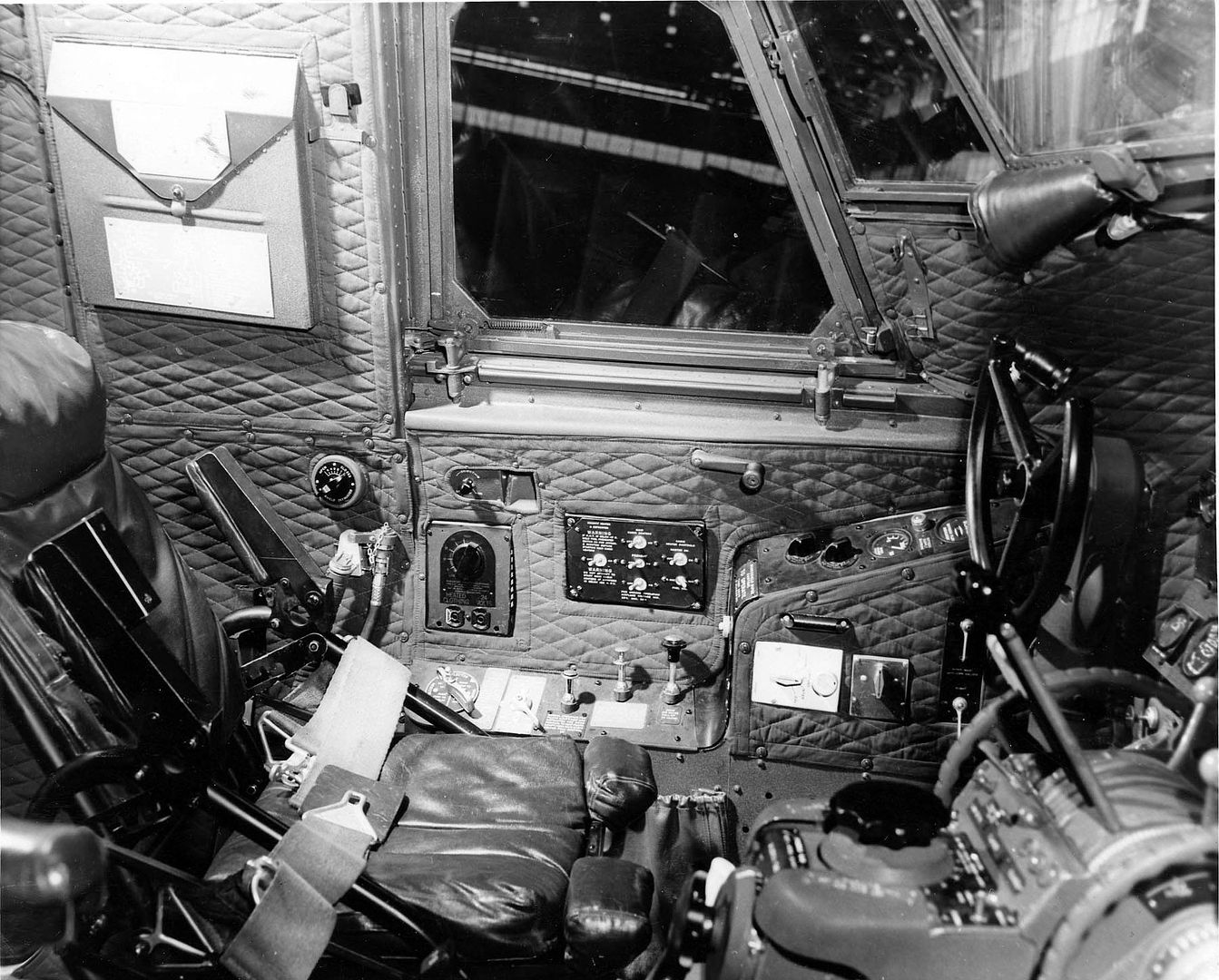
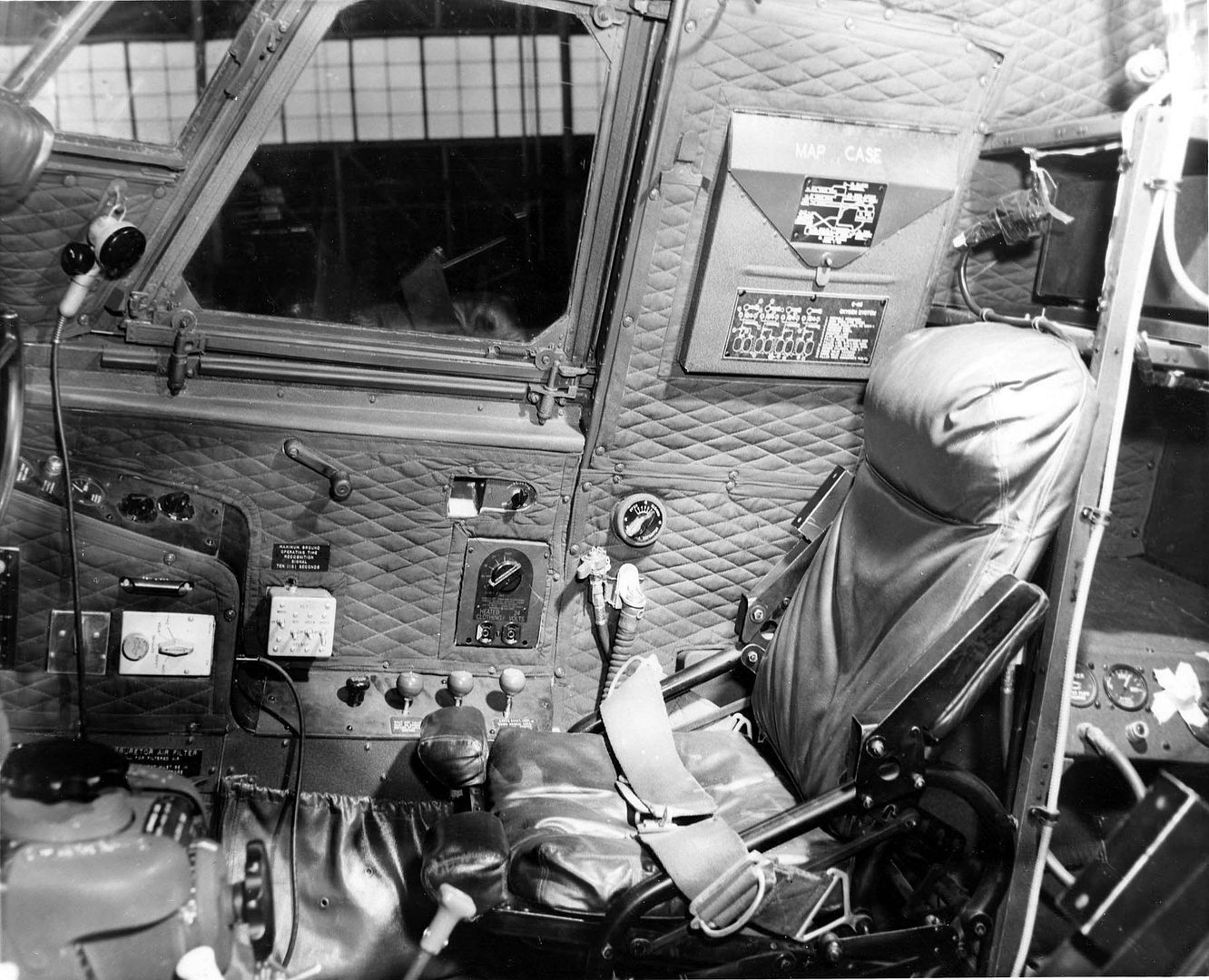
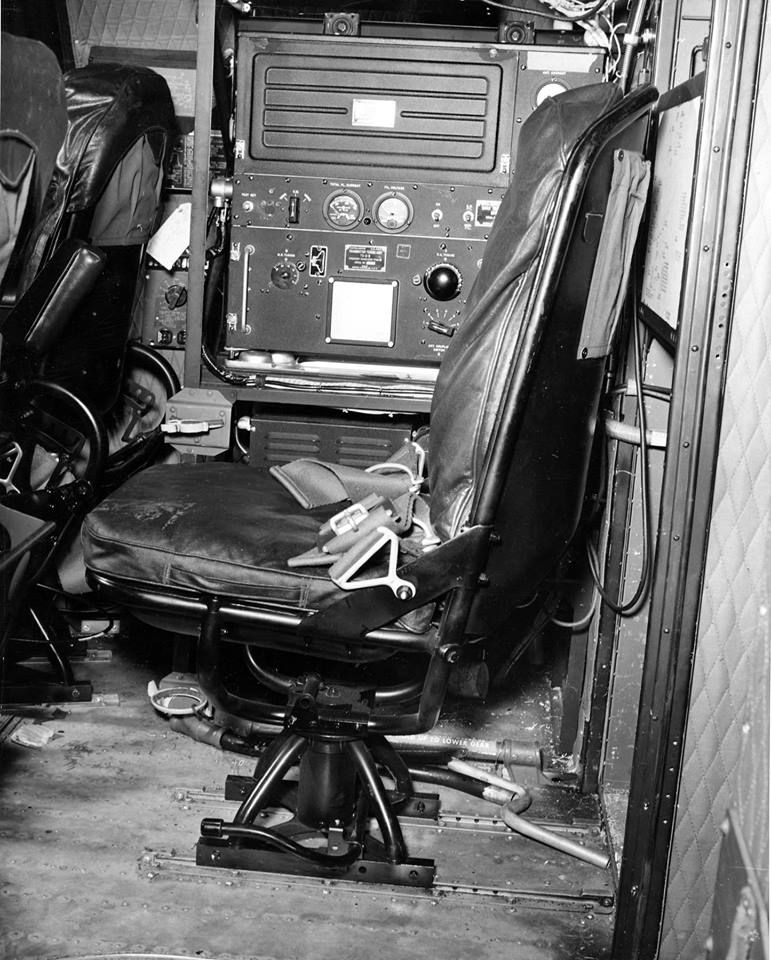
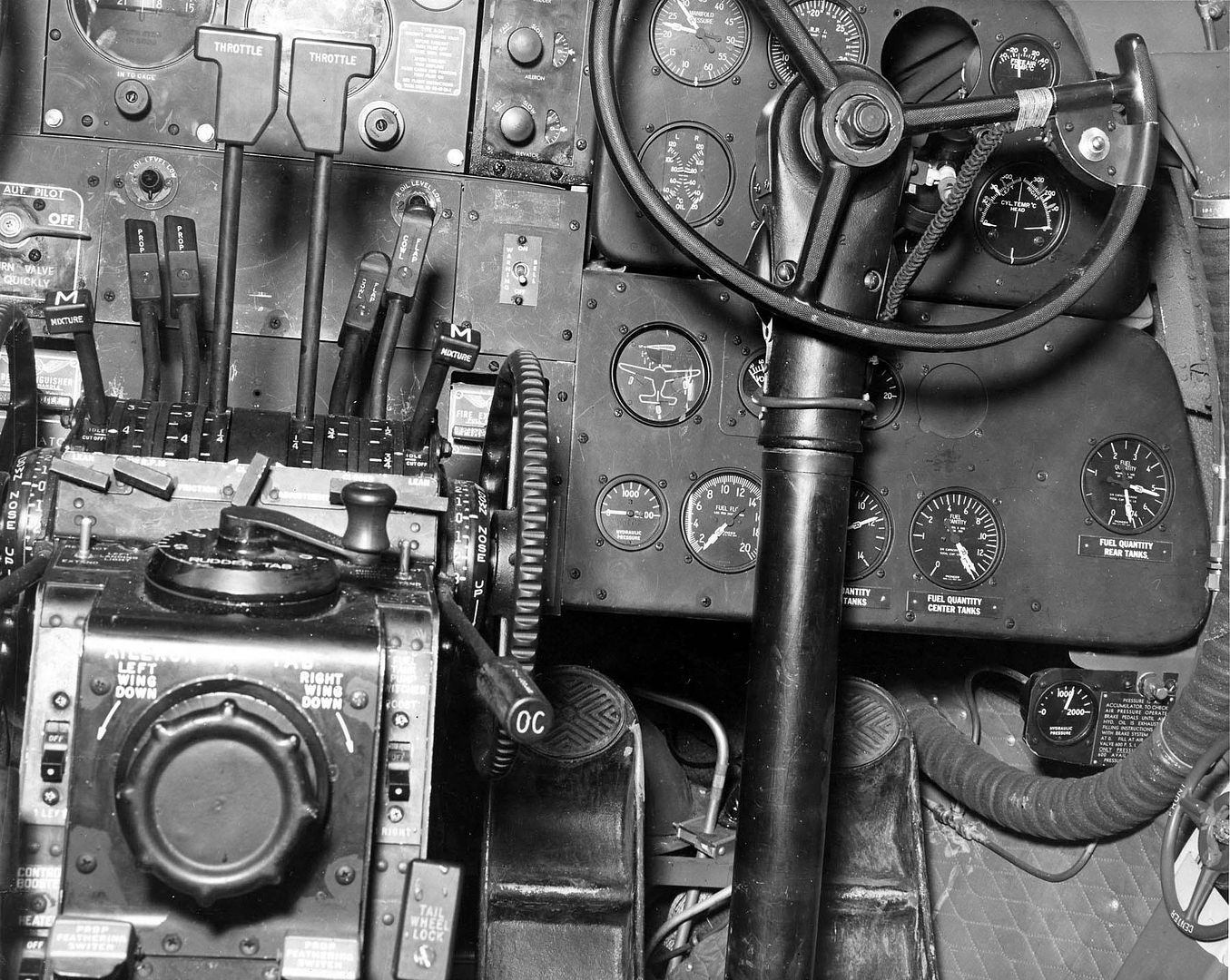
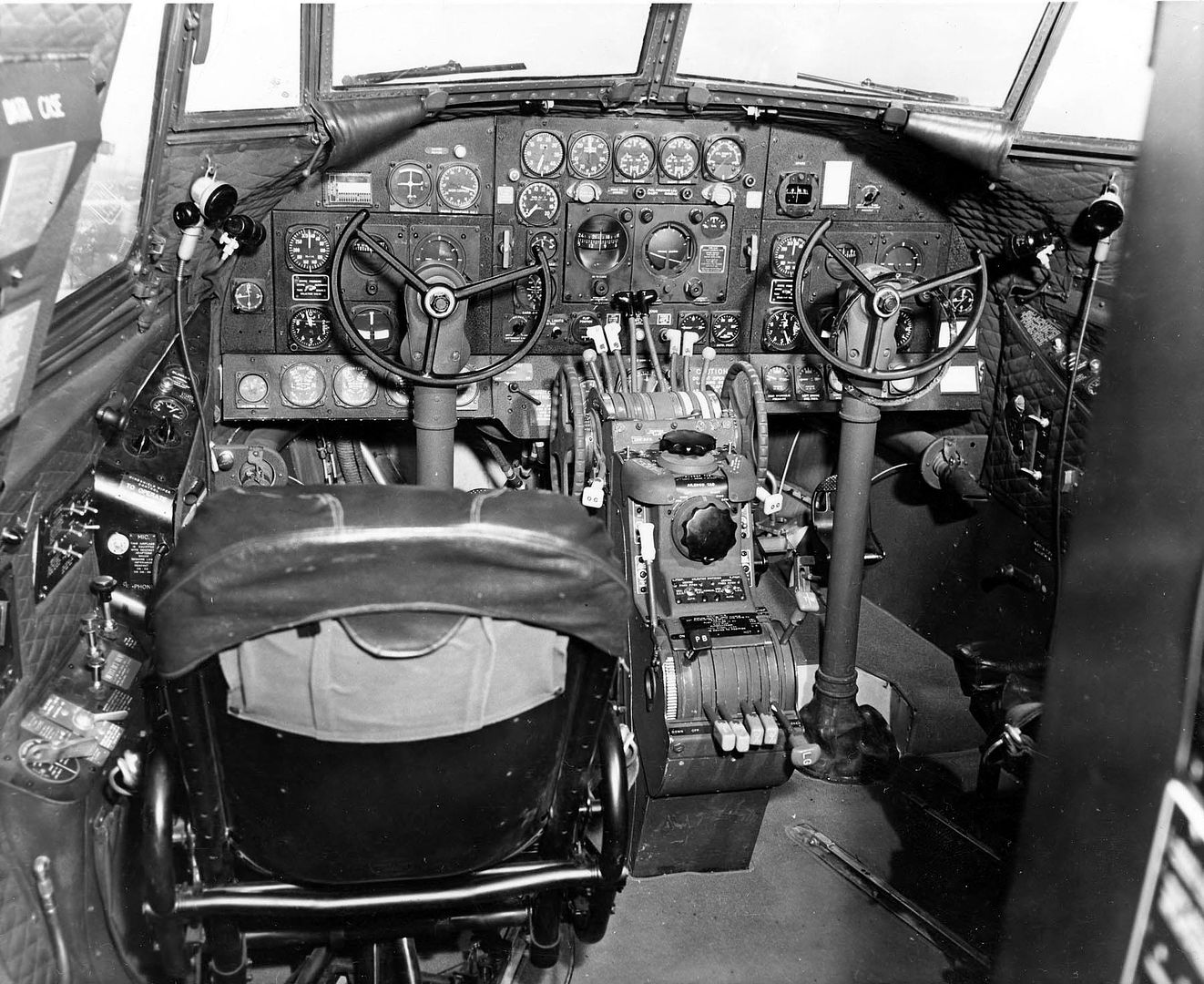
-
 Main Admin
Main Admin -
 Main Admin
Main Admin -
 Main Admin
Main Admin -
7 years agoFri Nov 09 2018, 10:58pm
 Main Admin
Main Admin -
 Main Admin
Main Admin -
 Main Admin
Main Admin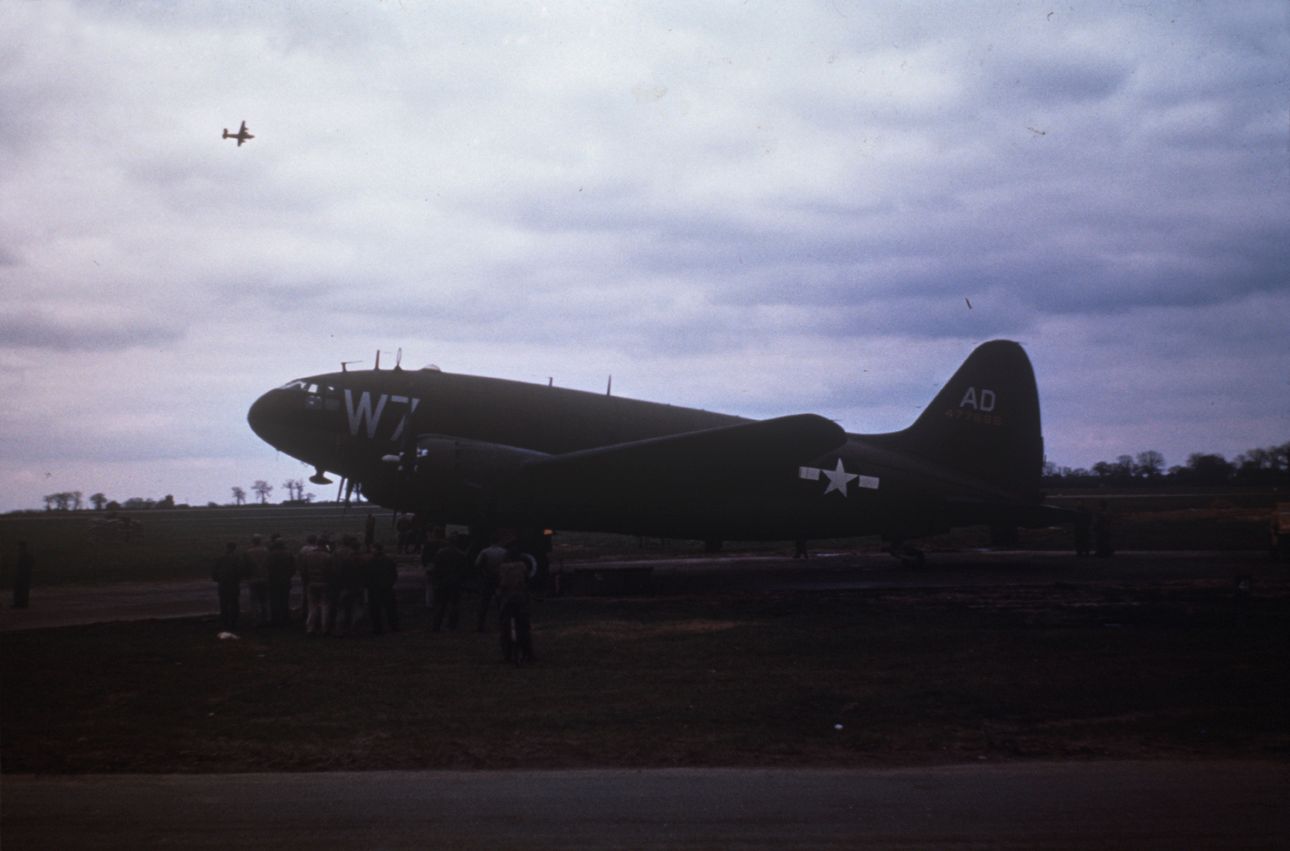
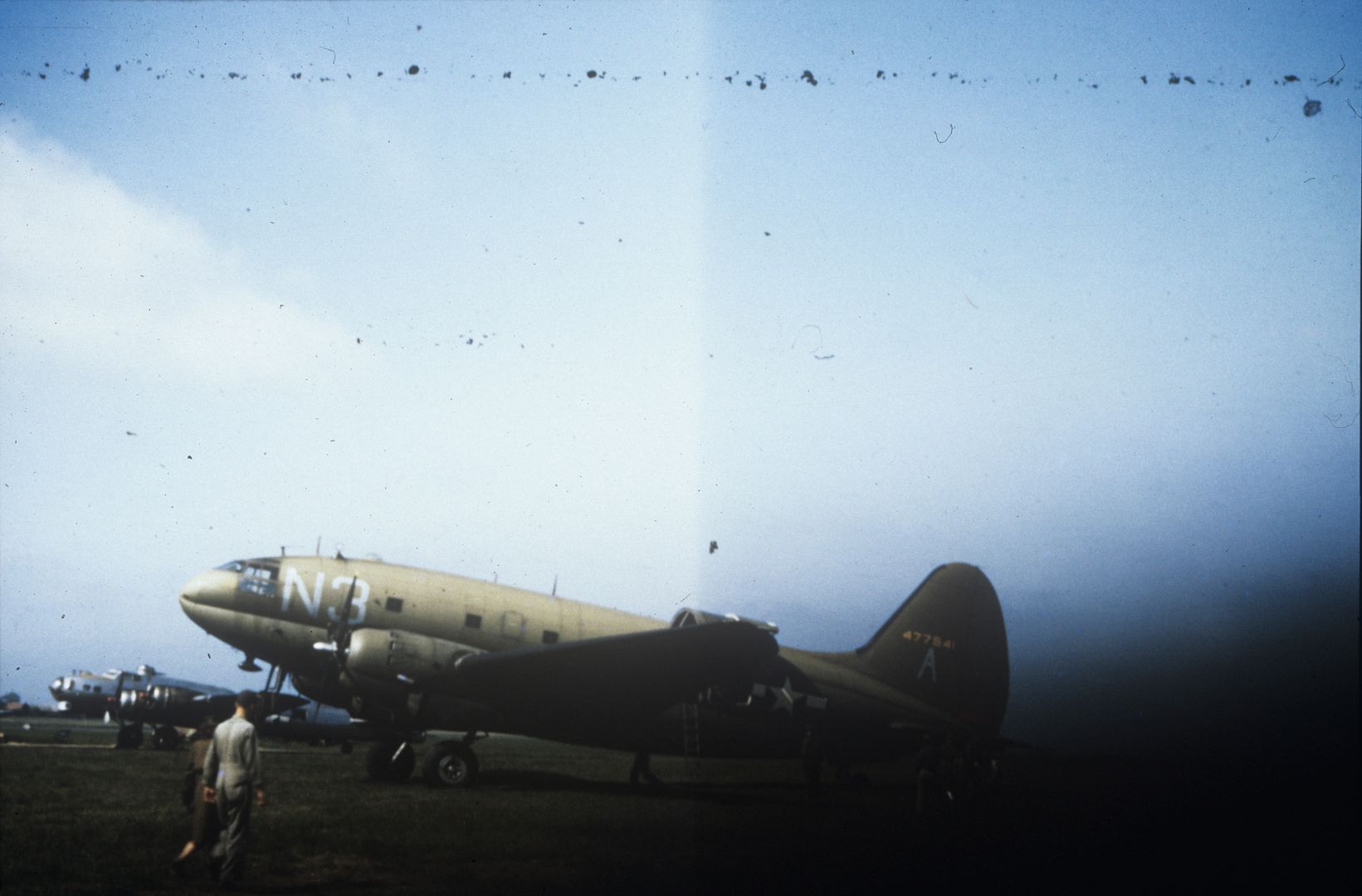
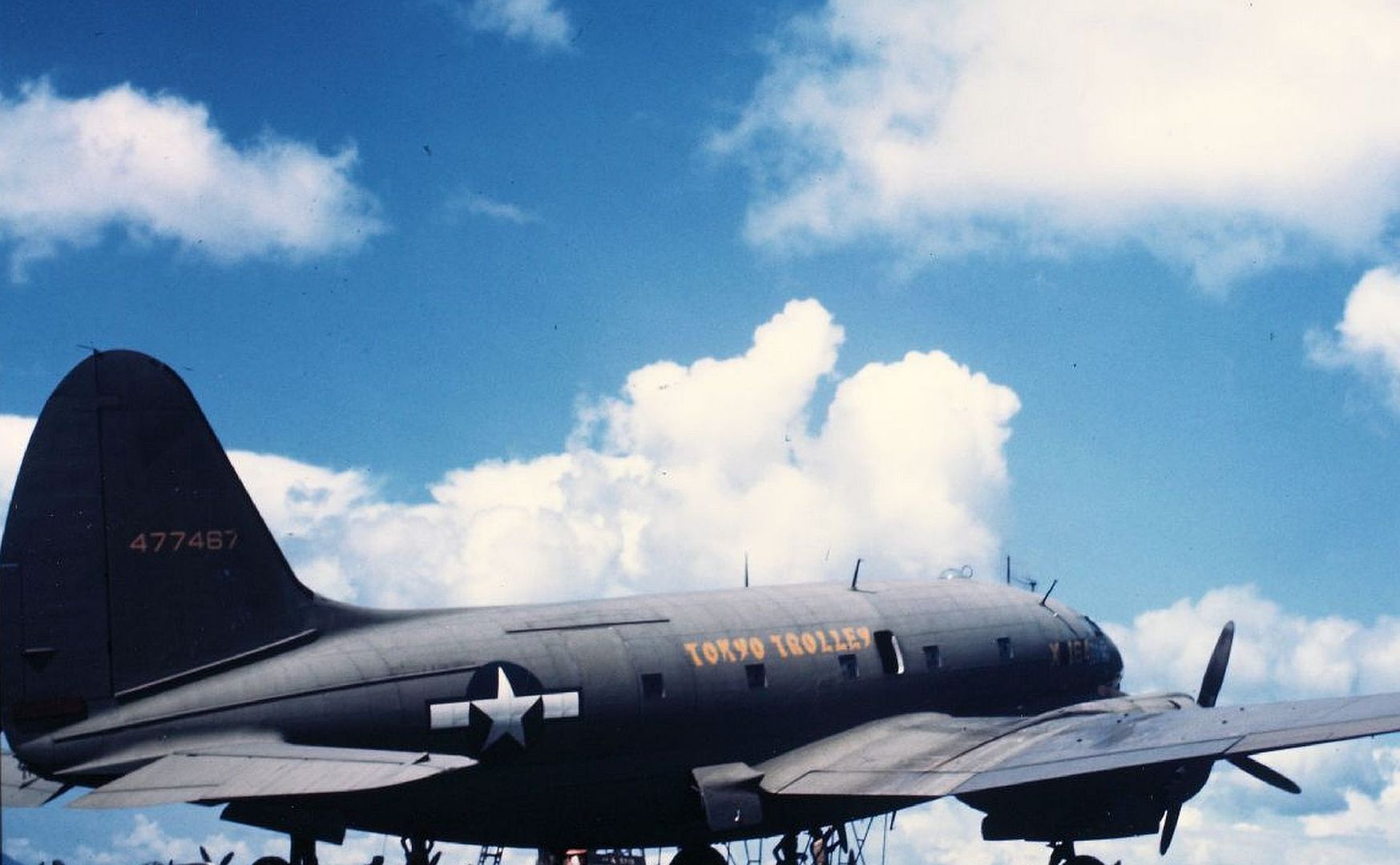
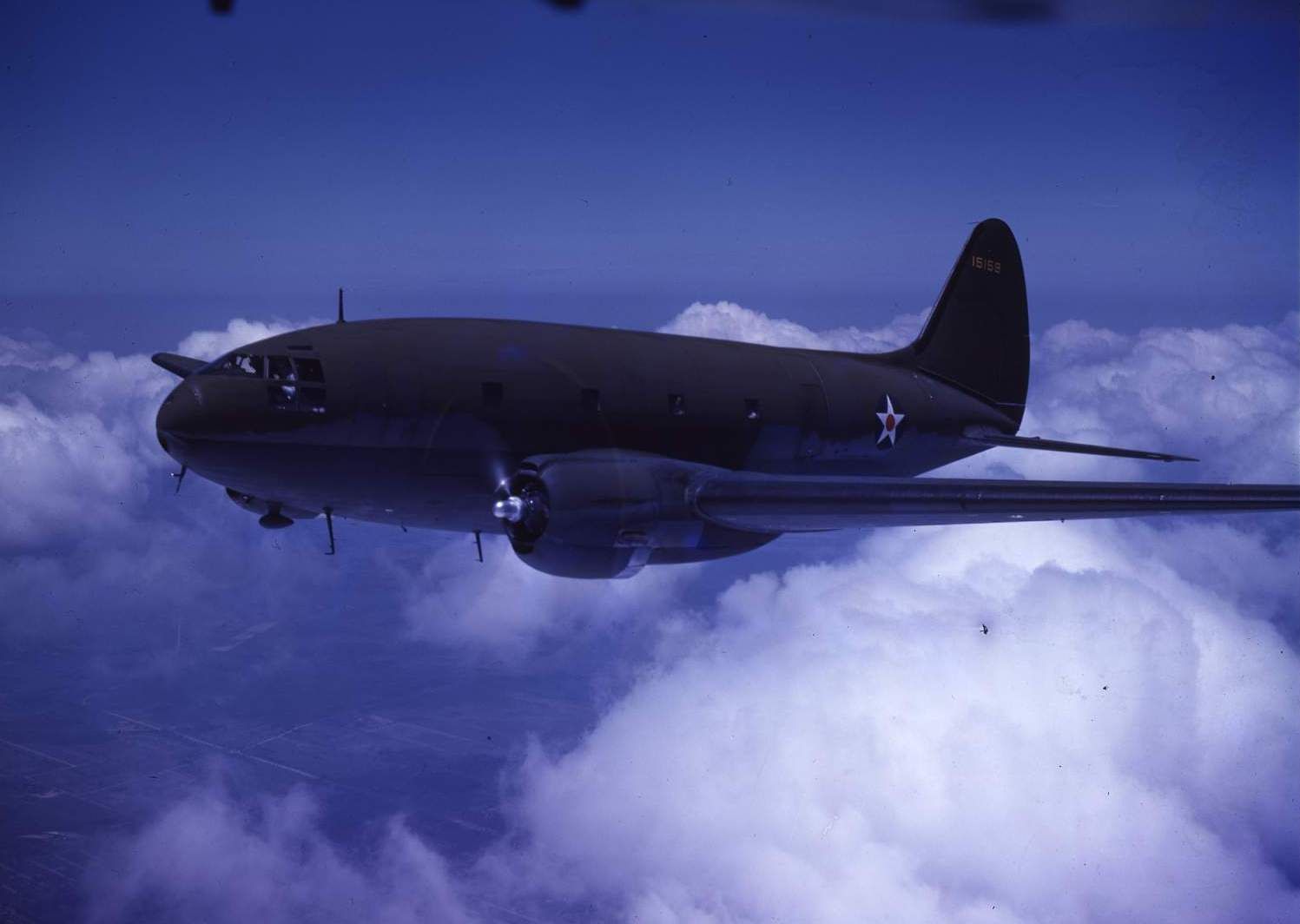
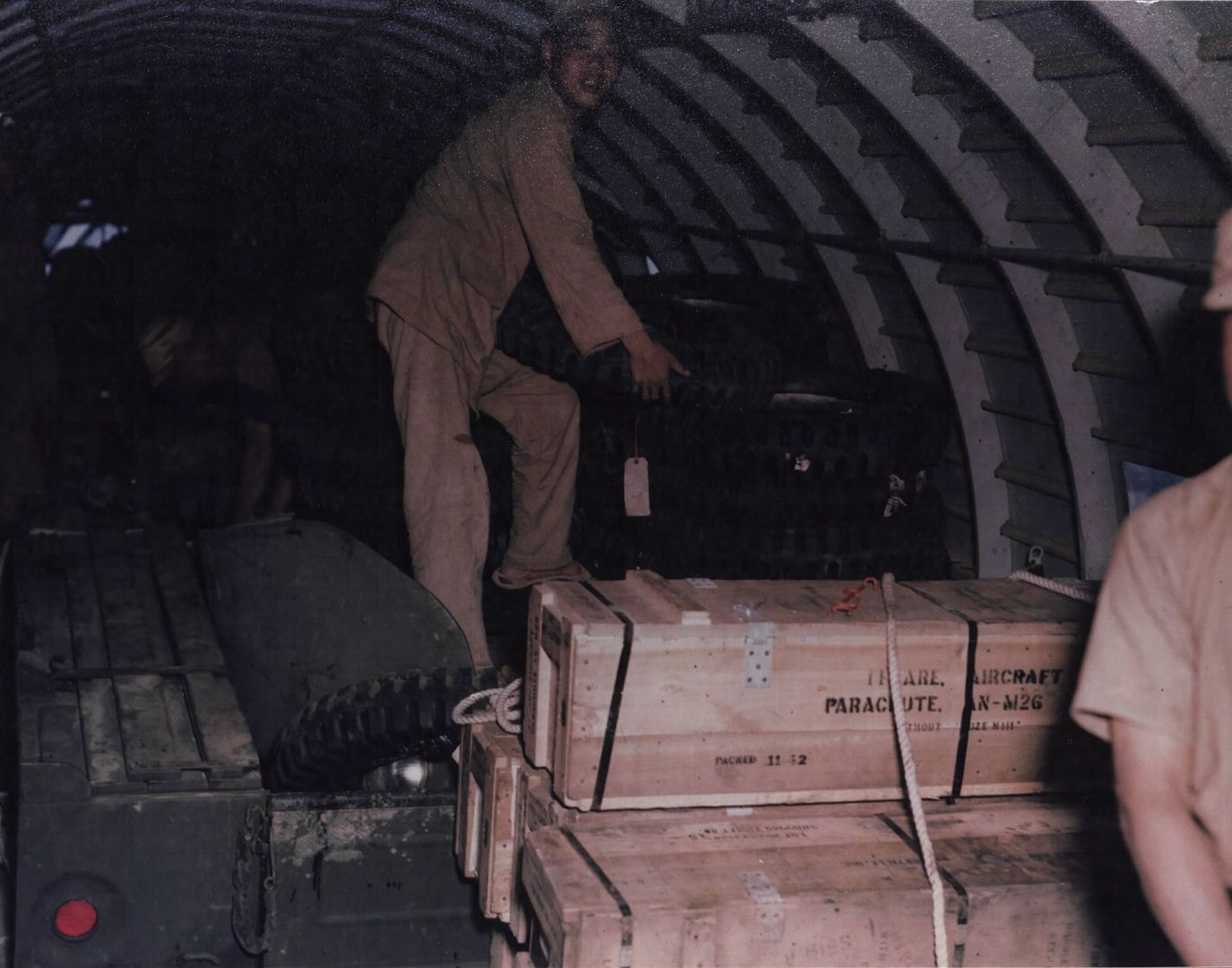
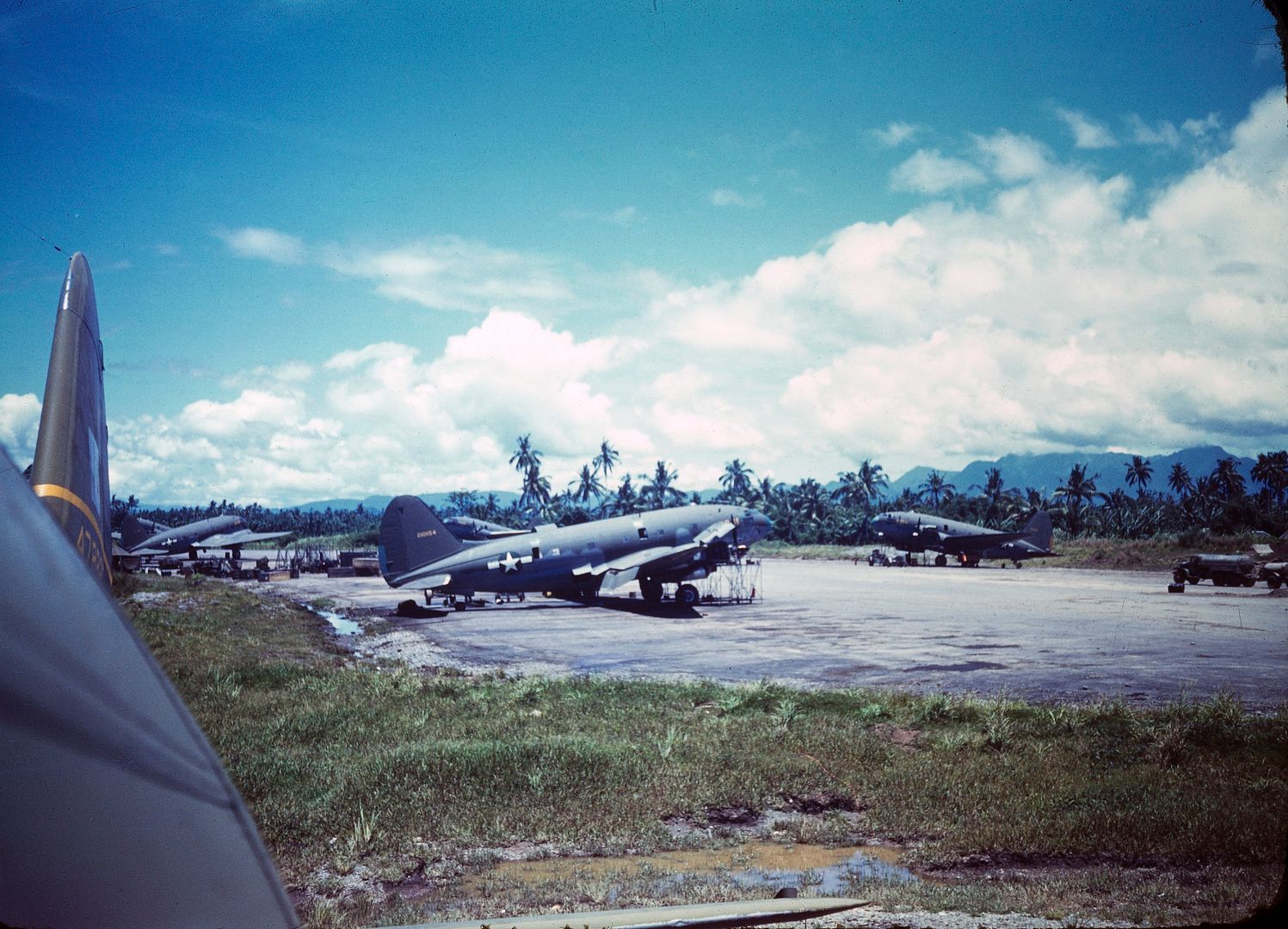
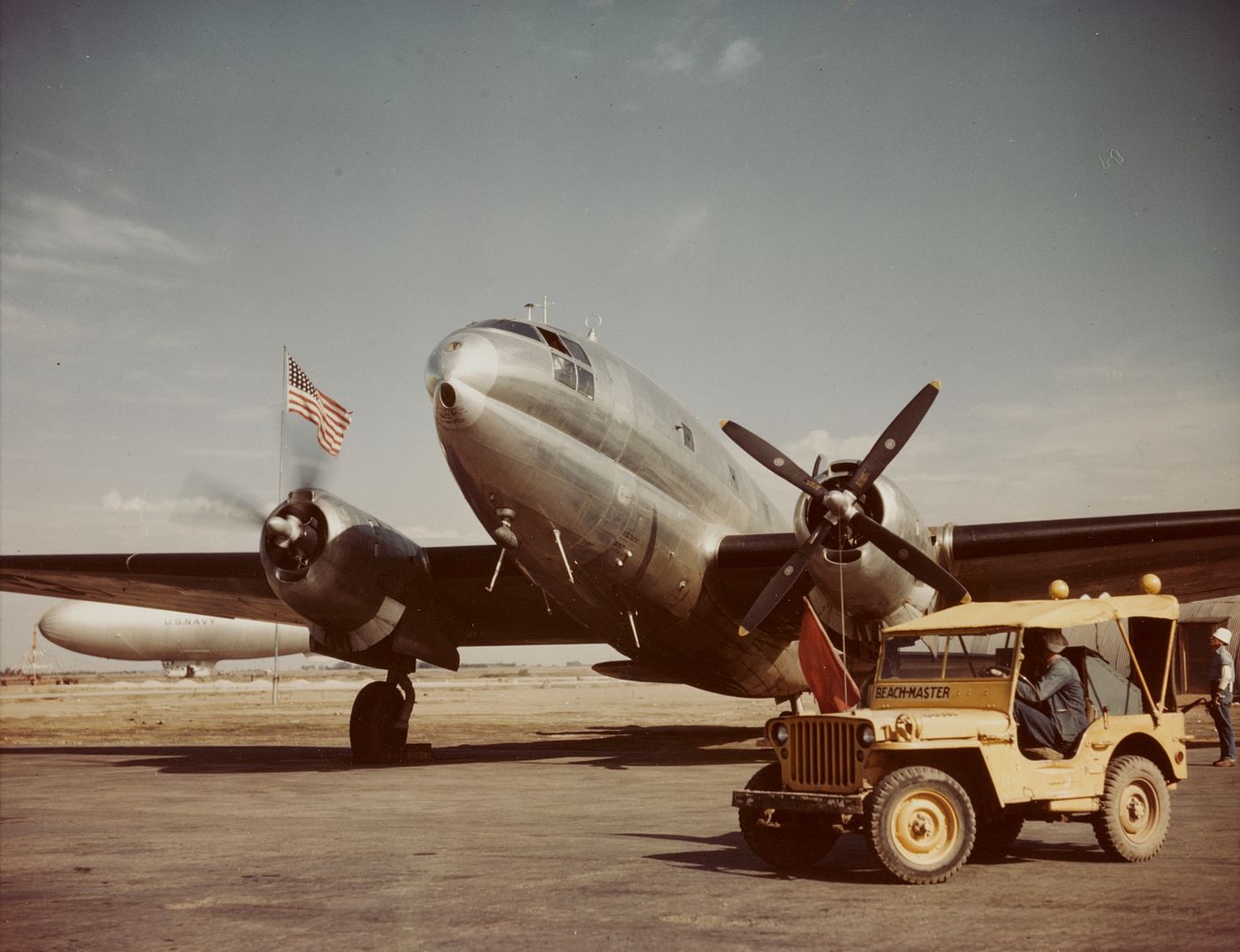

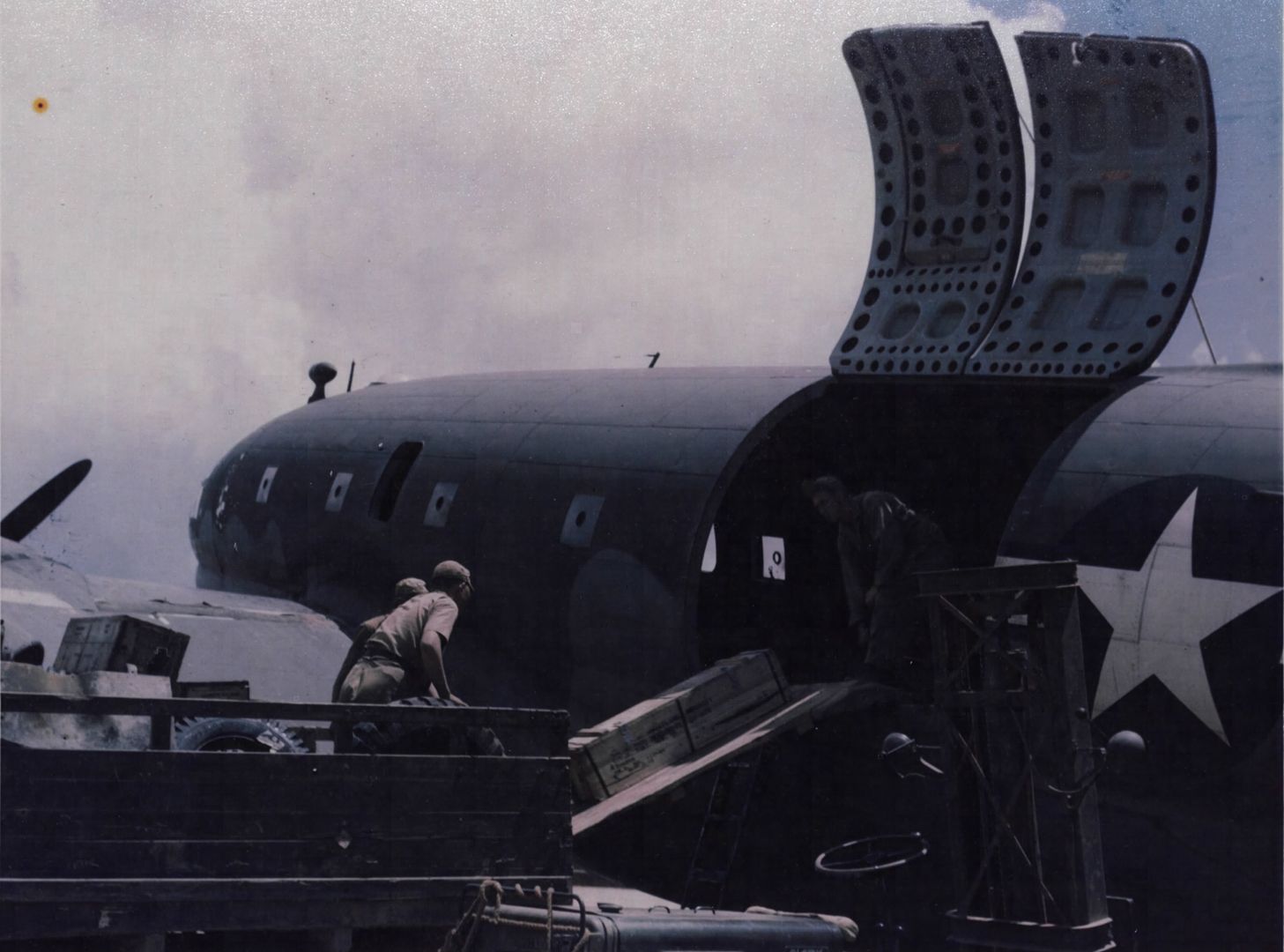
A couple postwar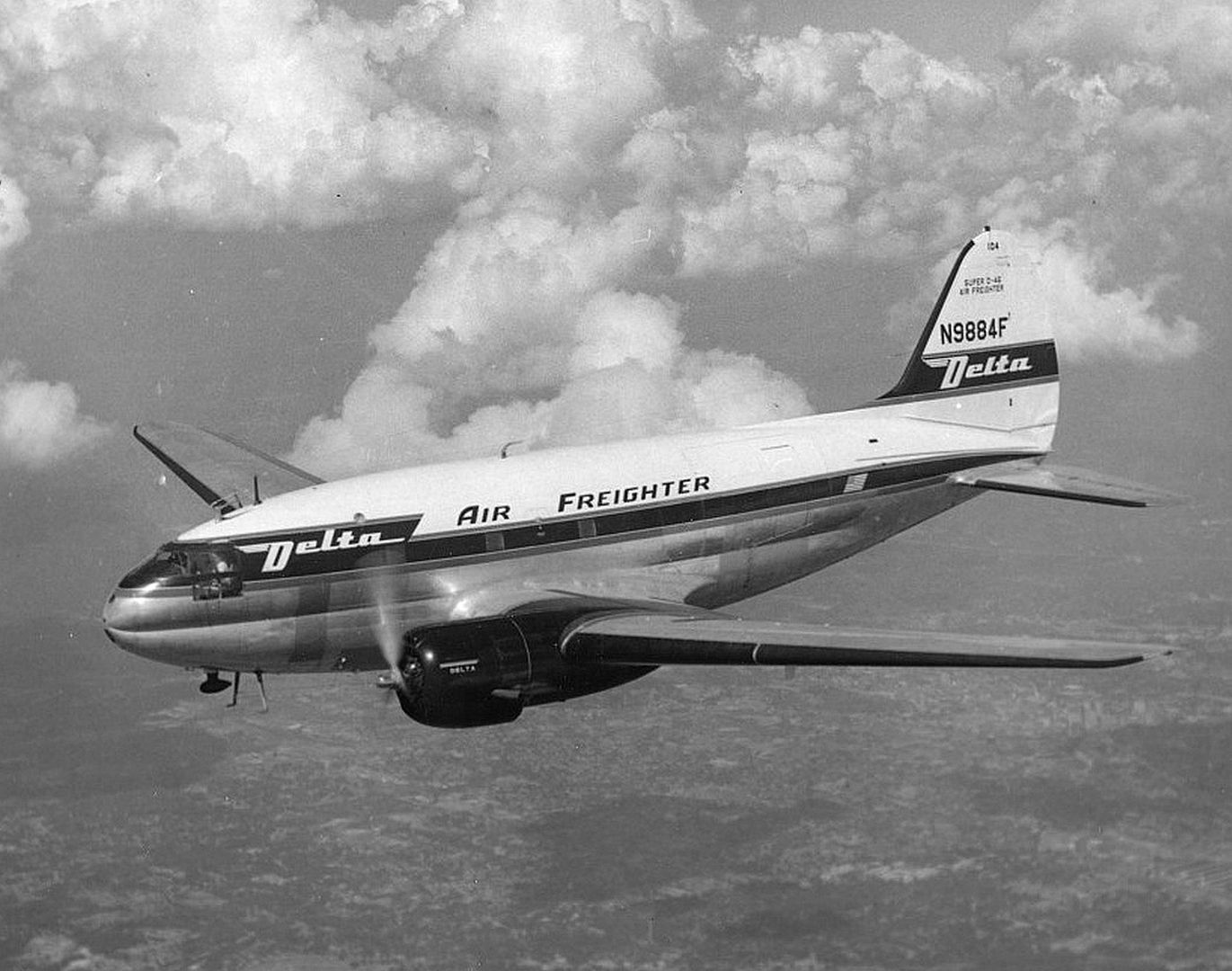
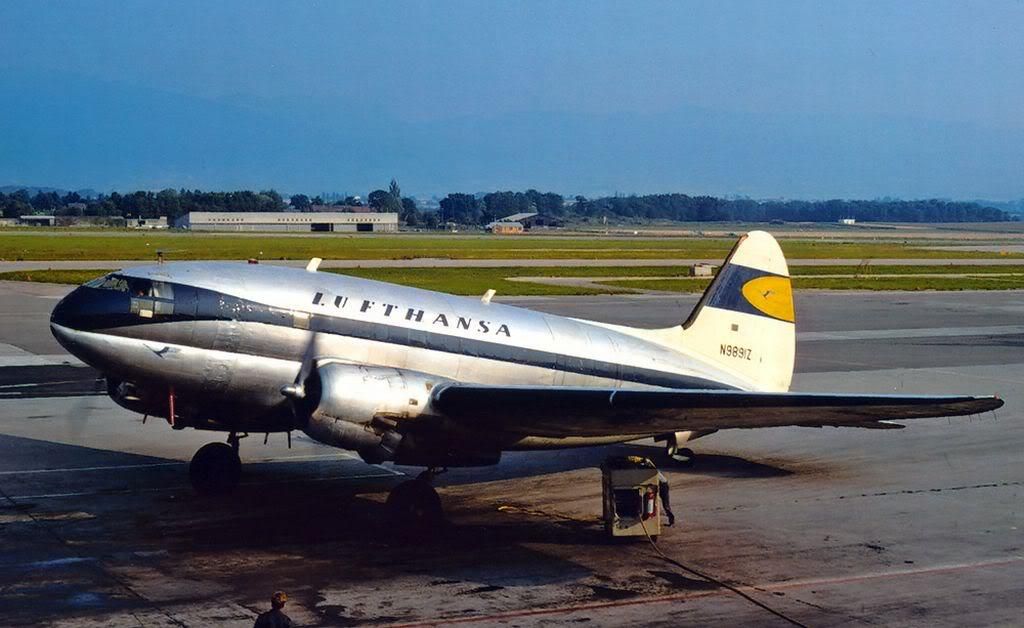
General characteristics
Crew: 4
Capacity:
40 troops or 30 stretcher patients or 15,000 lb (6,800 kg) cargo.
Length: 76 ft 4 in (23.27 m)
Wingspan: 108 ft 0 in (32.91 m)
Height: 21 ft 9 in (6.62 m)
Wing area: 1,360 ft2 (126.3 m2)
Empty weight: 30,669 lb[N 2][35] (14,700 kg)
Max. takeoff weight: 45,000 lb[N 3] (20,412 kg)
Powerplant: 2 ? Pratt & Whitney R-2800-51 two-row 18-cylinder radial engines, 2,000 hp (1,492 kW) each
Performance
Maximum speed: 270 mph (235 knots, 435 km/h) at 15,000 ft (4,600 m)
Cruise speed: 173 mph (150 knots, 278 km/h)
Range: 3,150 mi (2,739 nmi, 5,069 km at 173 mph (278 km/h))
Service ceiling: 24,500 ft (7,468 m)
Rate of climb: 1,175 ft/min (6.0 m/s)
-
4 years agoSat Sep 11 2021, 04:52pmDuggy
 Main Admin
Main Admin
Post a reply
- Go to Previous topic
- Go to Next topic
- Go to Welcome
- Go to Introduce Yourself
- Go to General Discussion
- Go to Screenshots, Images and Videos
- Go to Off topic
- Go to Works in Progress
- Go to Skinning Tips / Tutorials
- Go to Skin Requests
- Go to IJAAF Library
- Go to Luftwaffe Library
- Go to RAF Library
- Go to USAAF / USN Library
- Go to Misc Library
- Go to The Ops Room
- Go to Made in Germany
- Go to Campaigns and Missions
- Go to Works in Progress
- Go to Juri's Air-Raid Shelter
- Go to Campaigns and Missions
- Go to Works in Progress
- Go to Skinpacks
- Go to External Projects Discussion
- Go to Books & Resources


